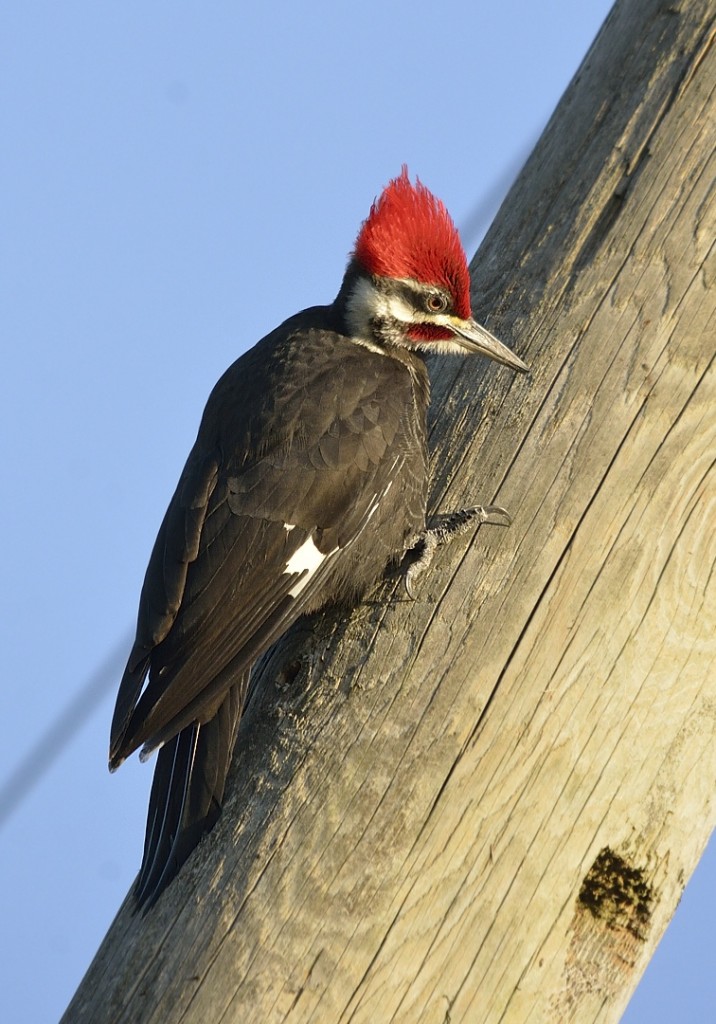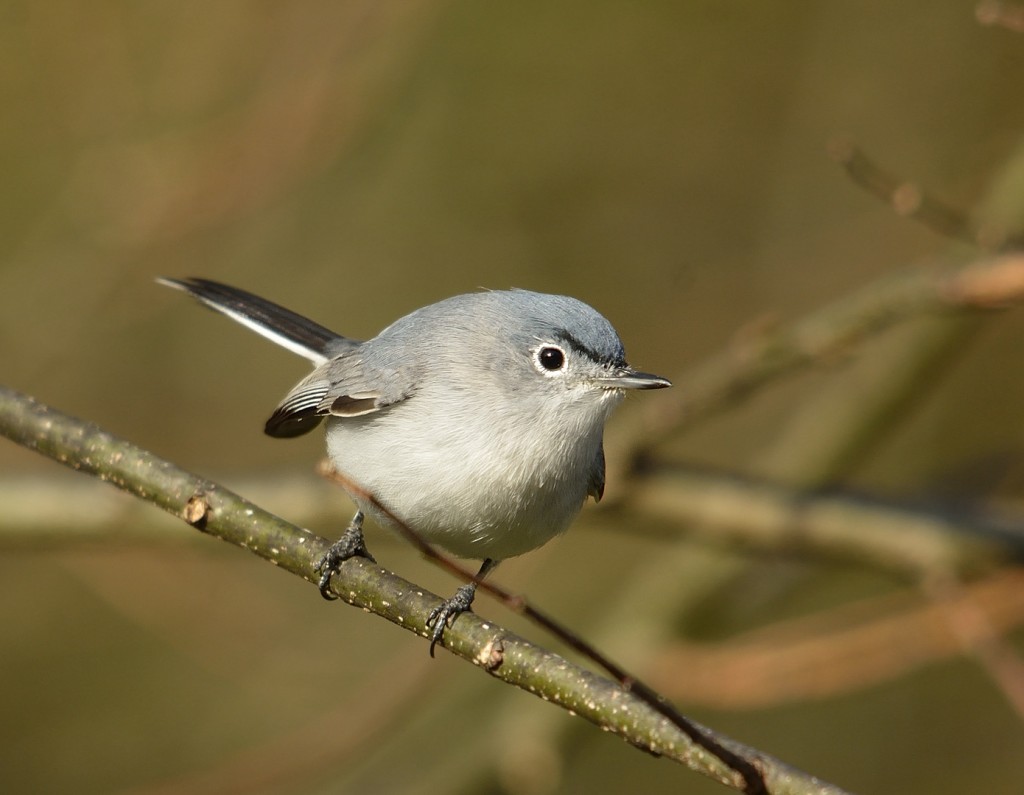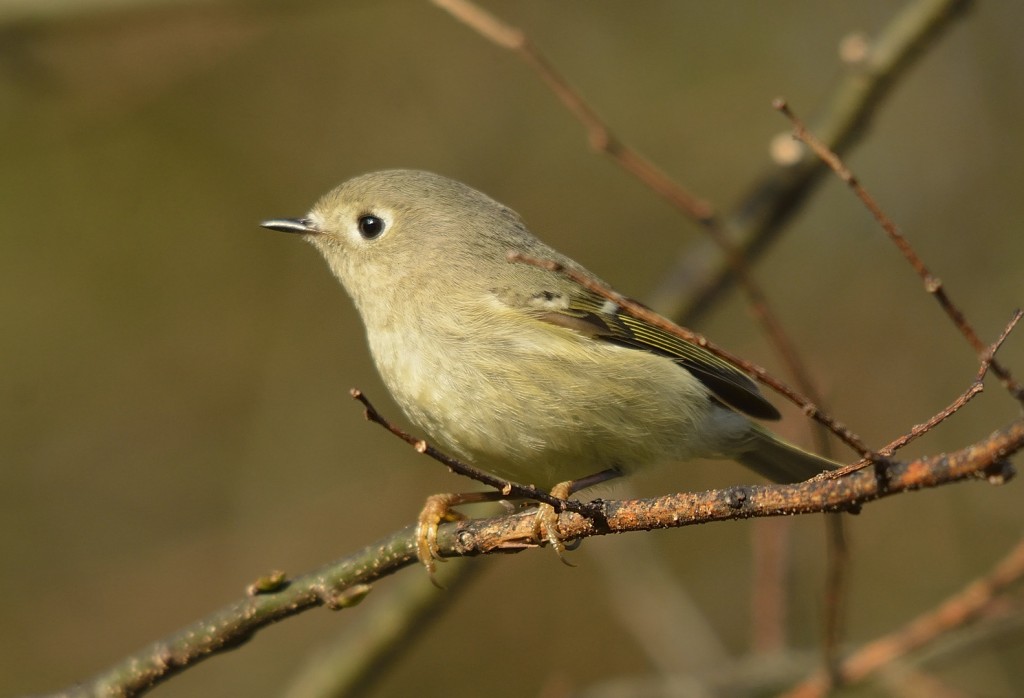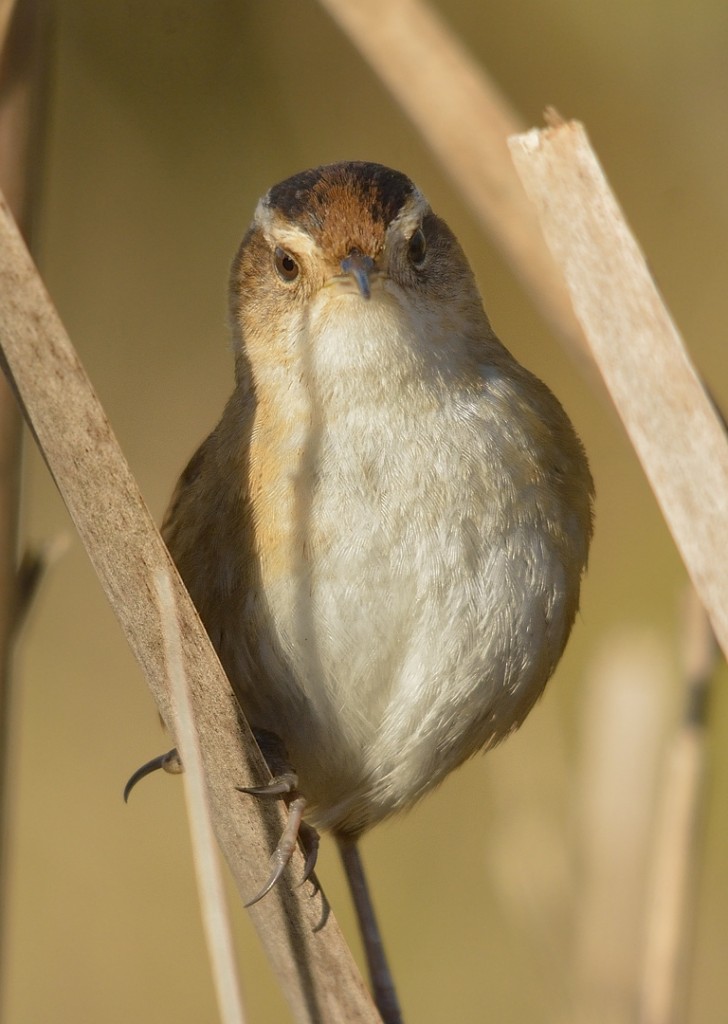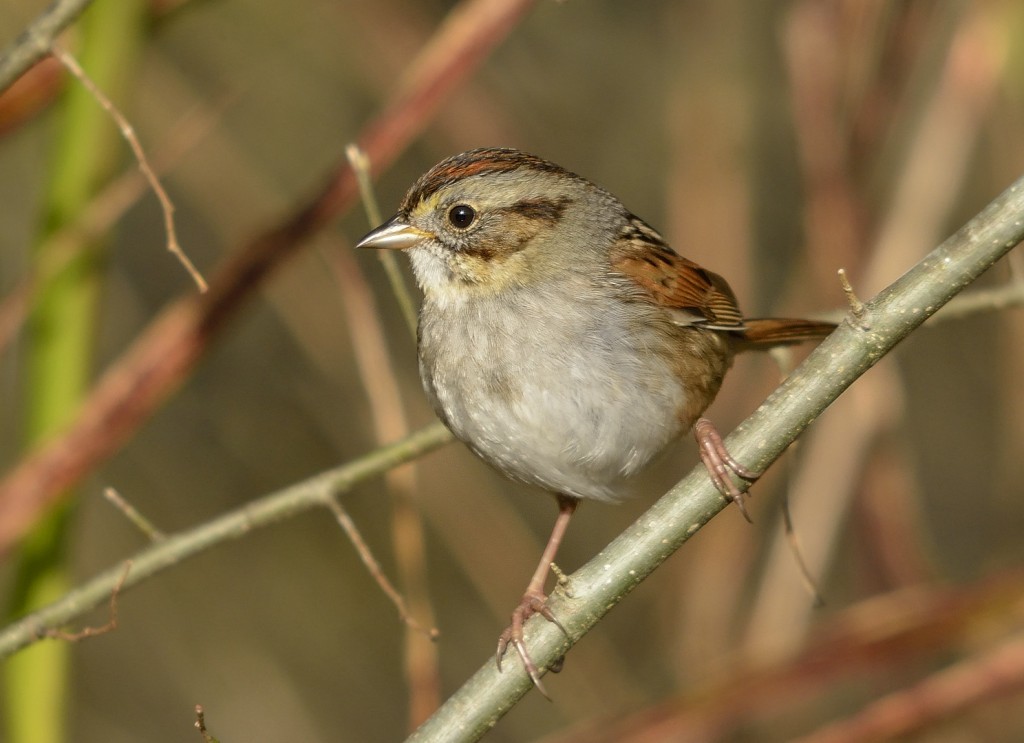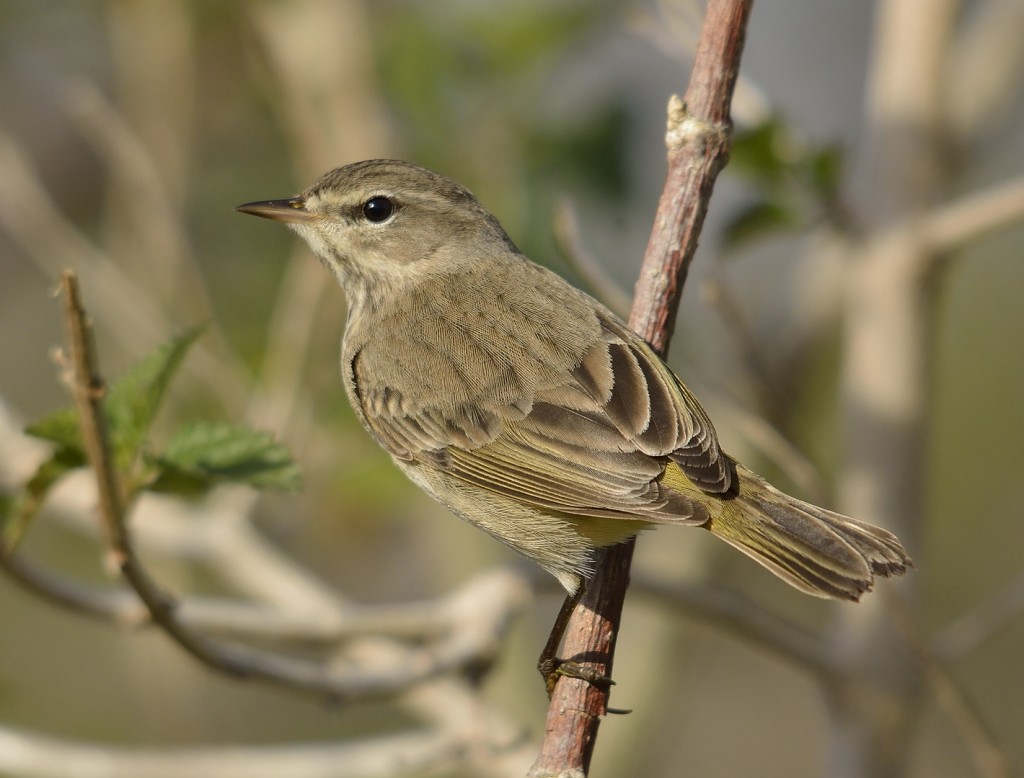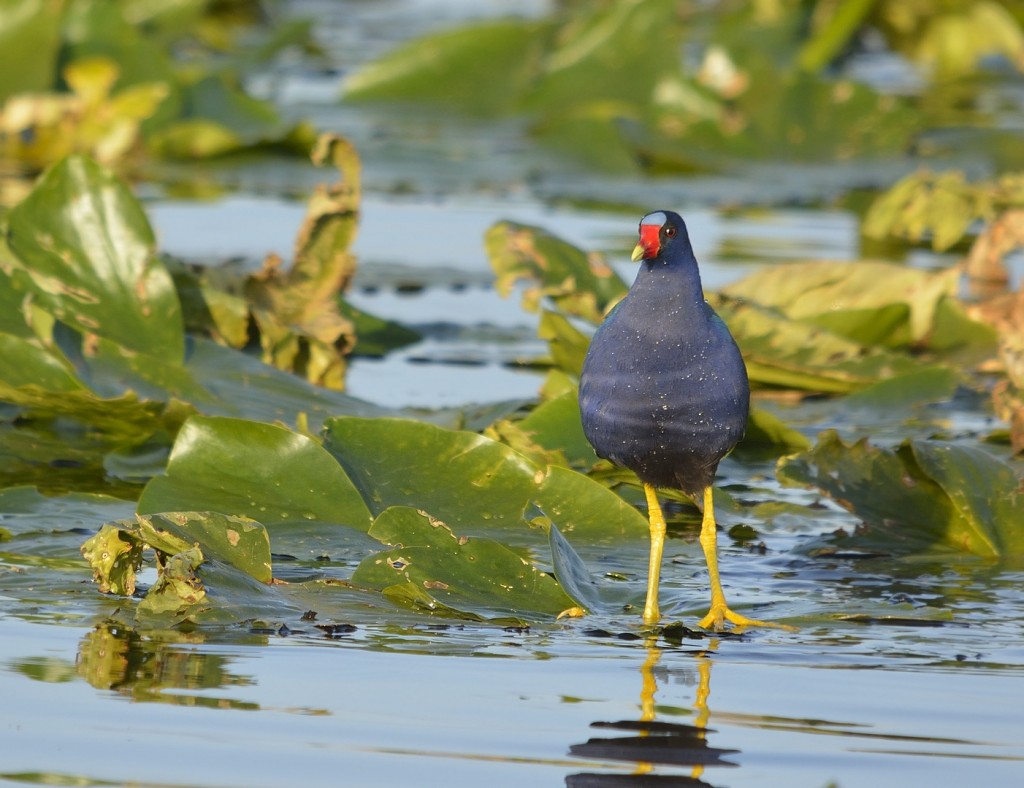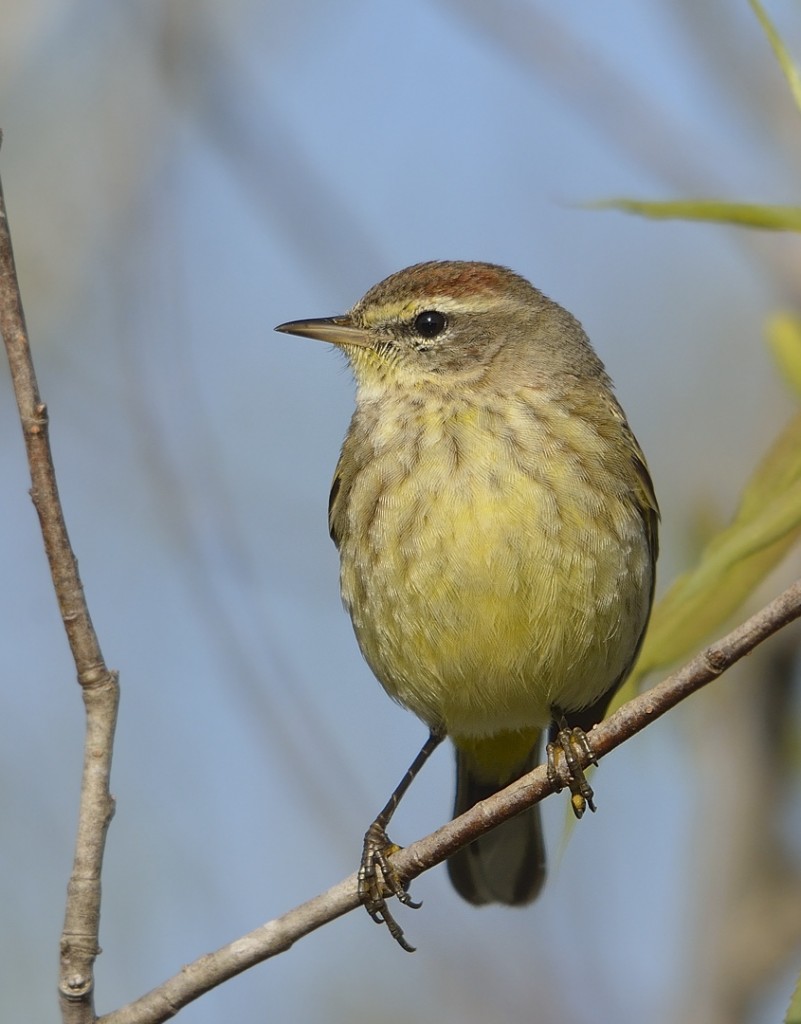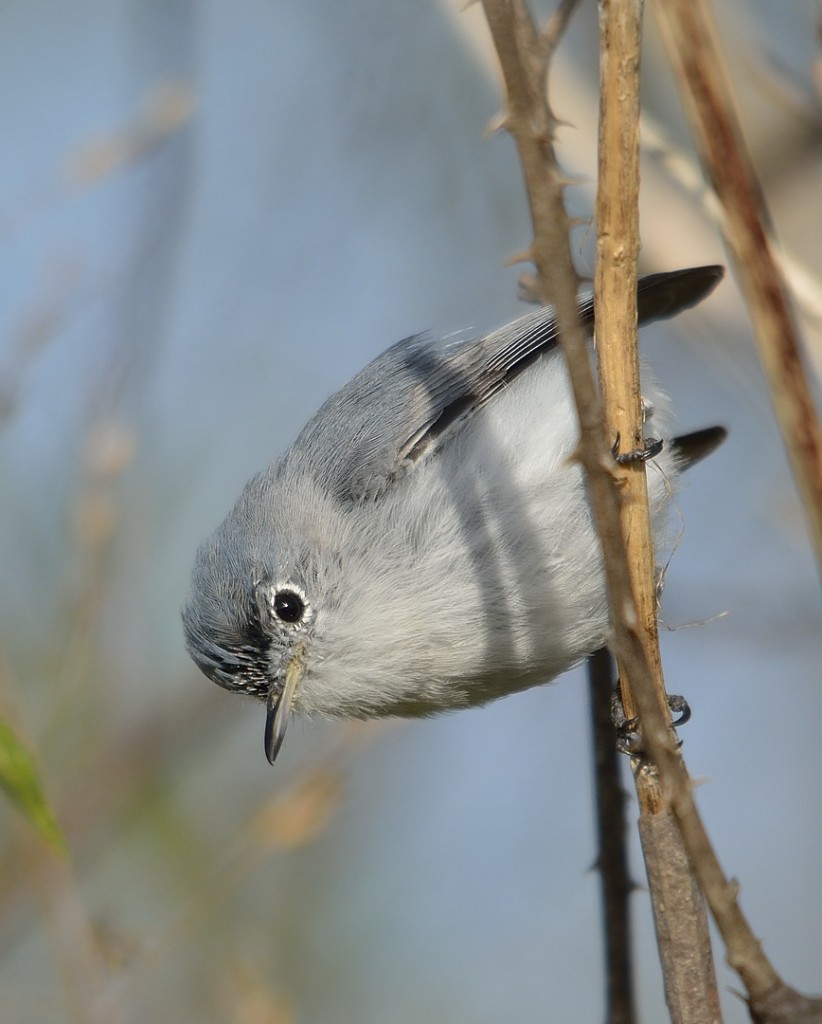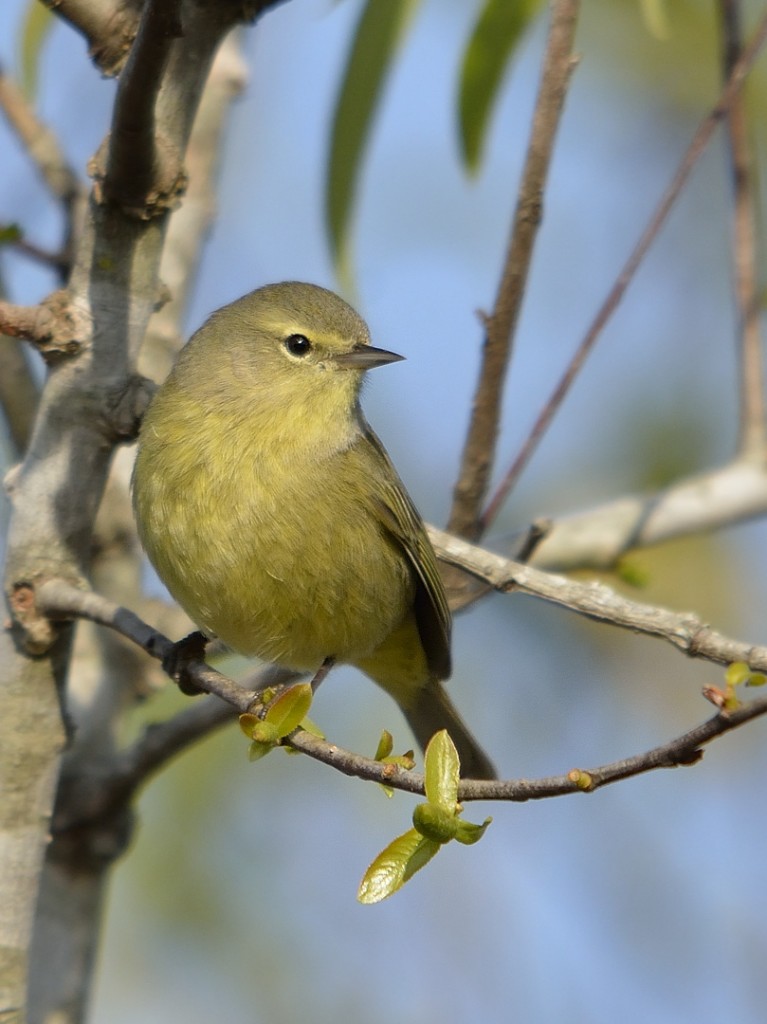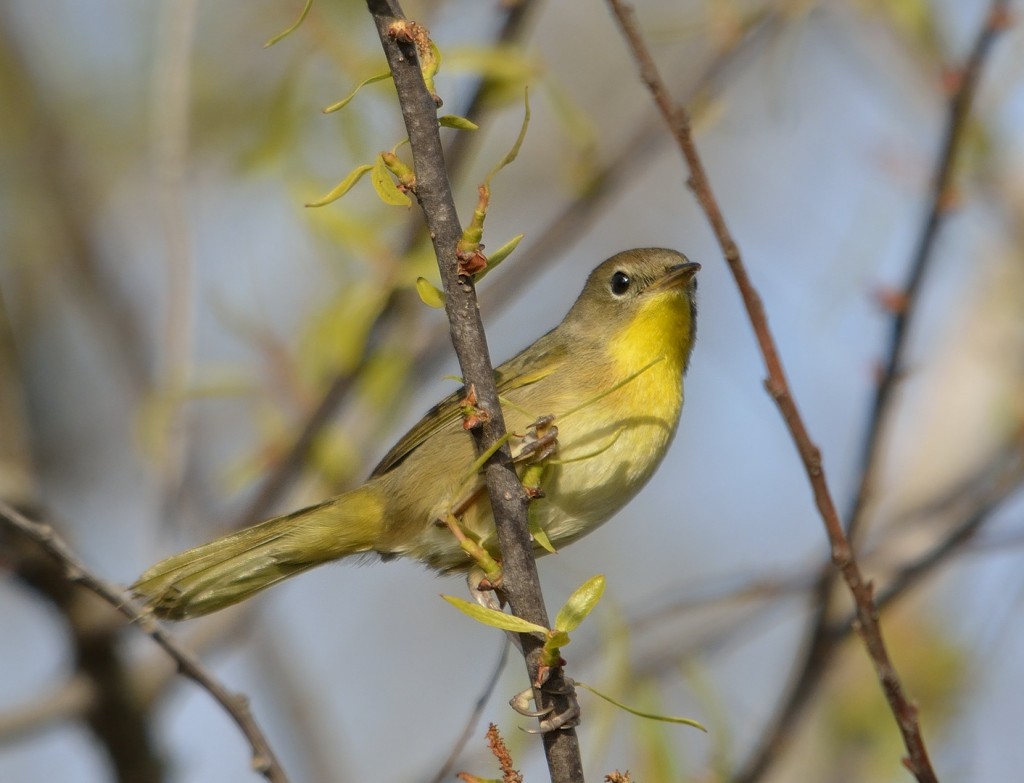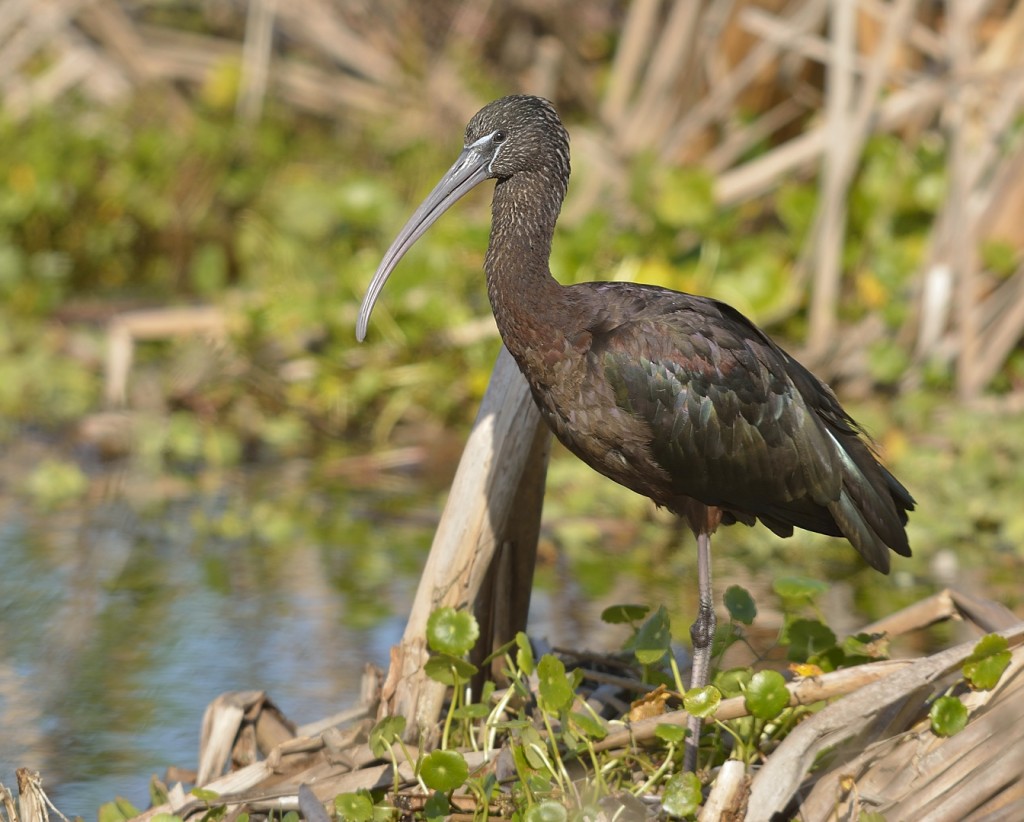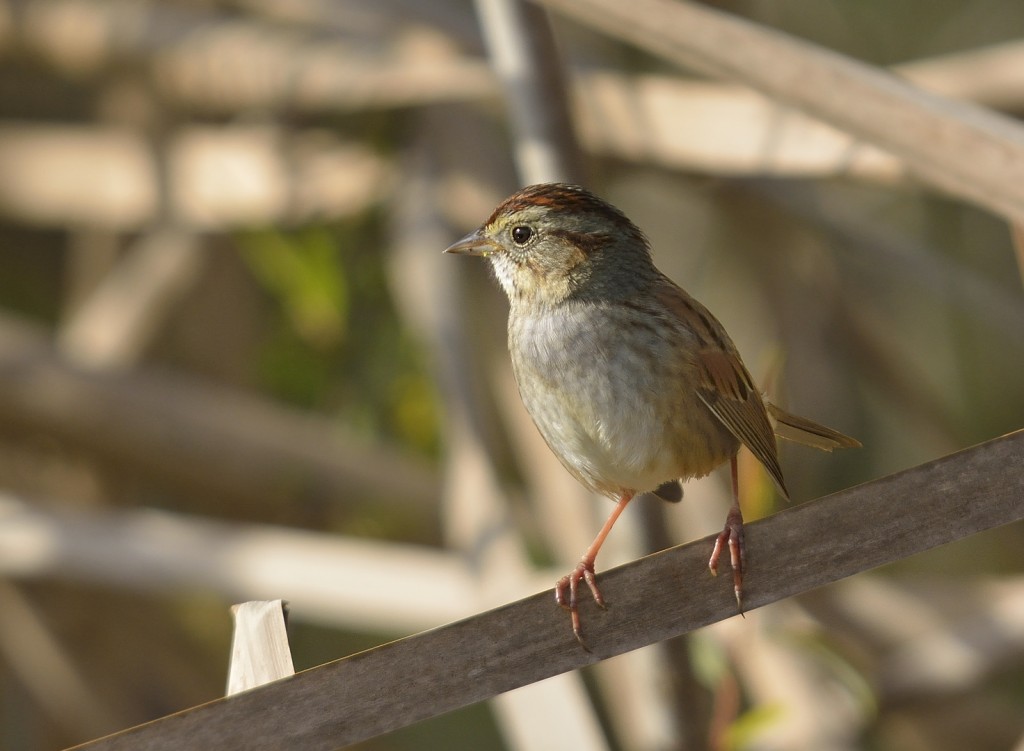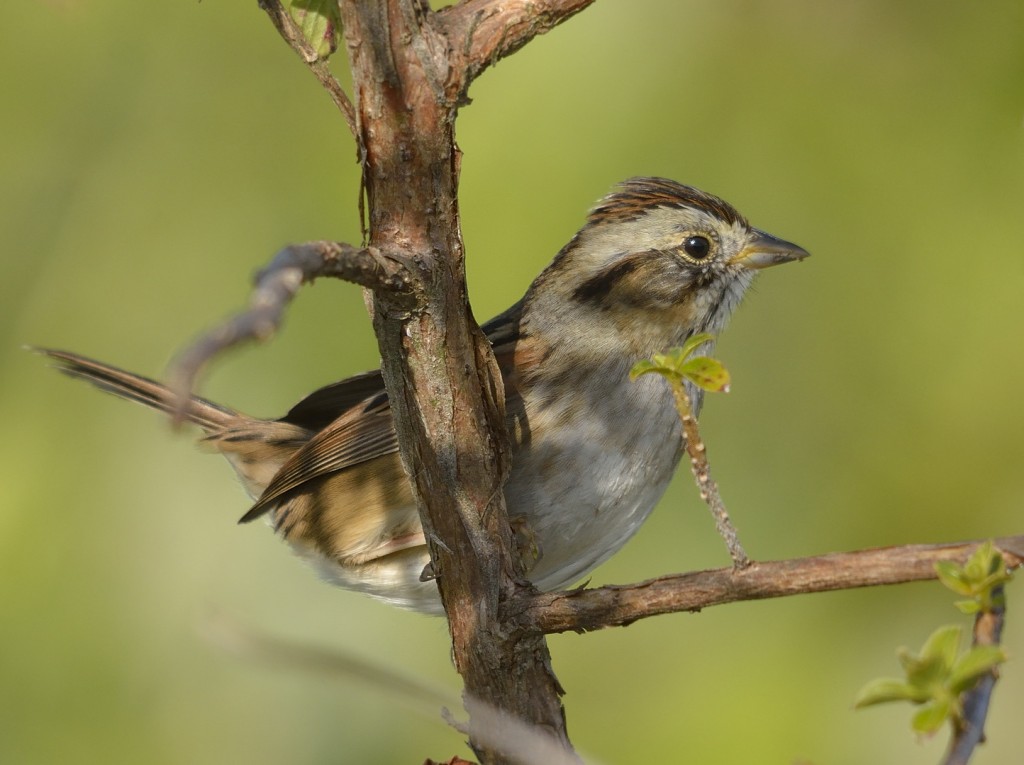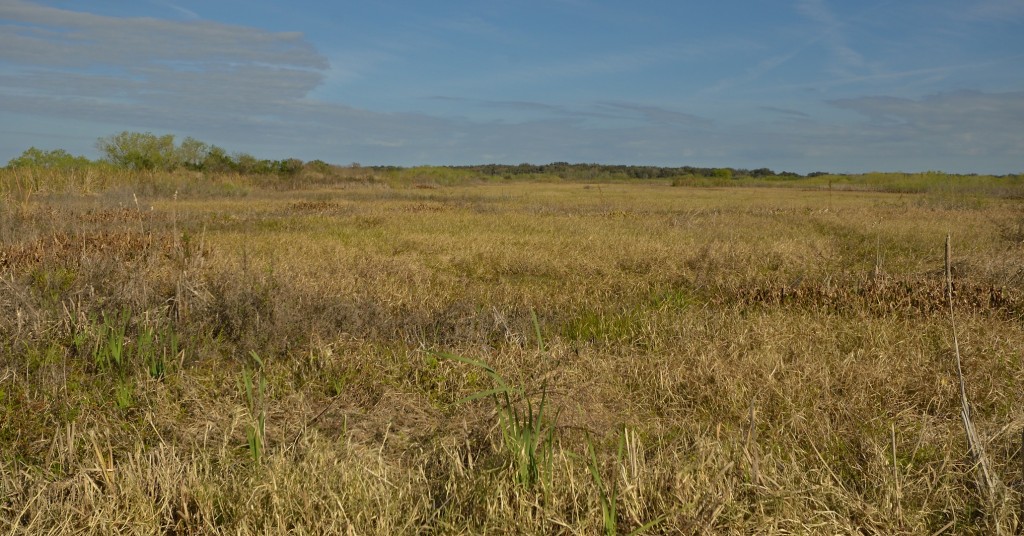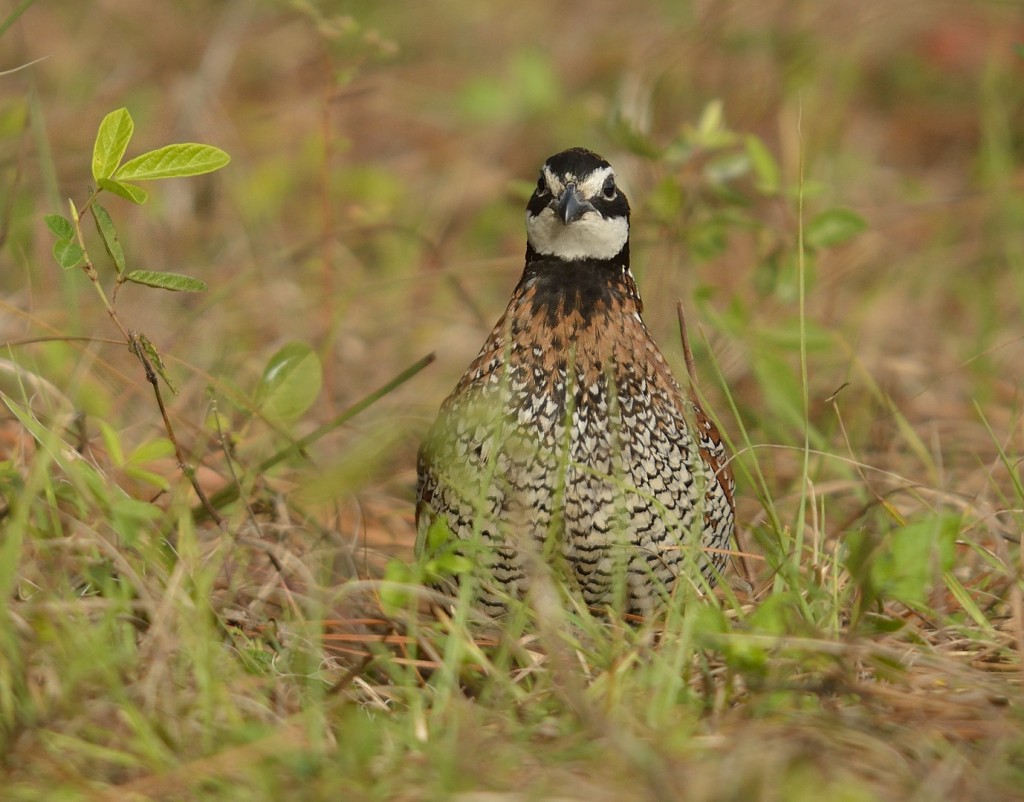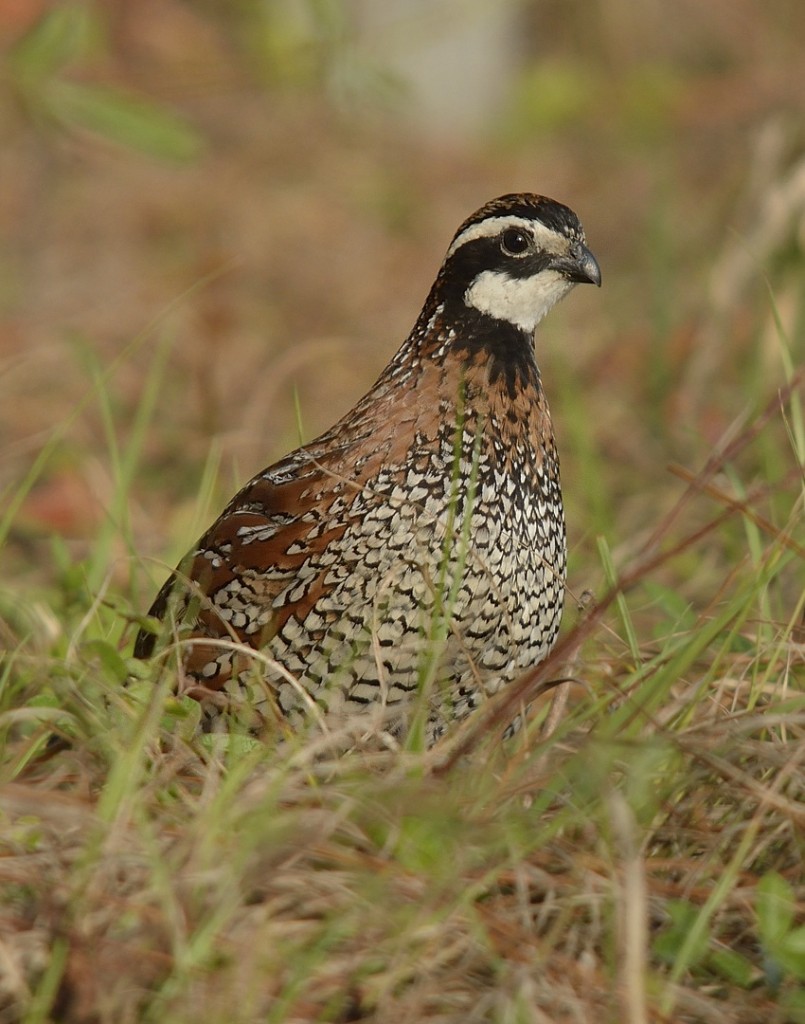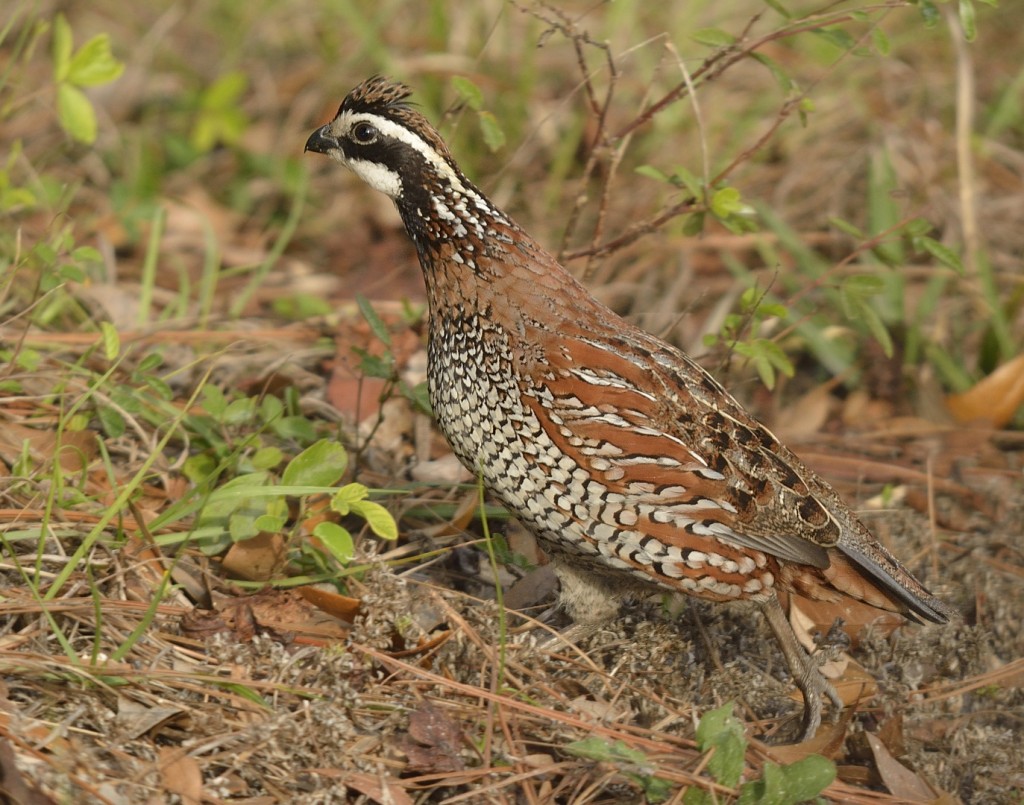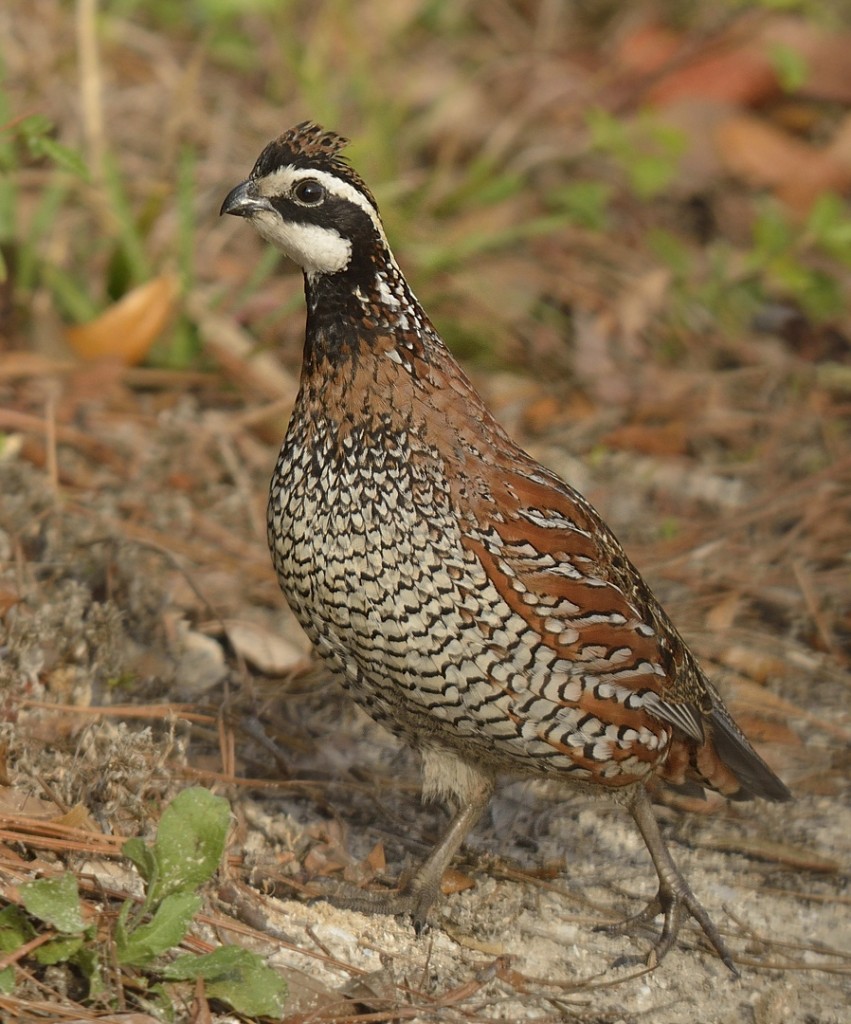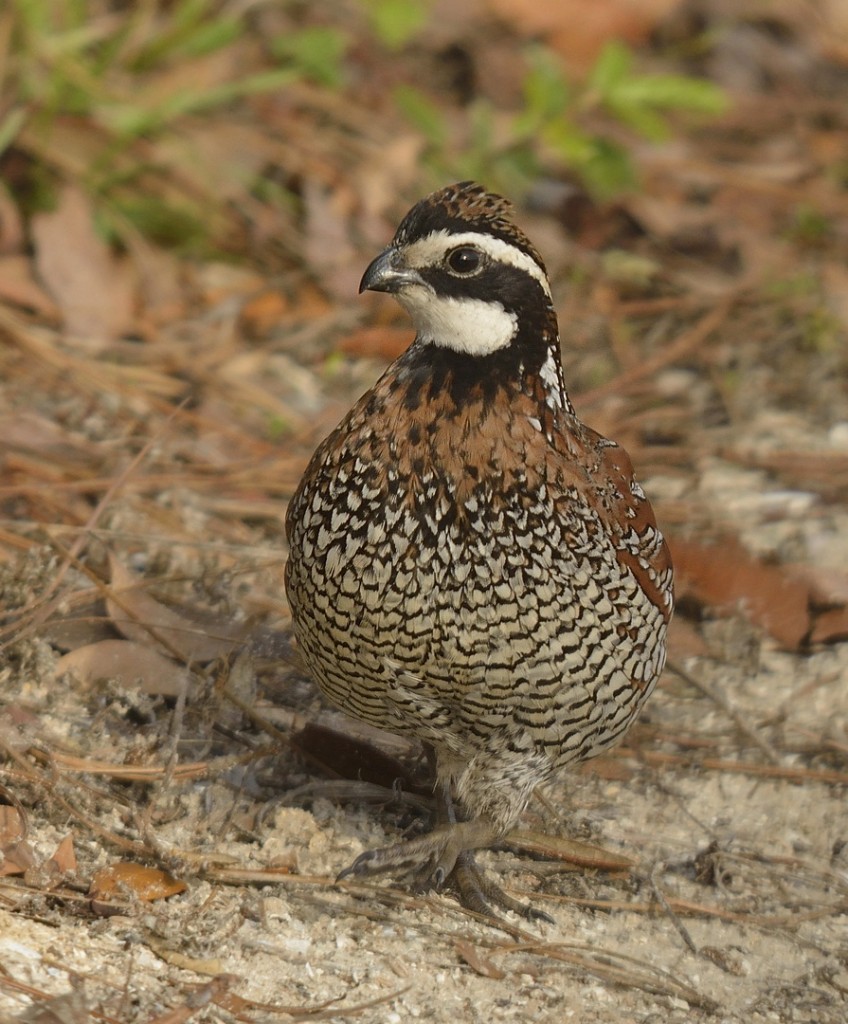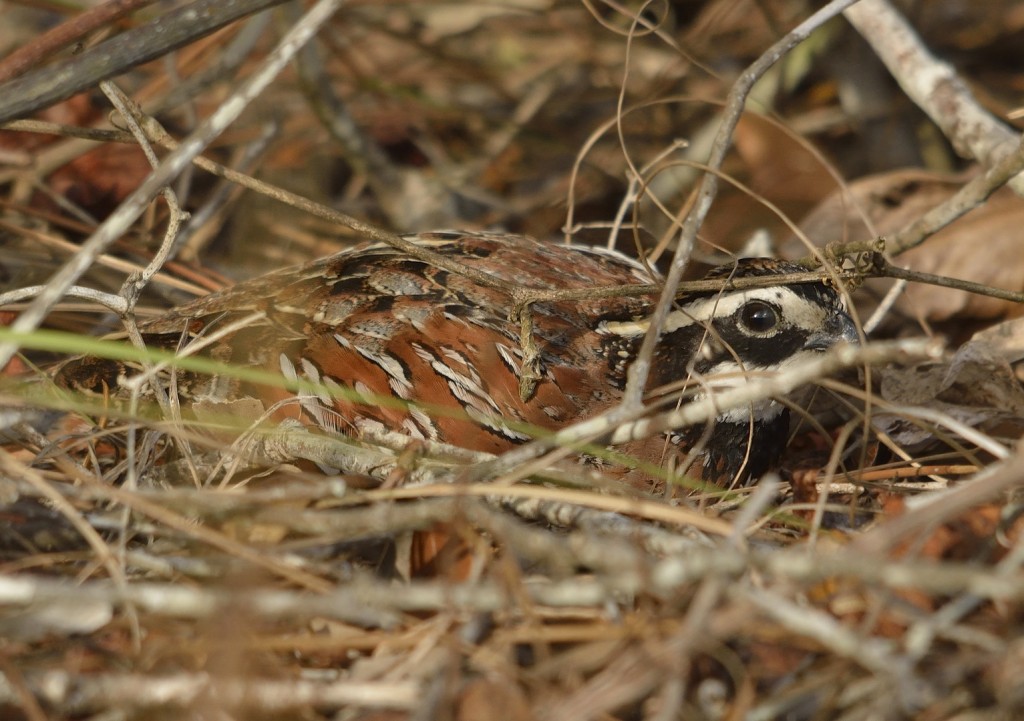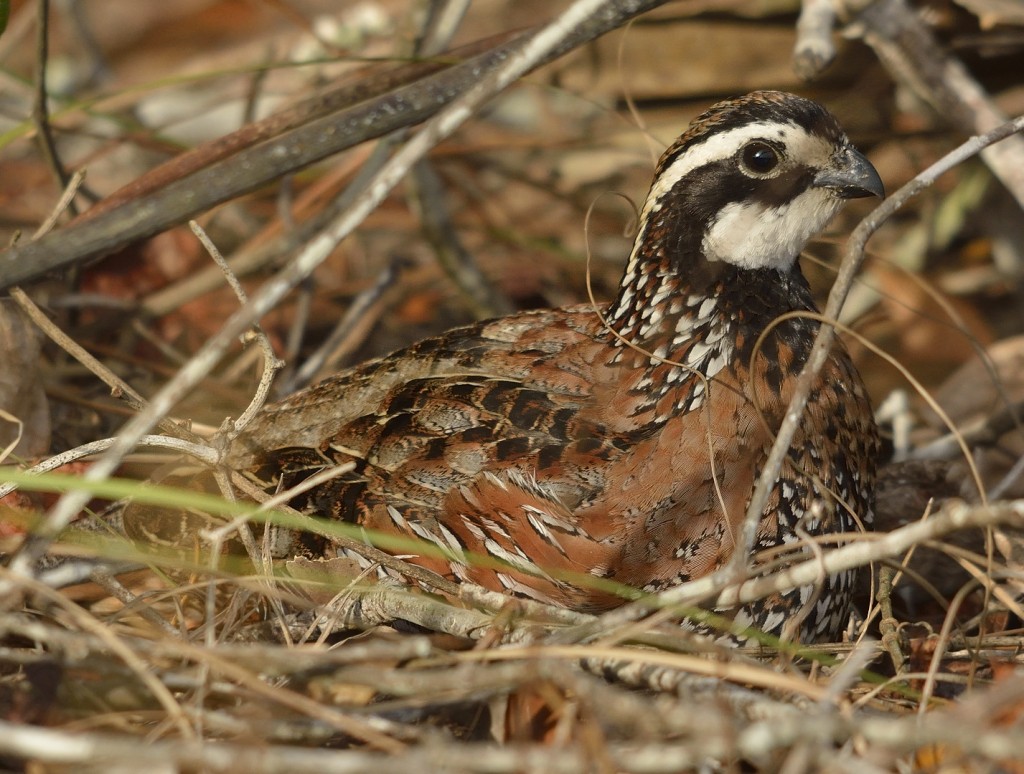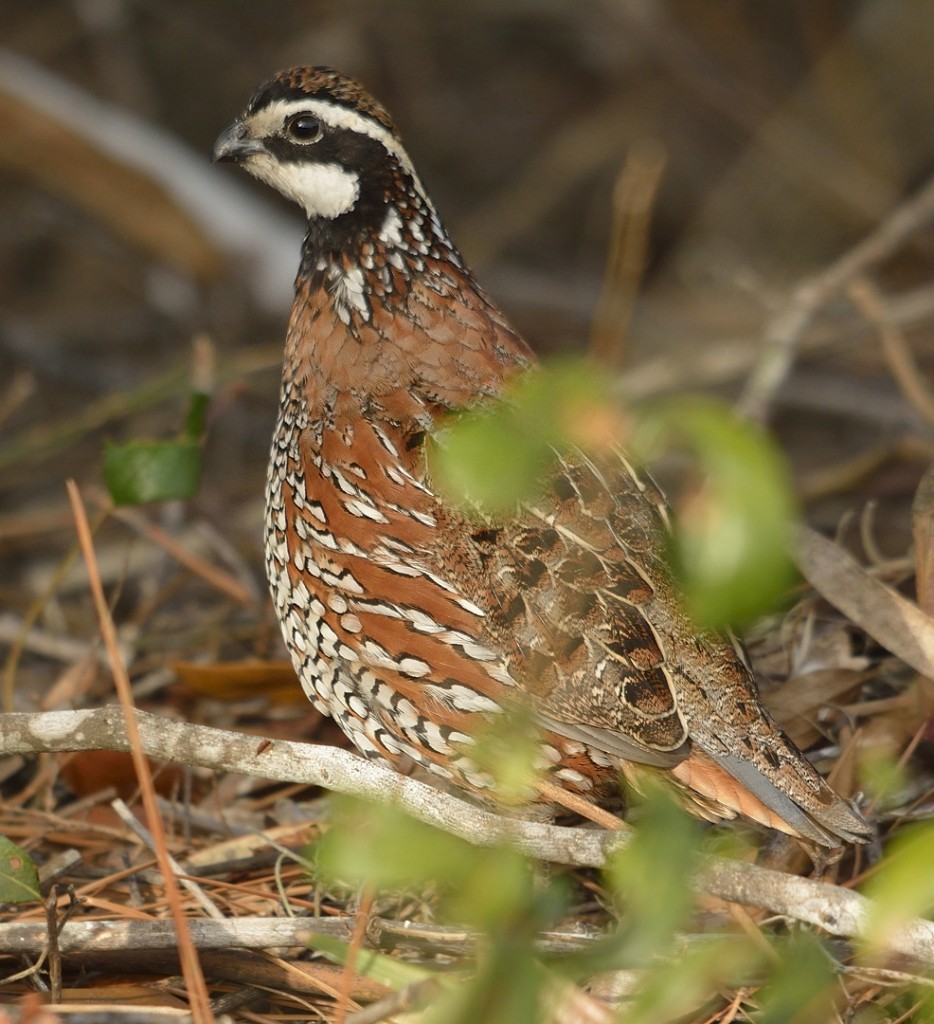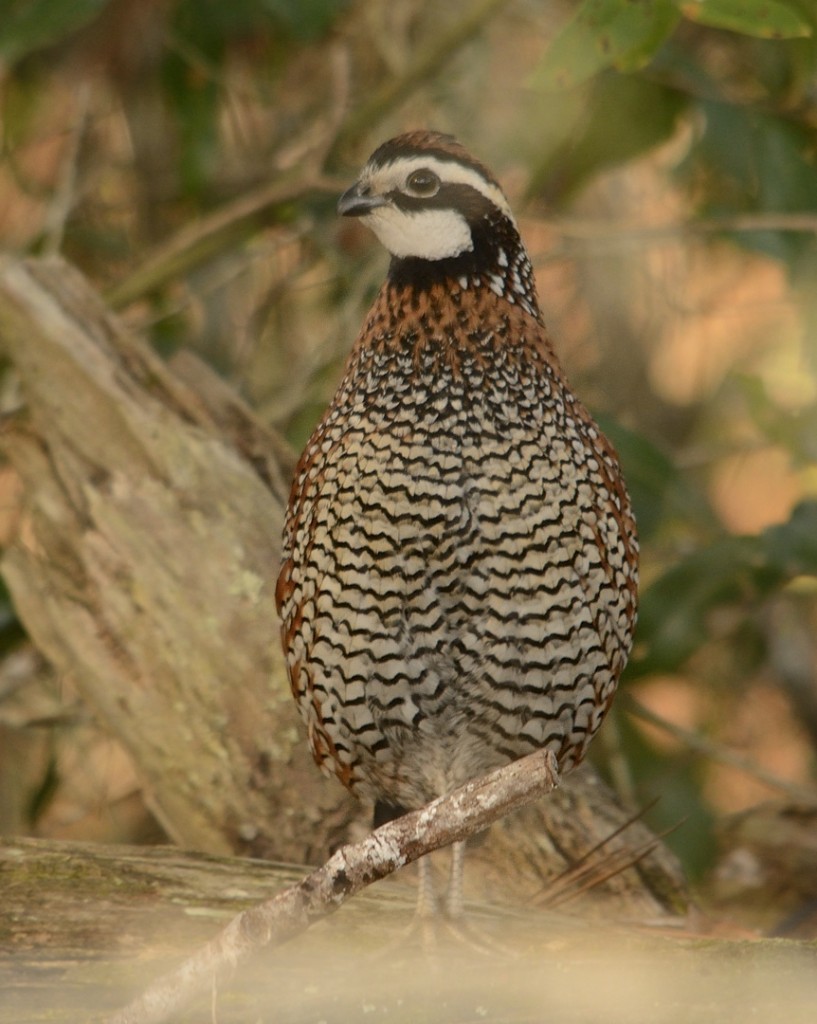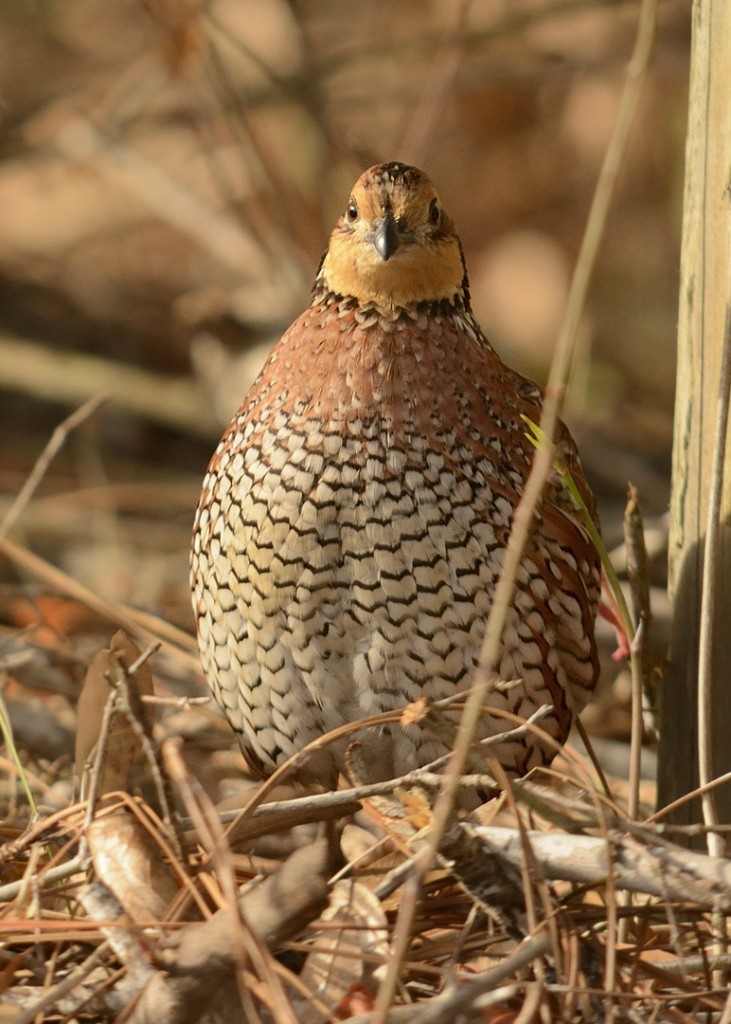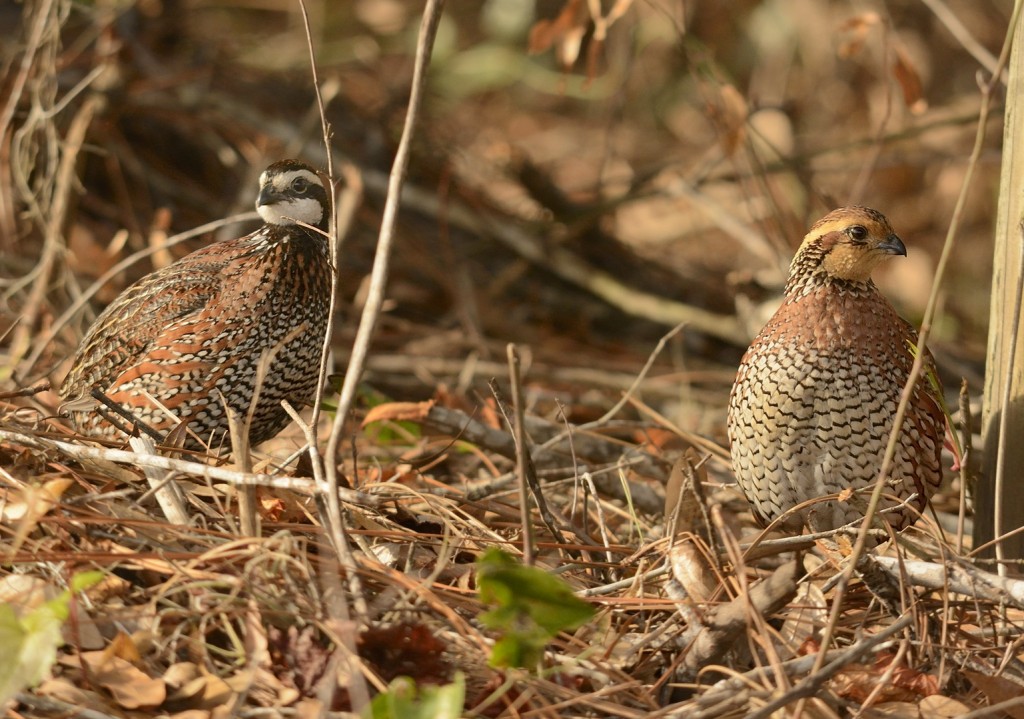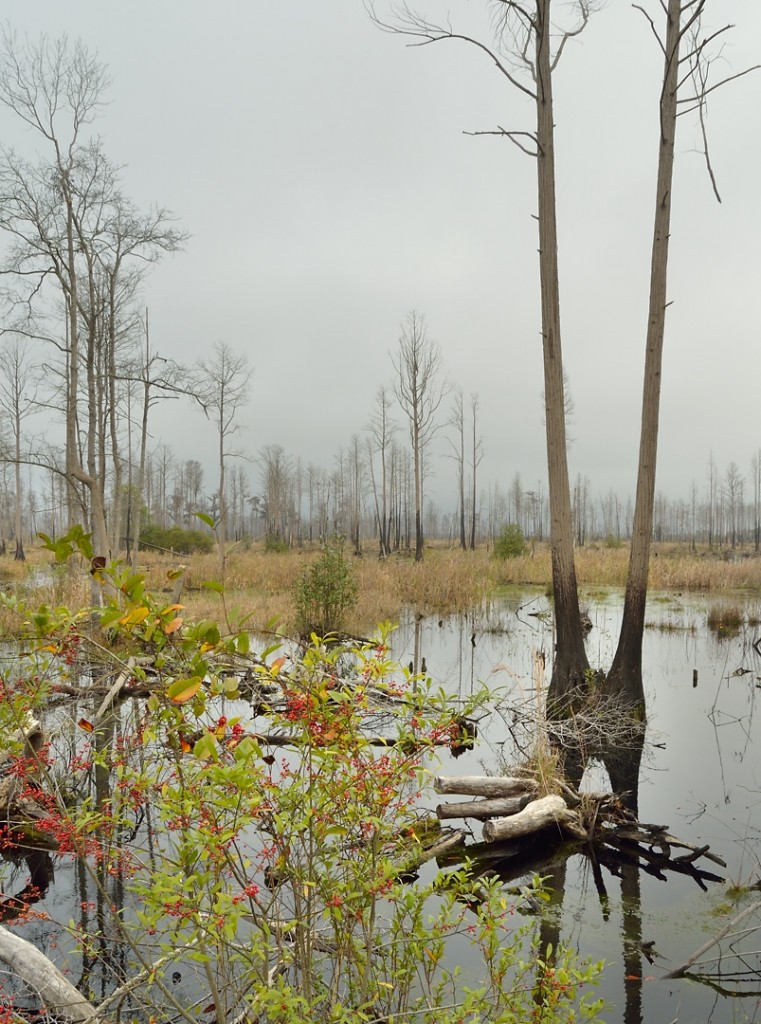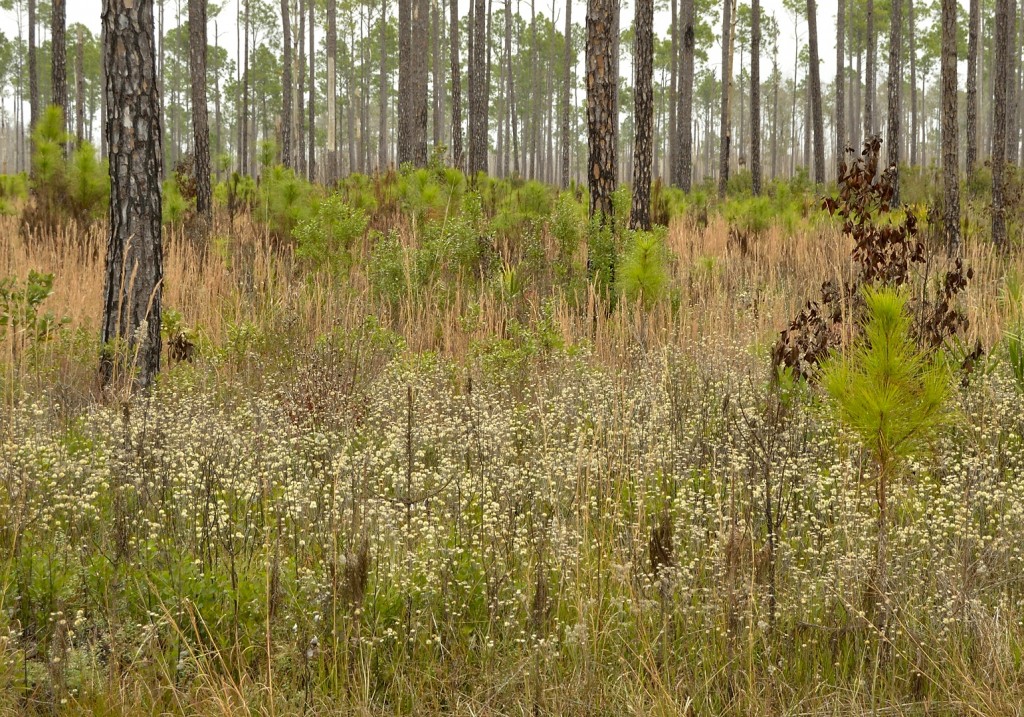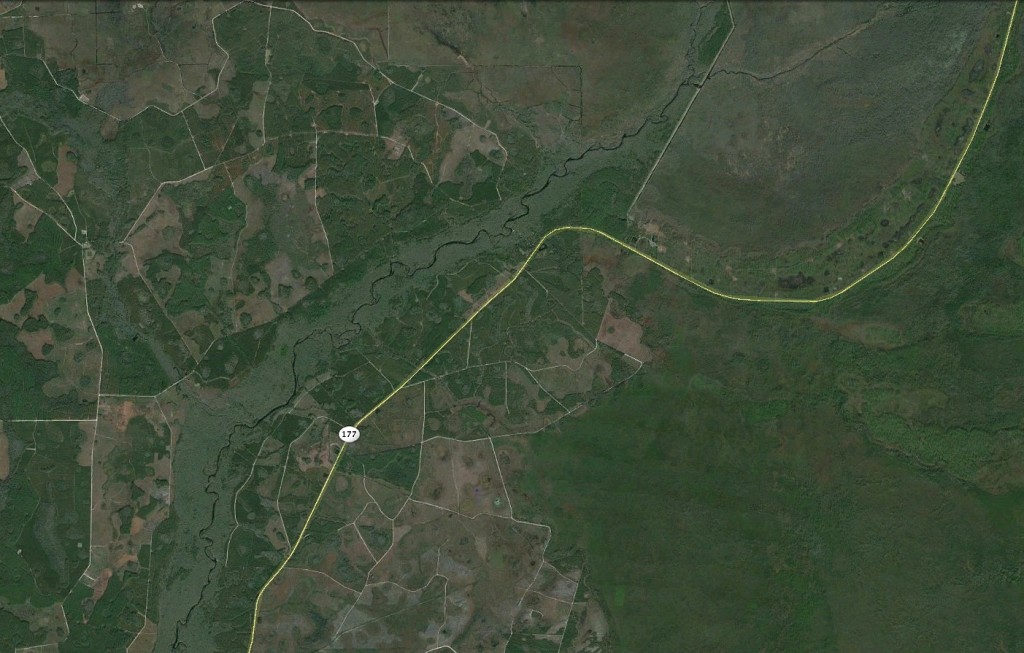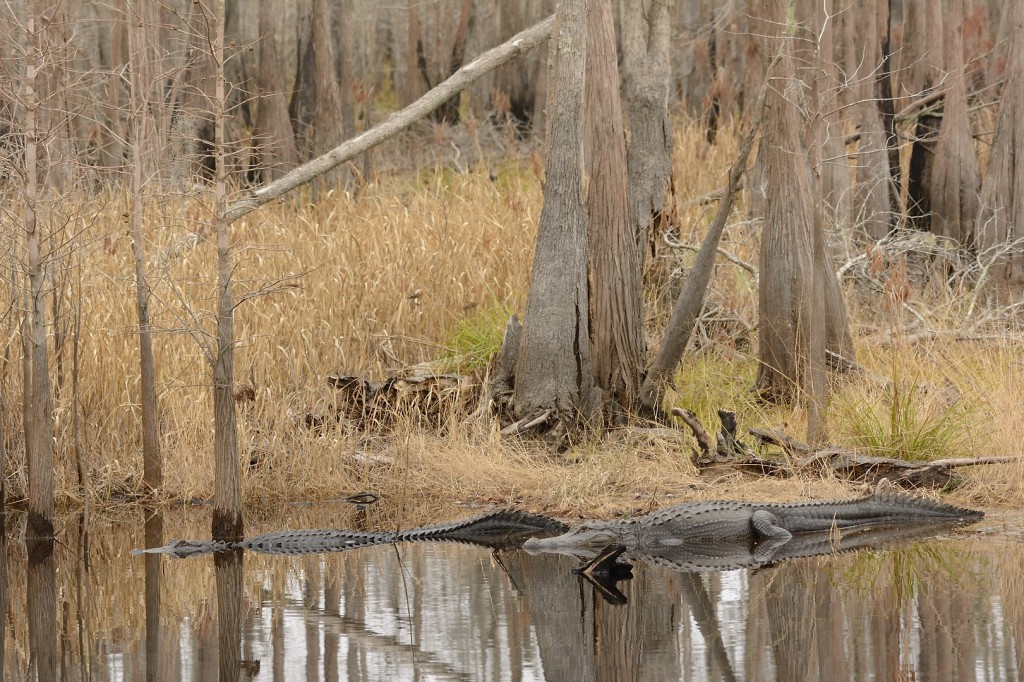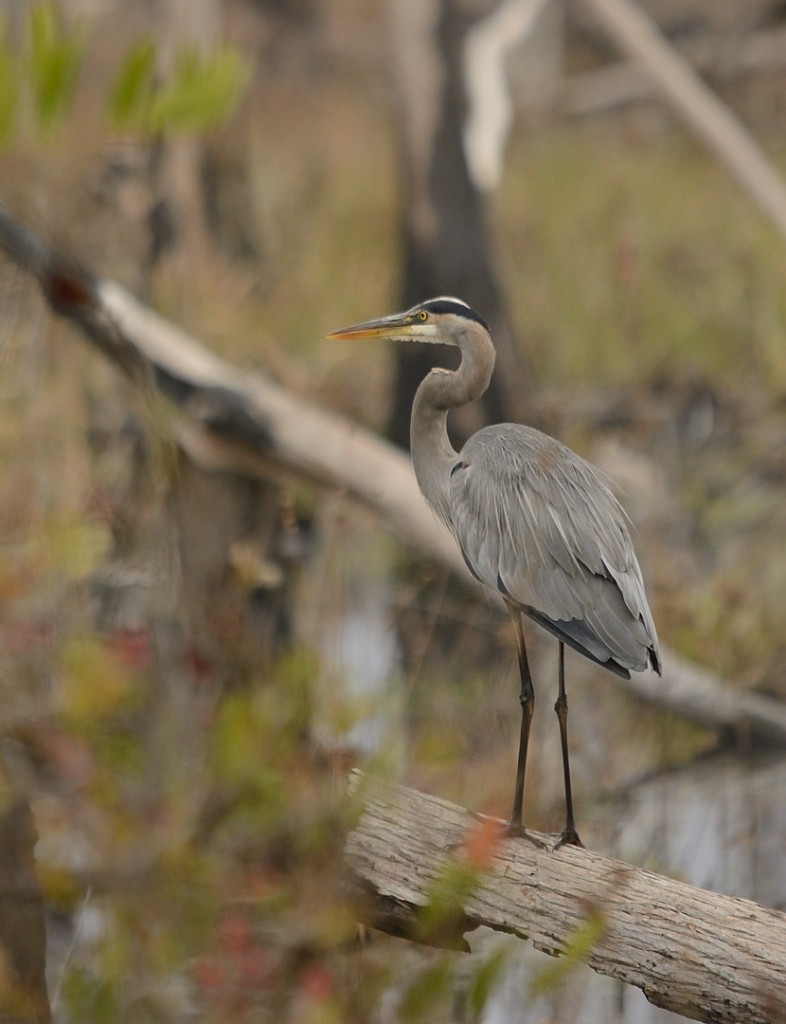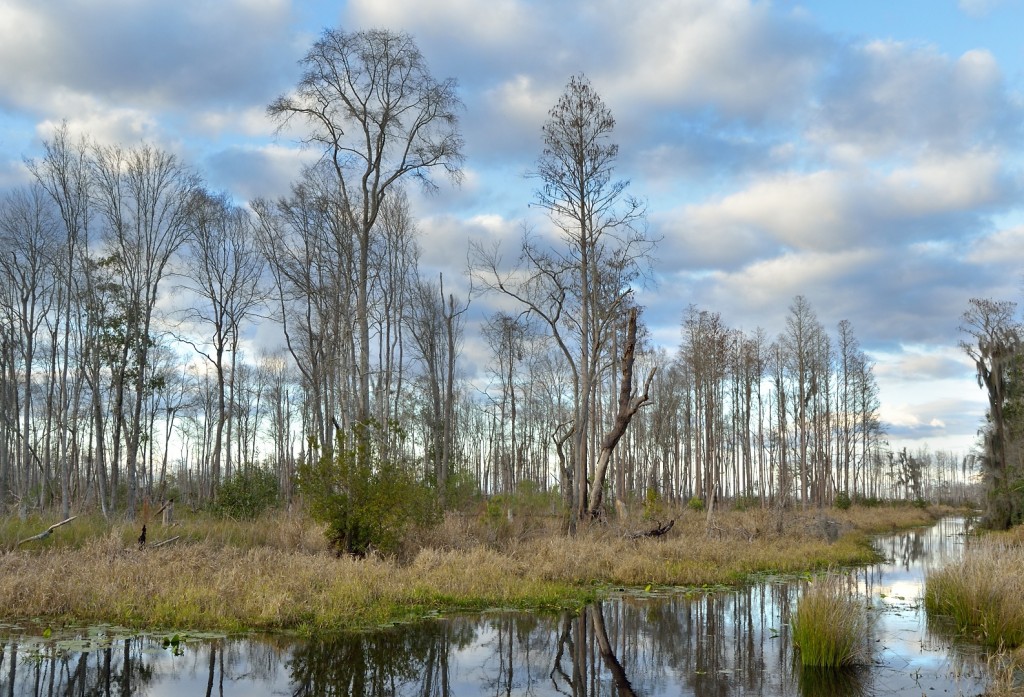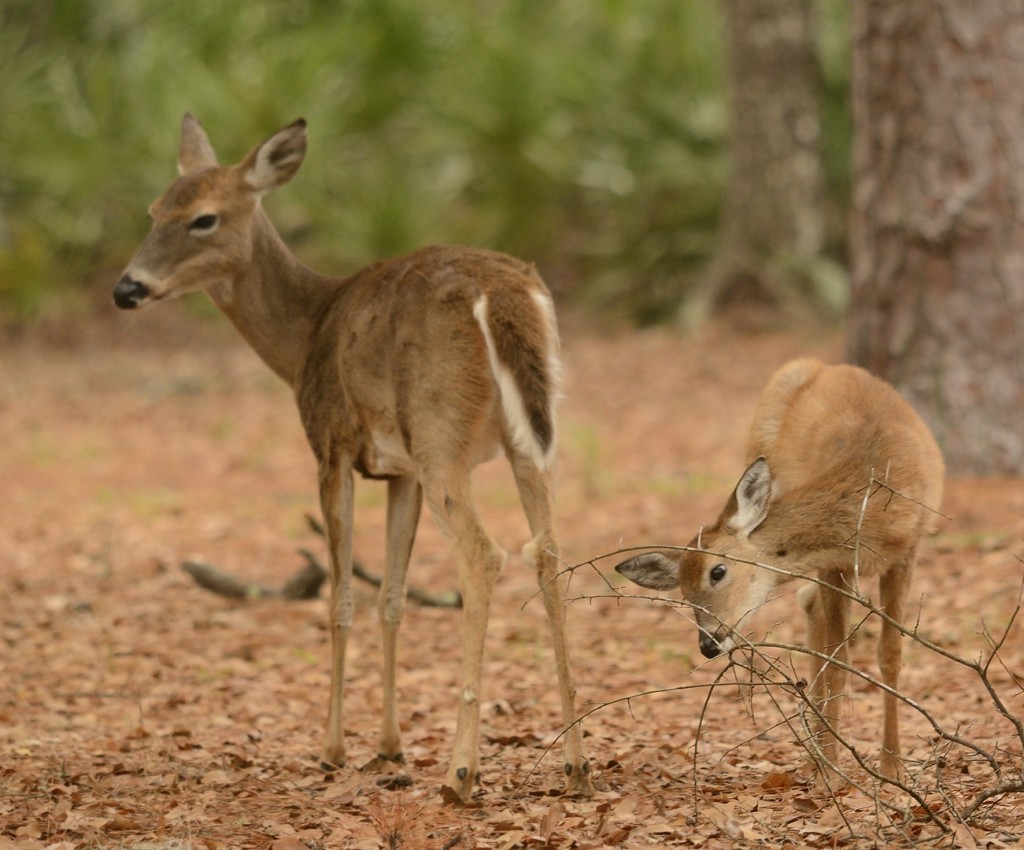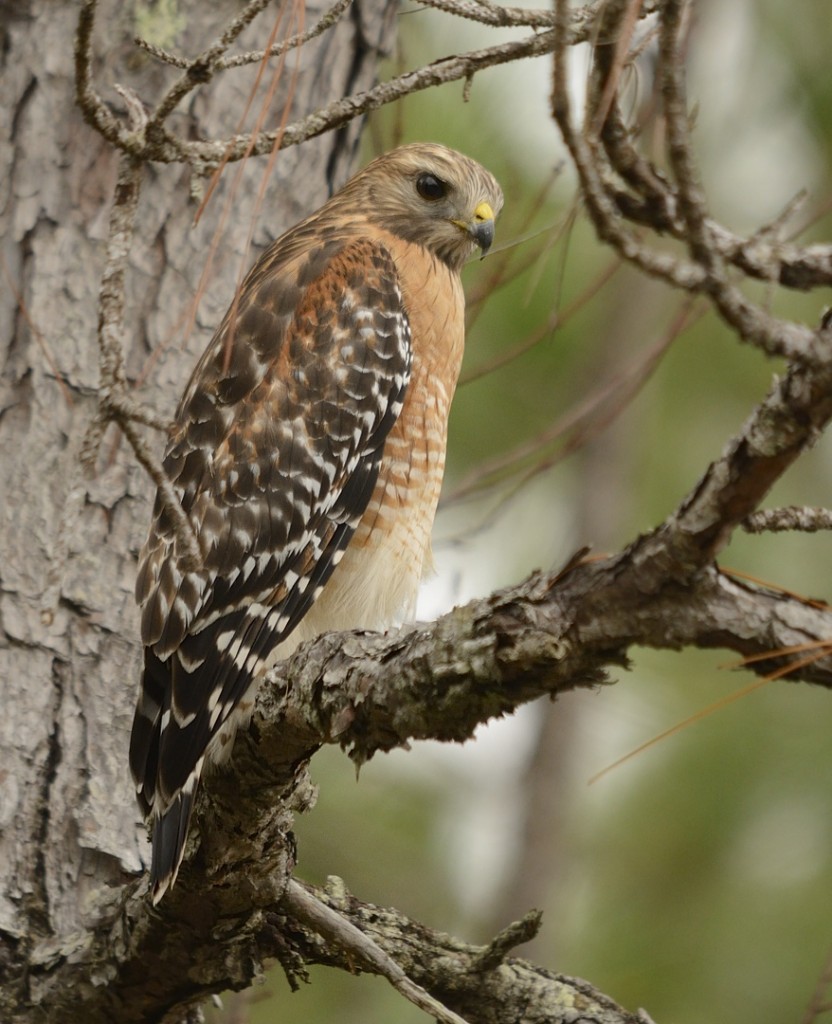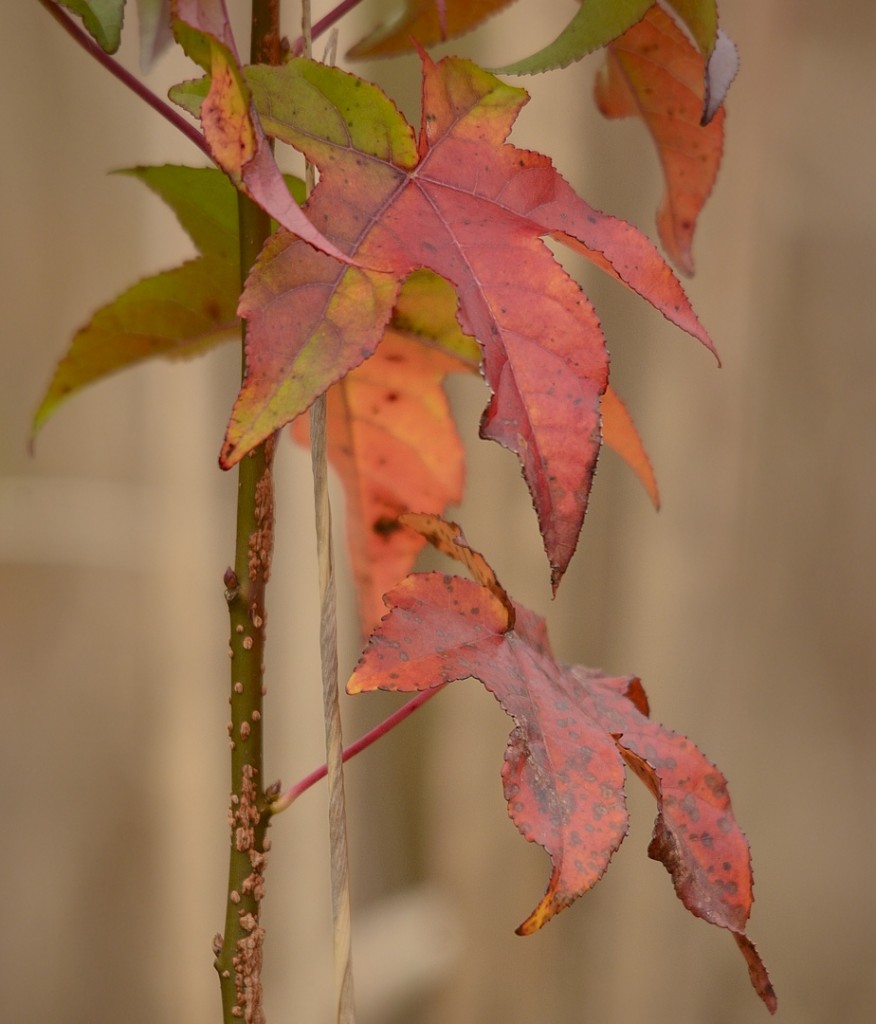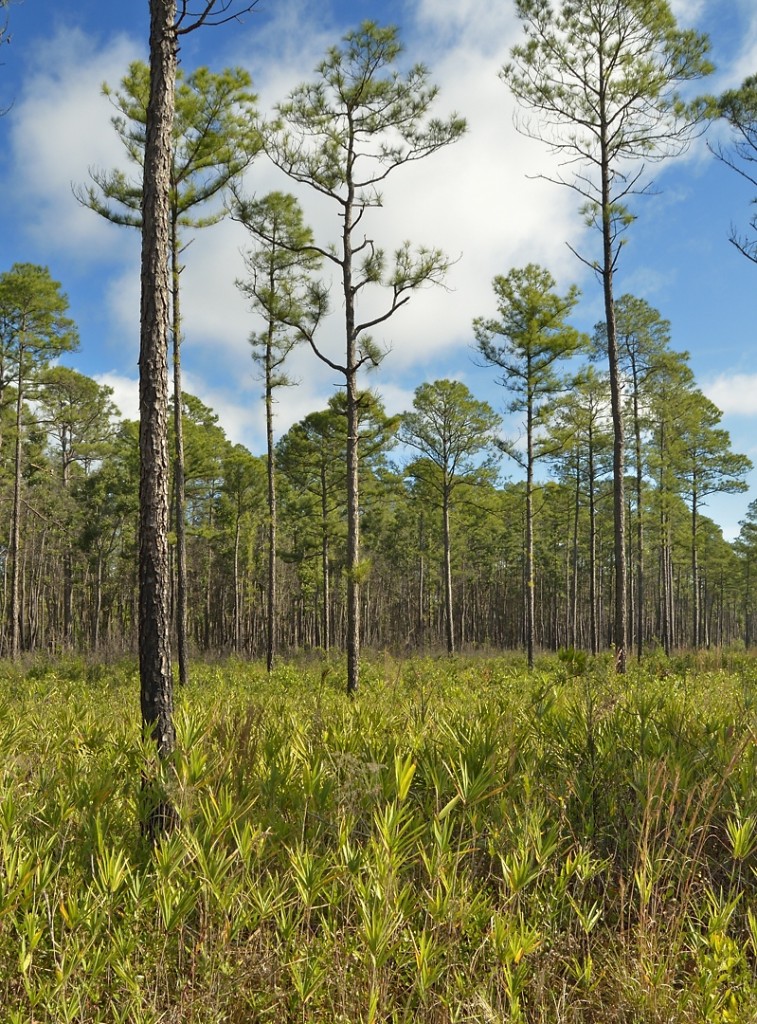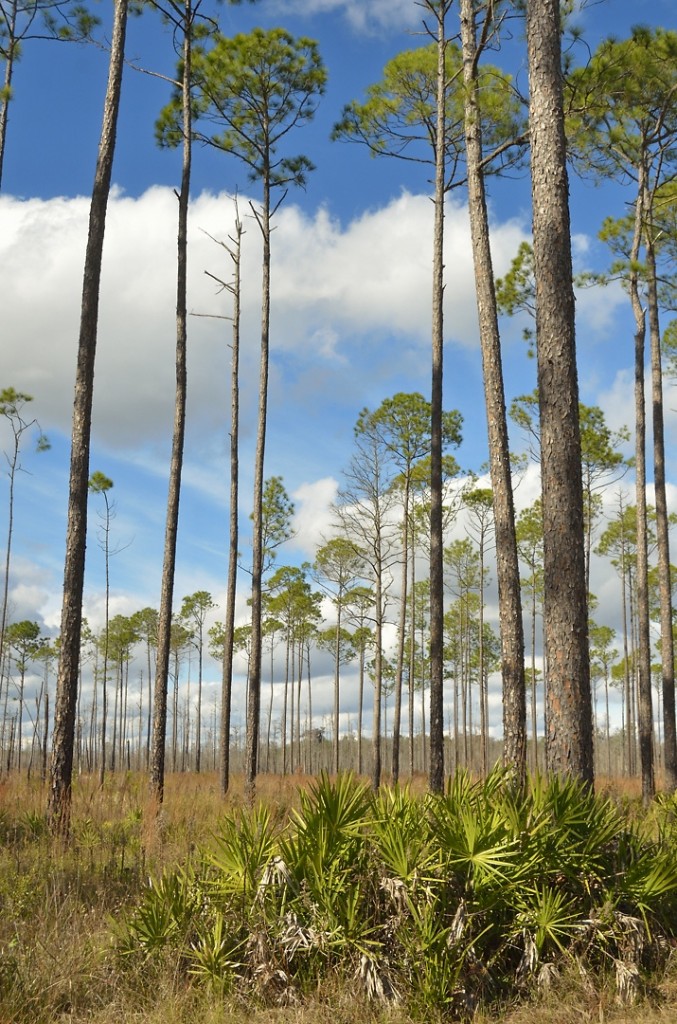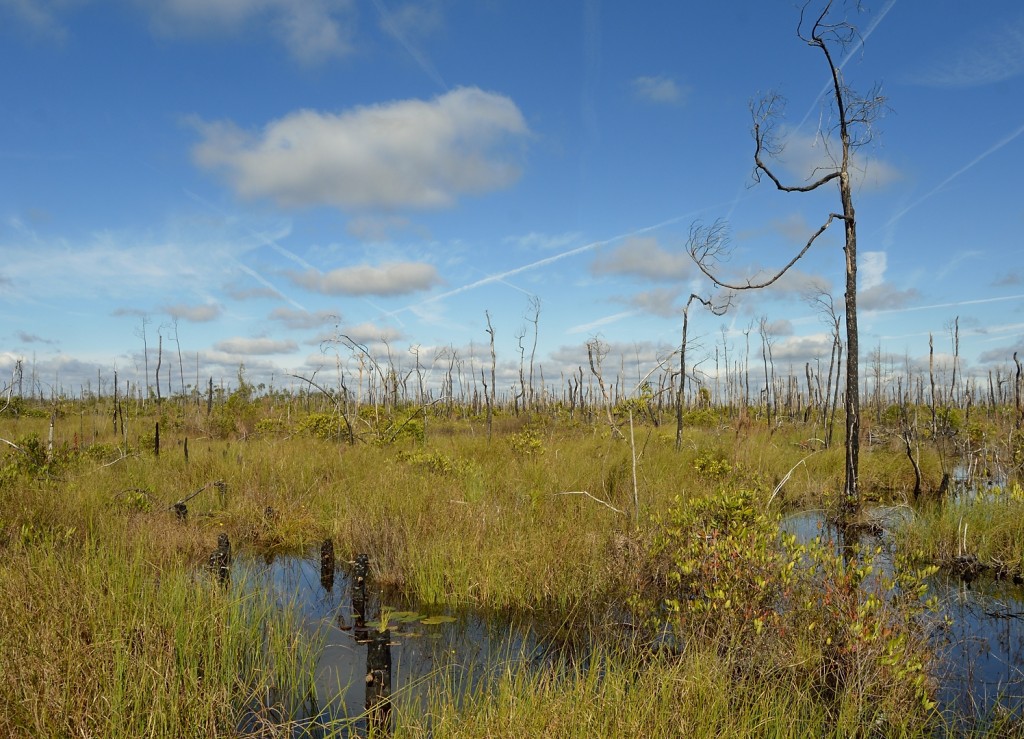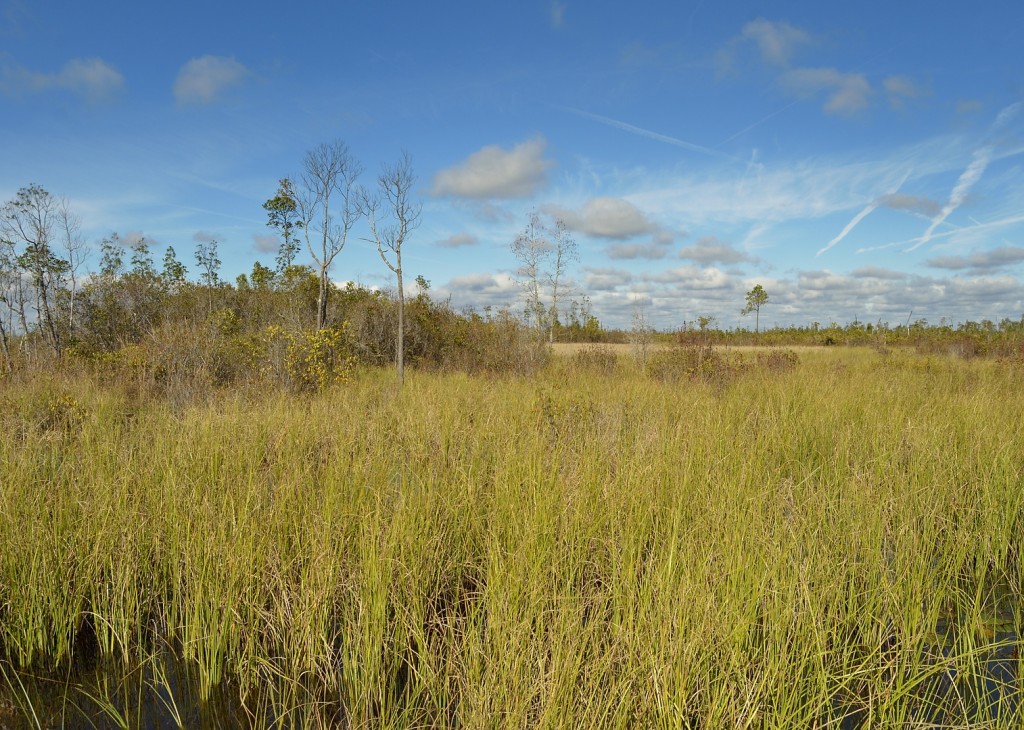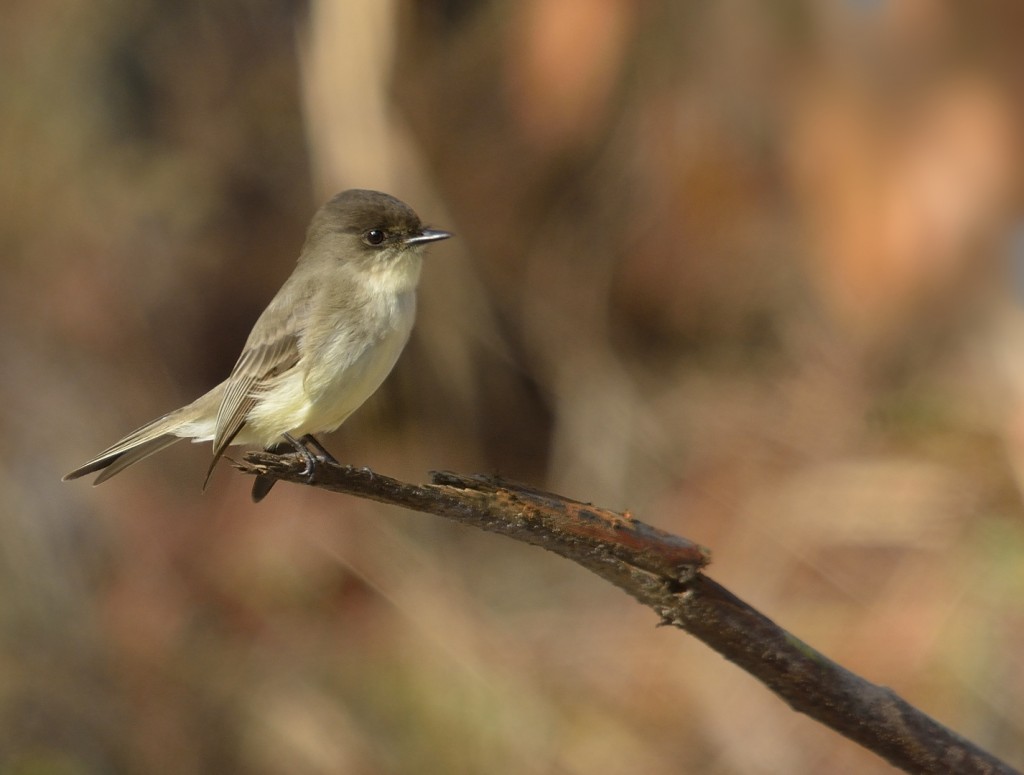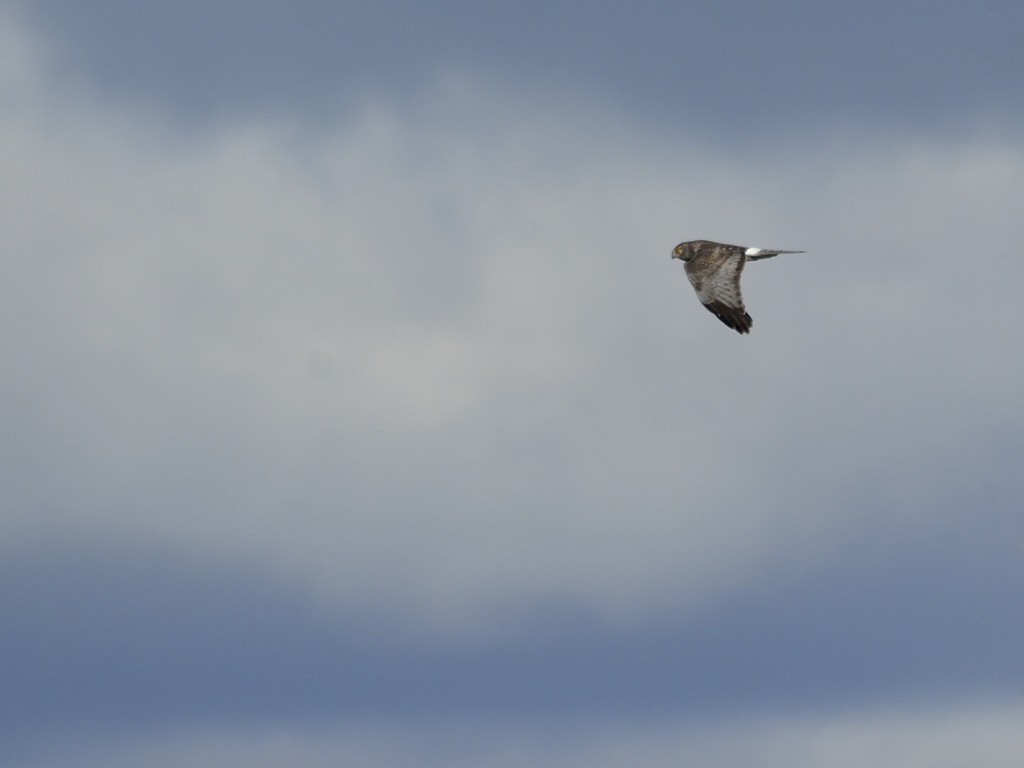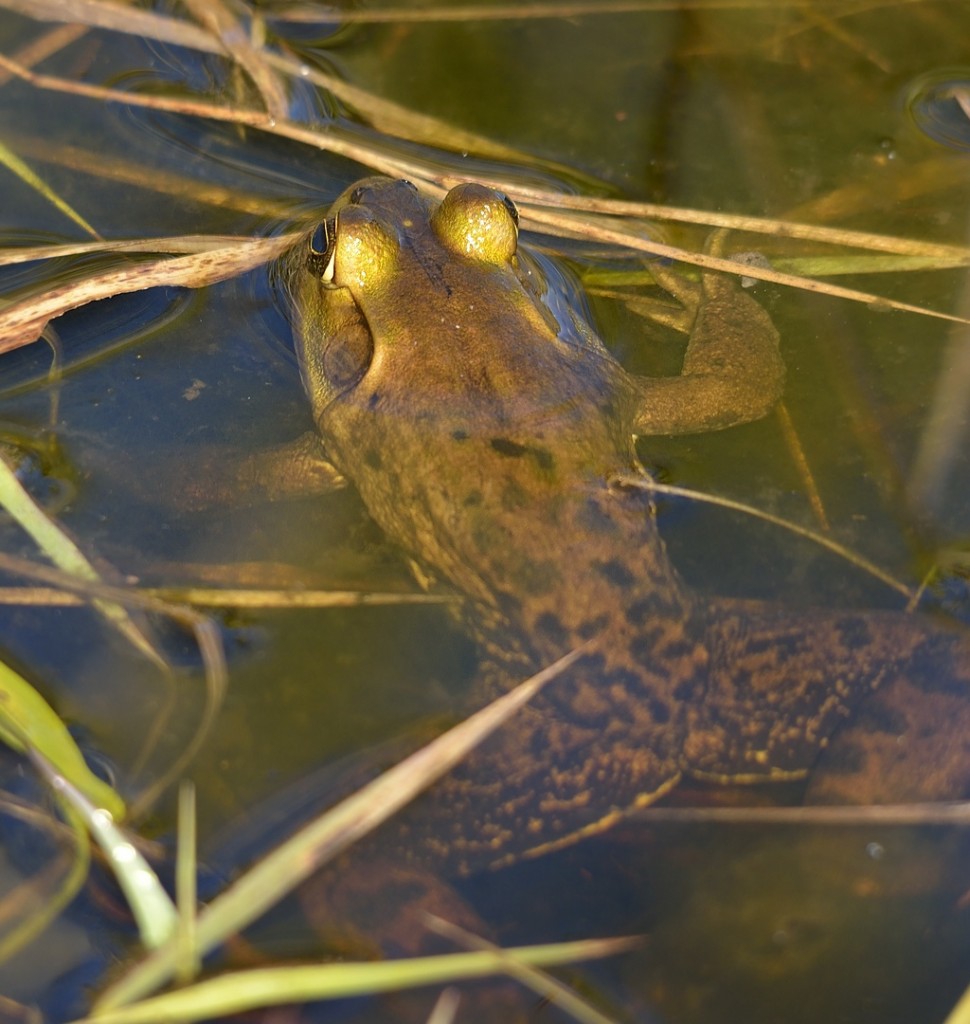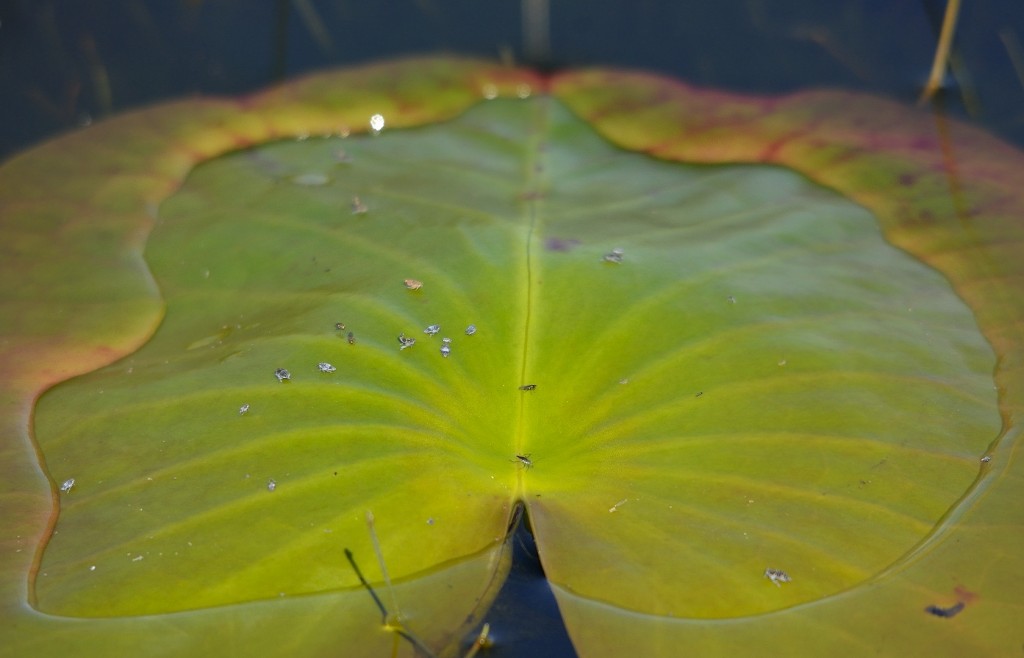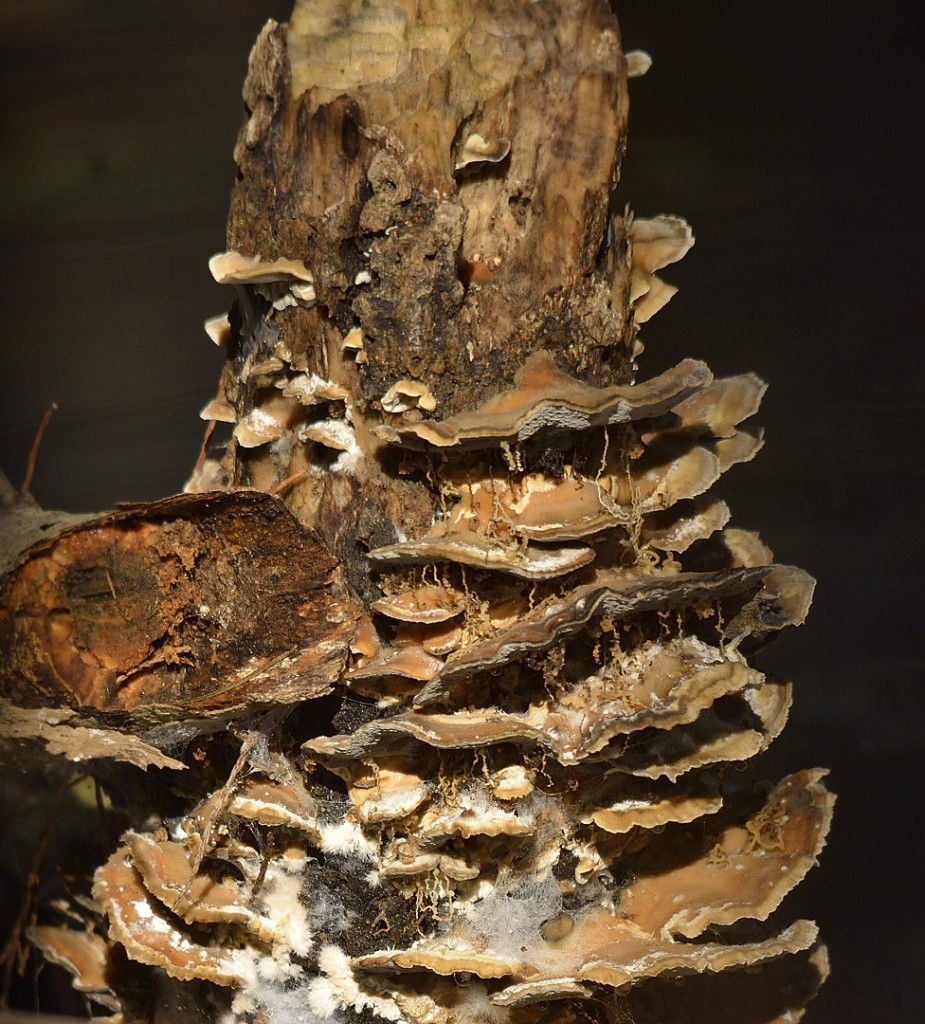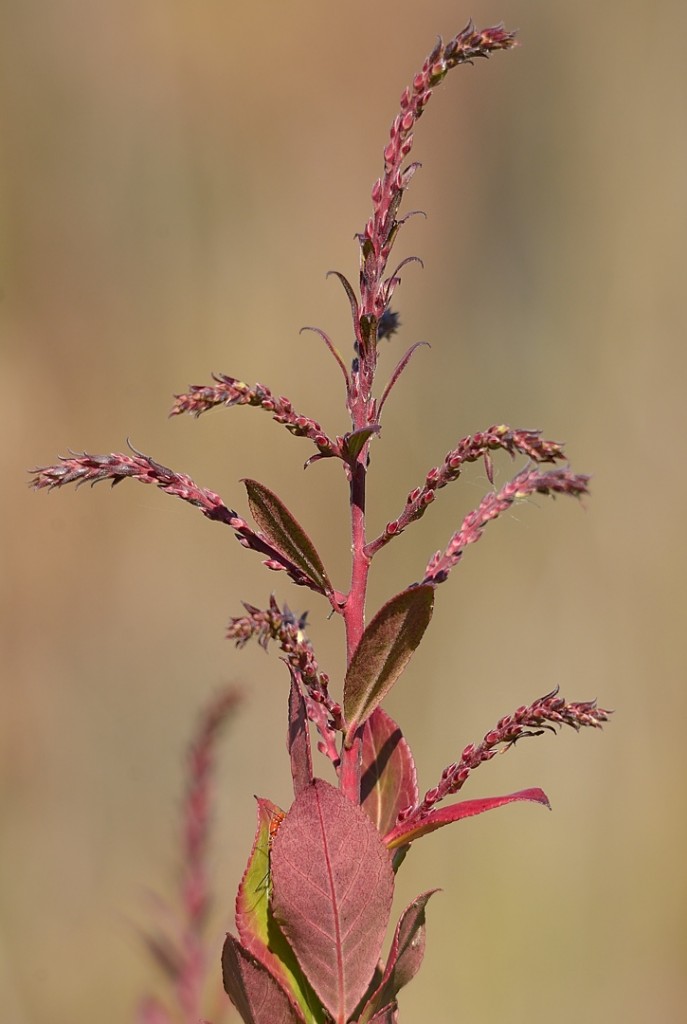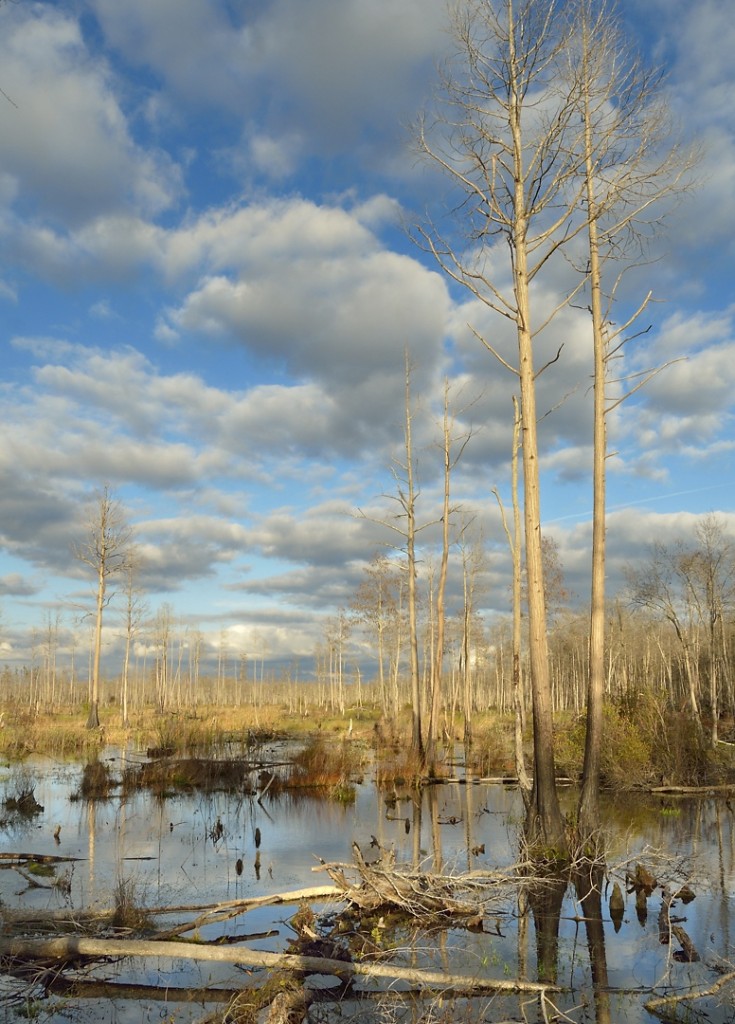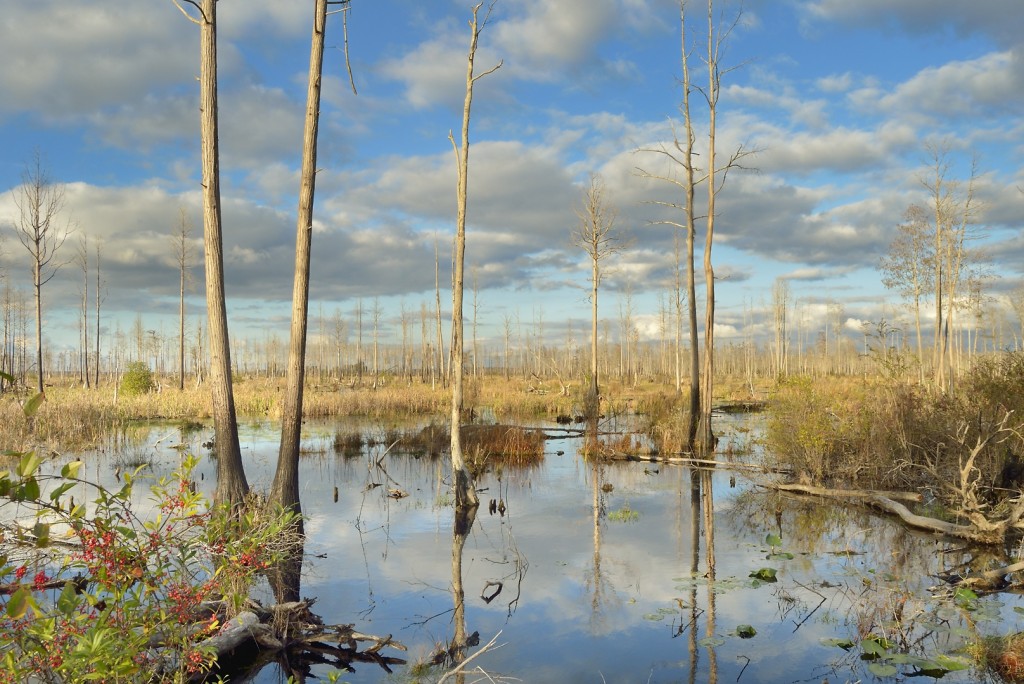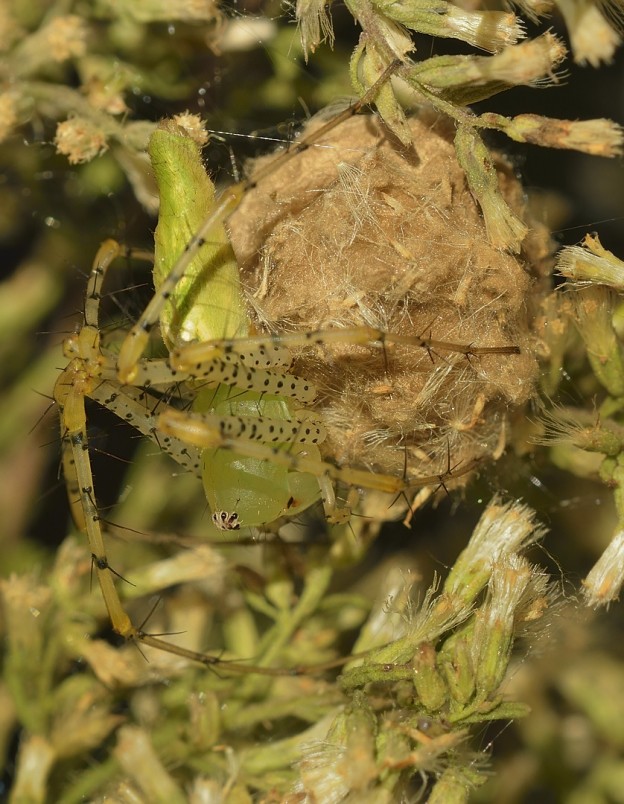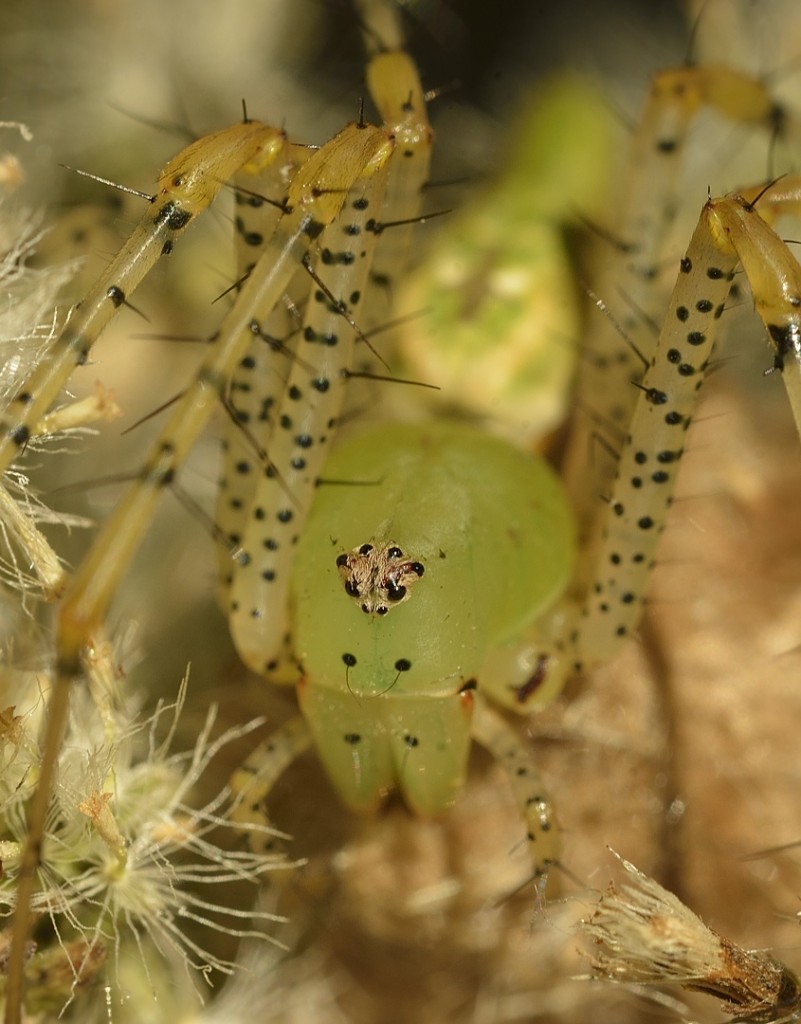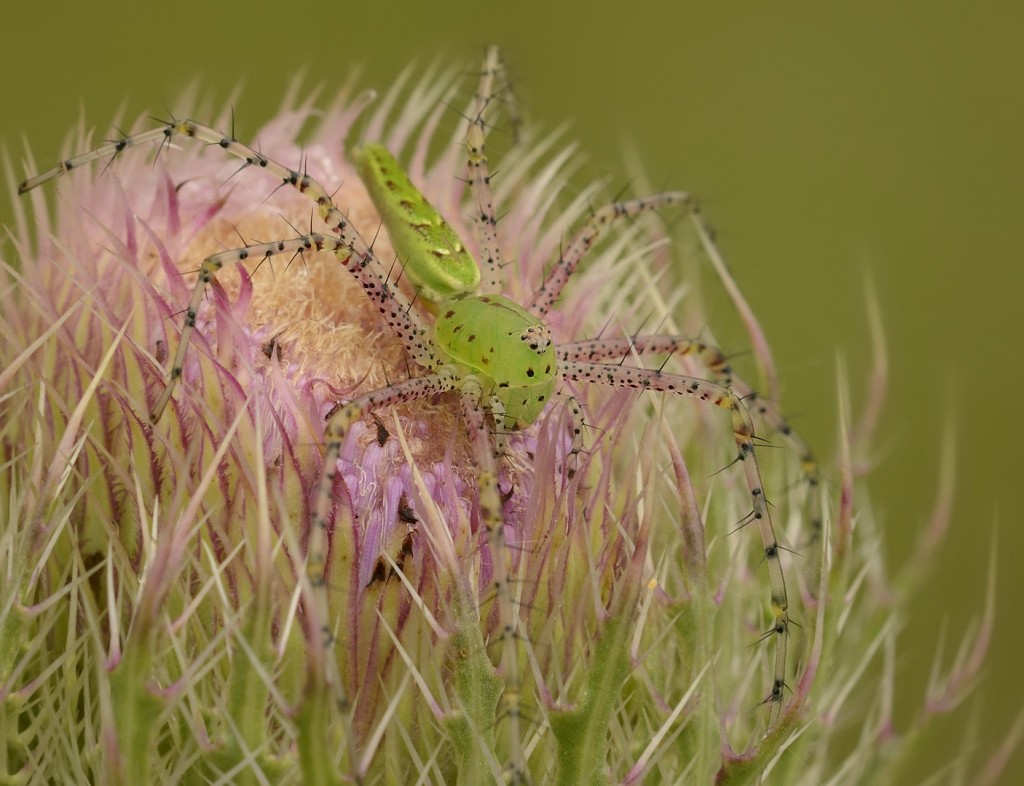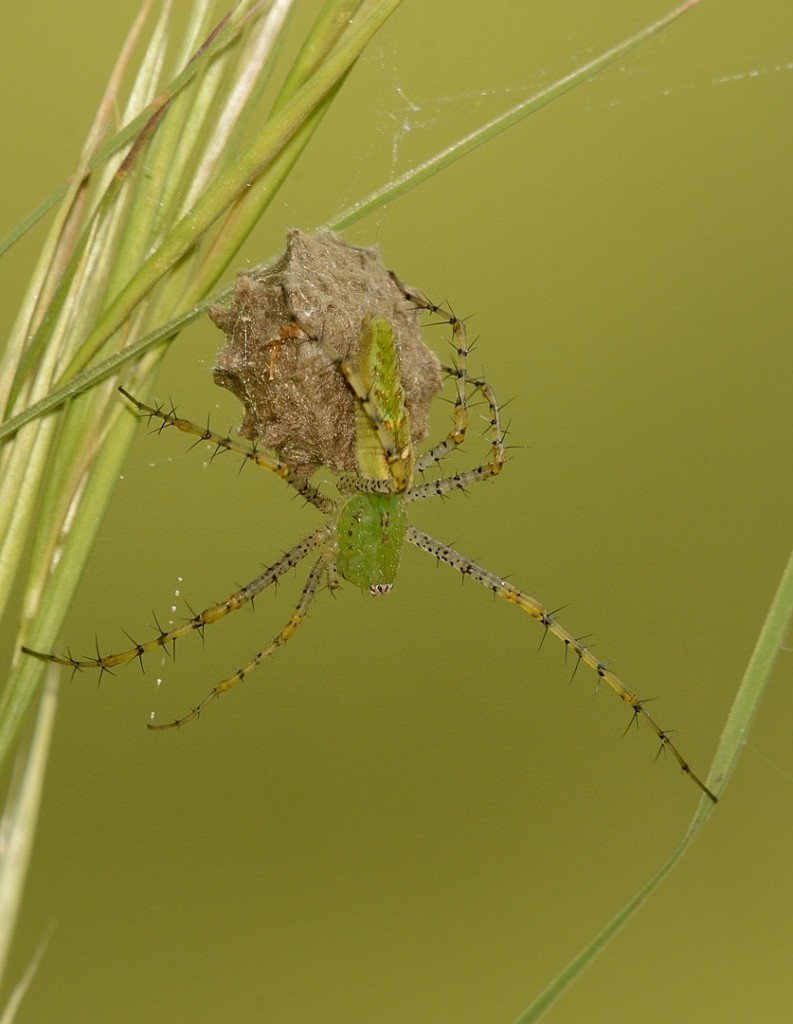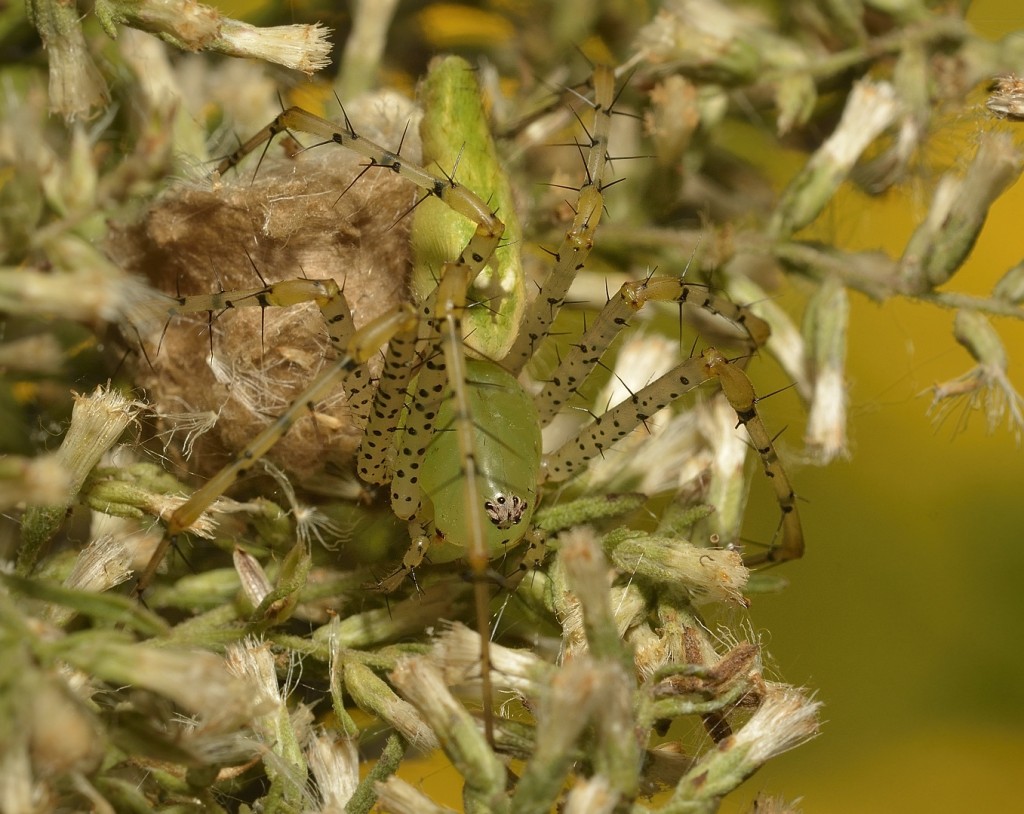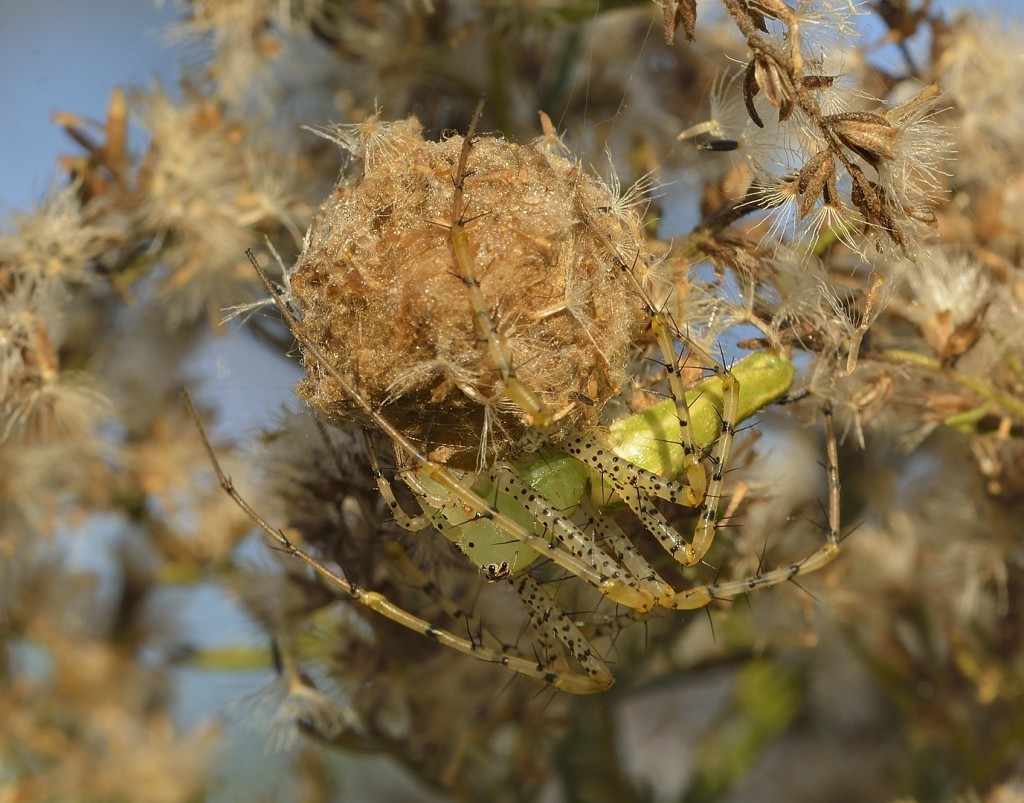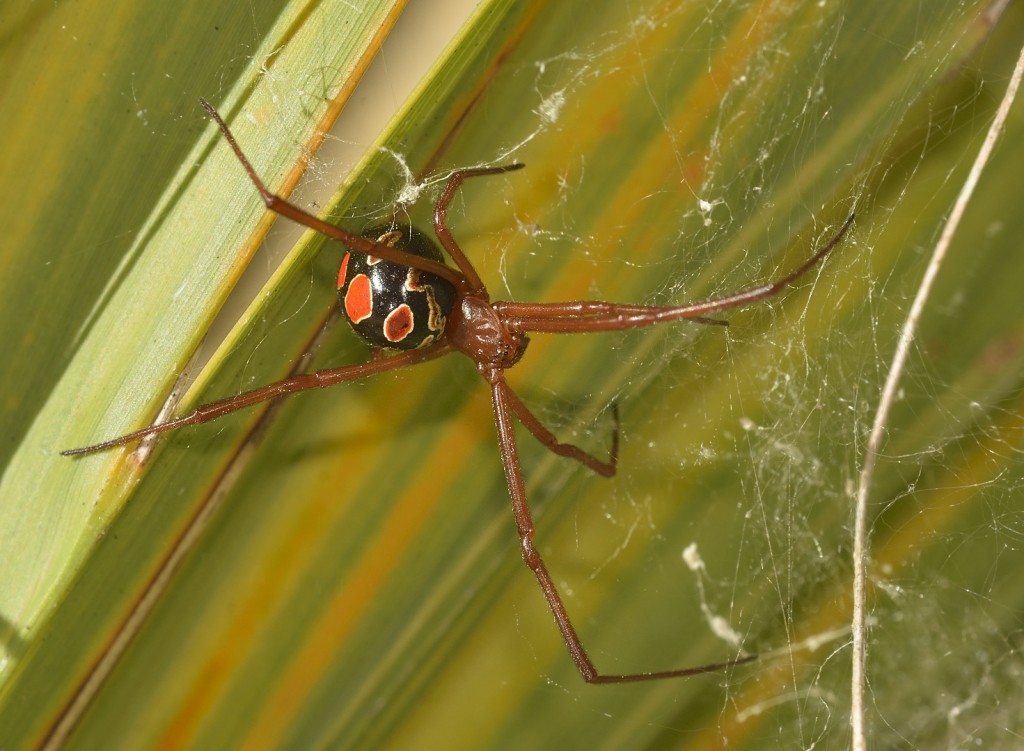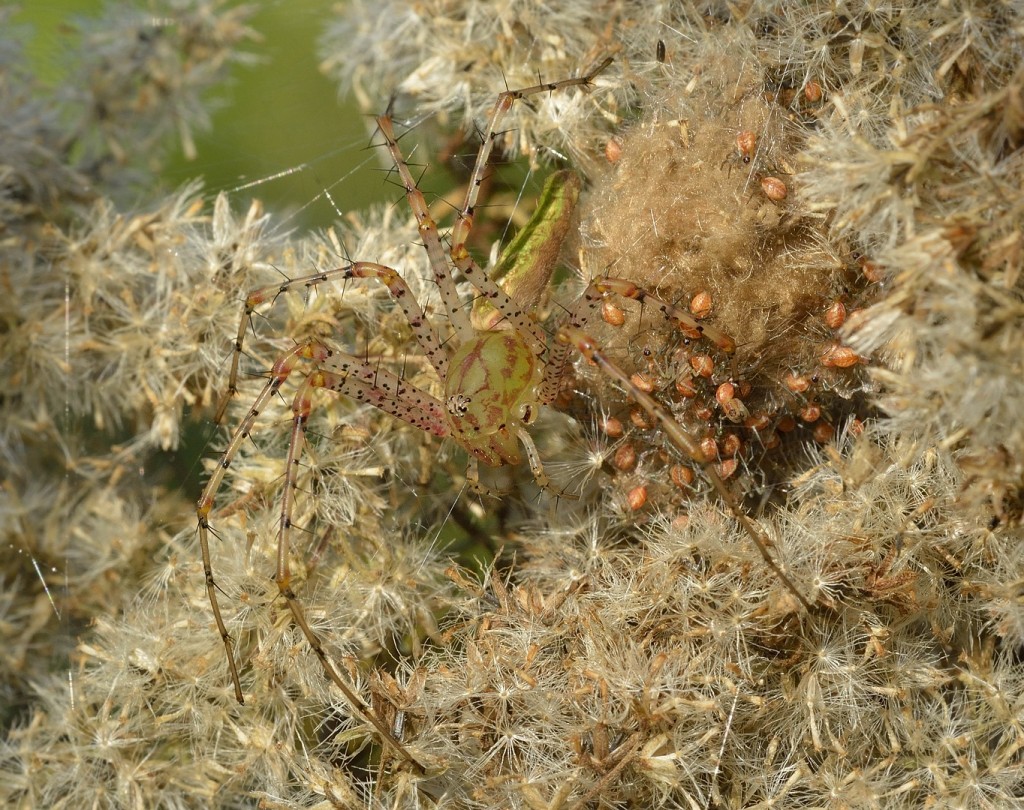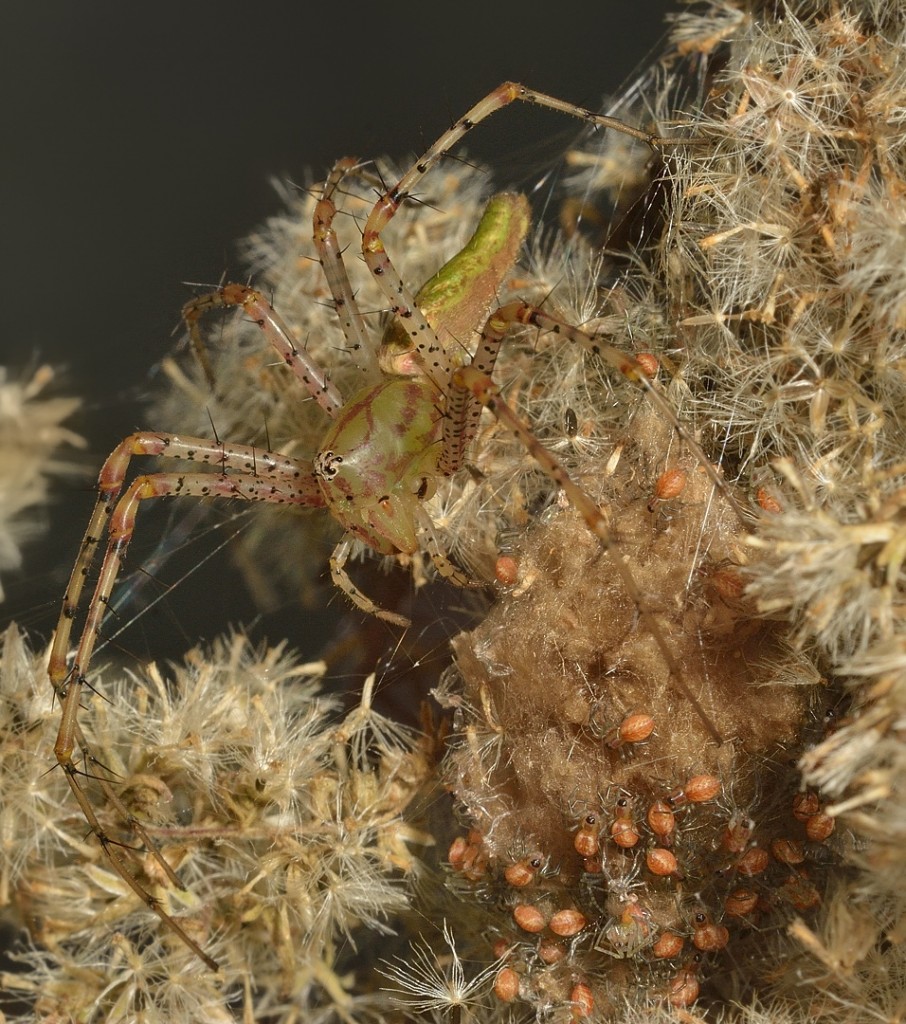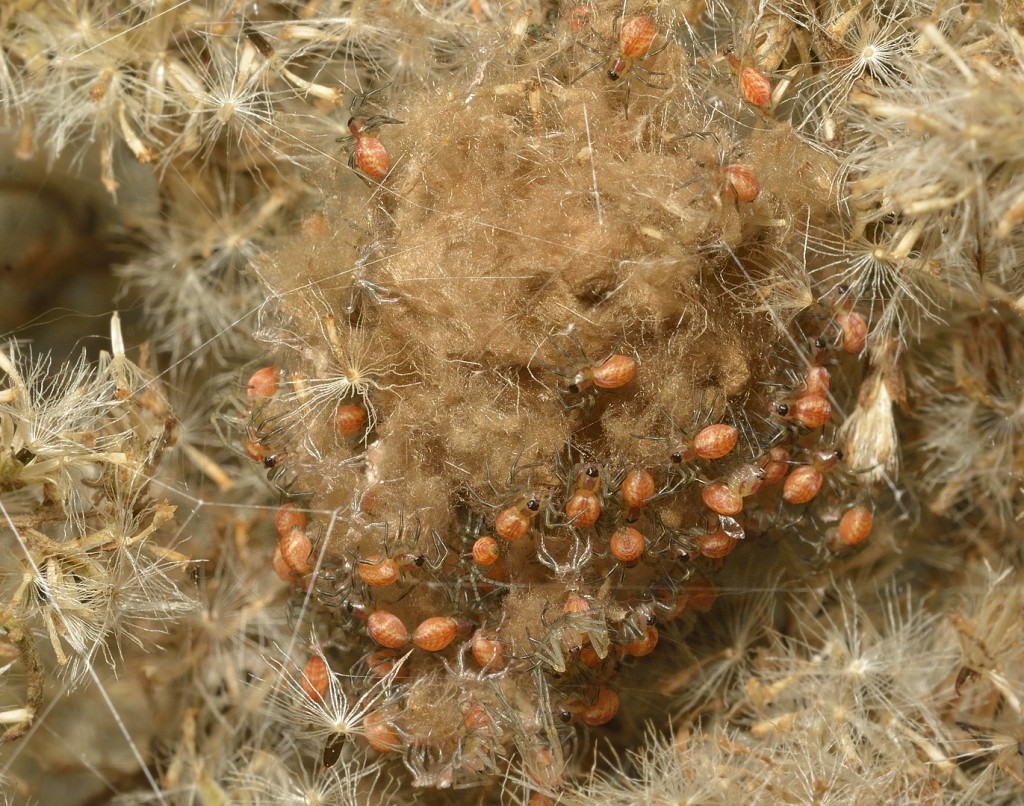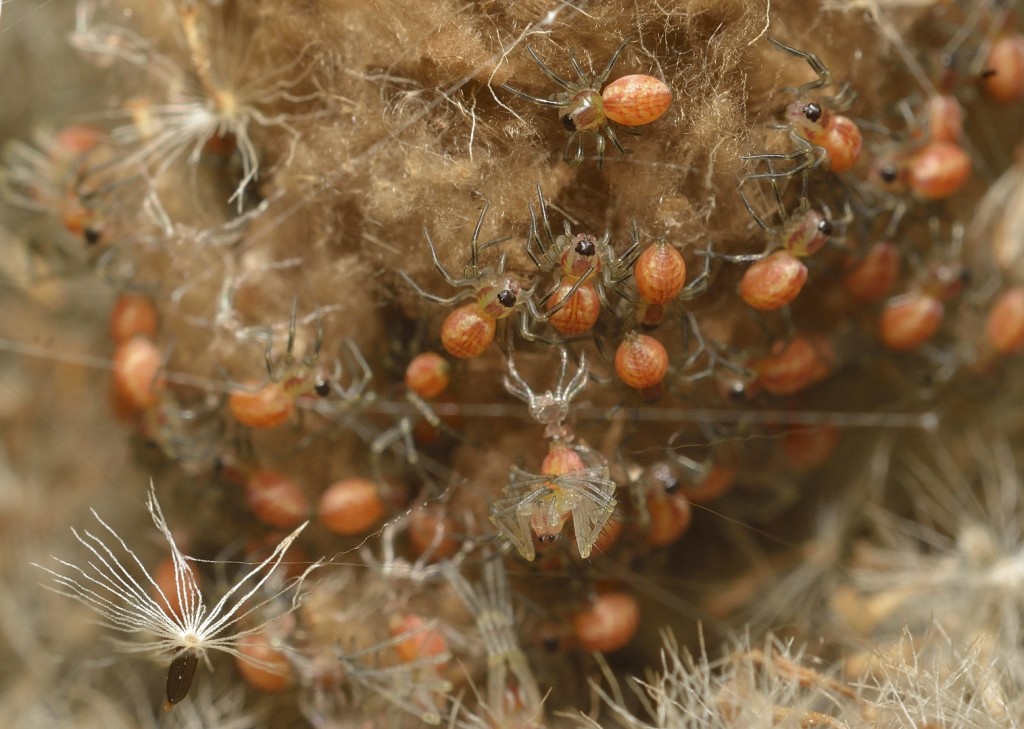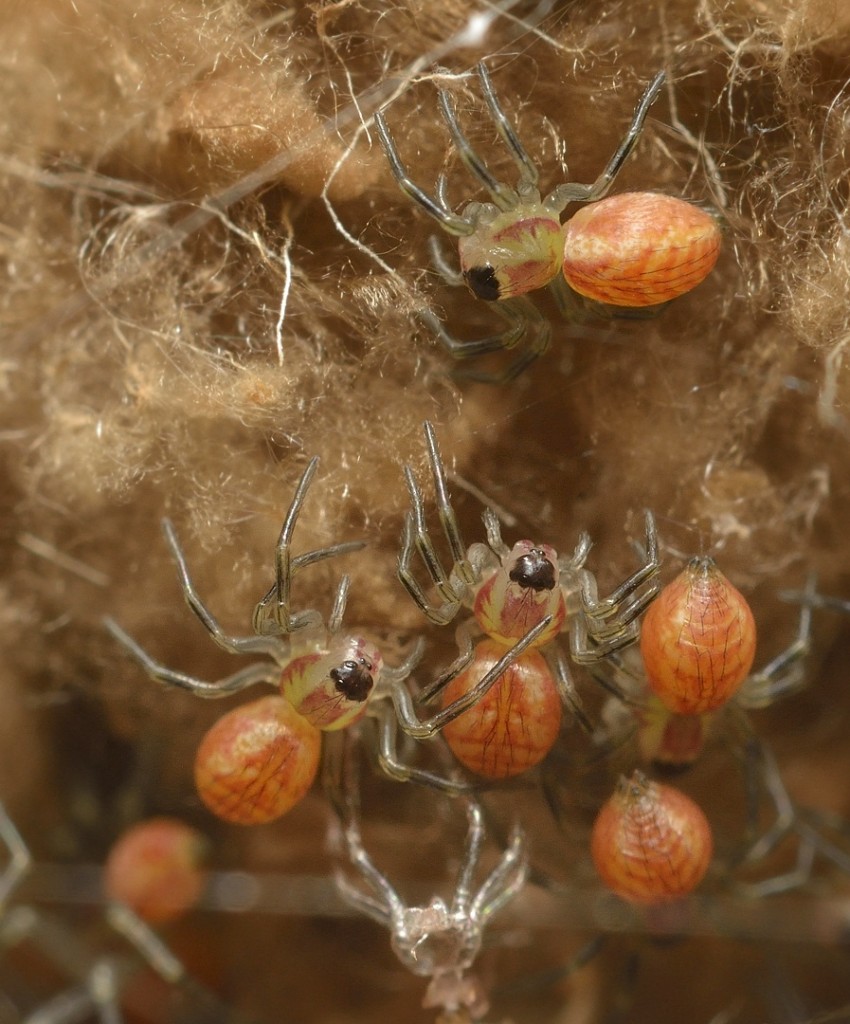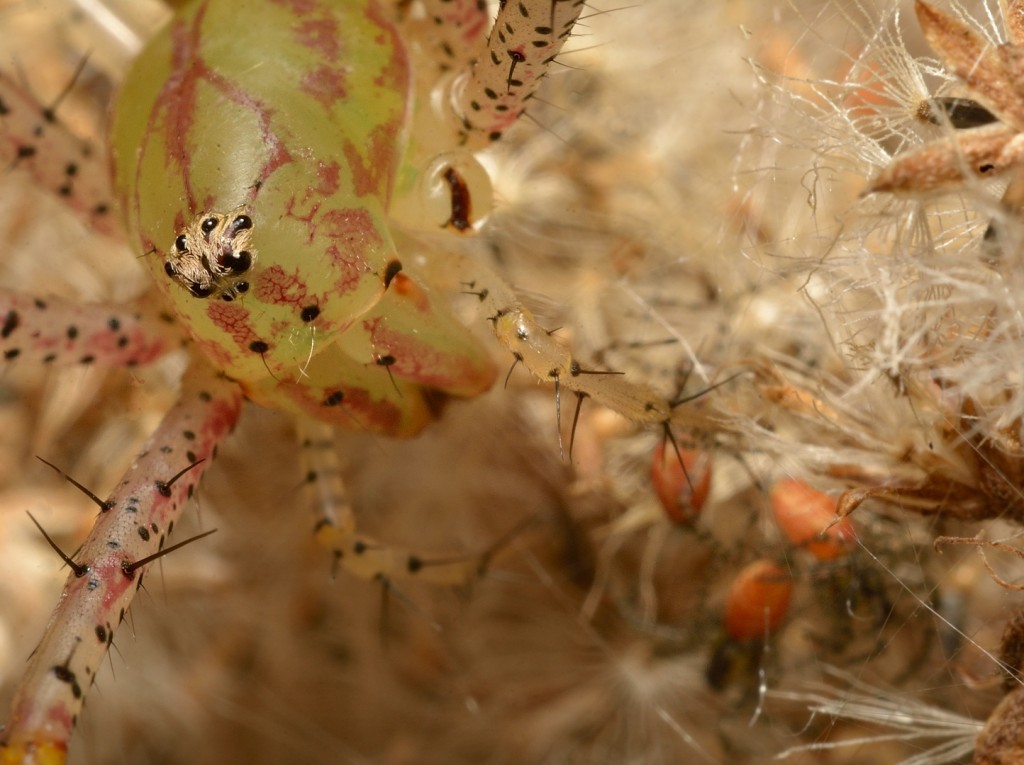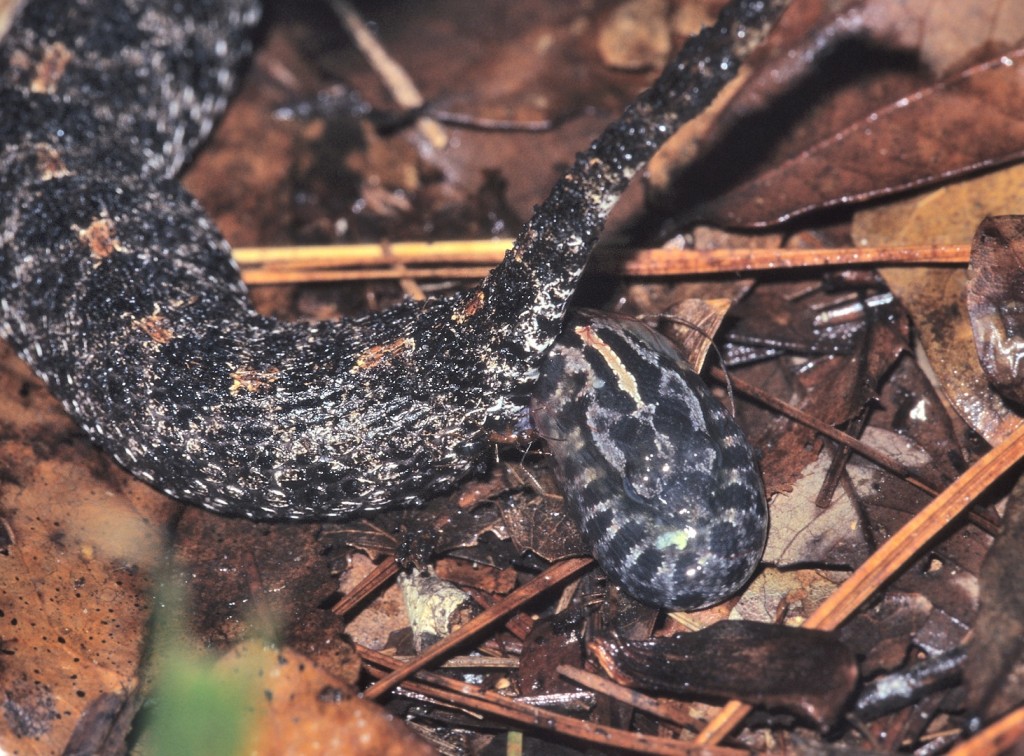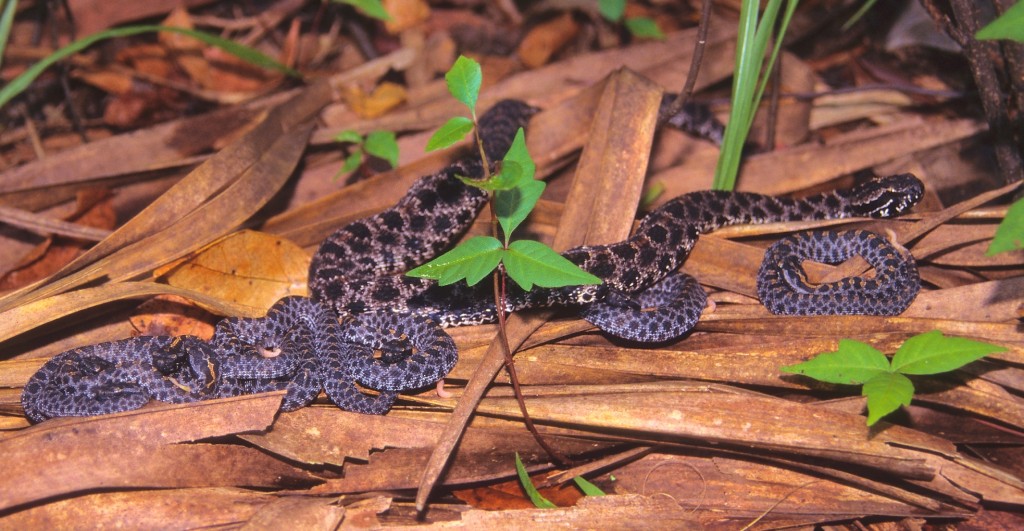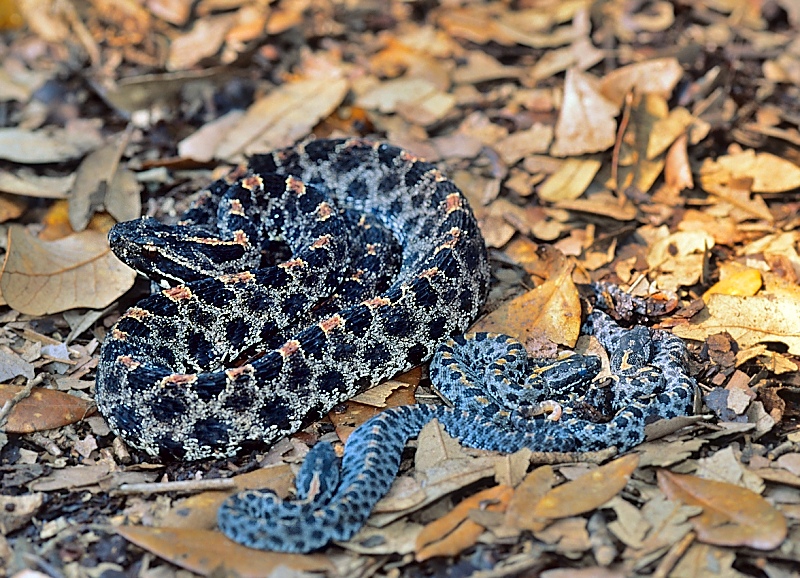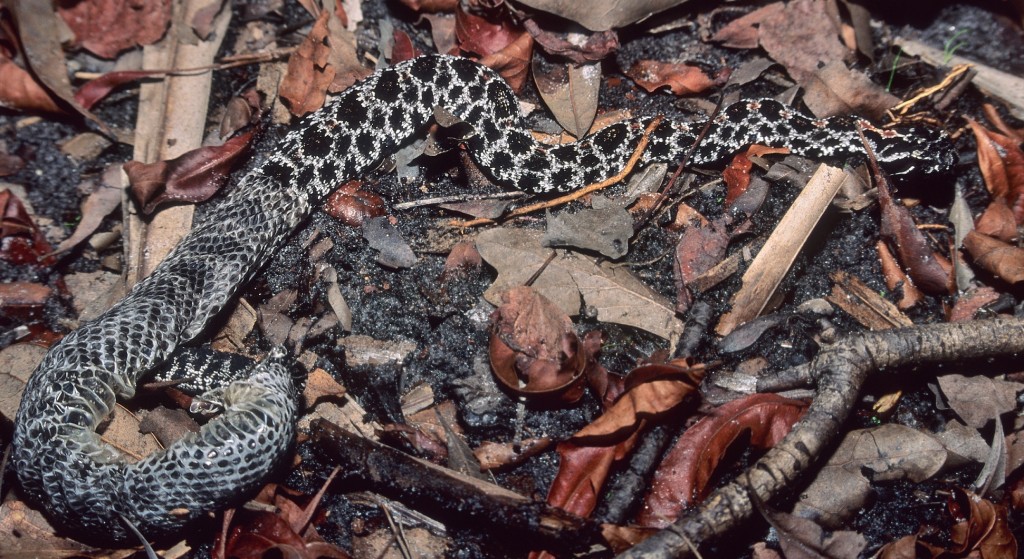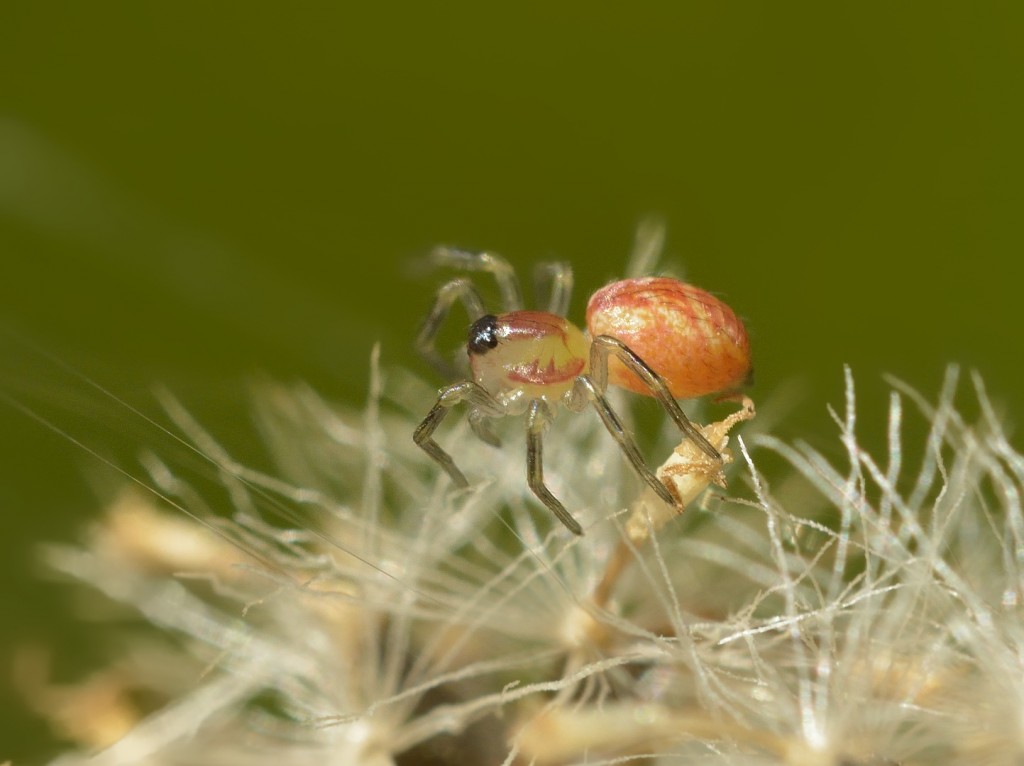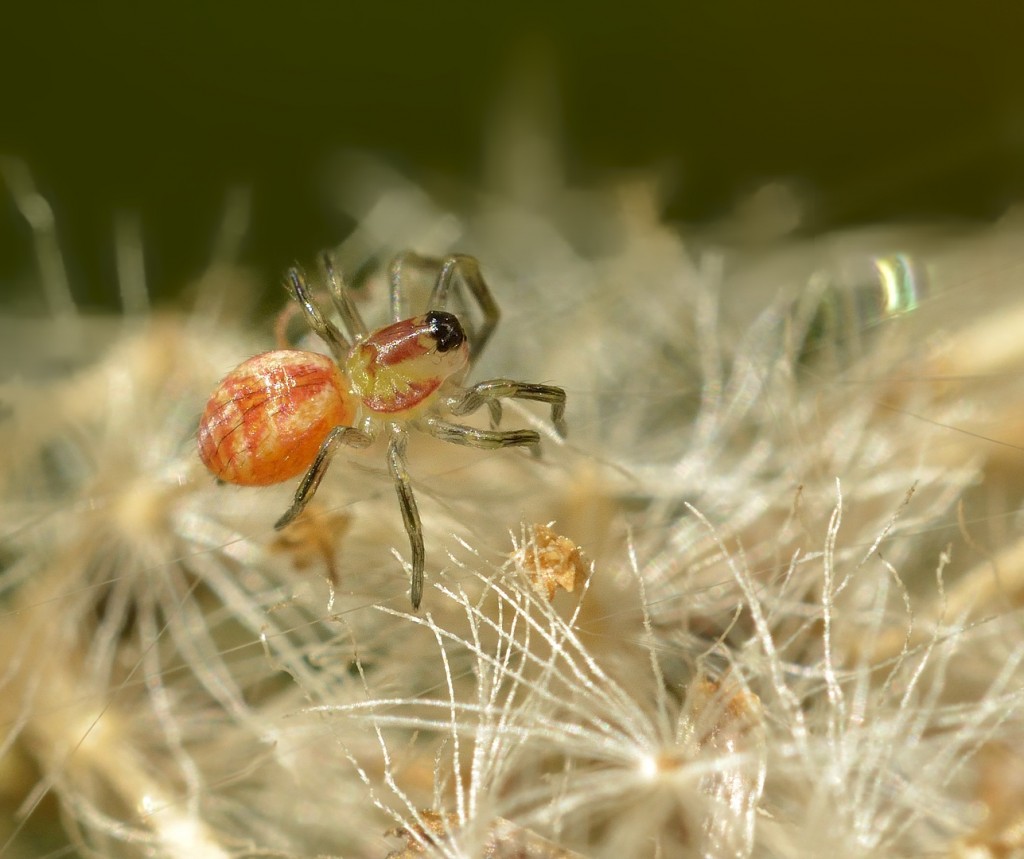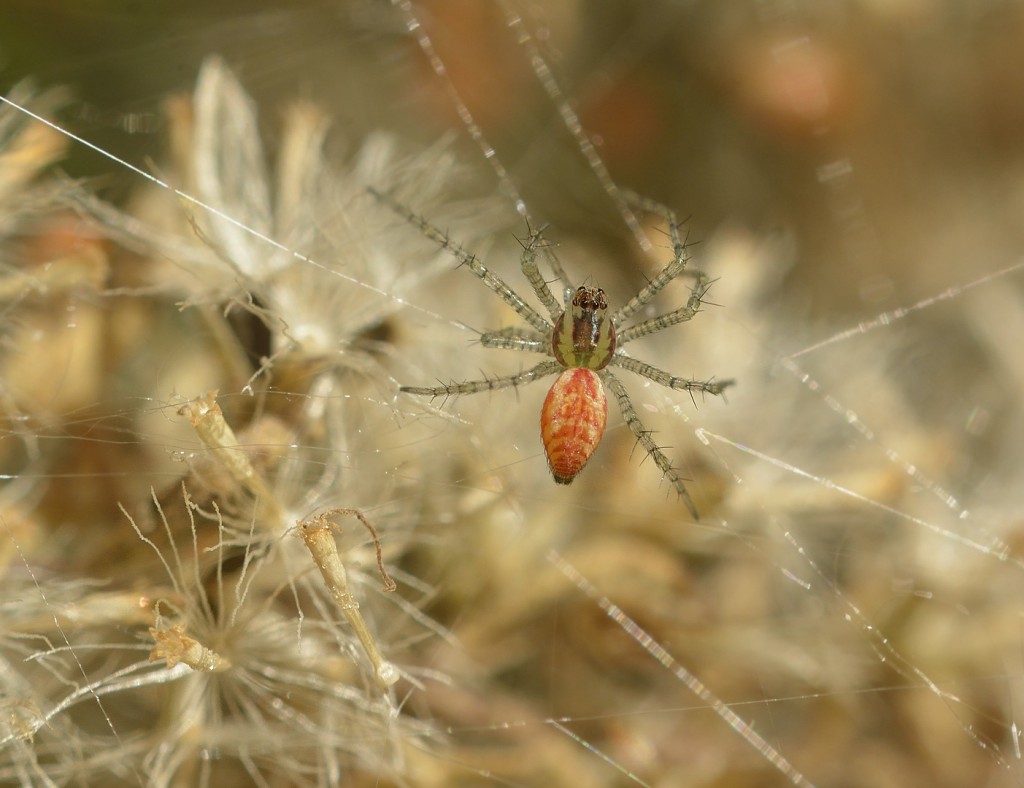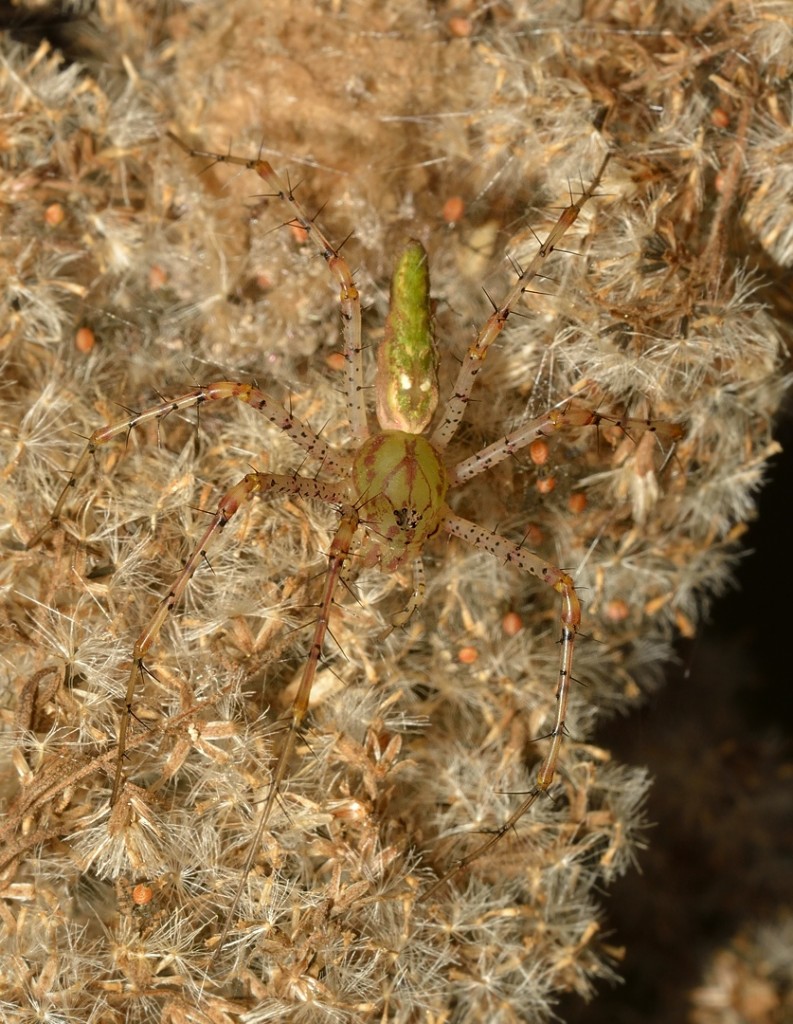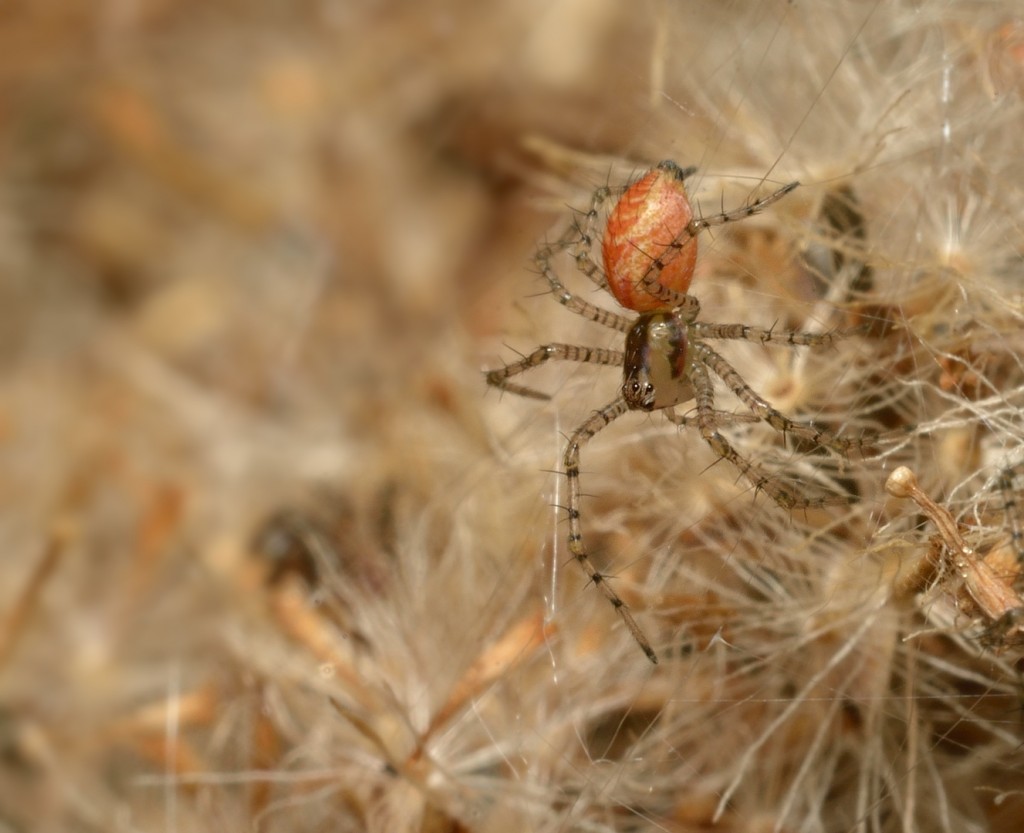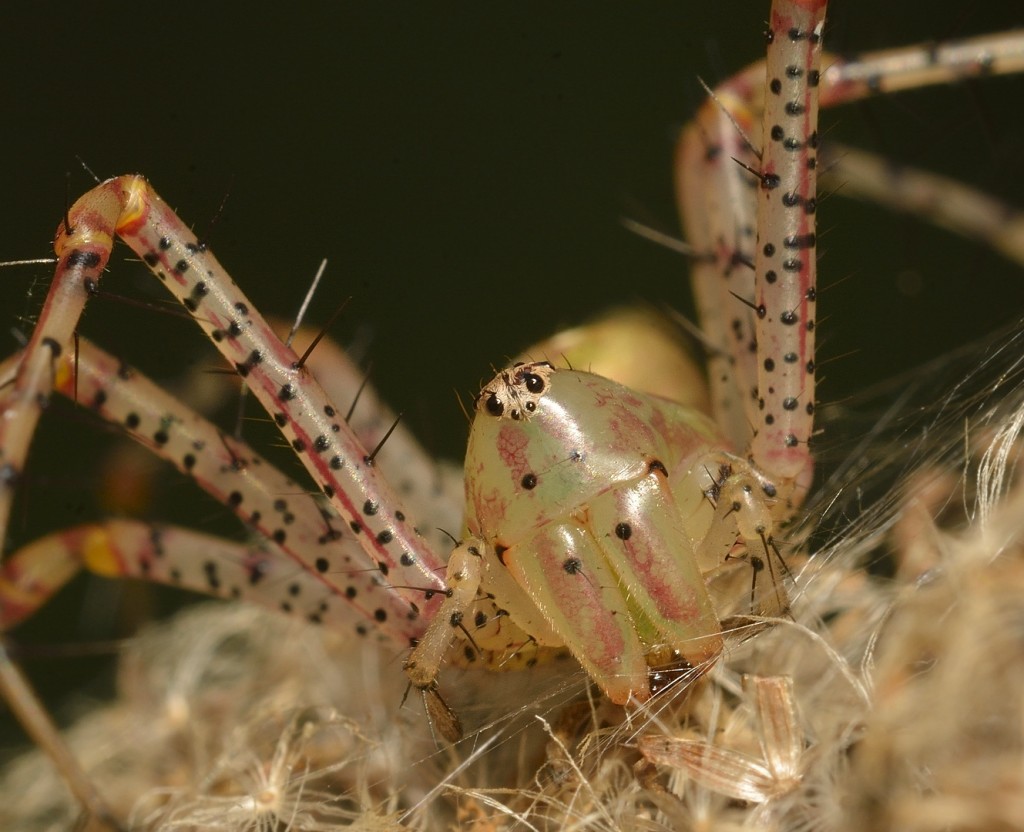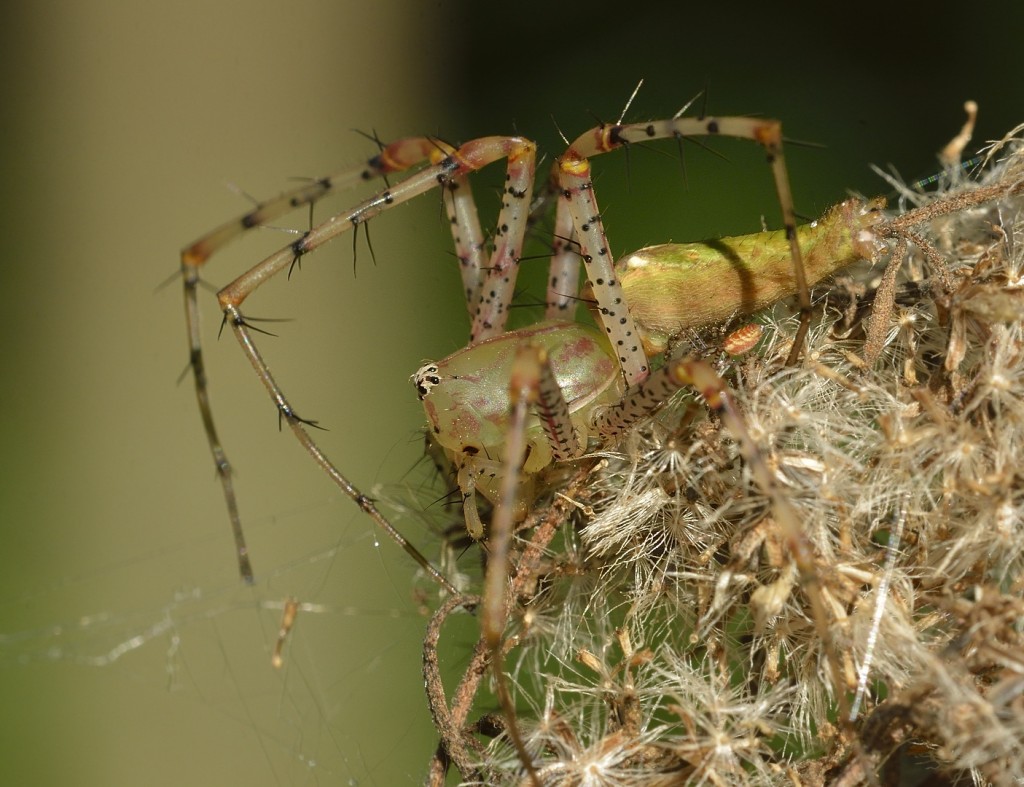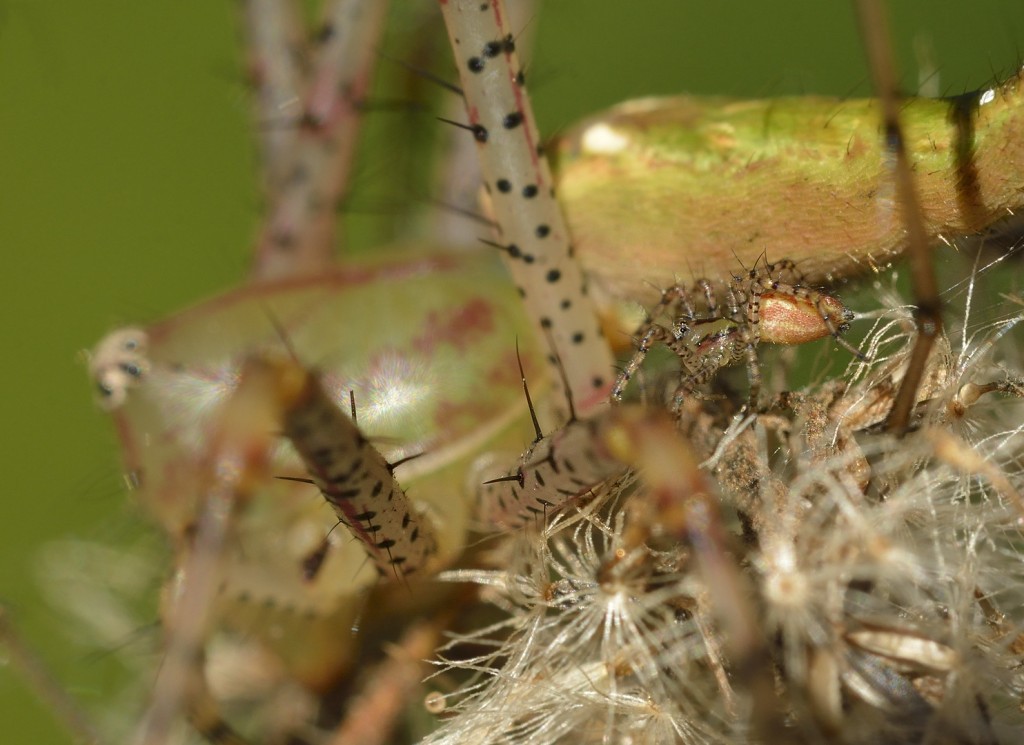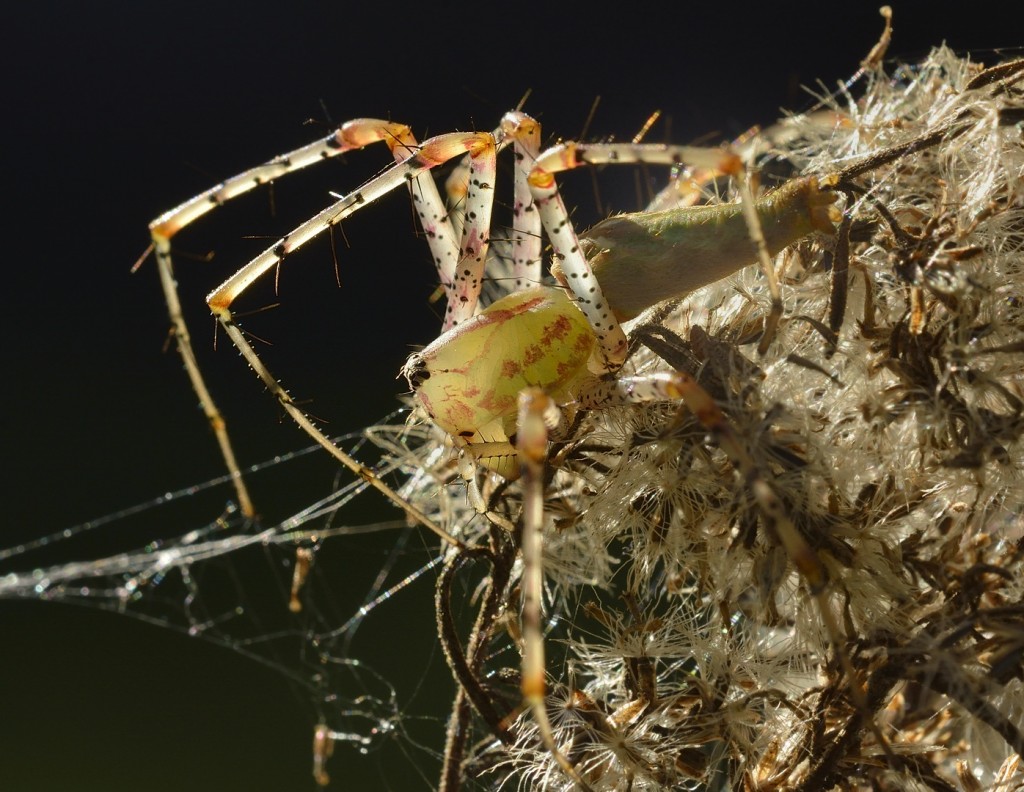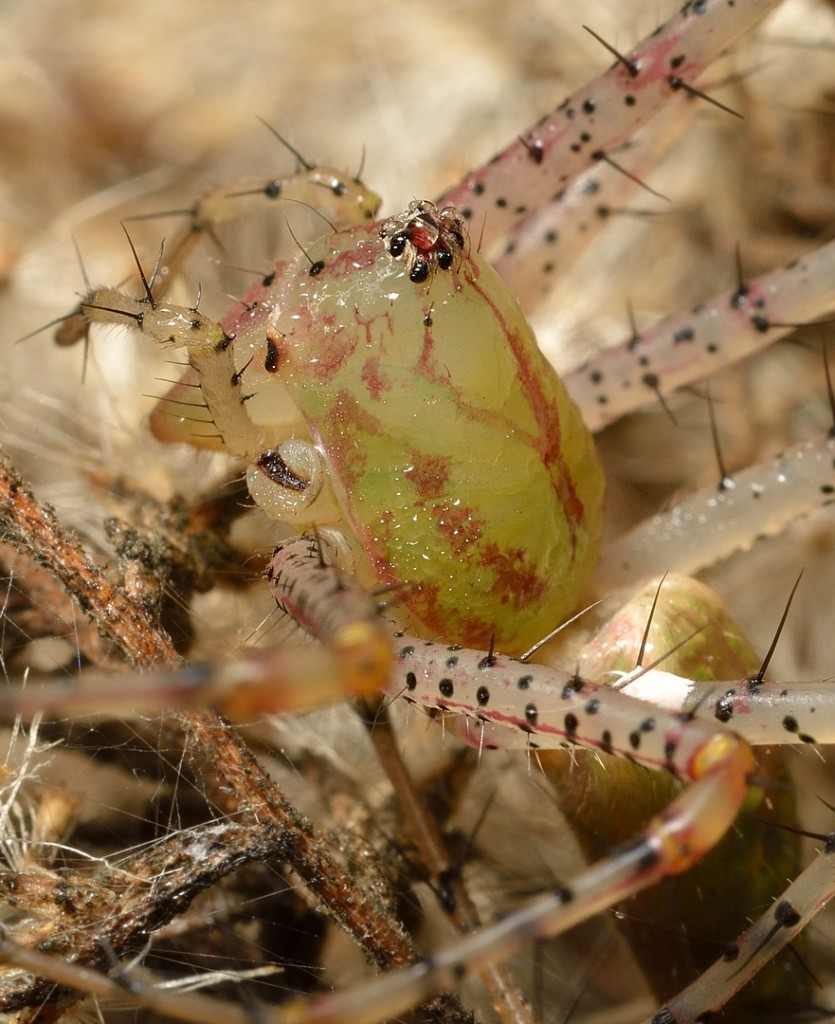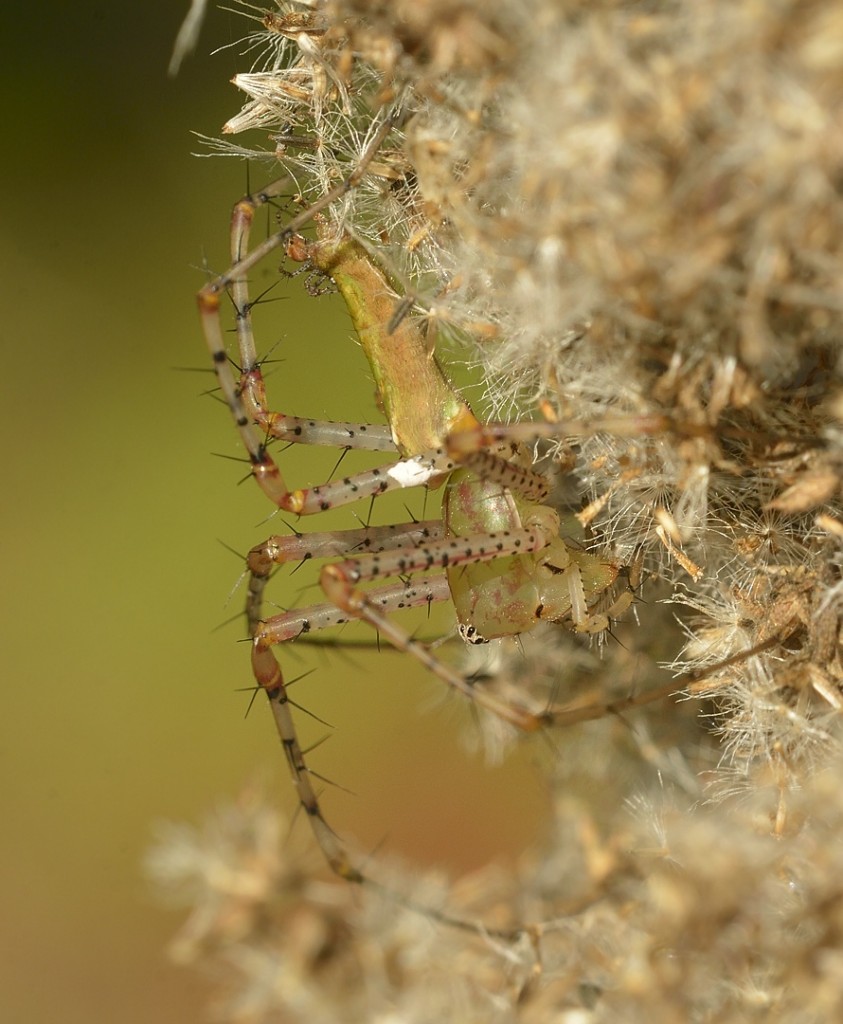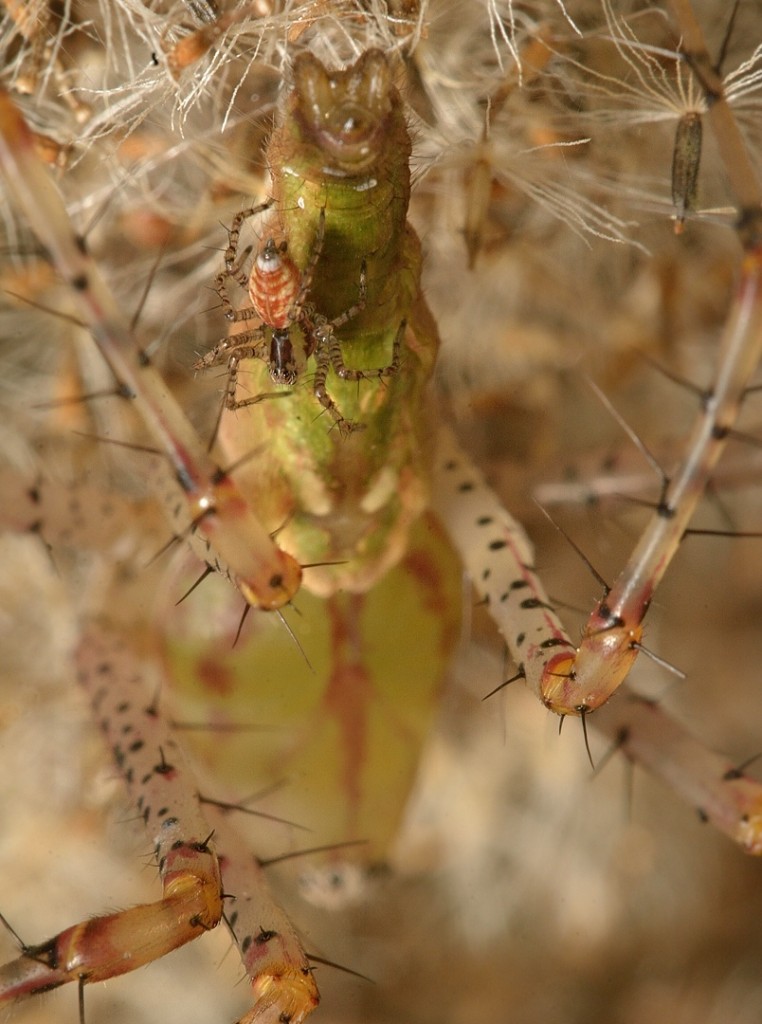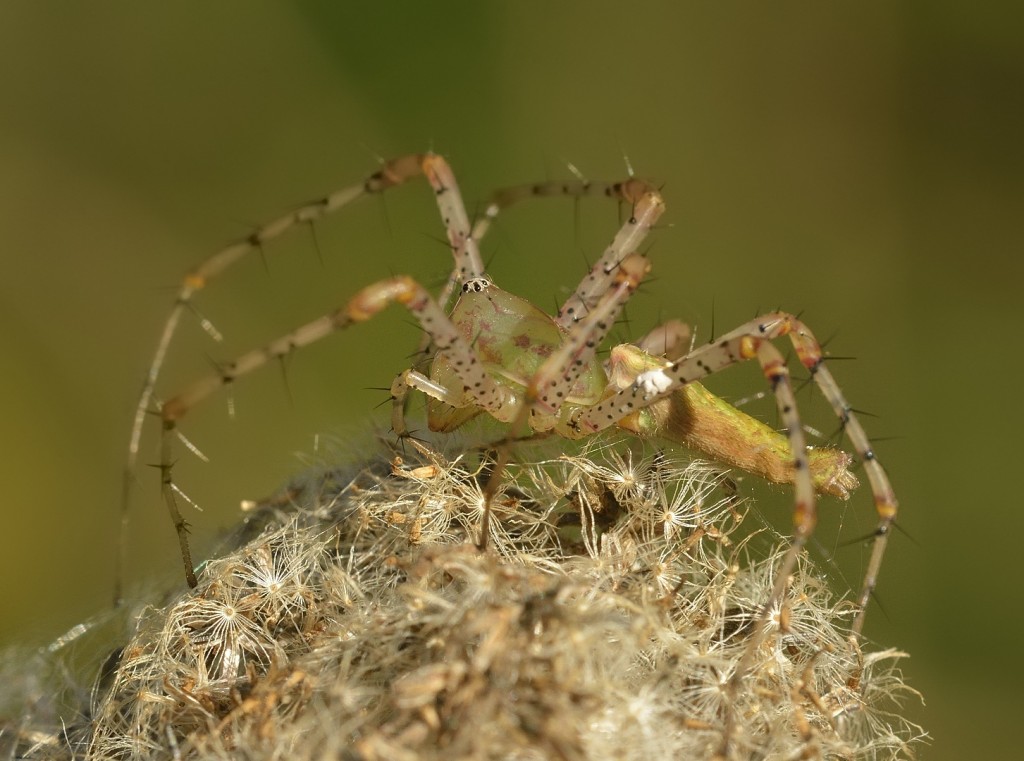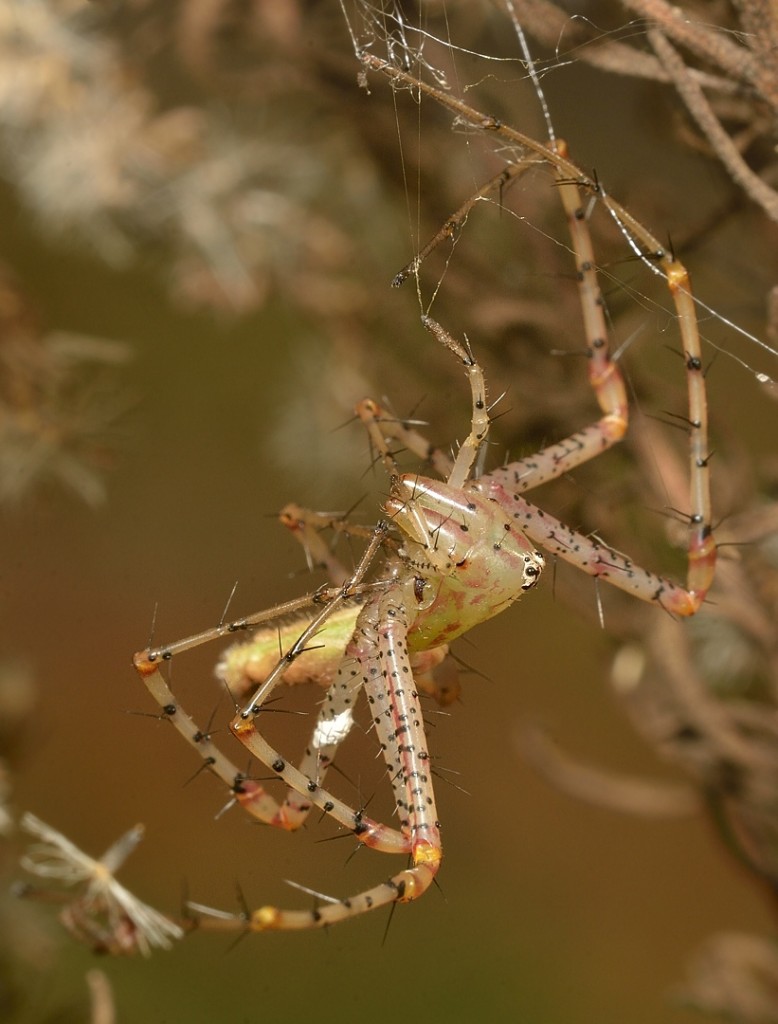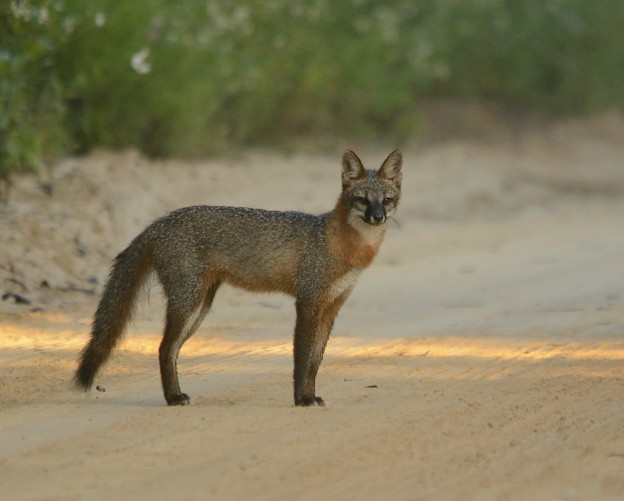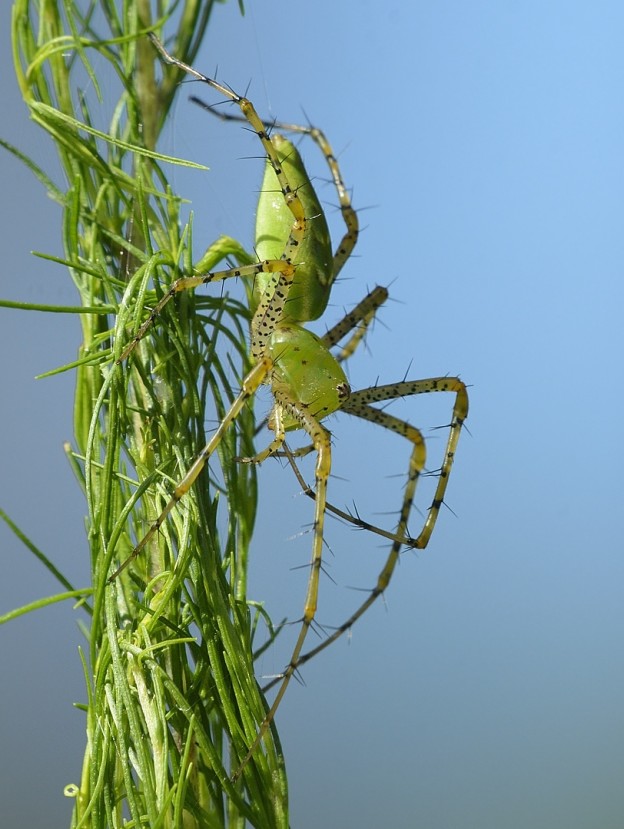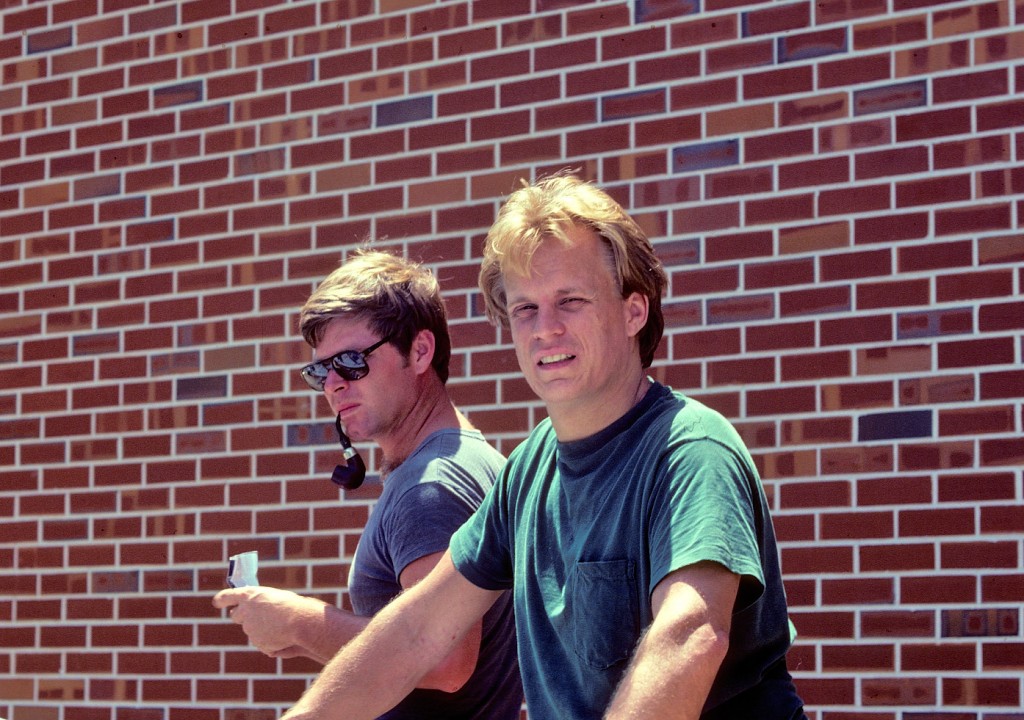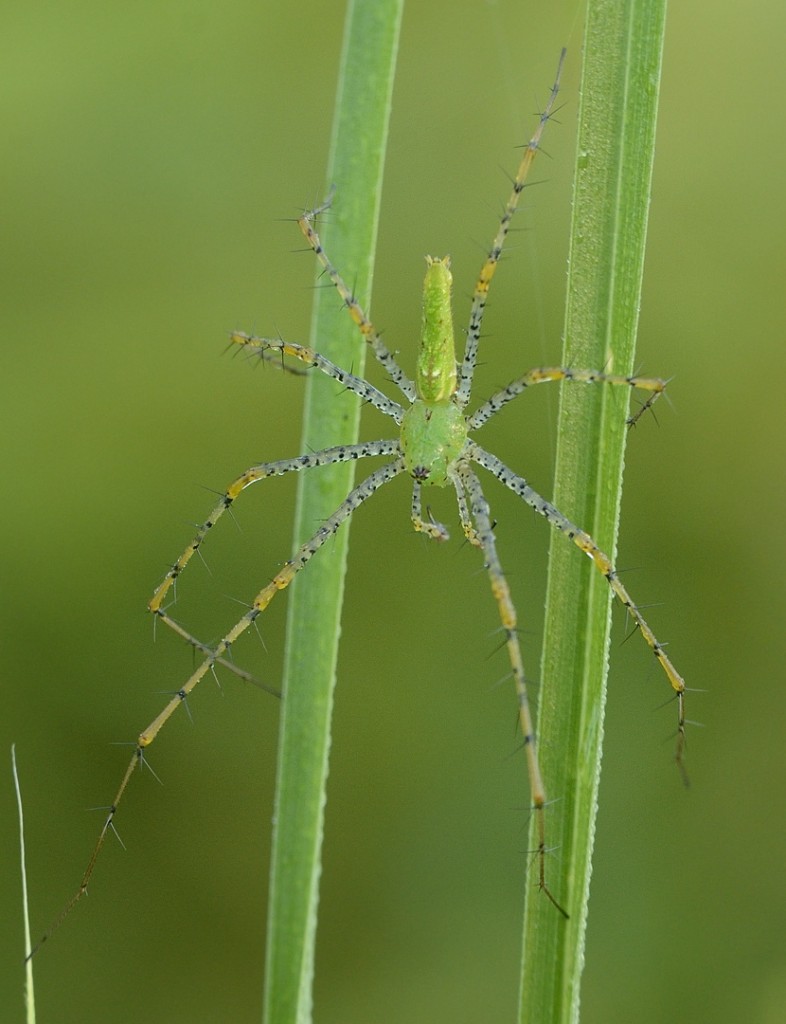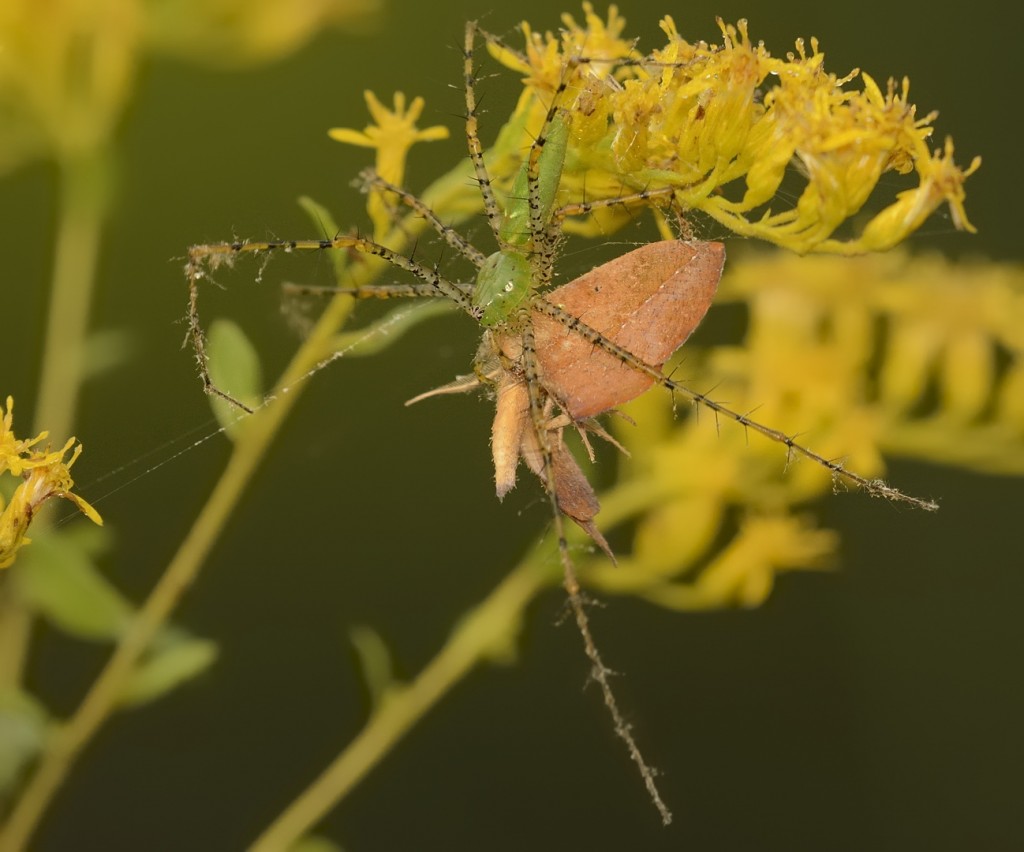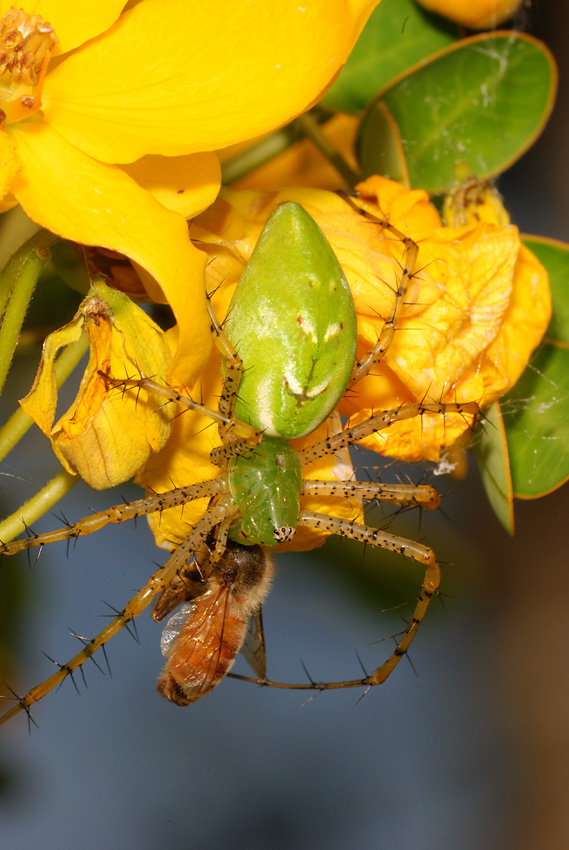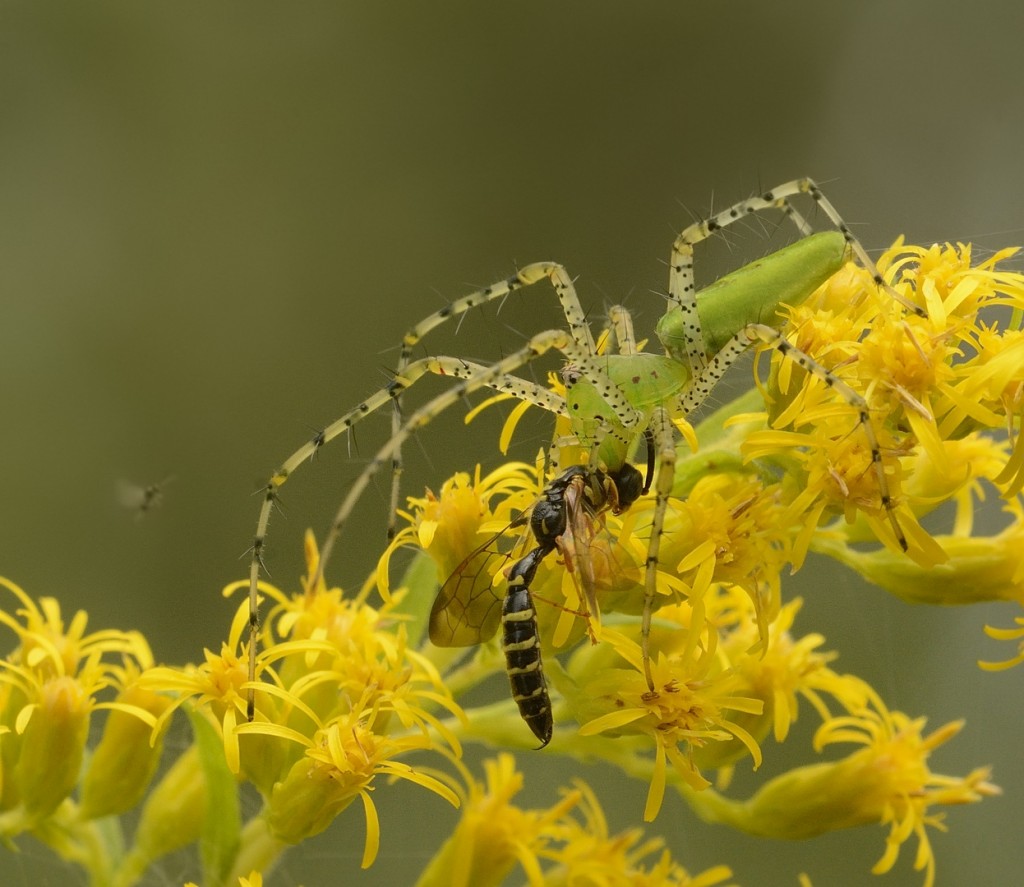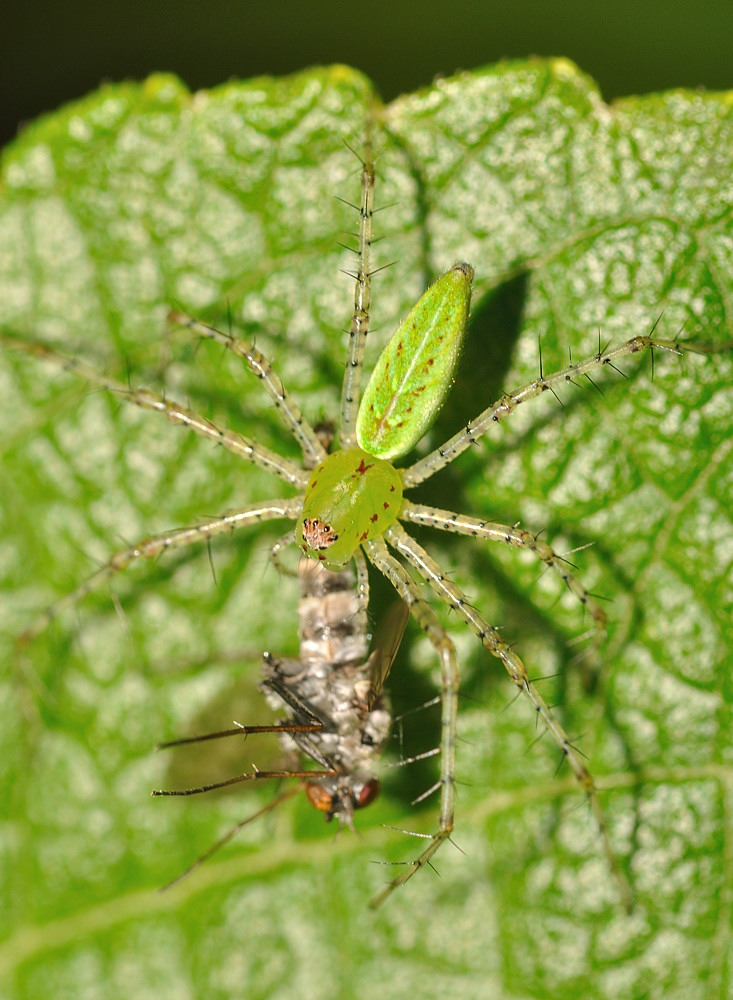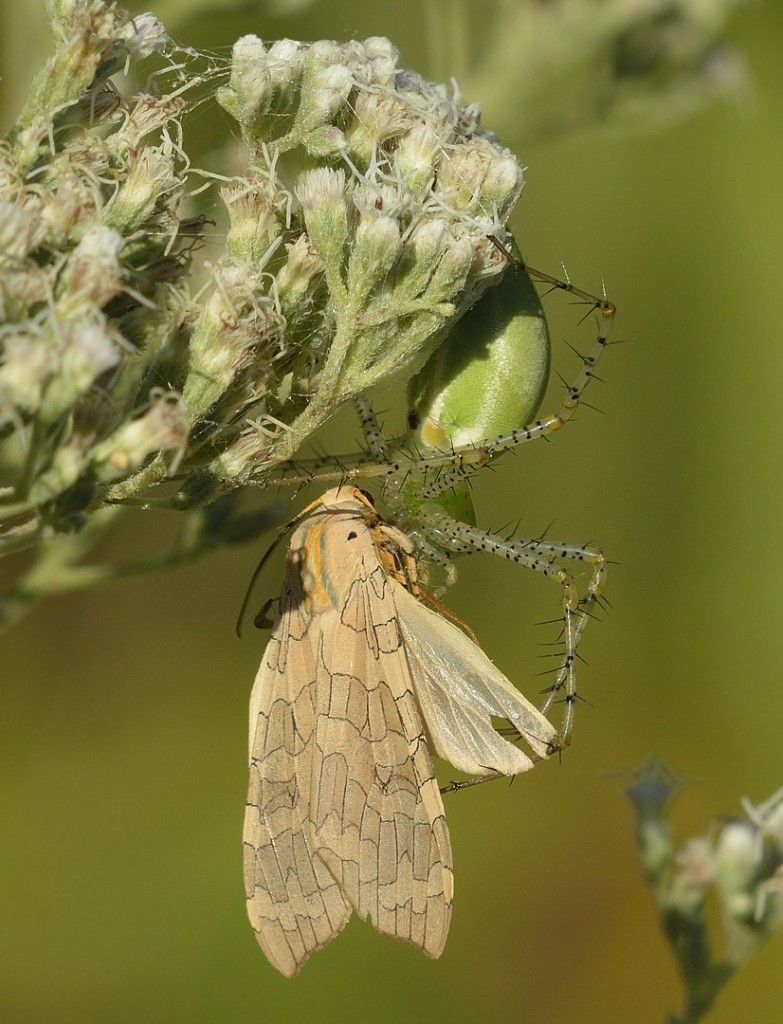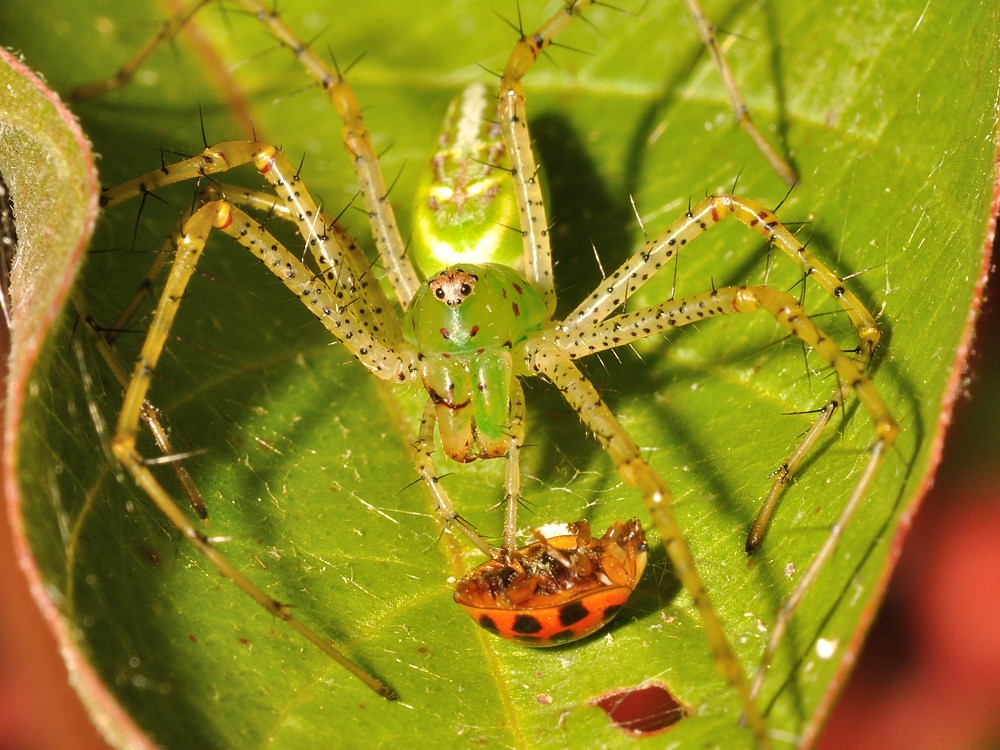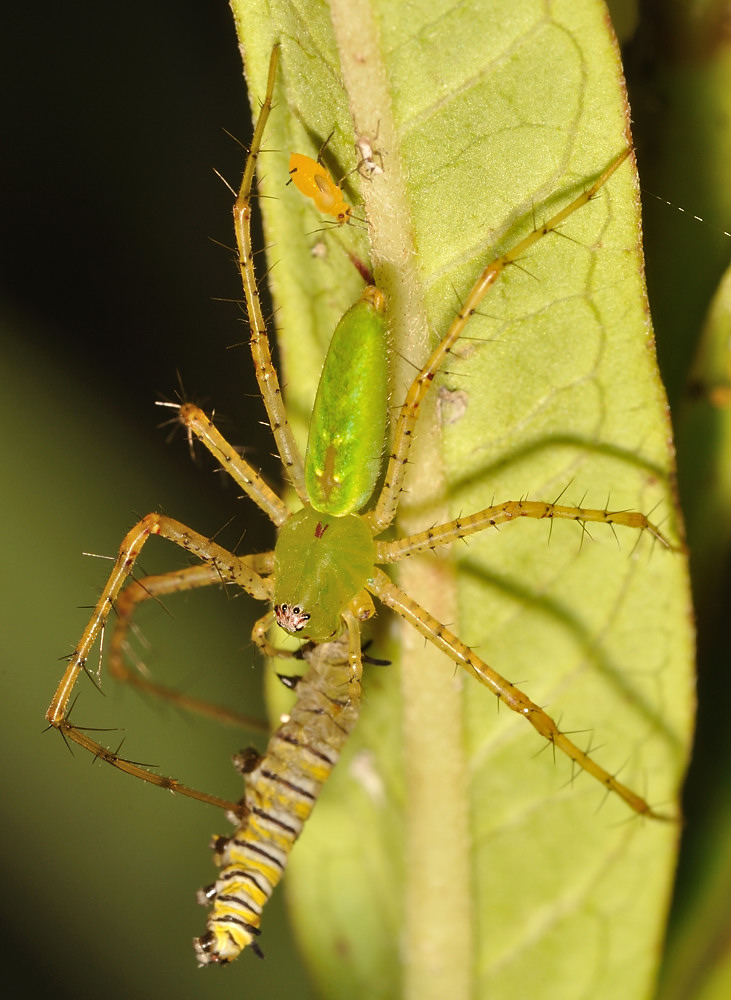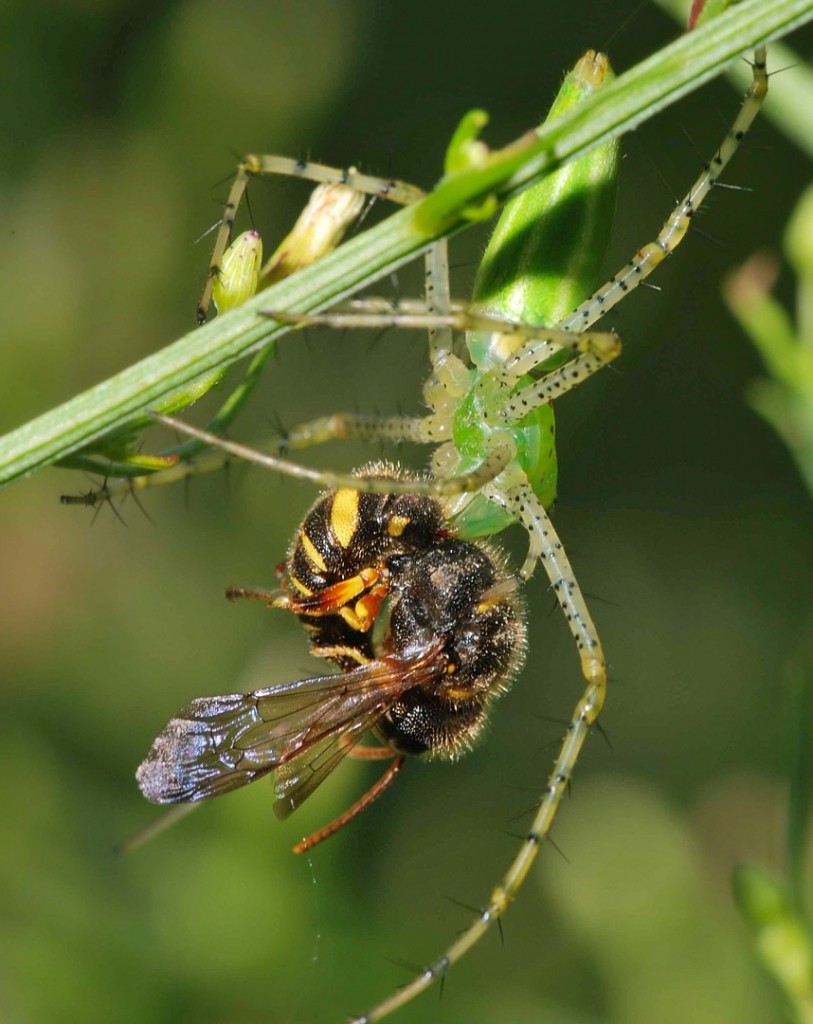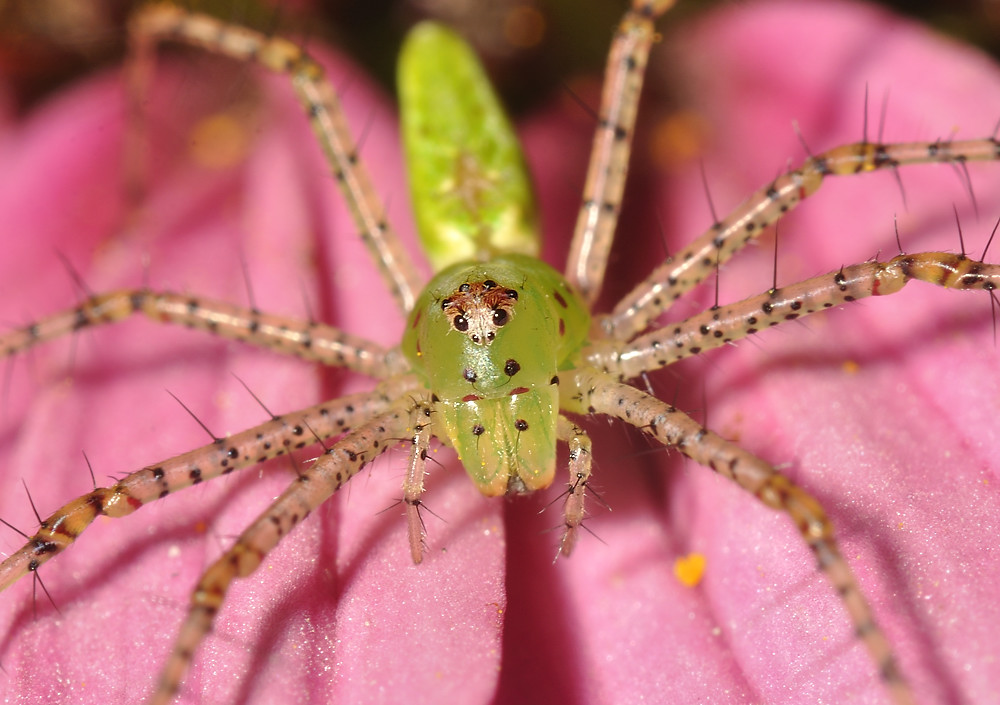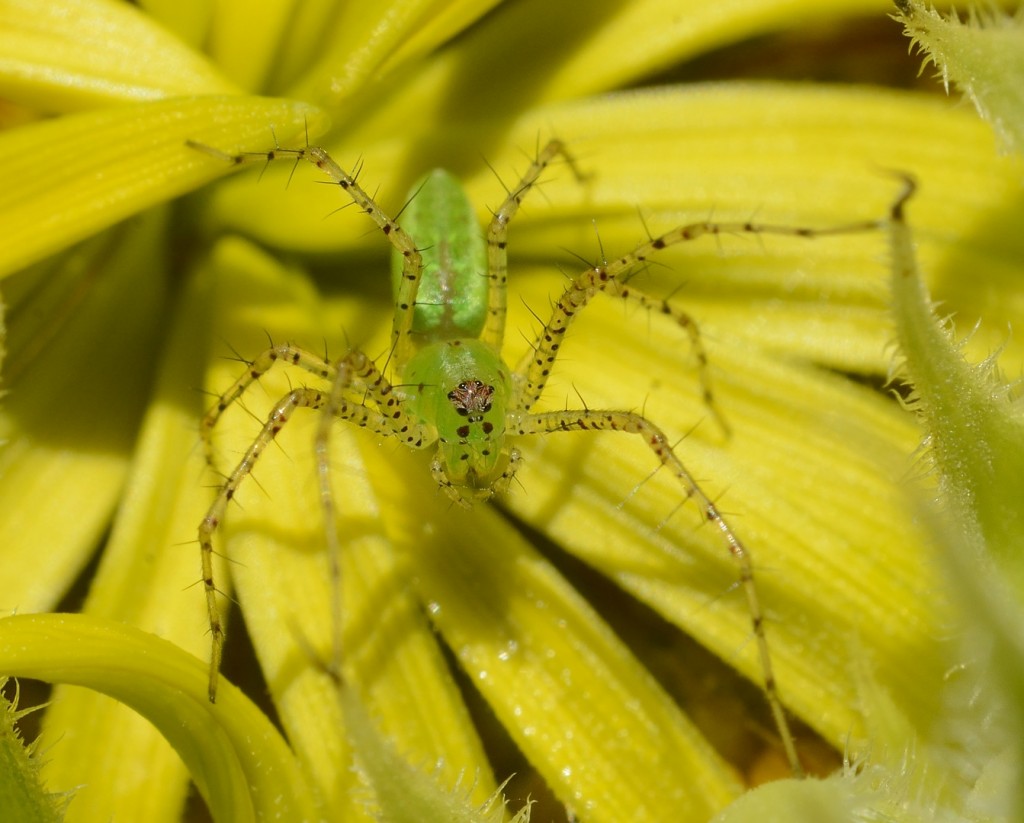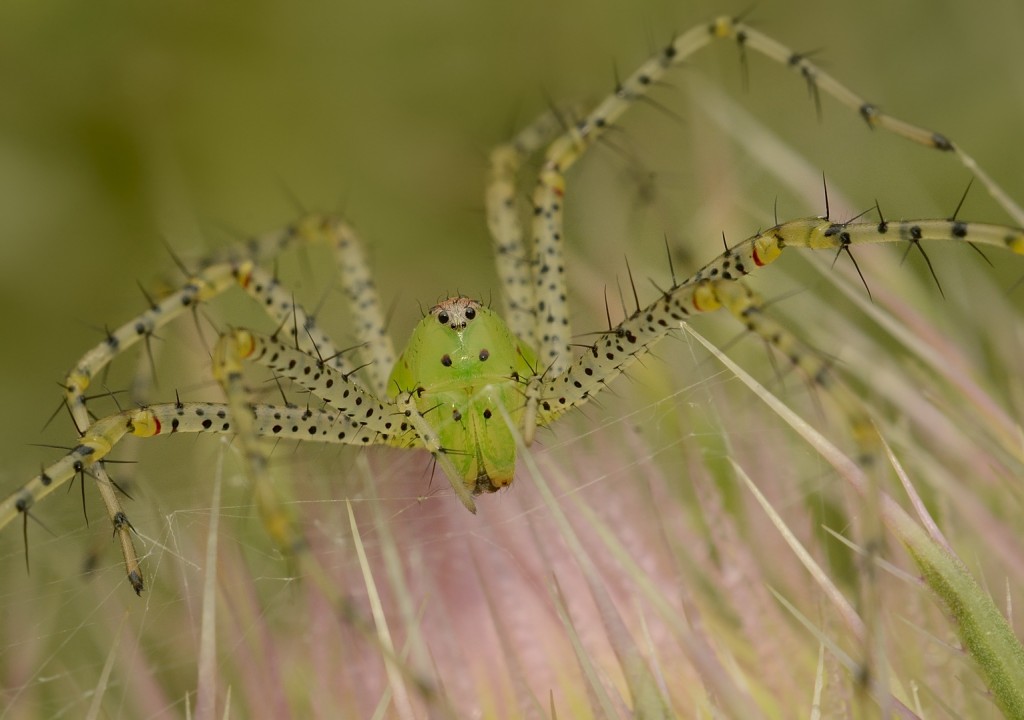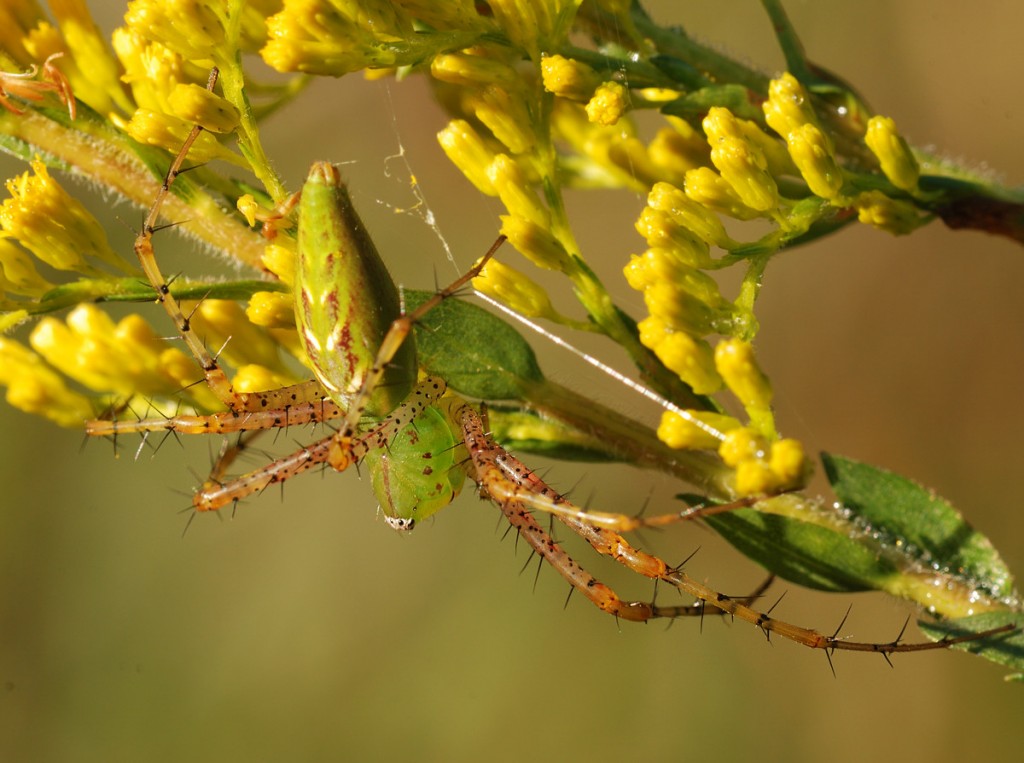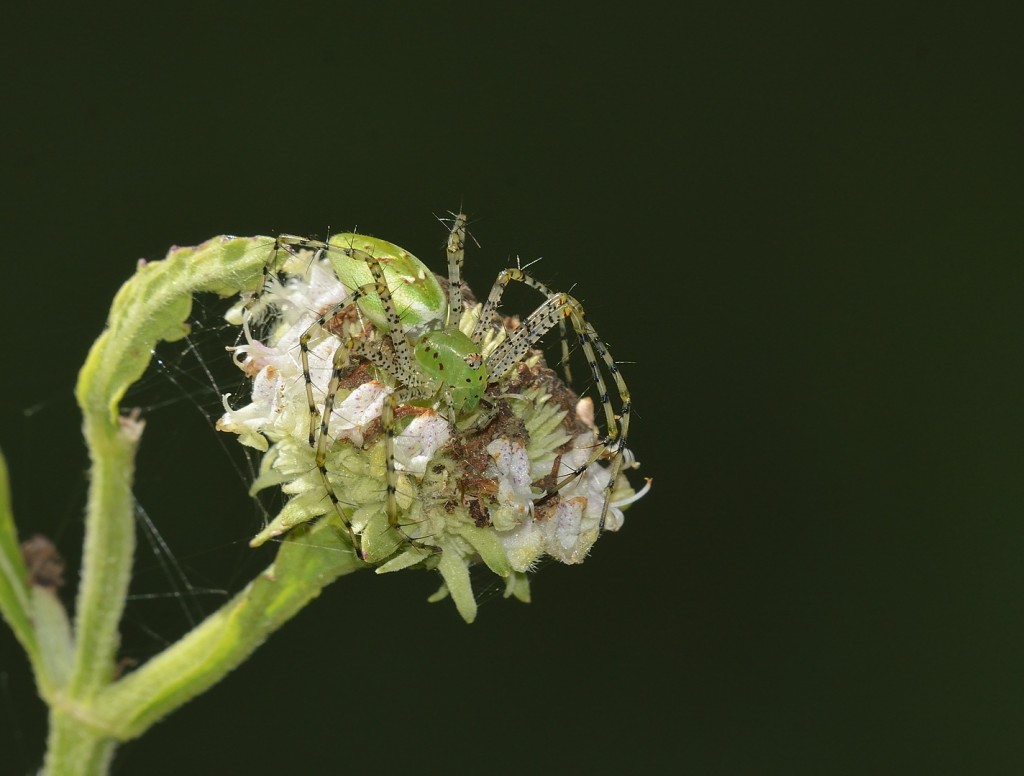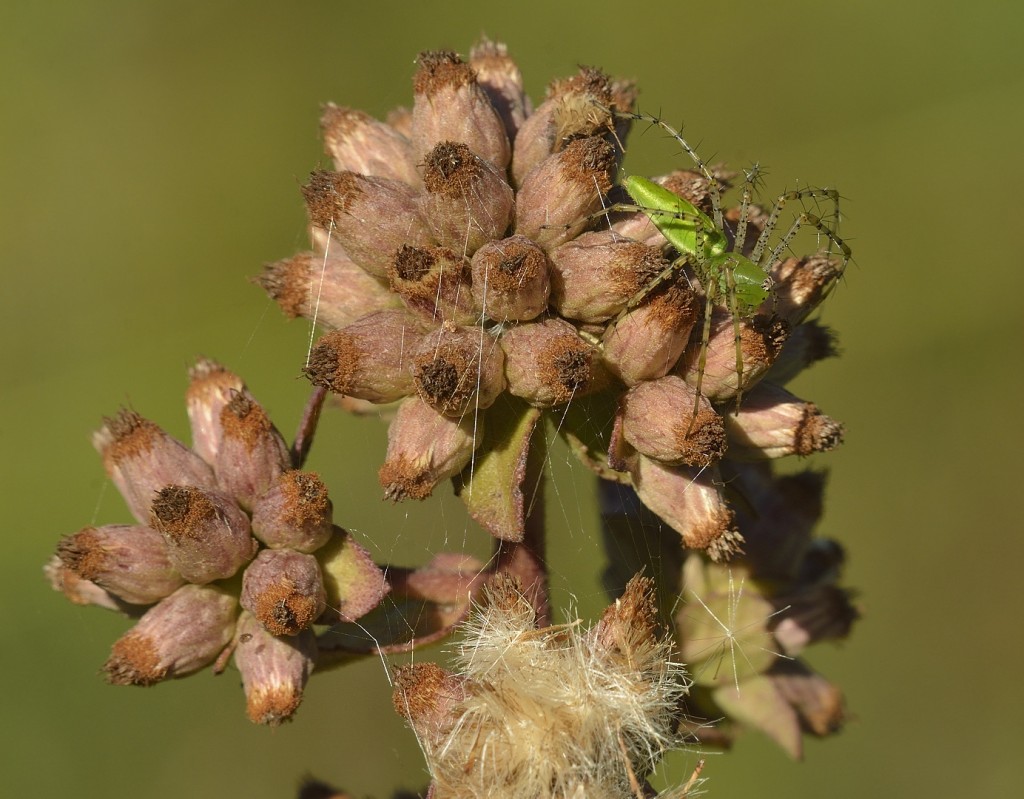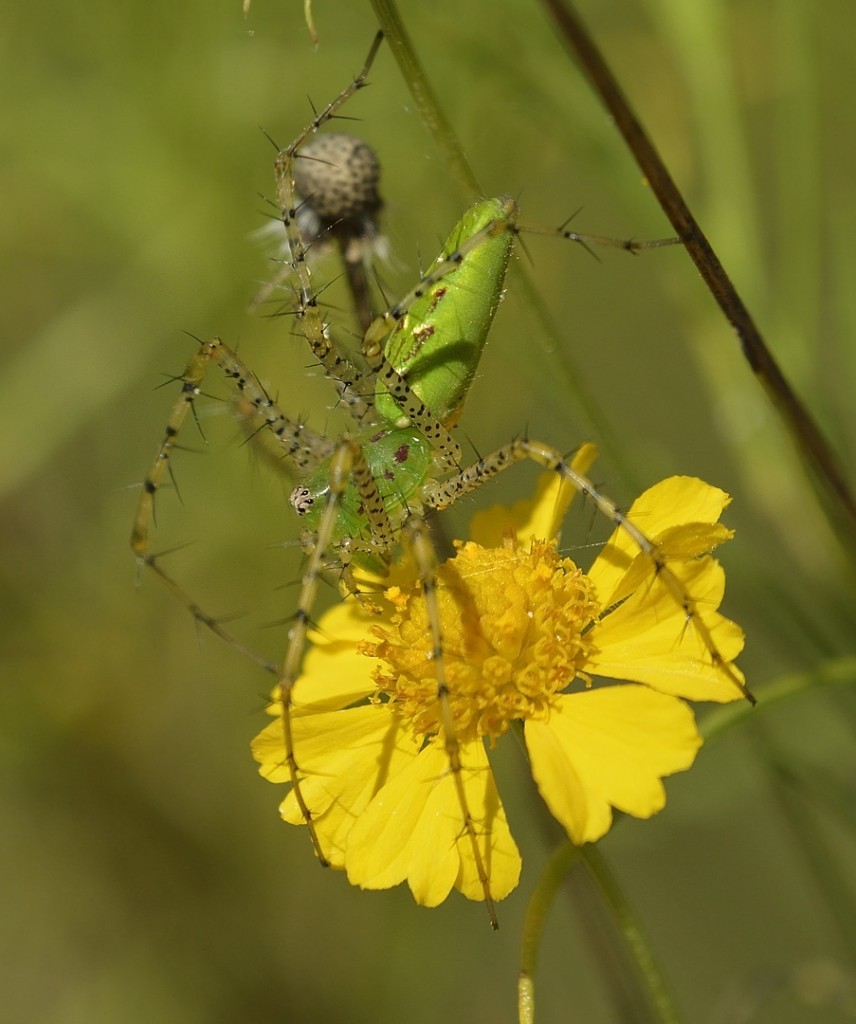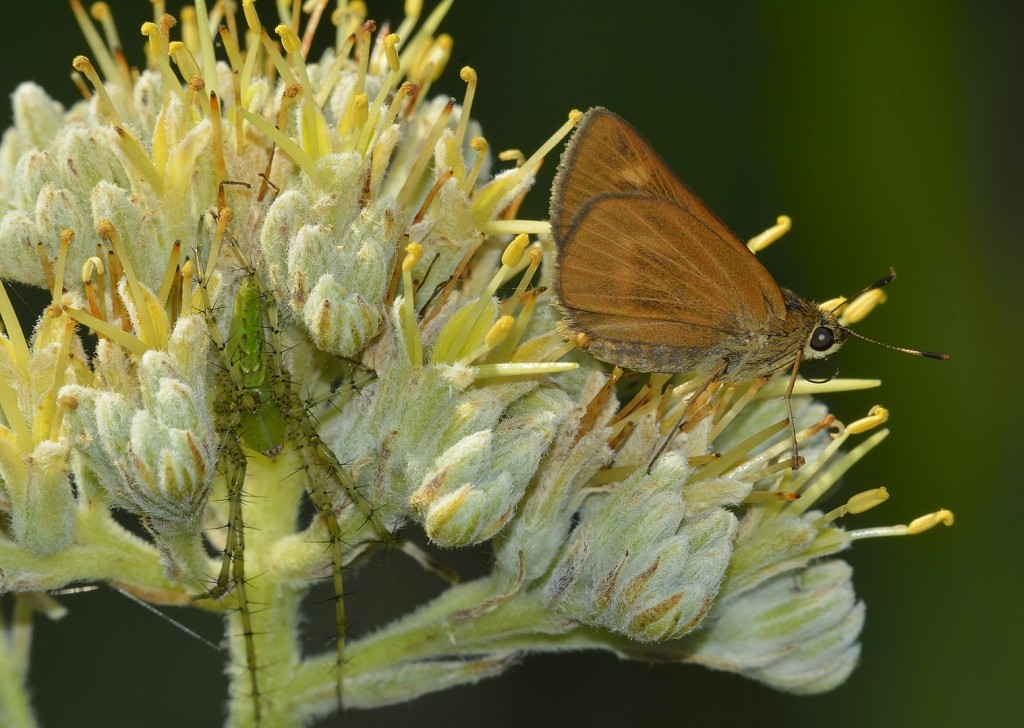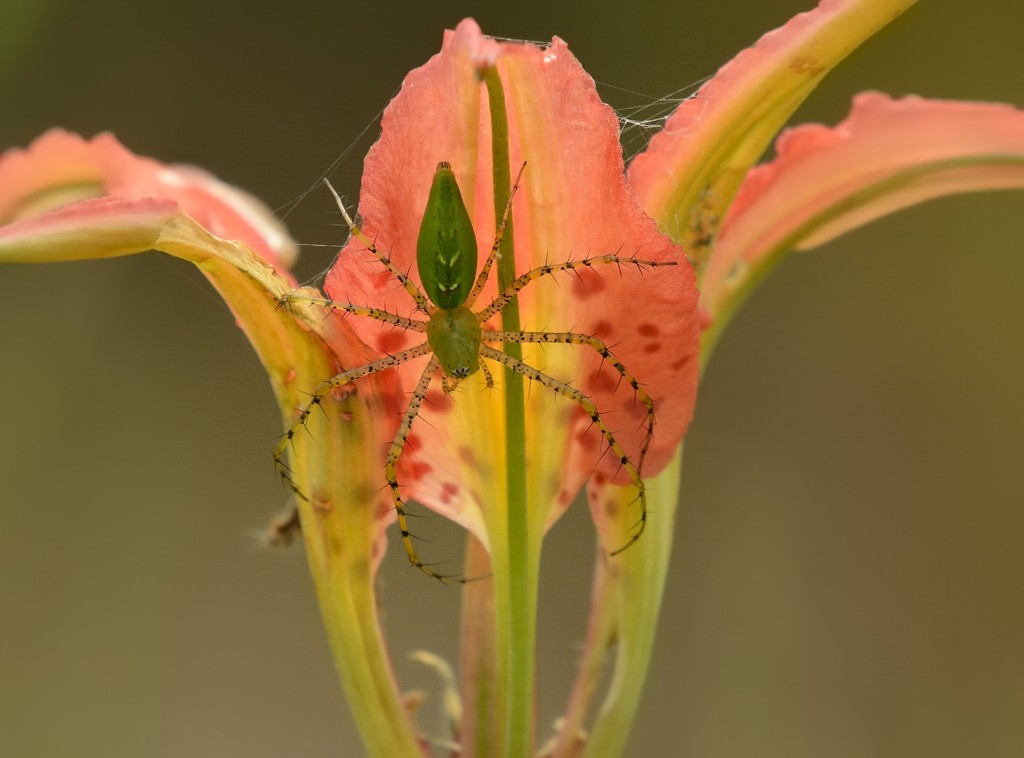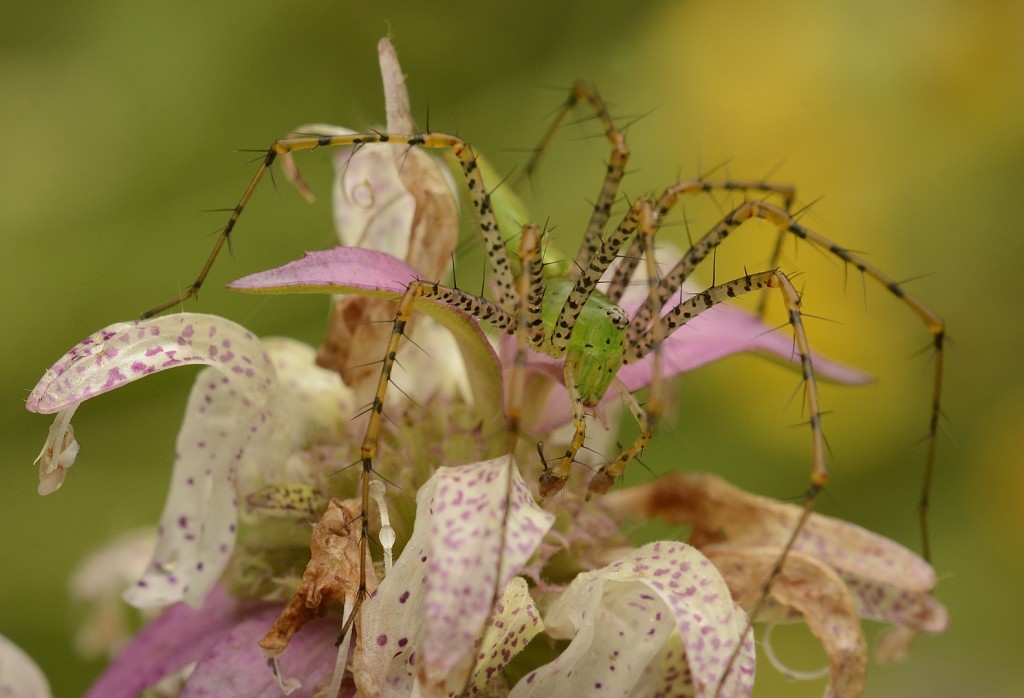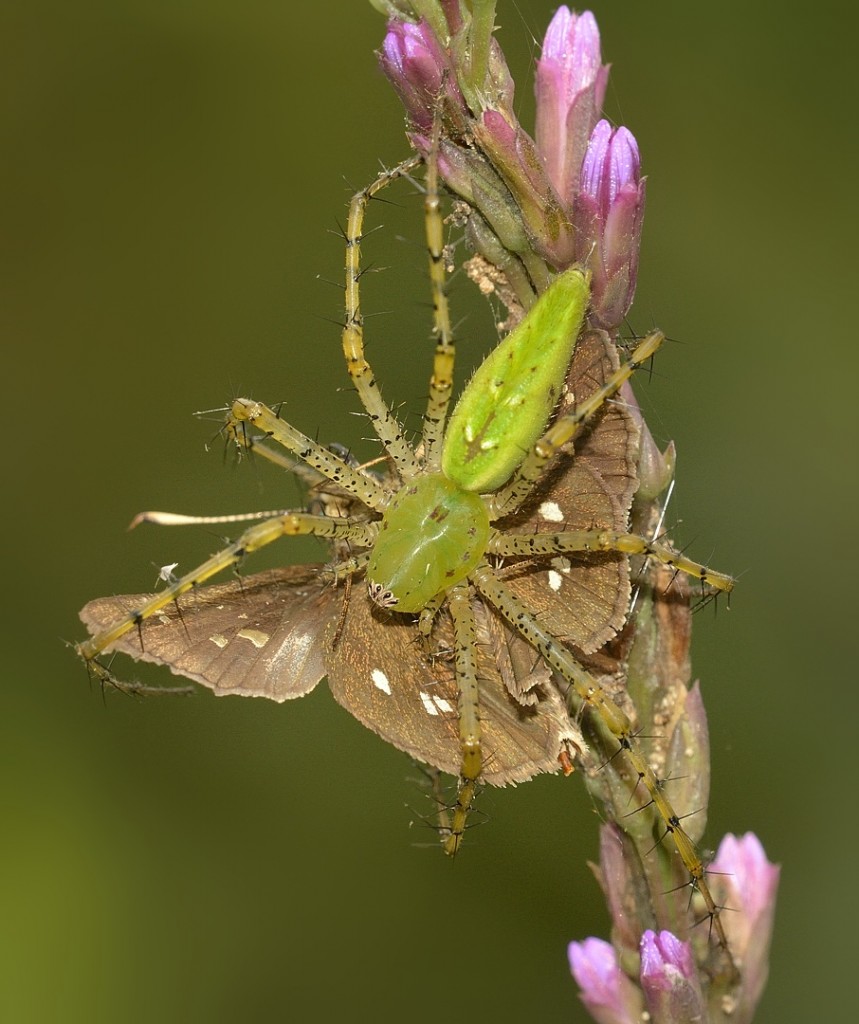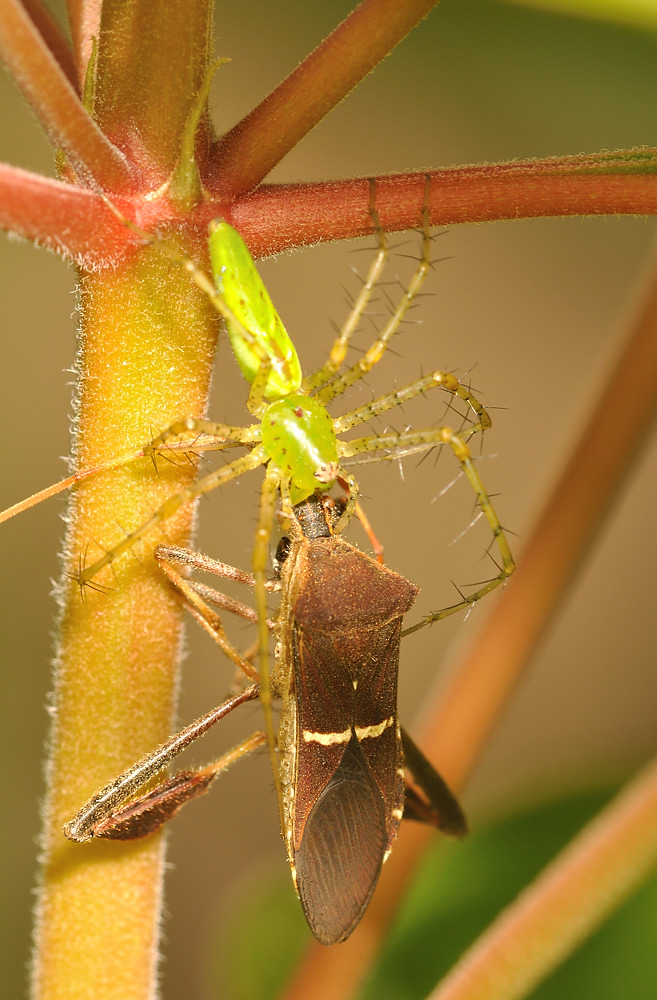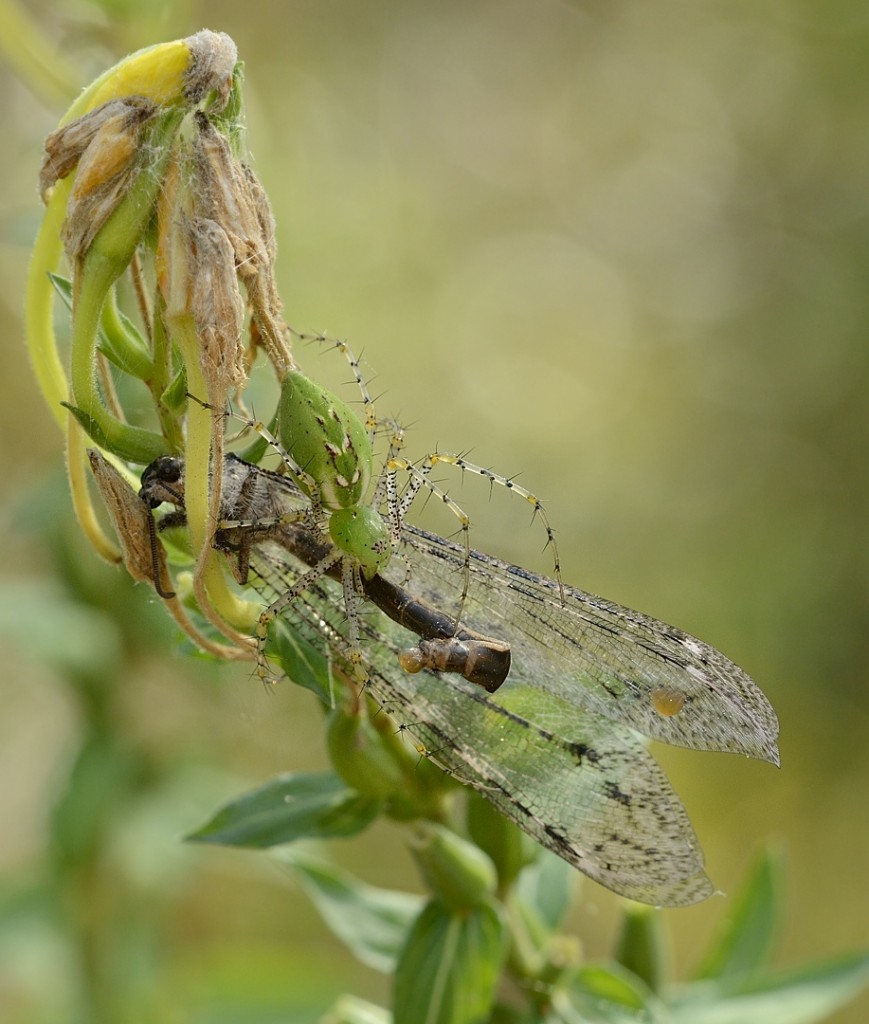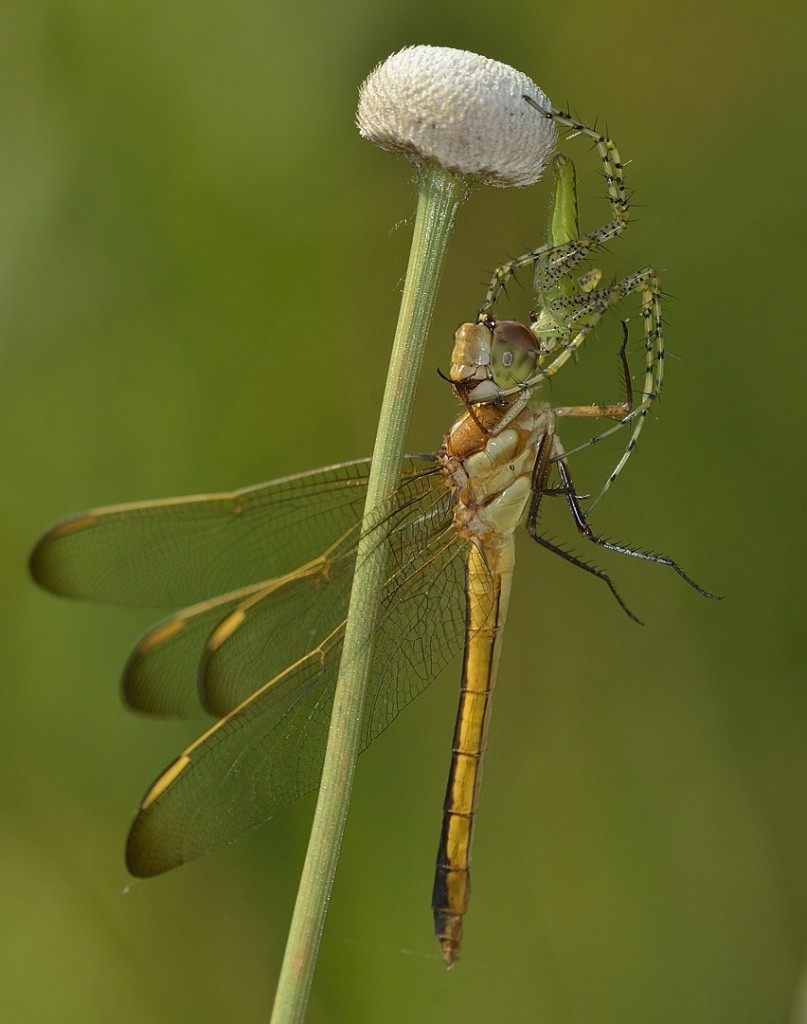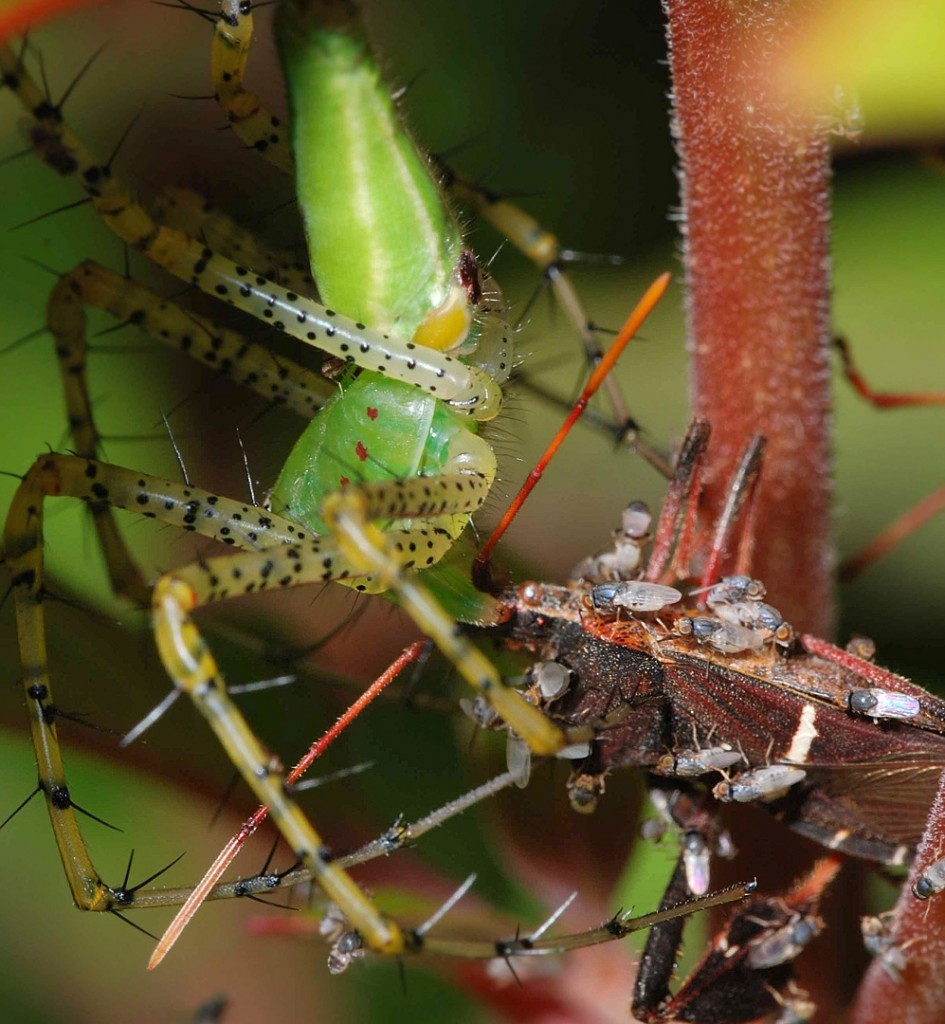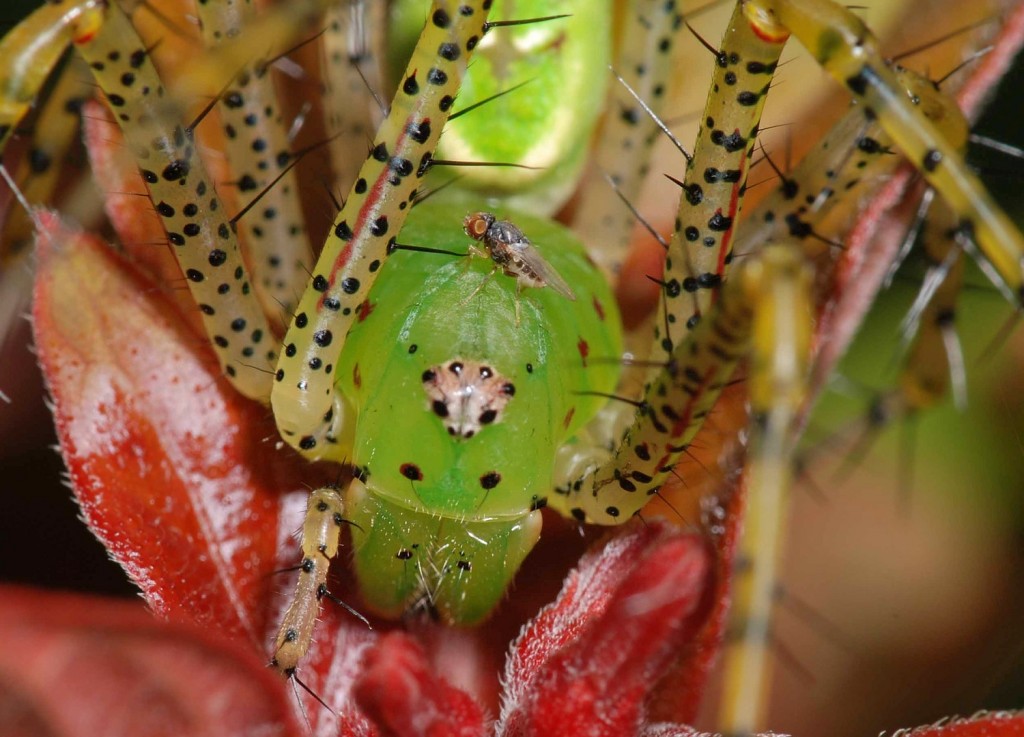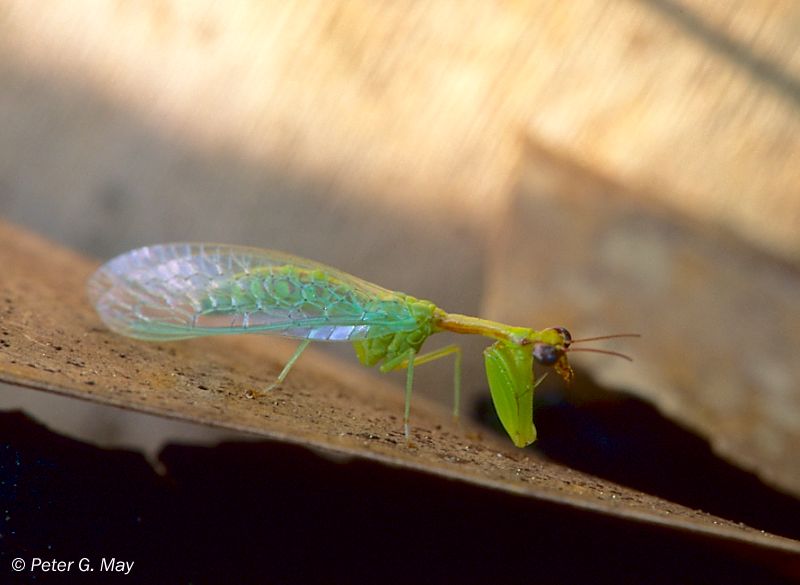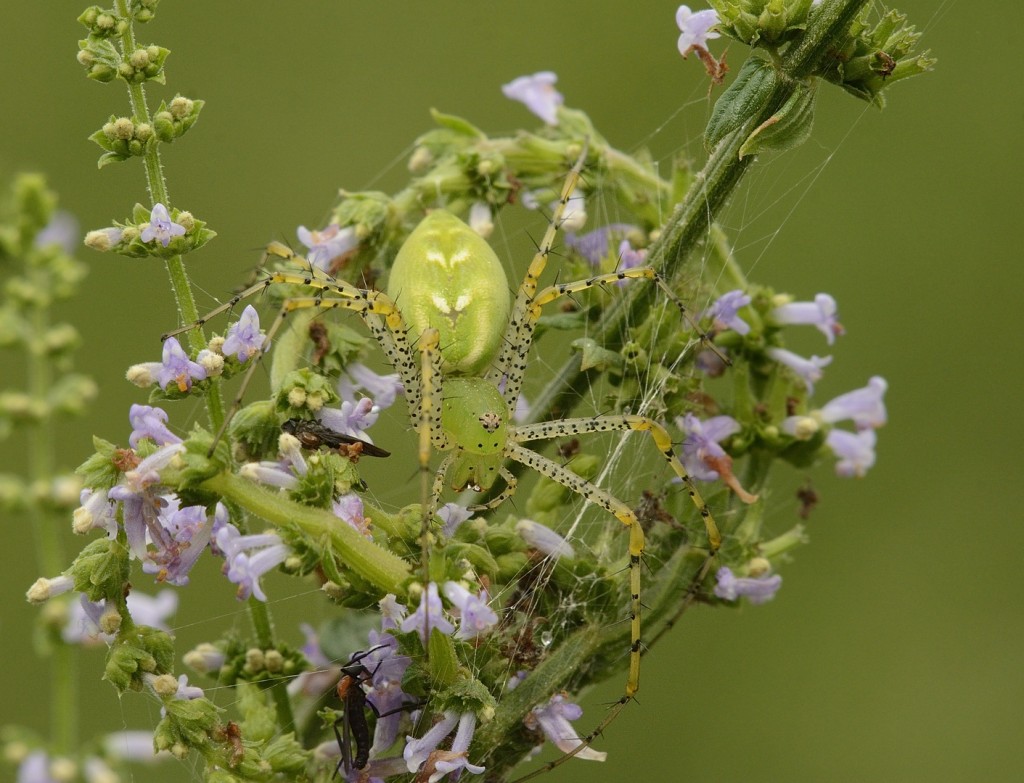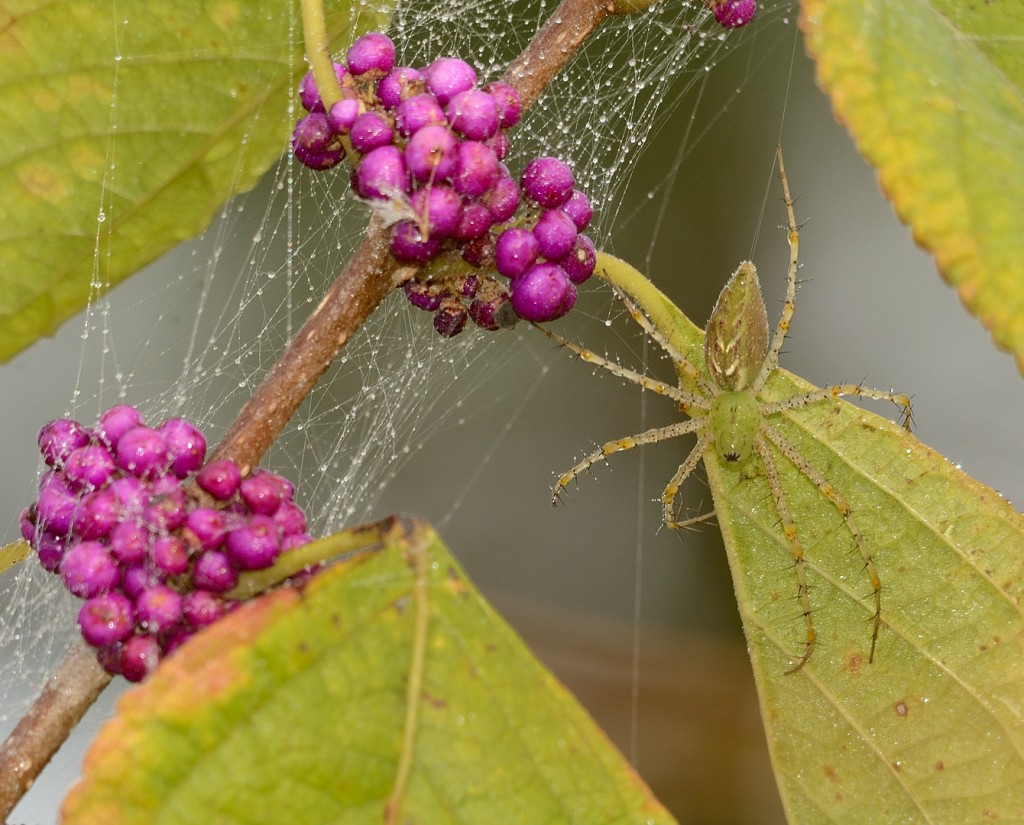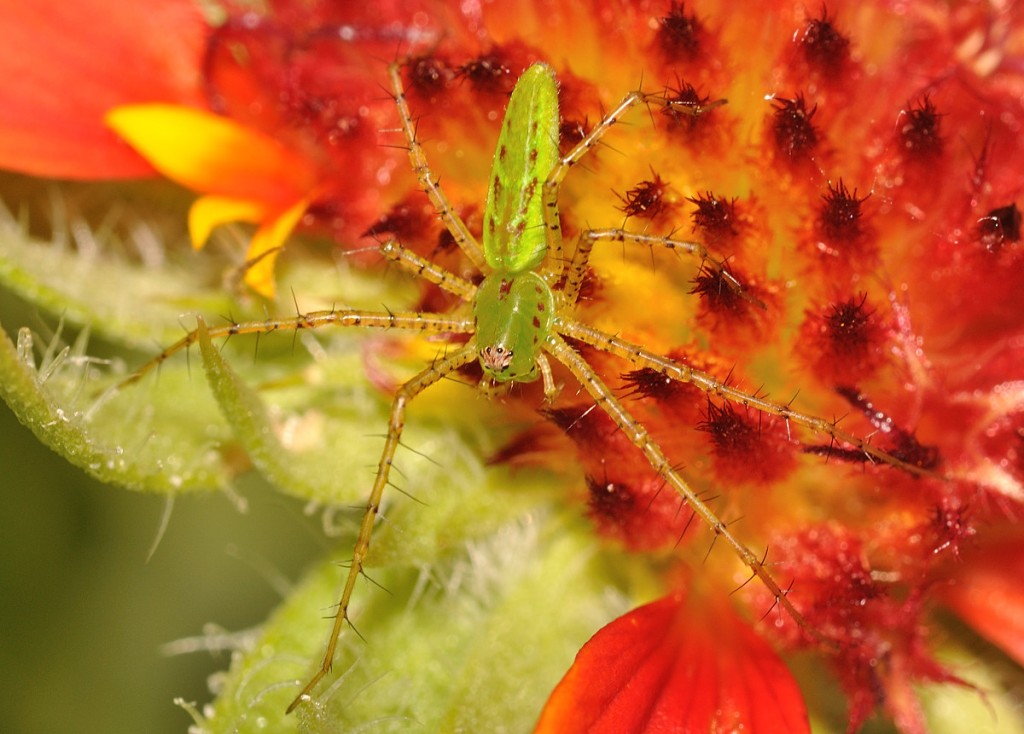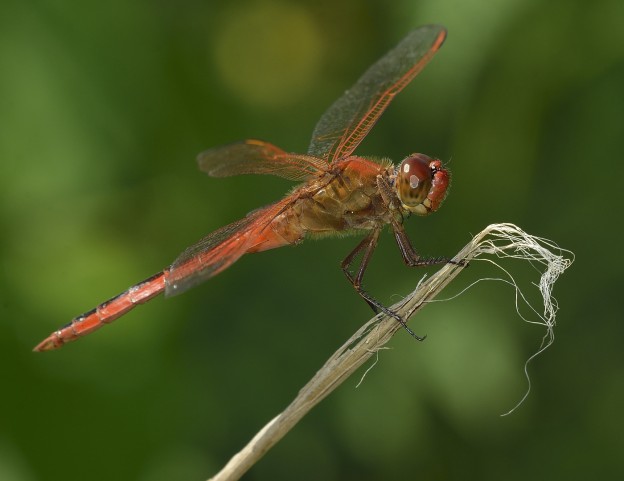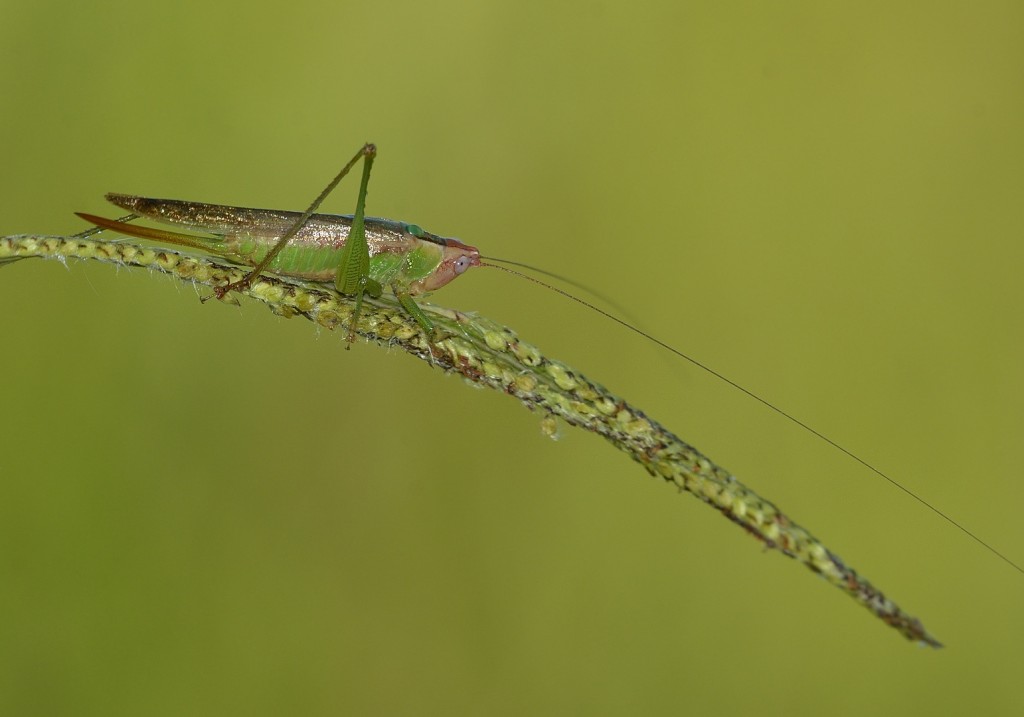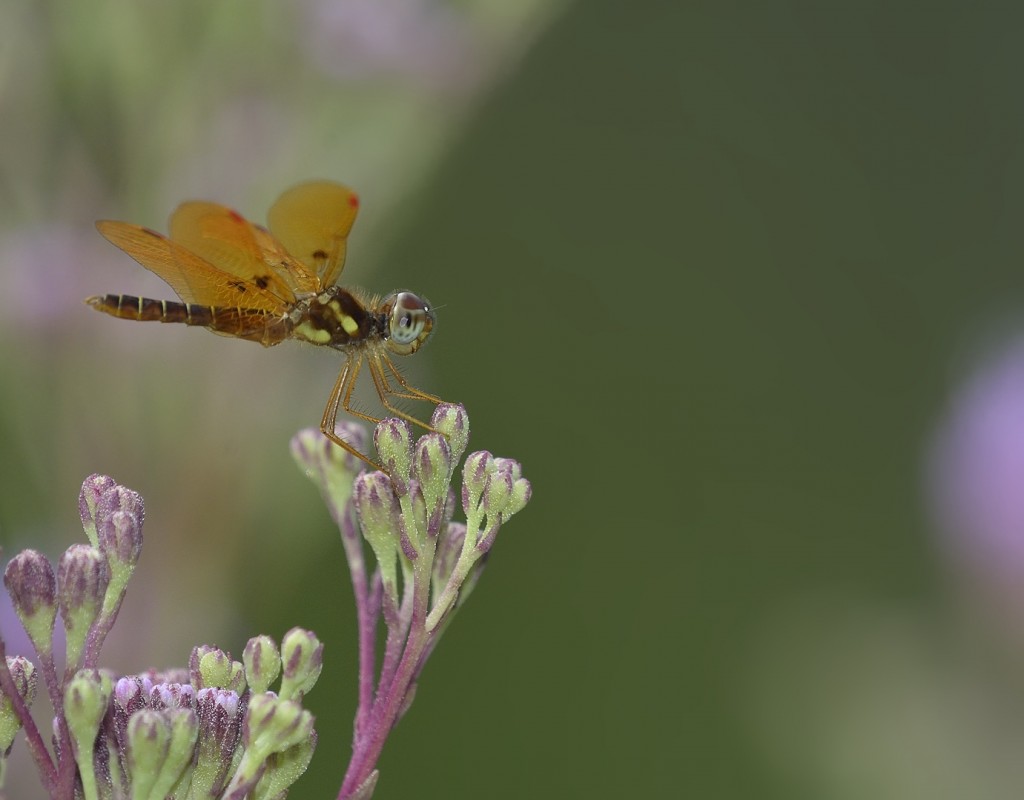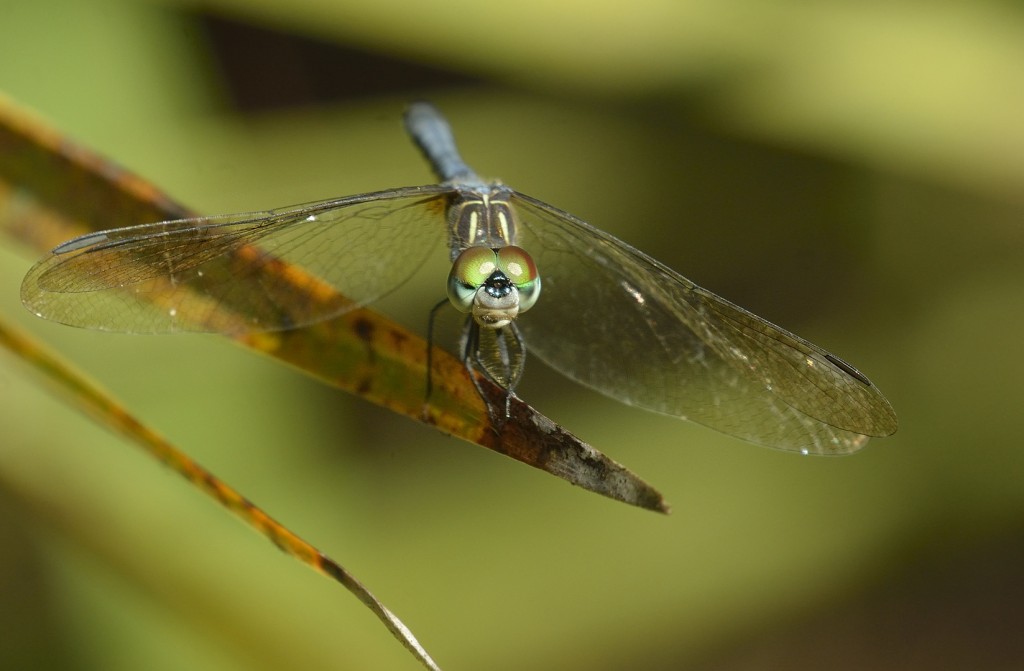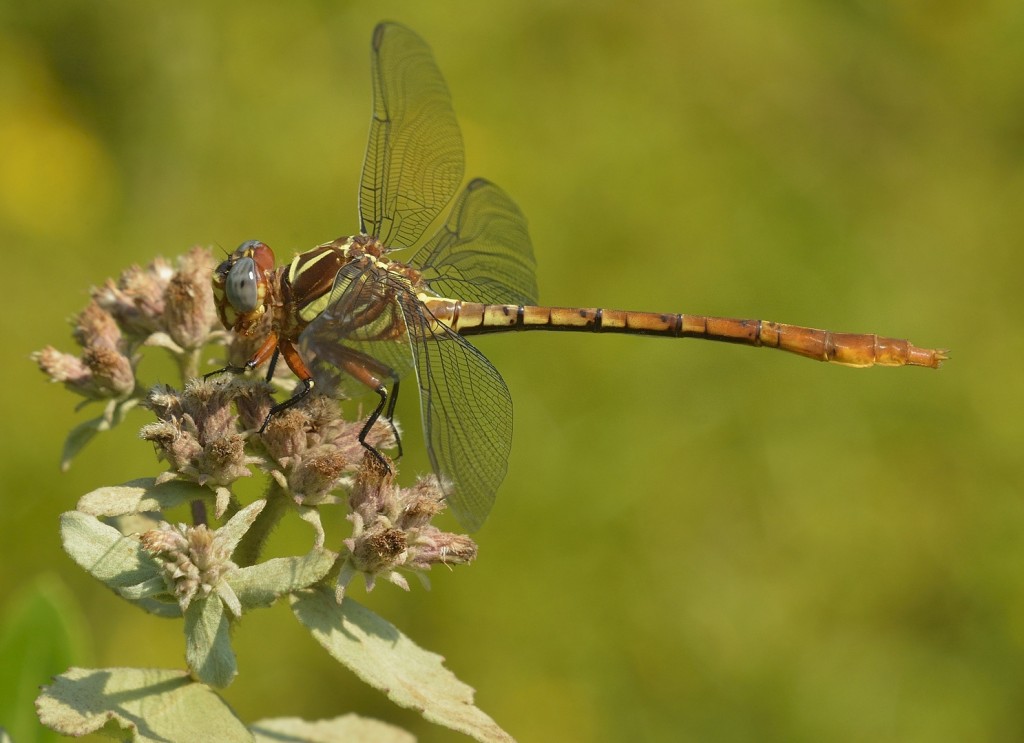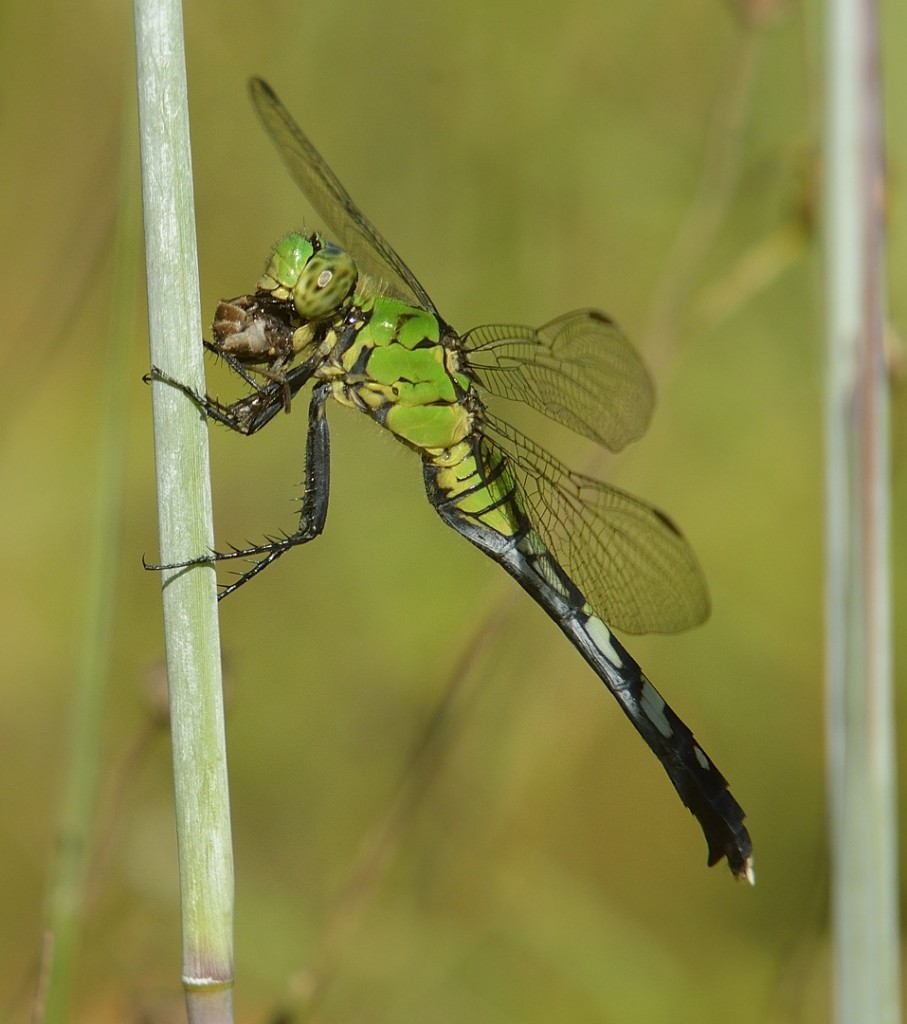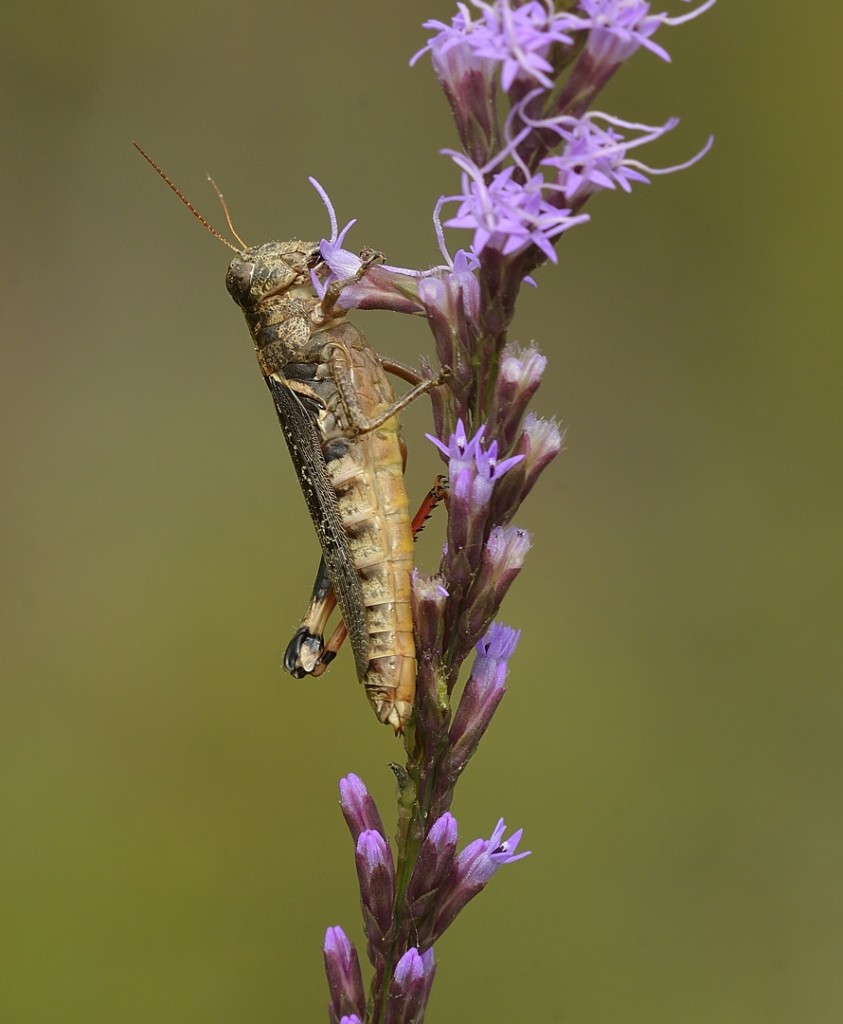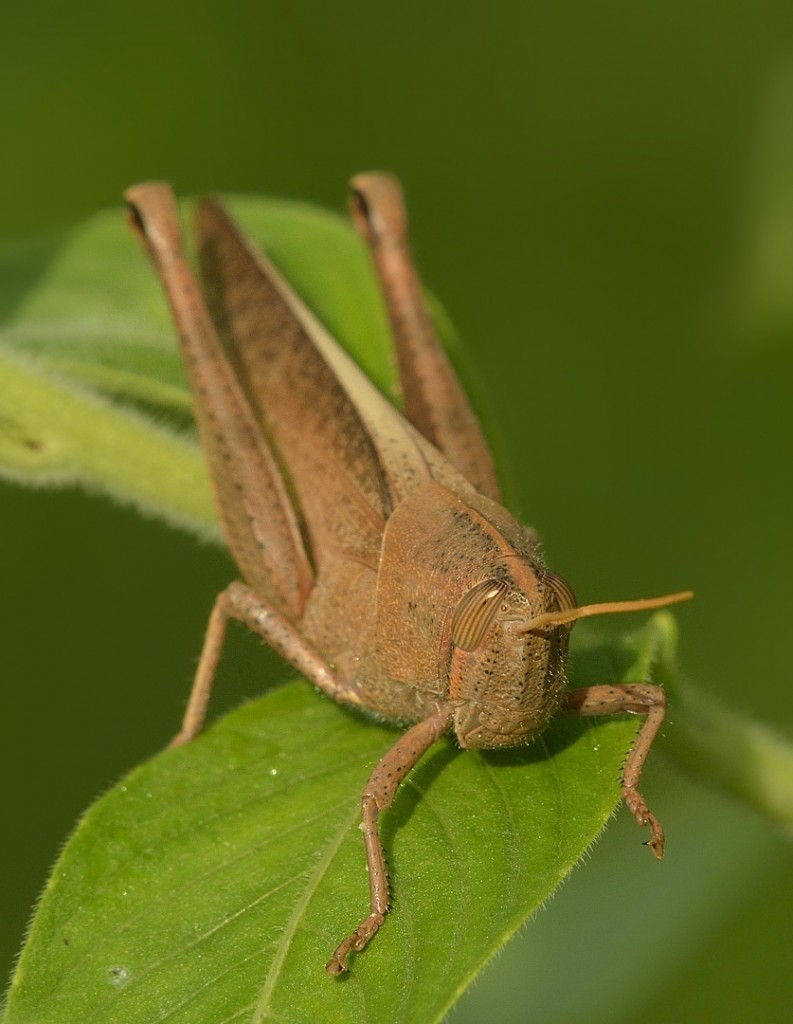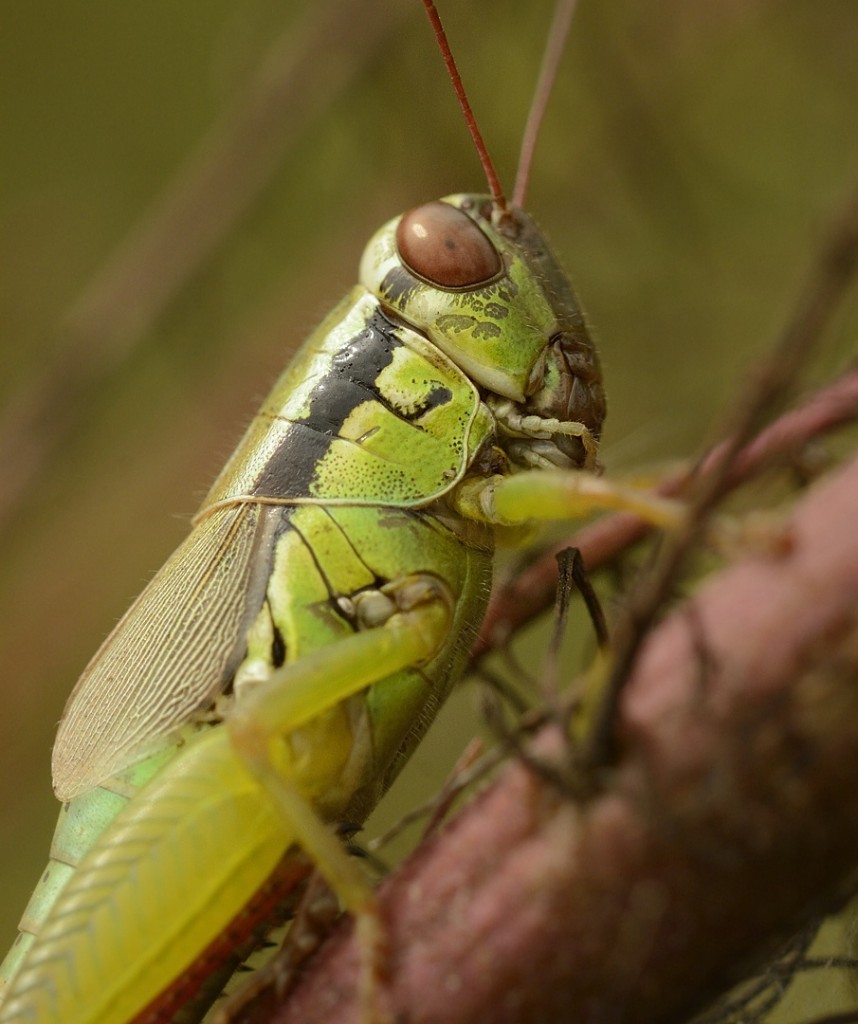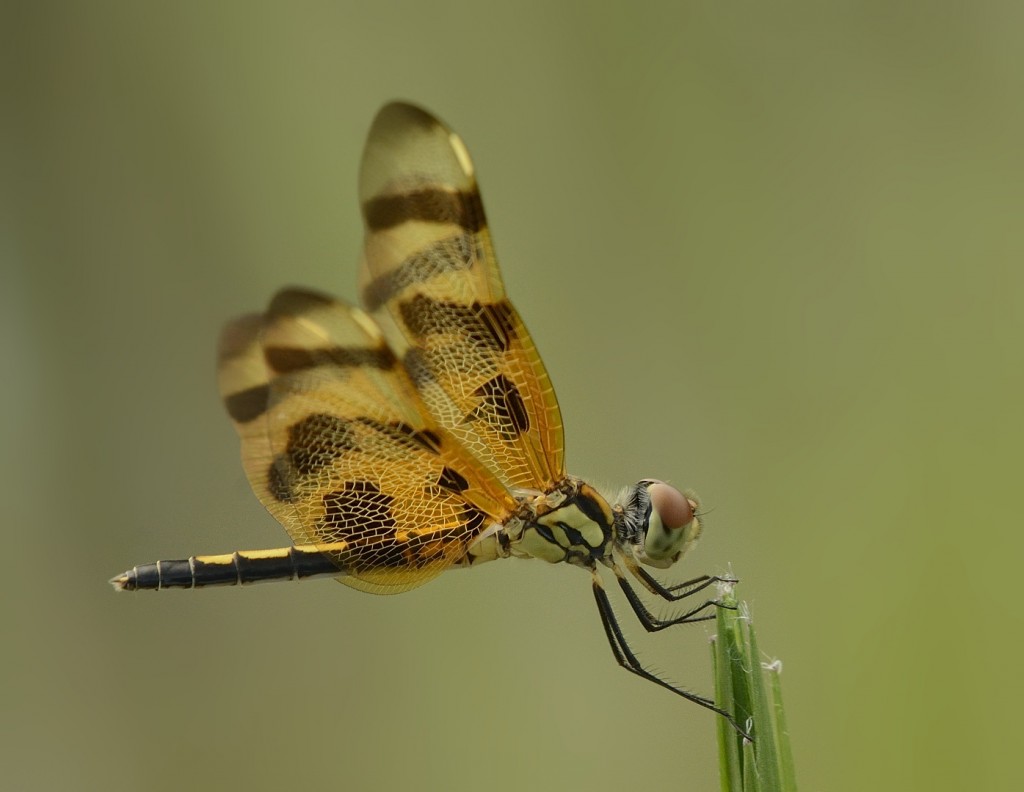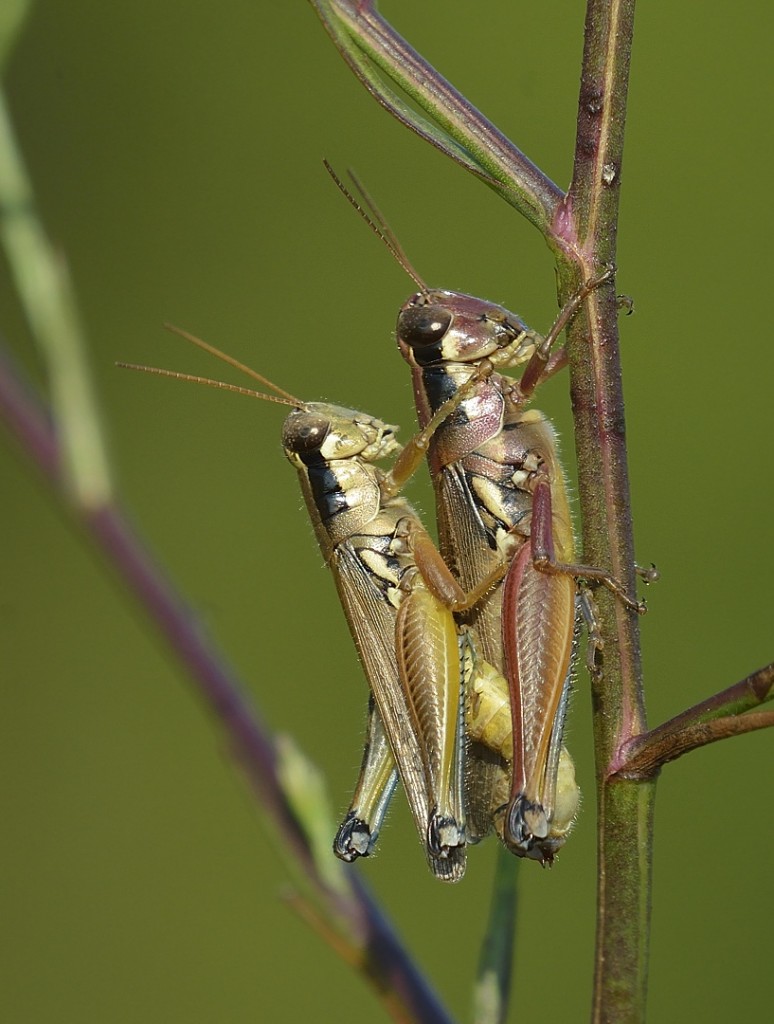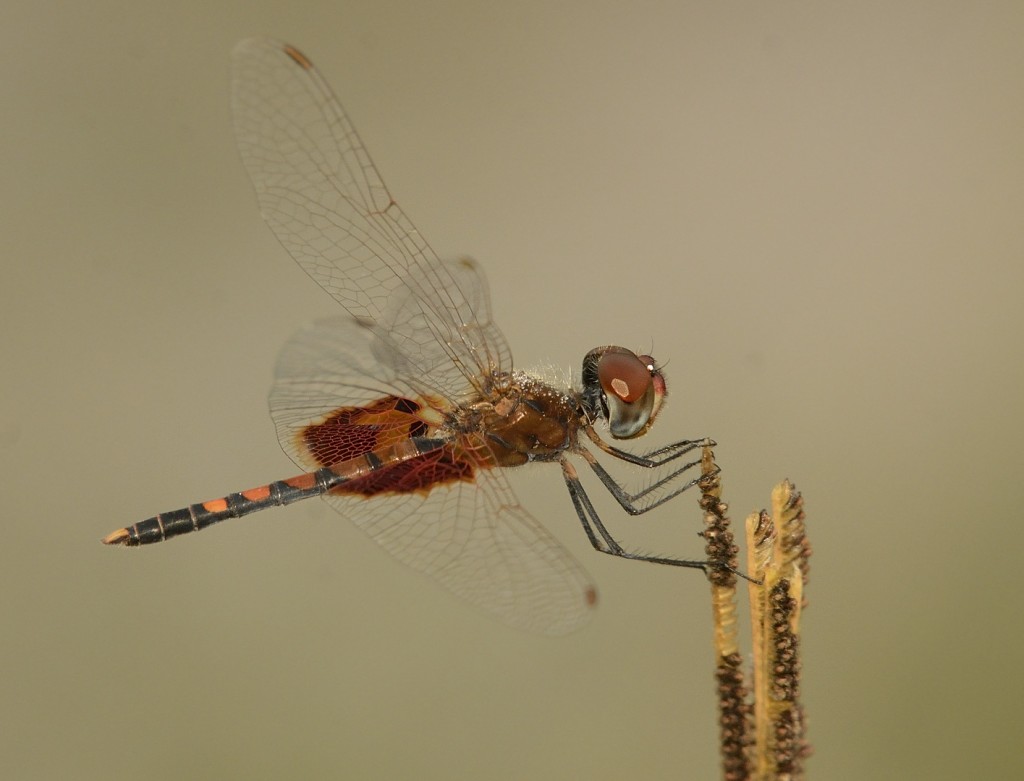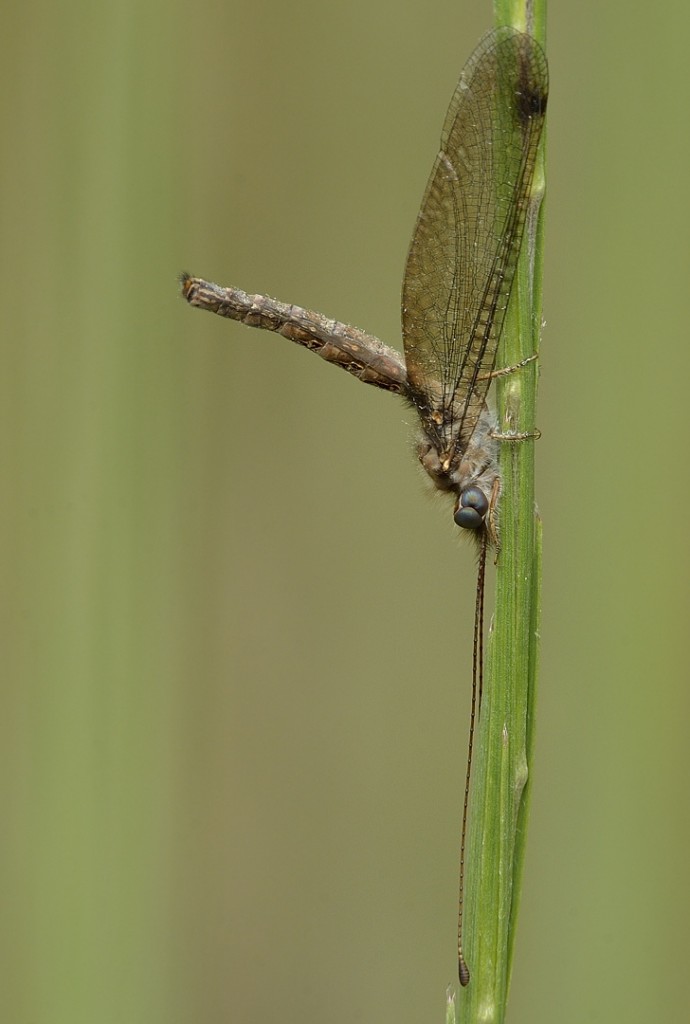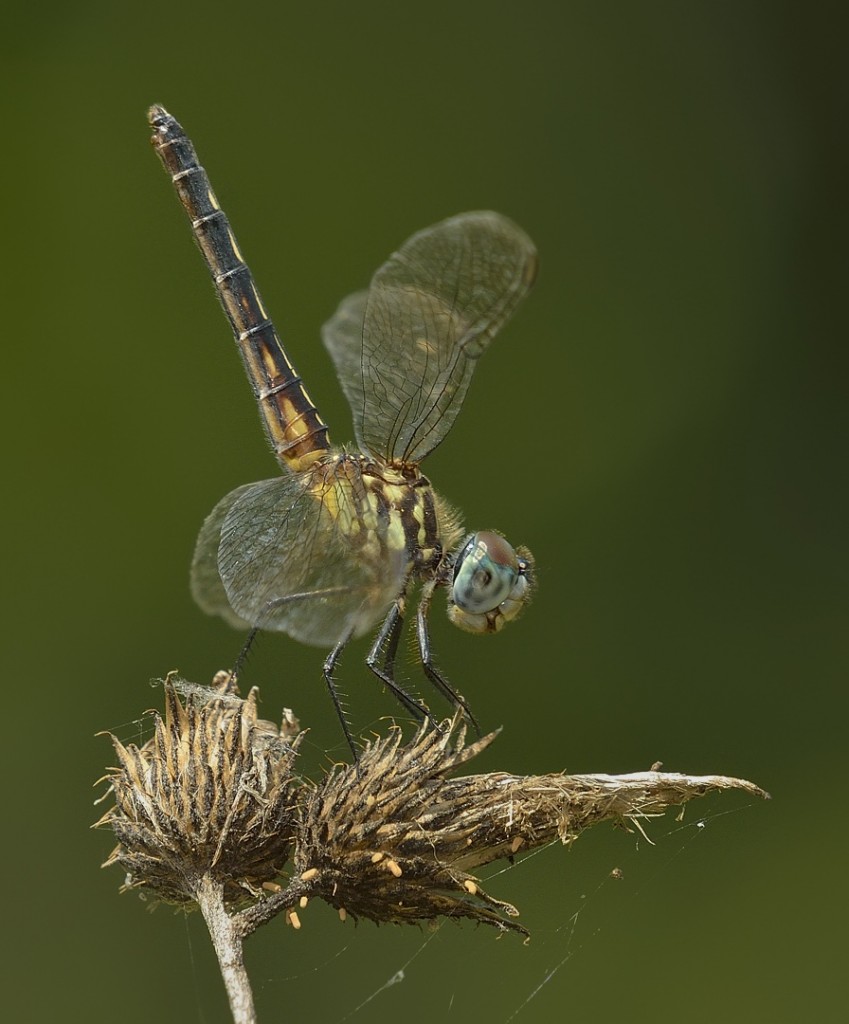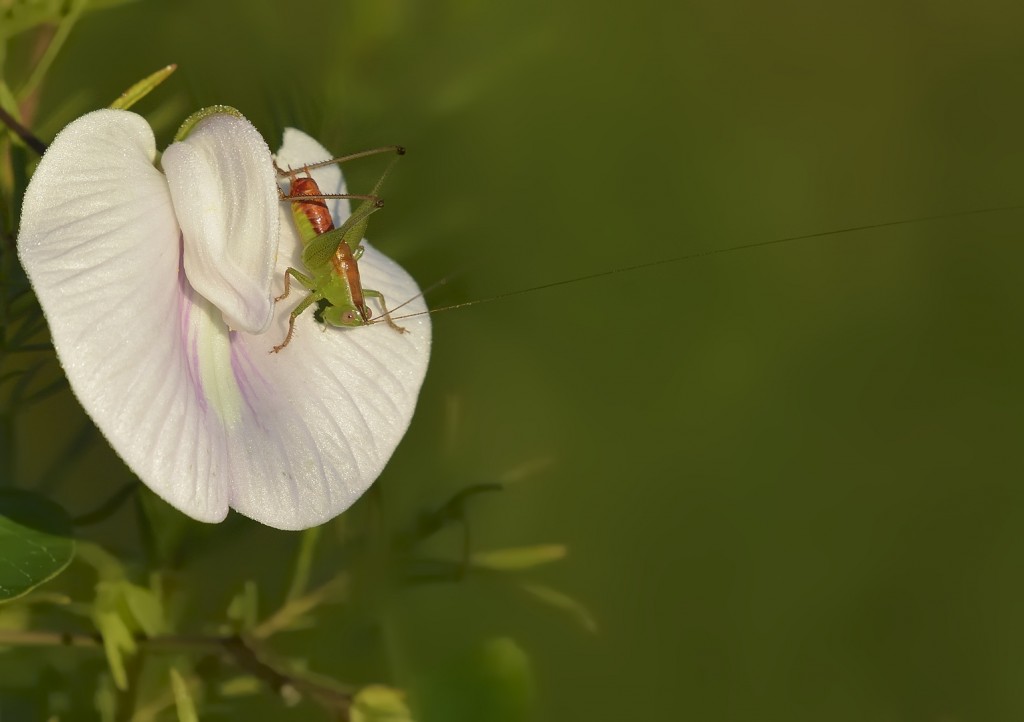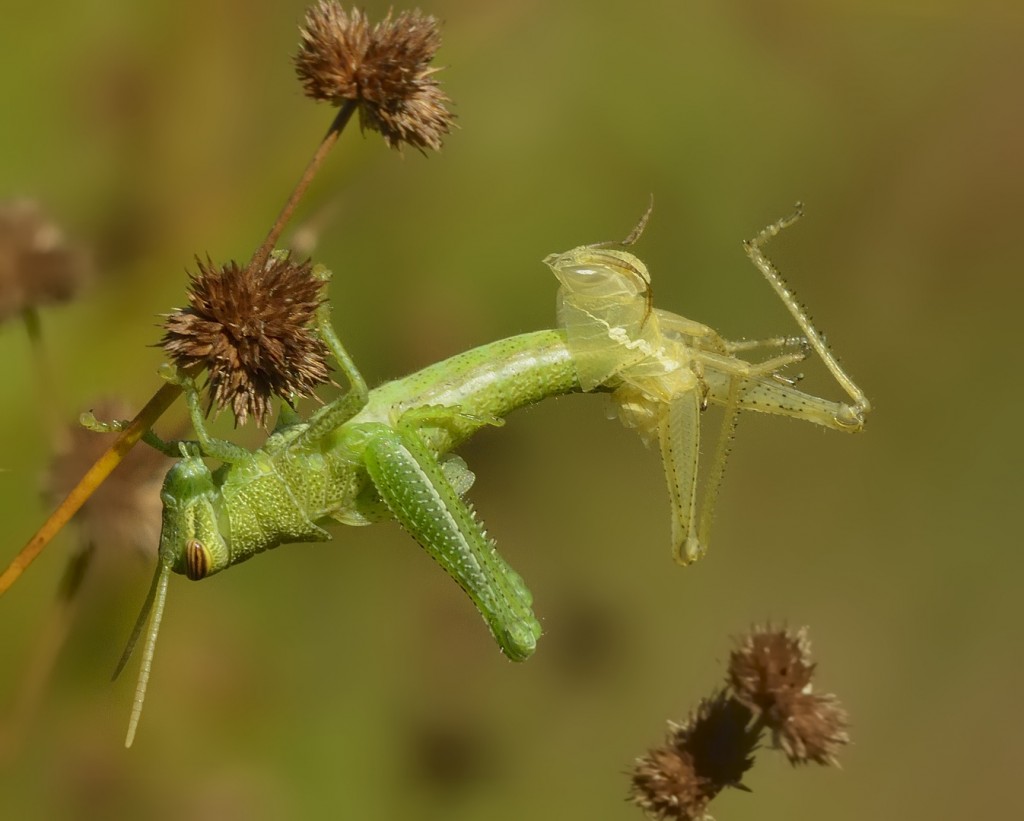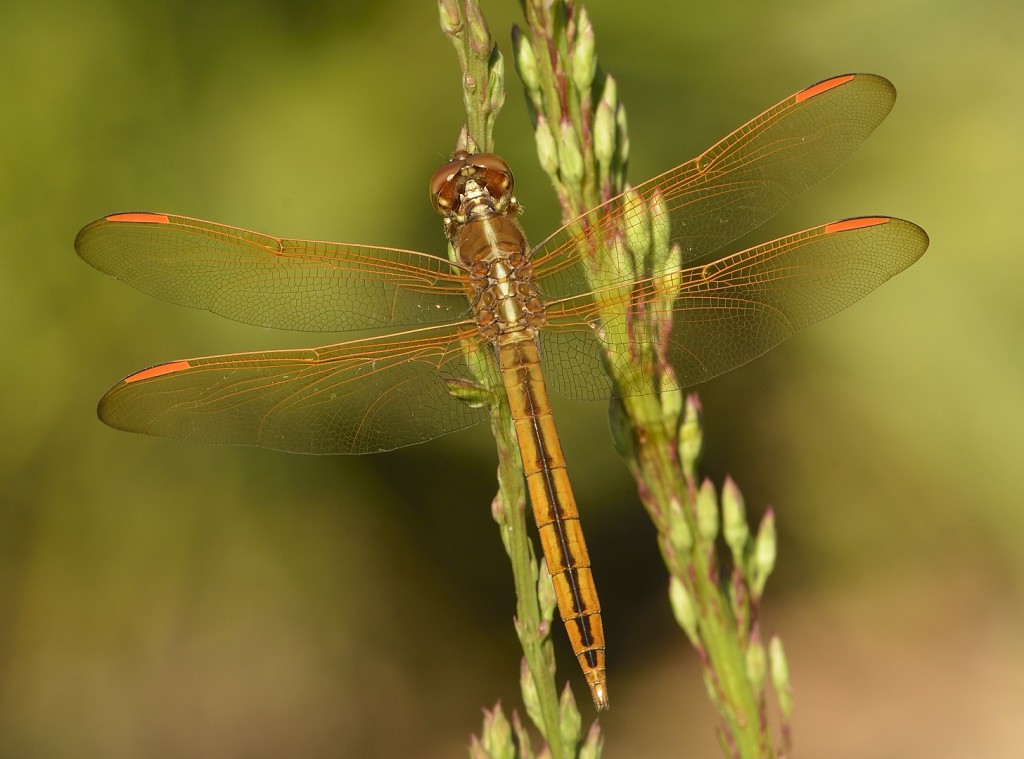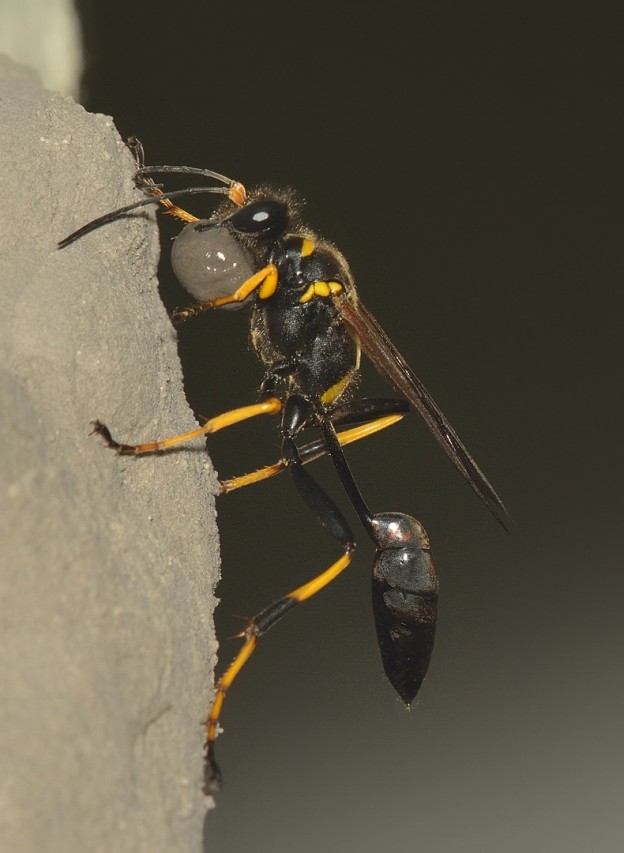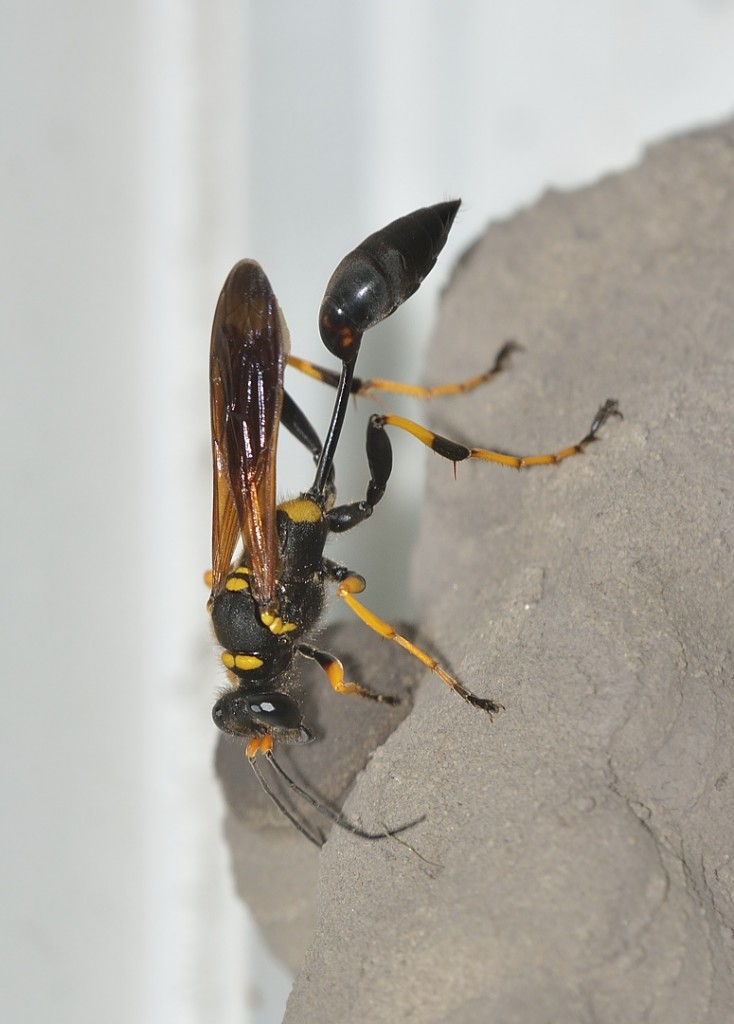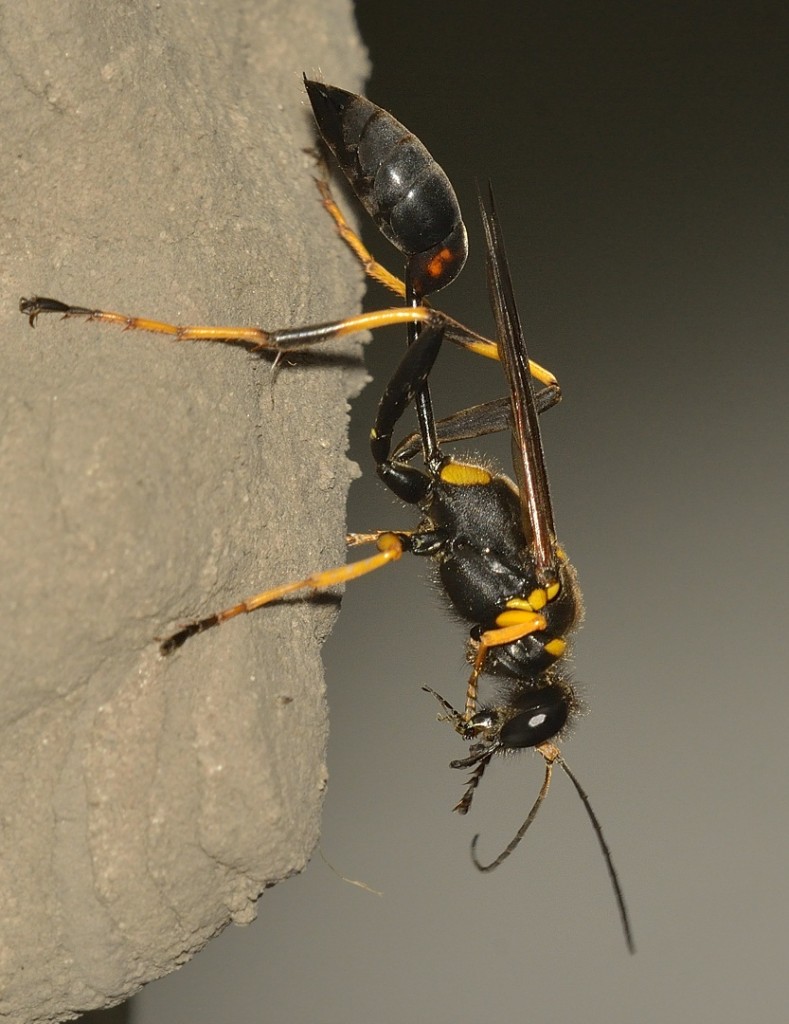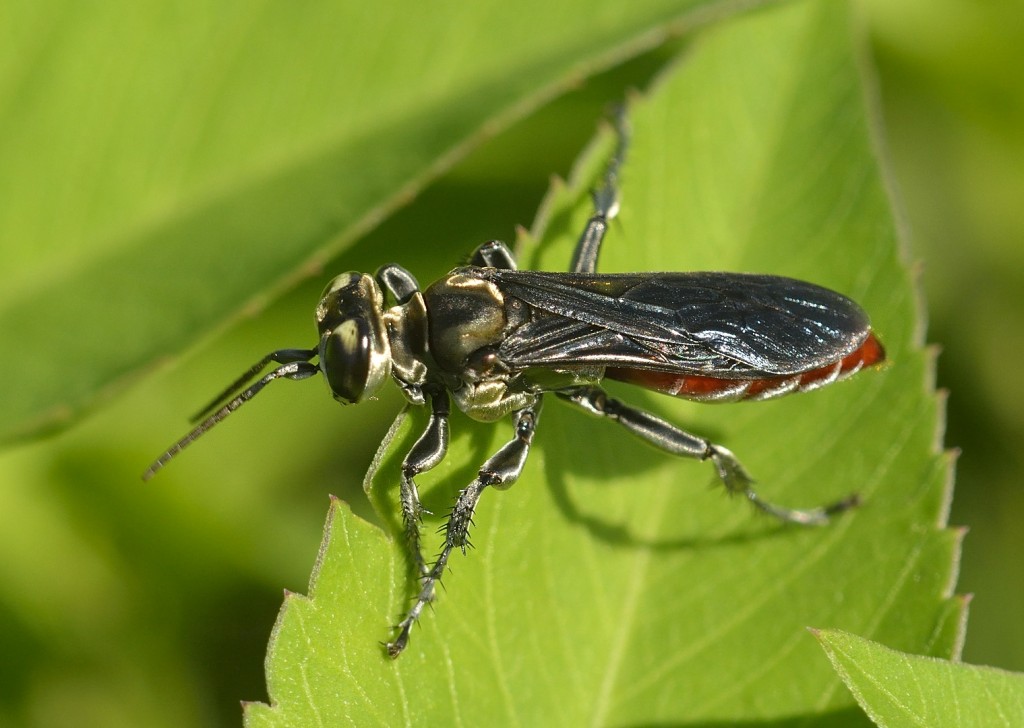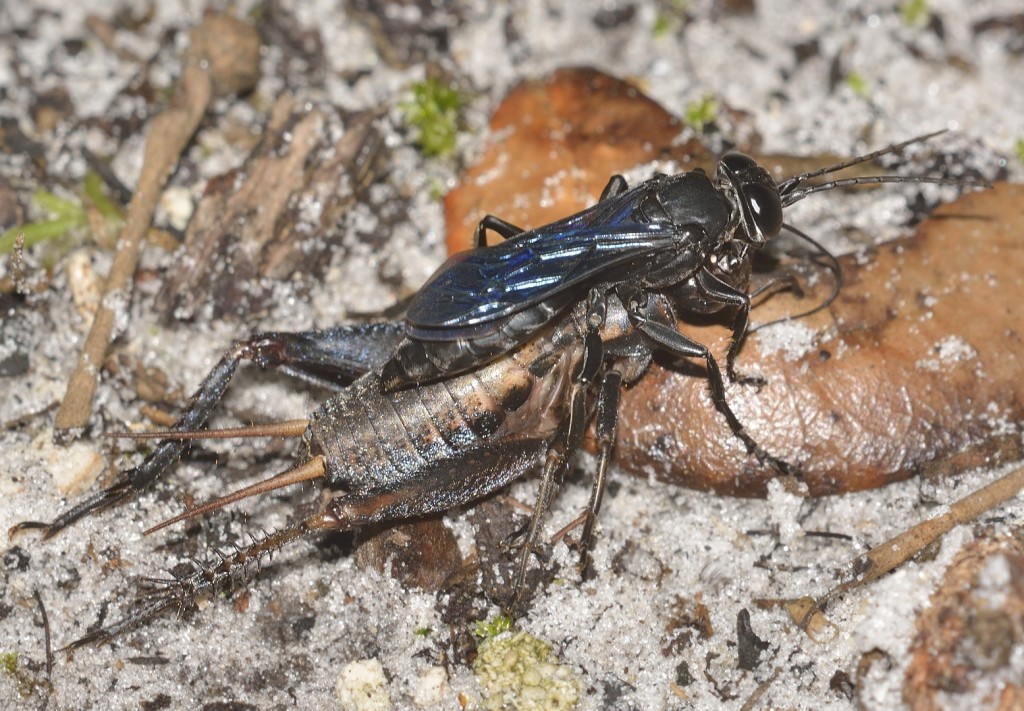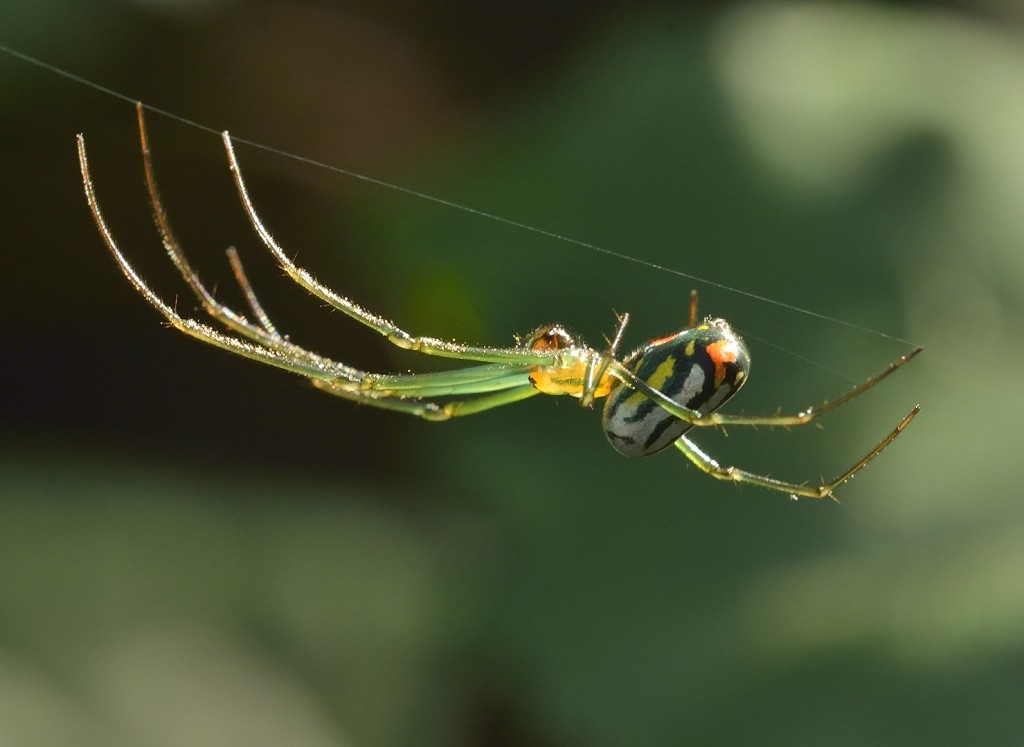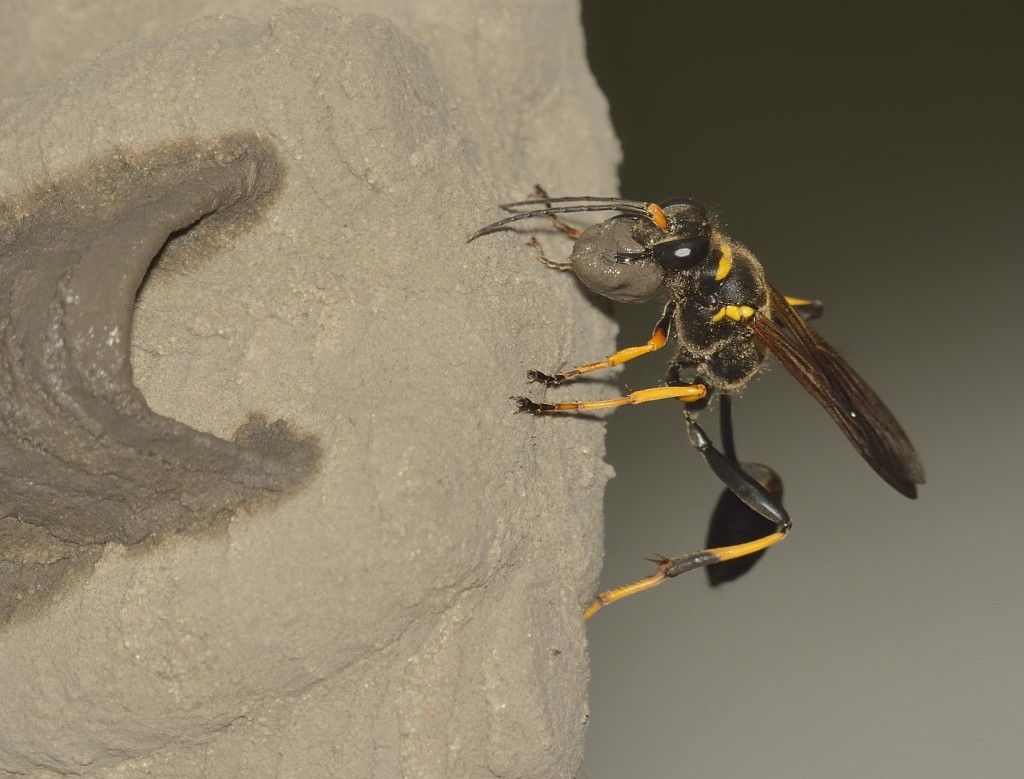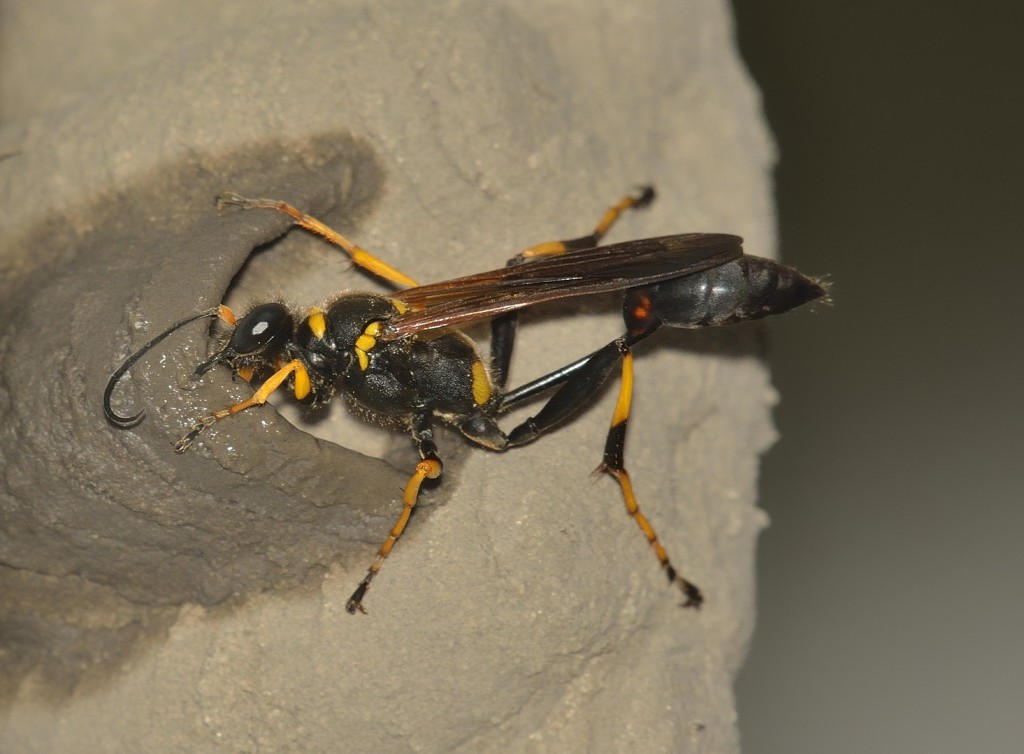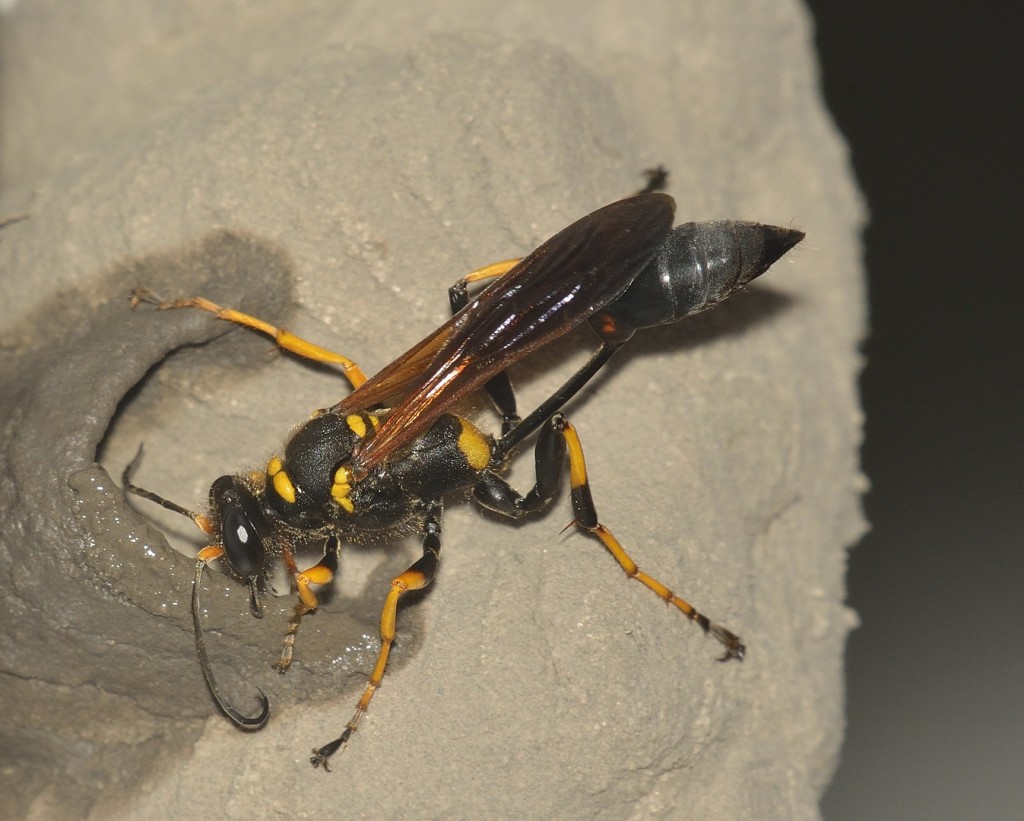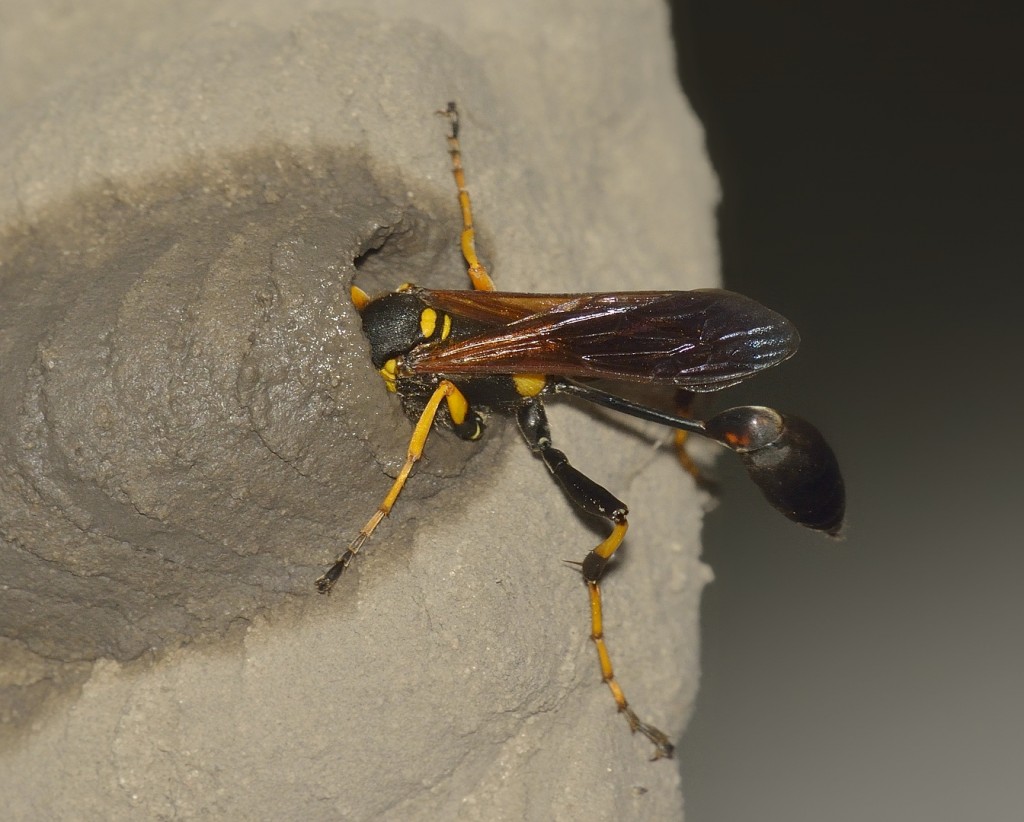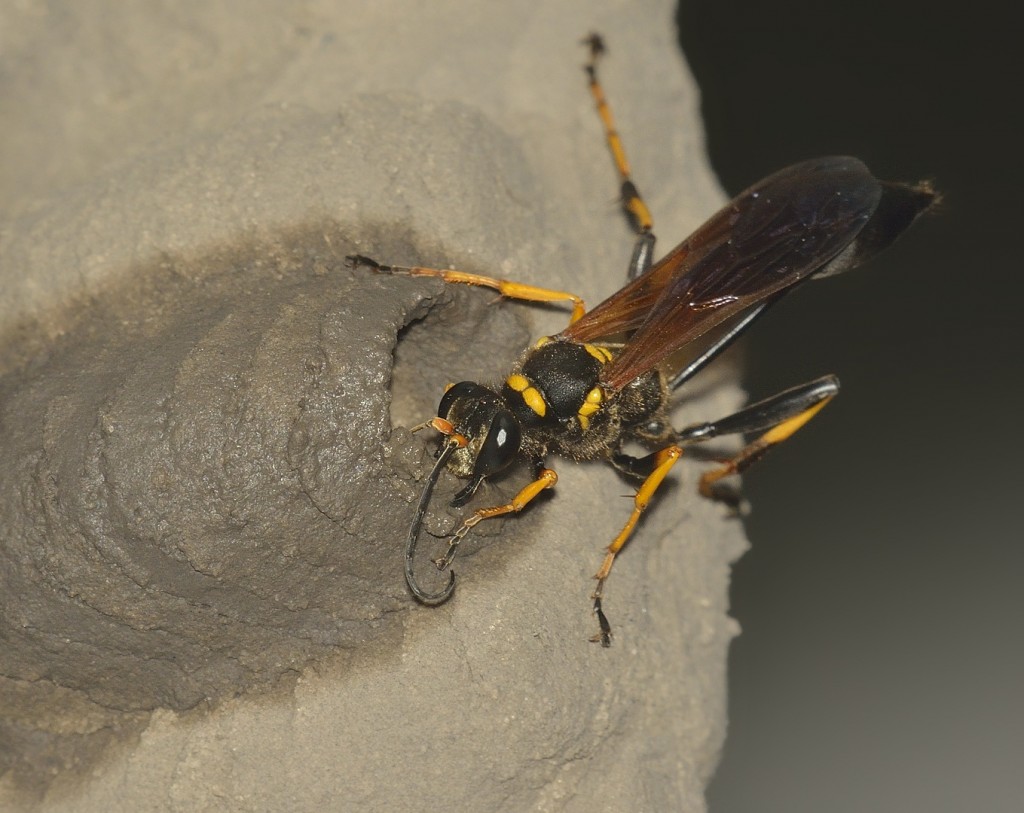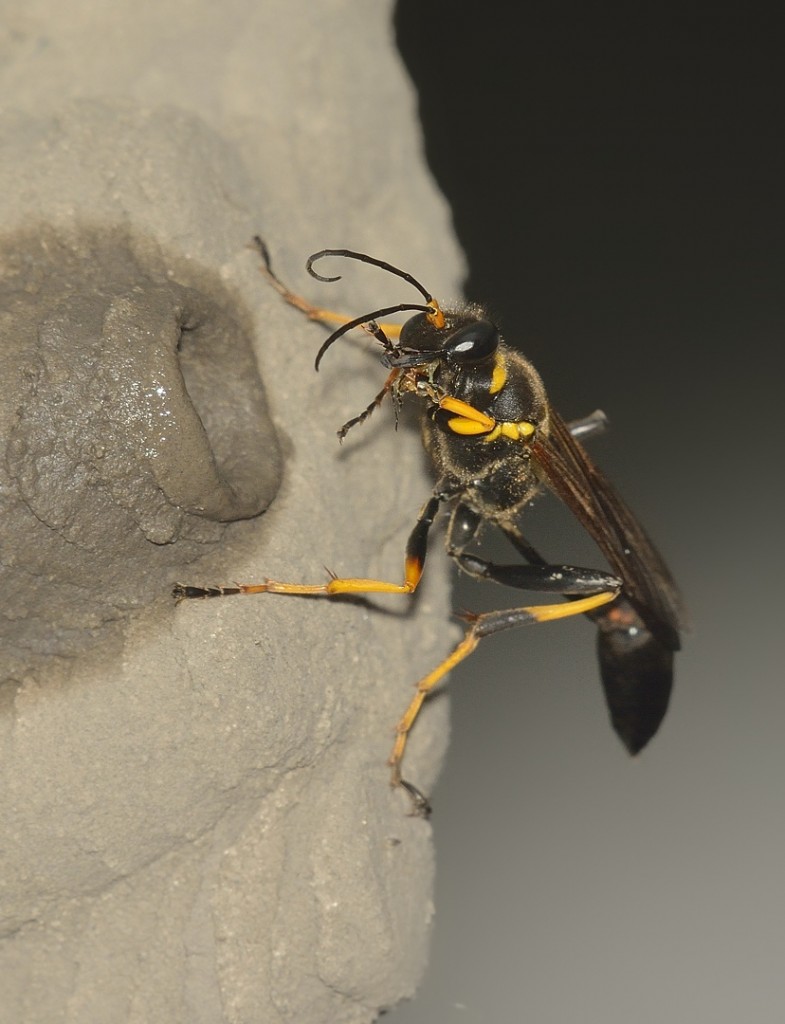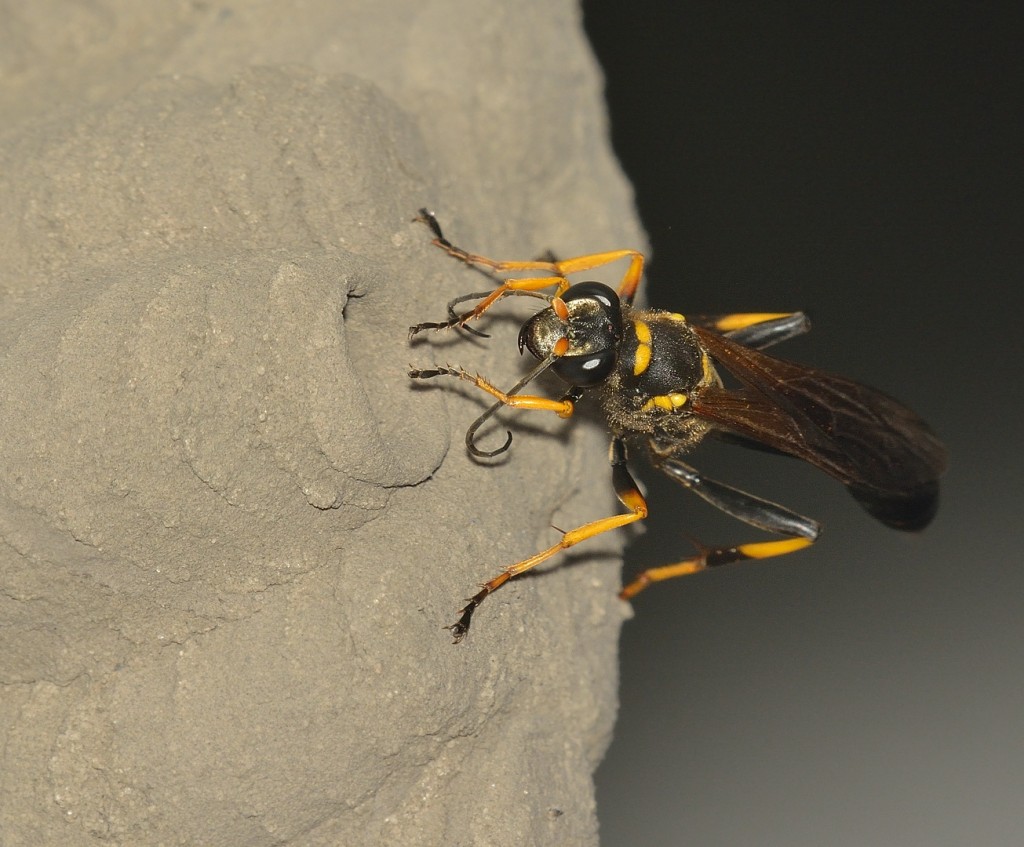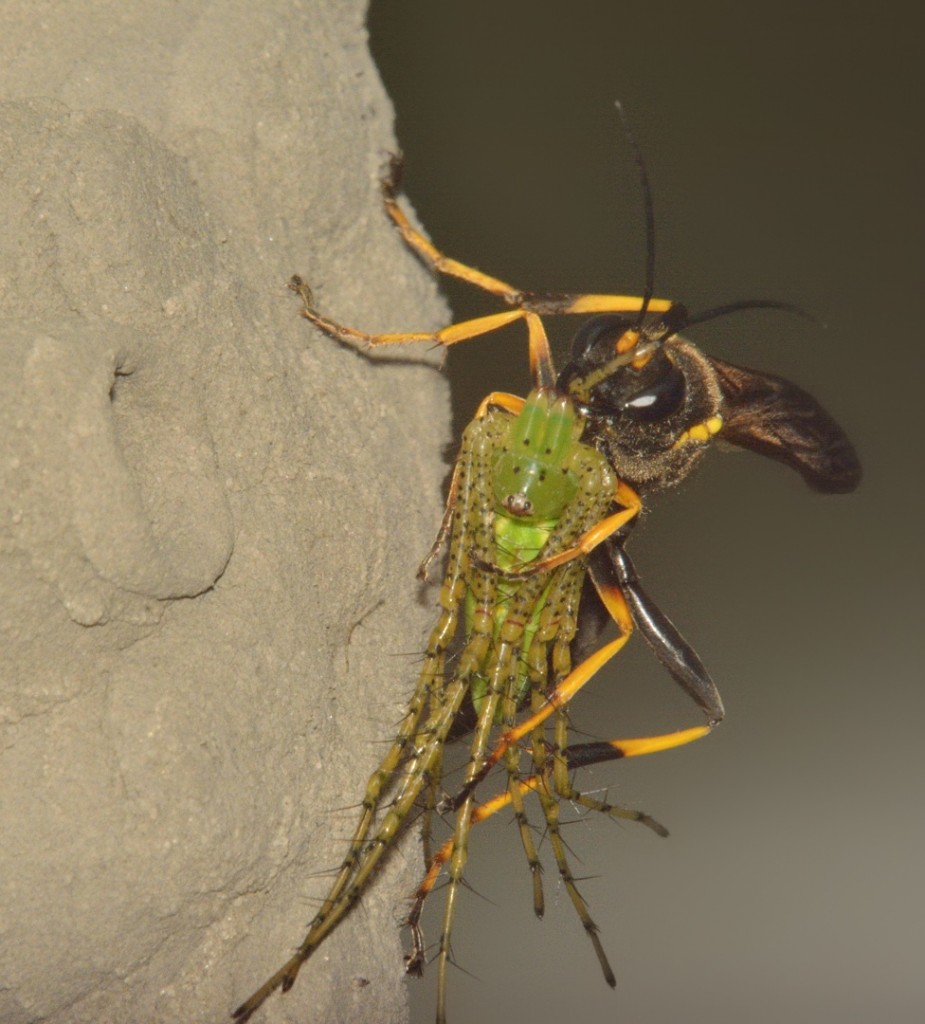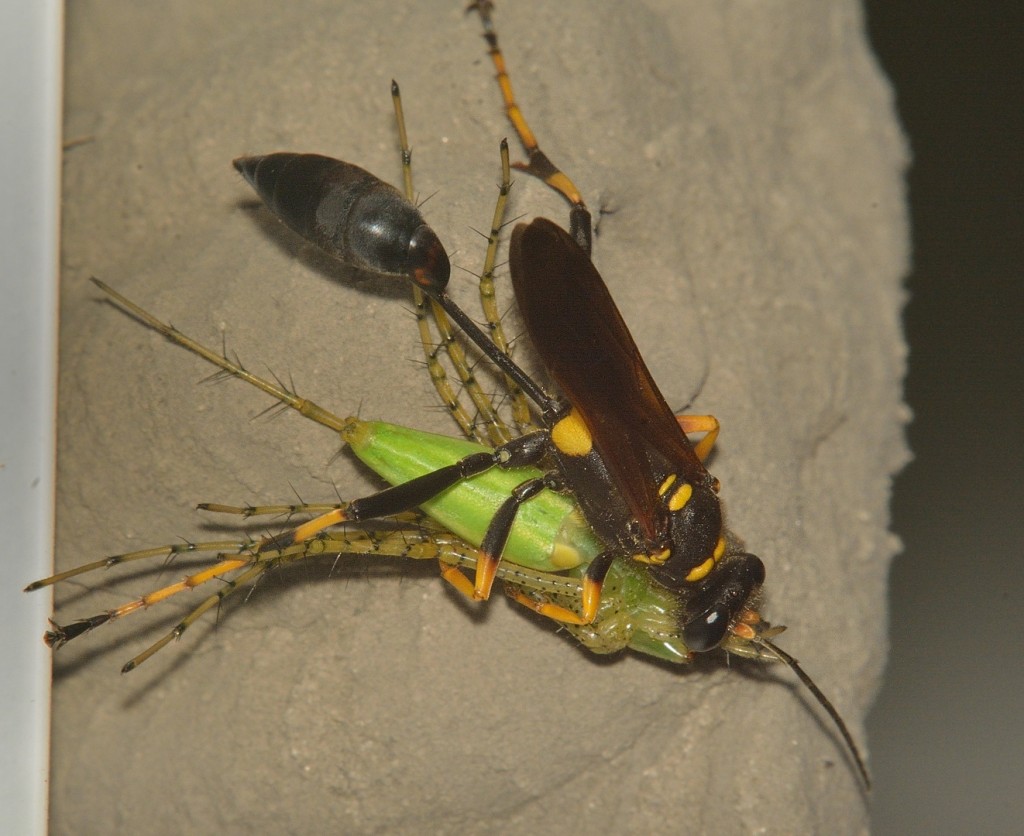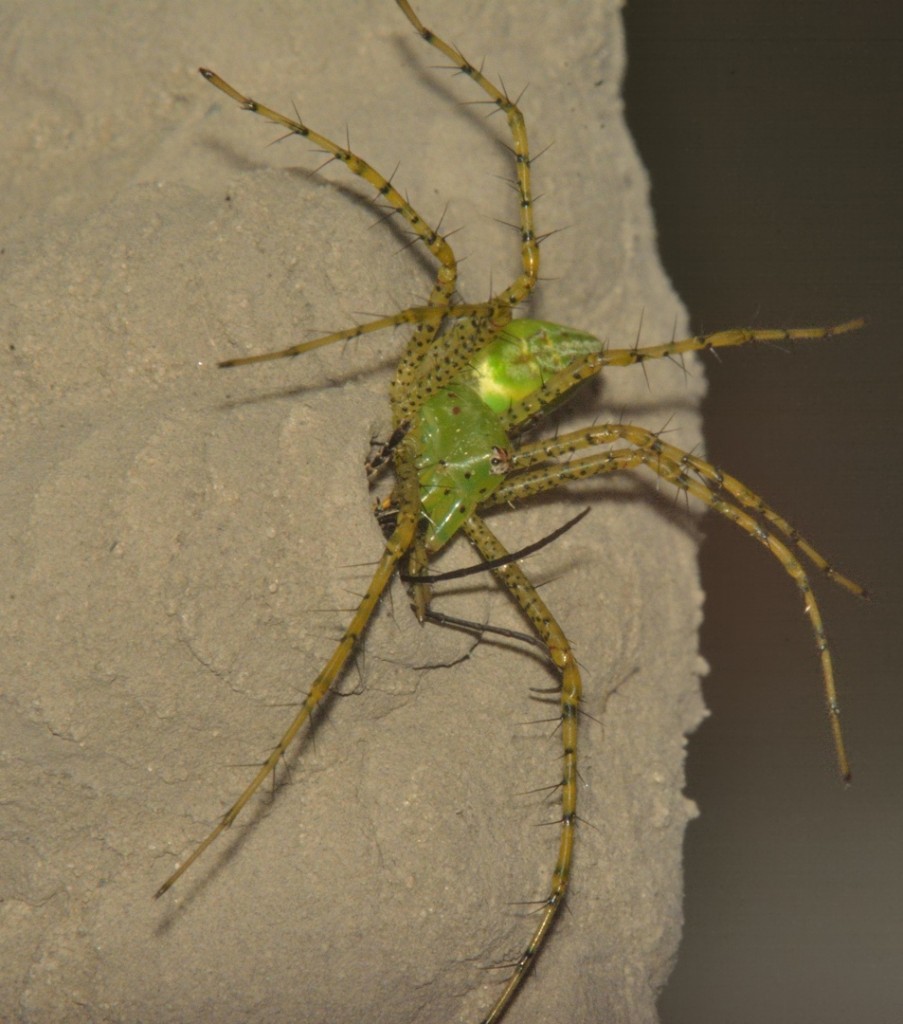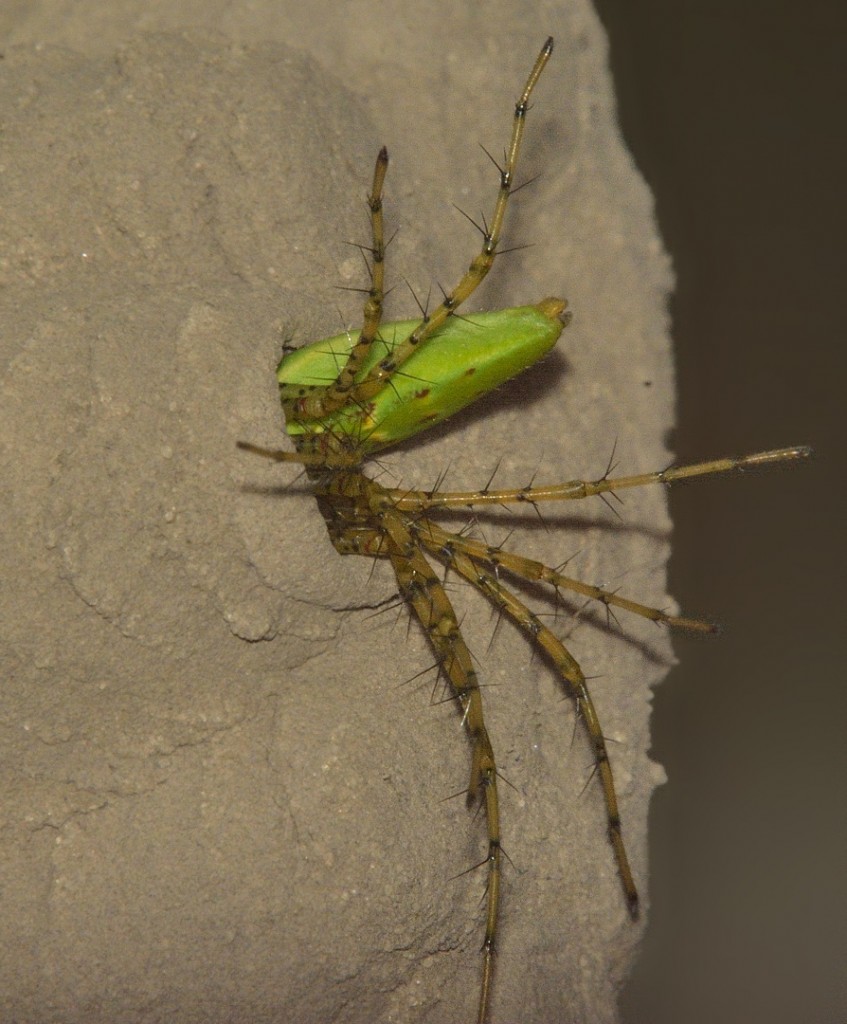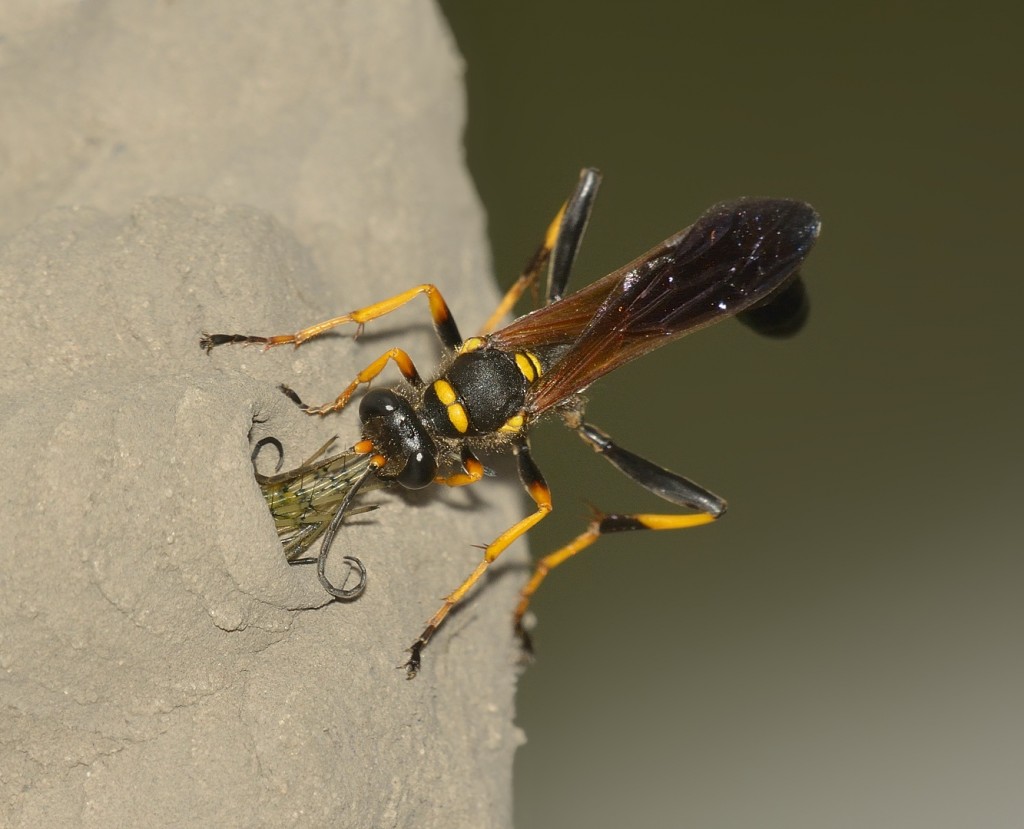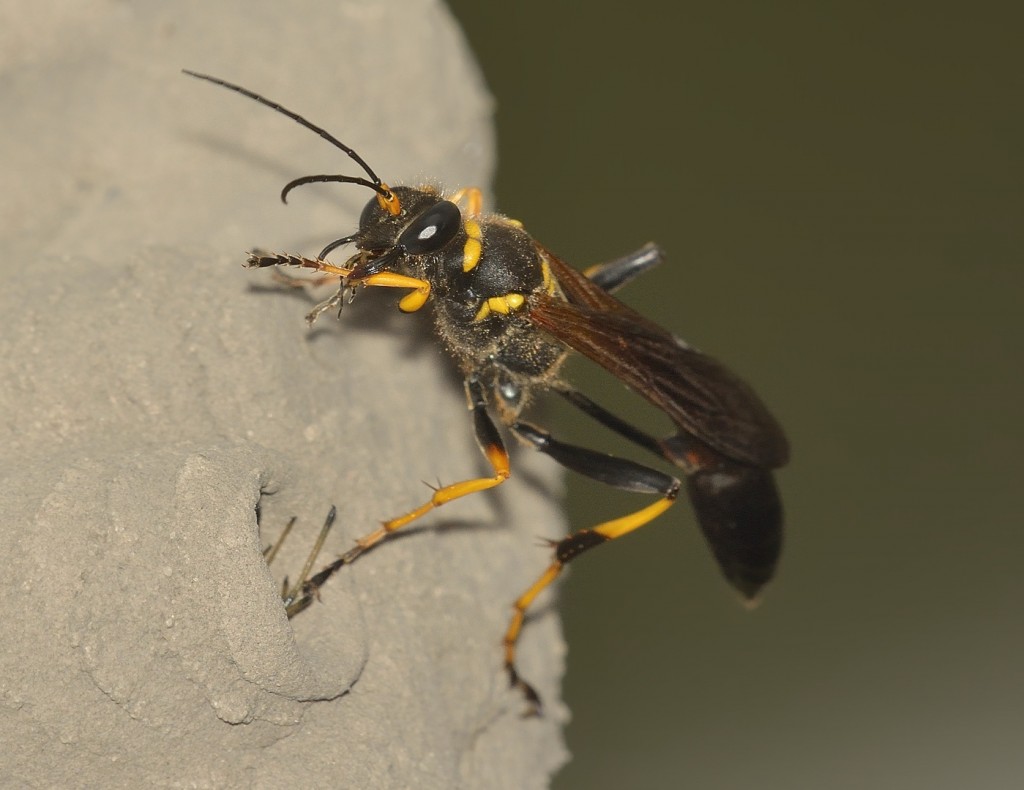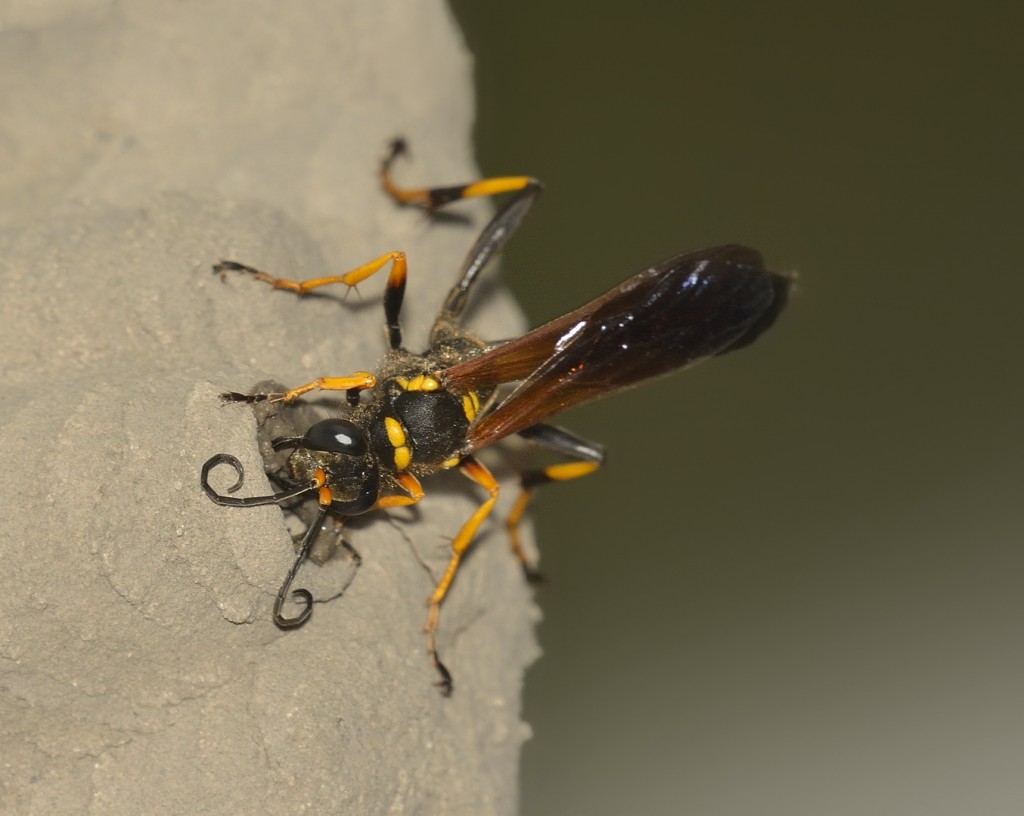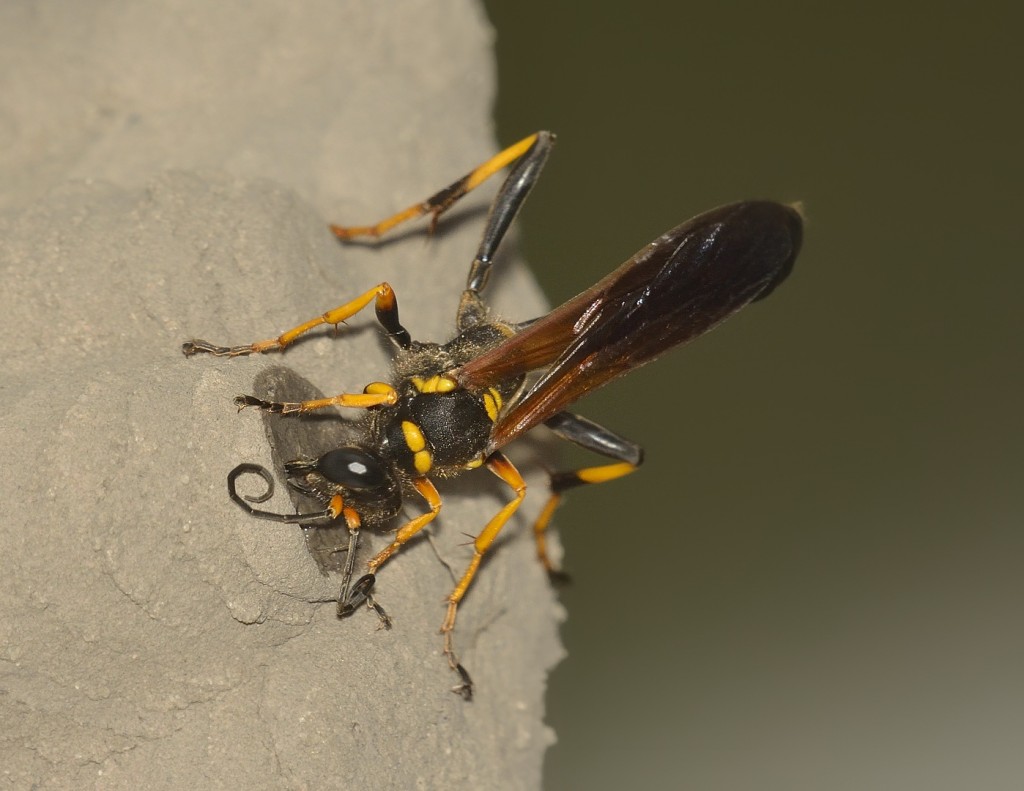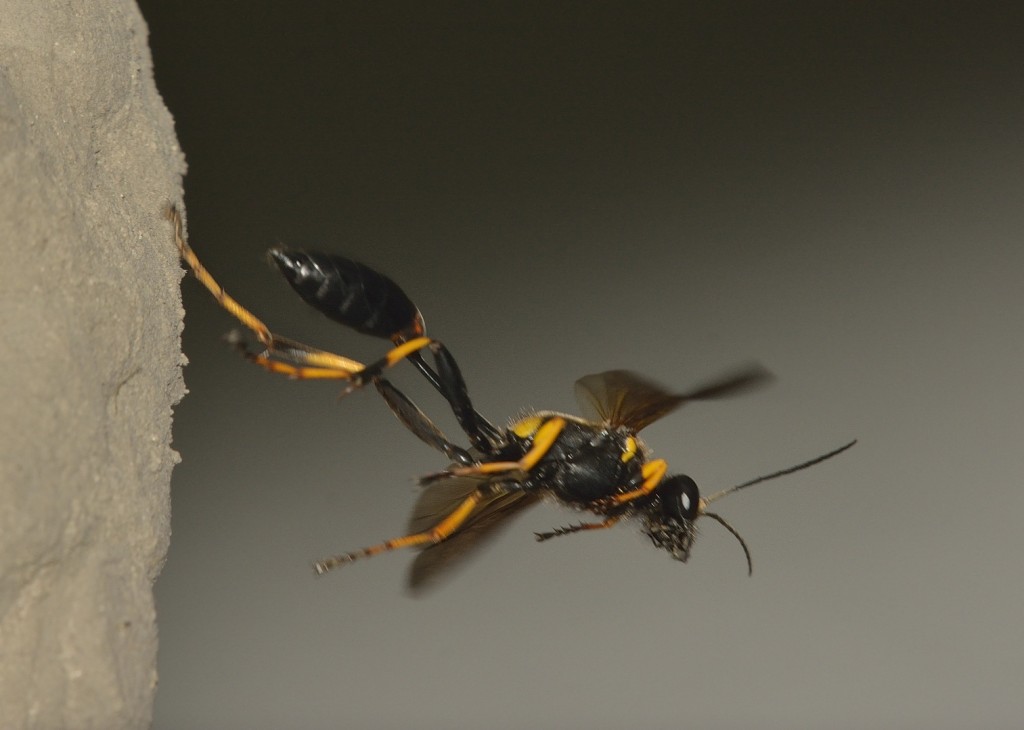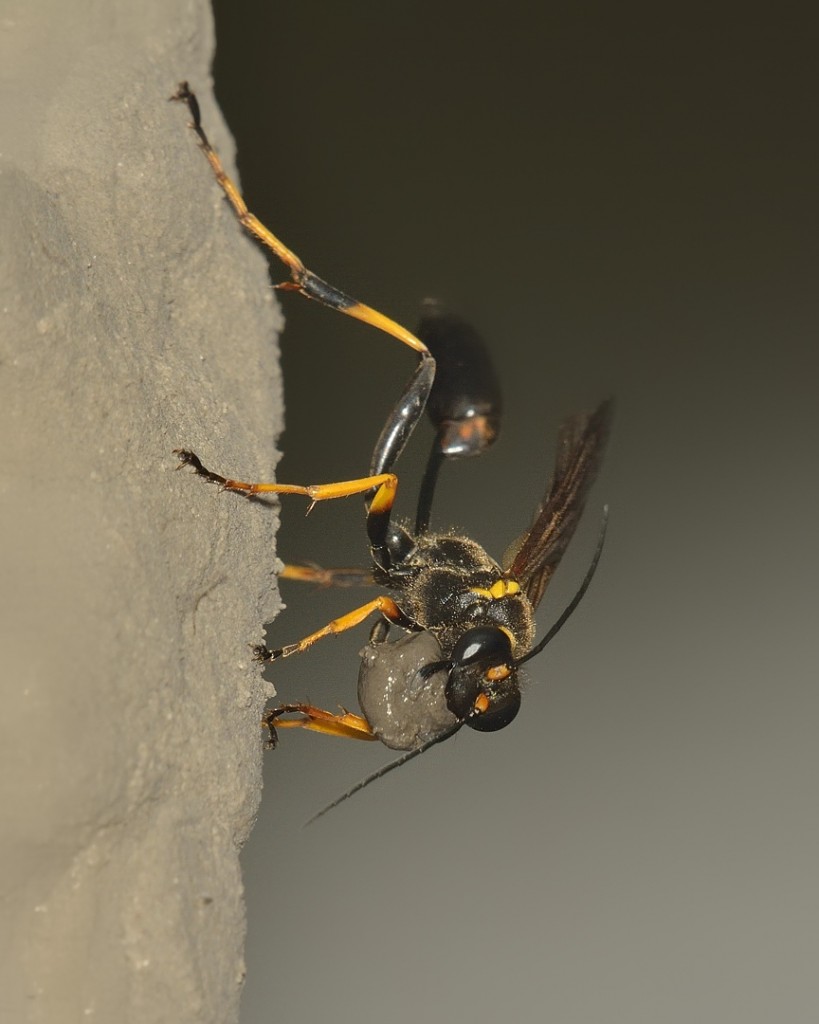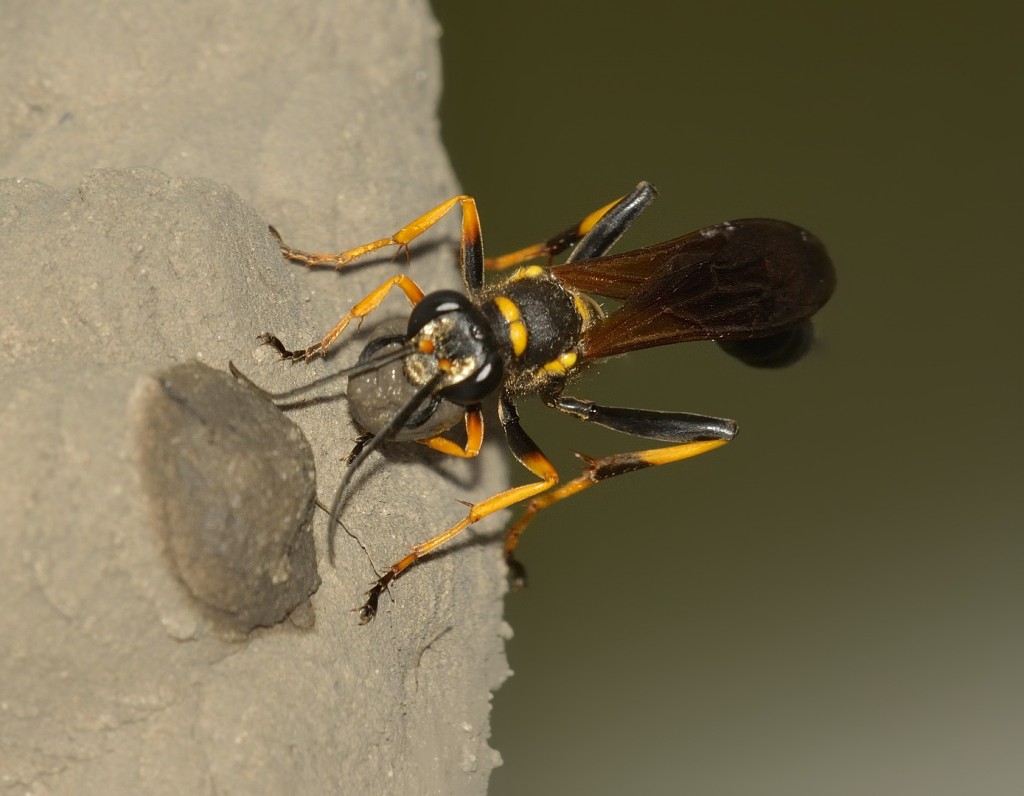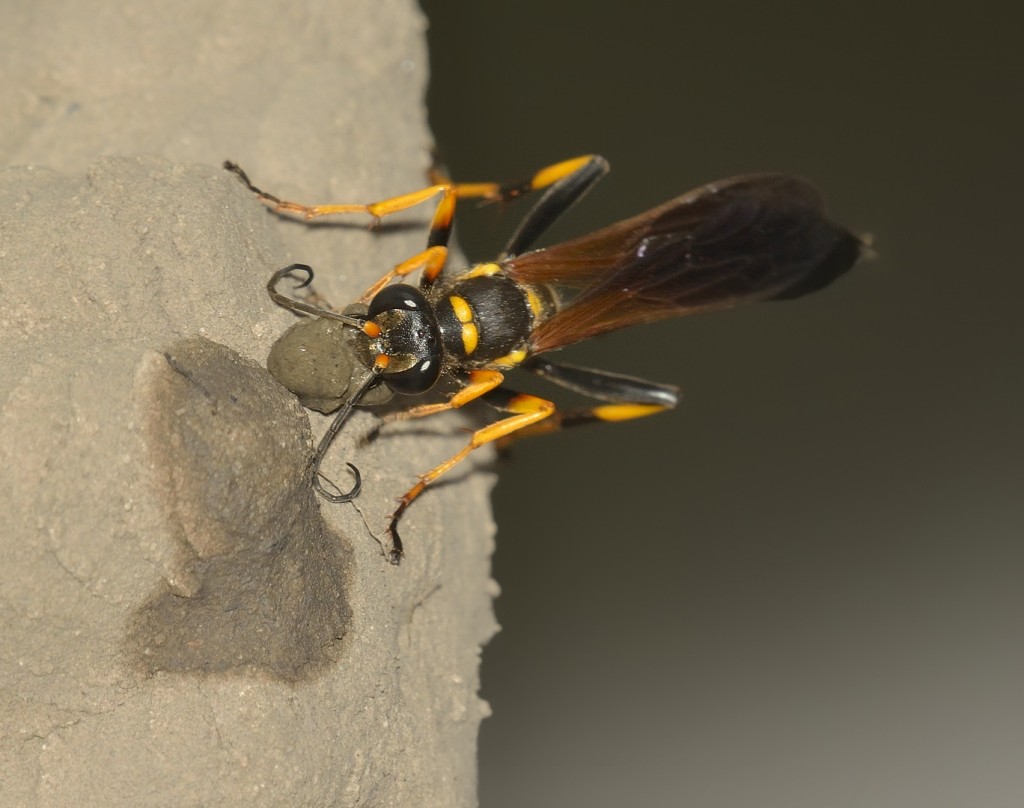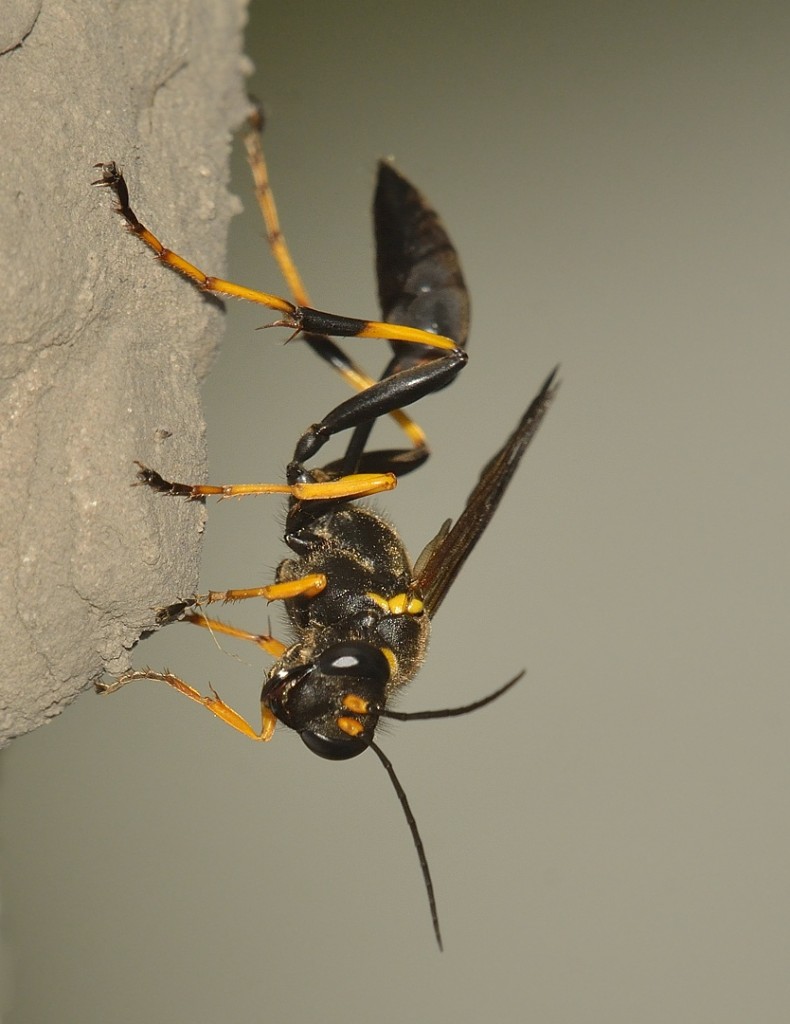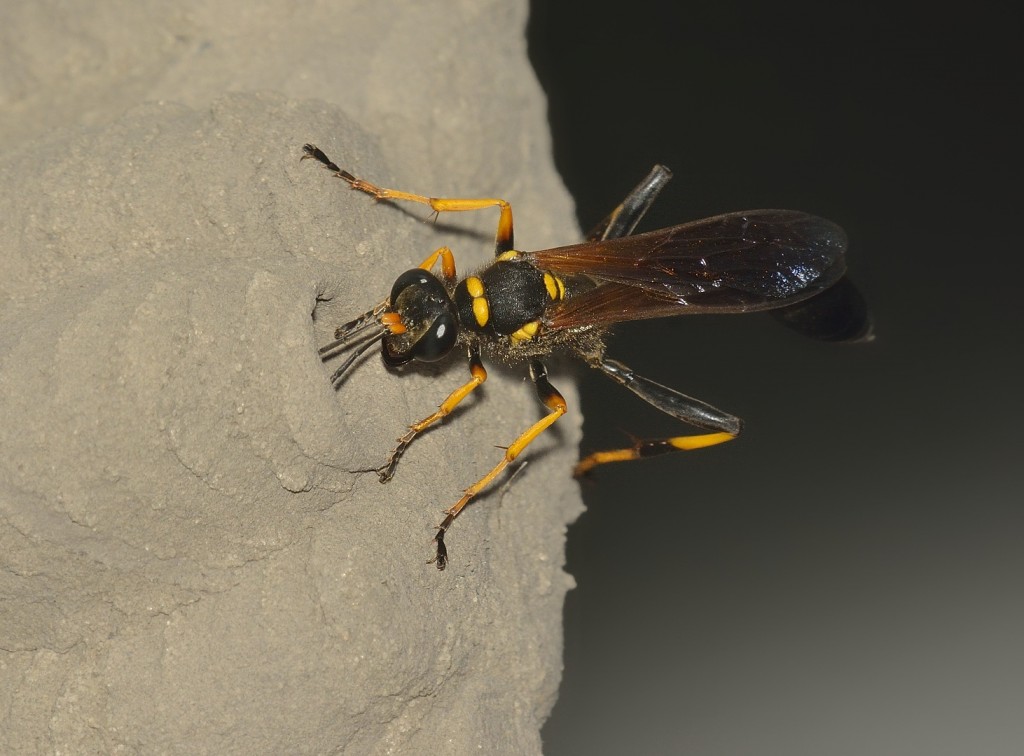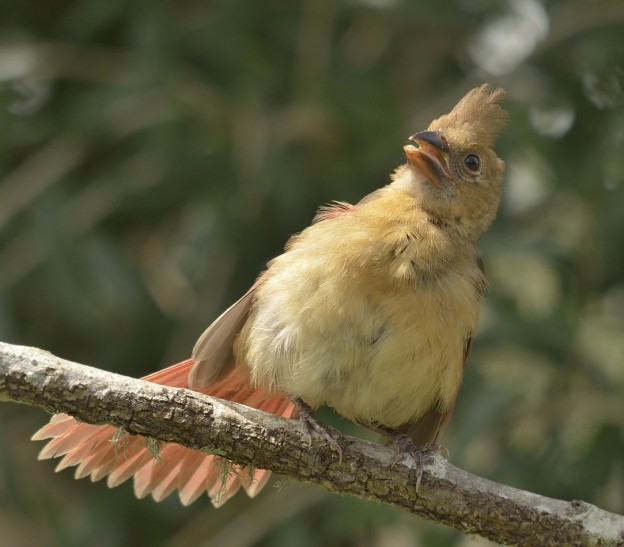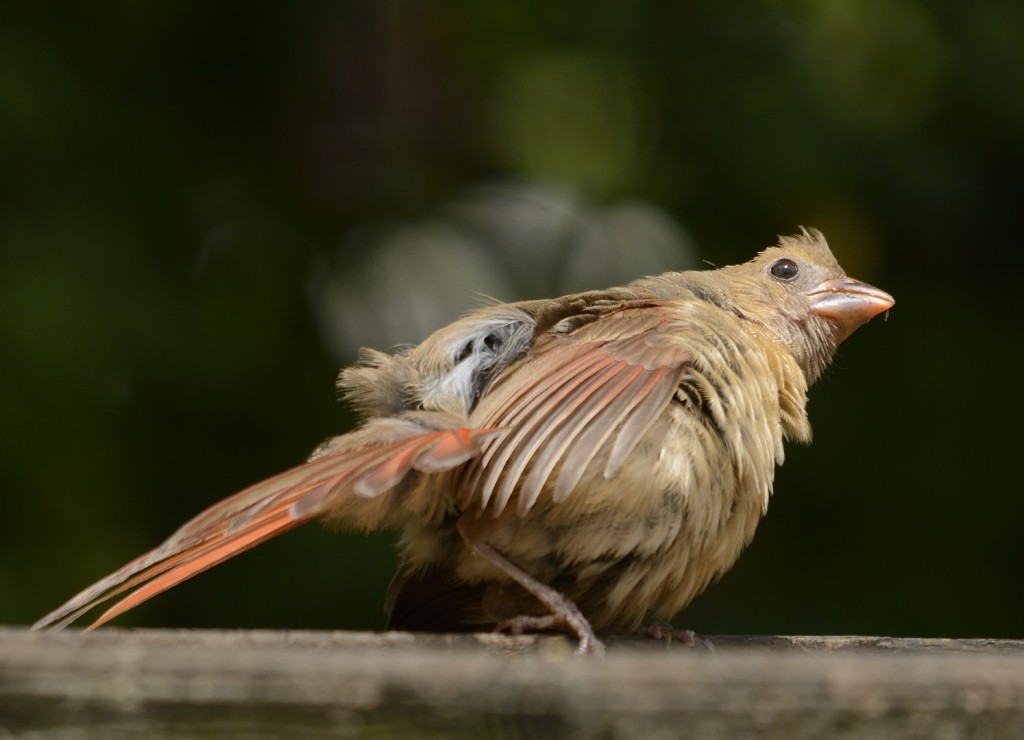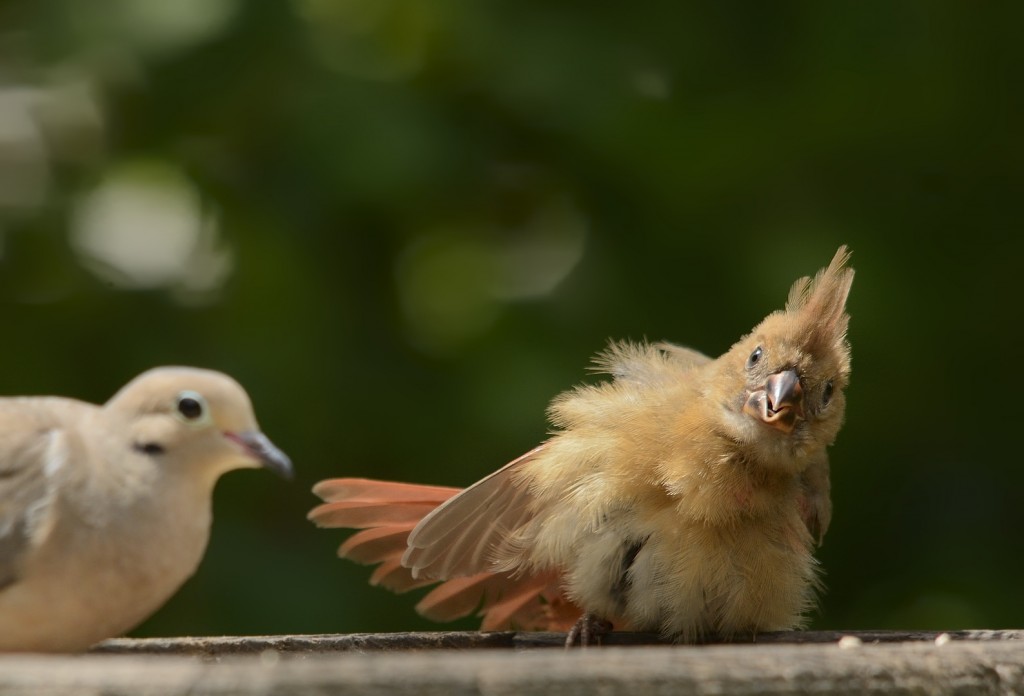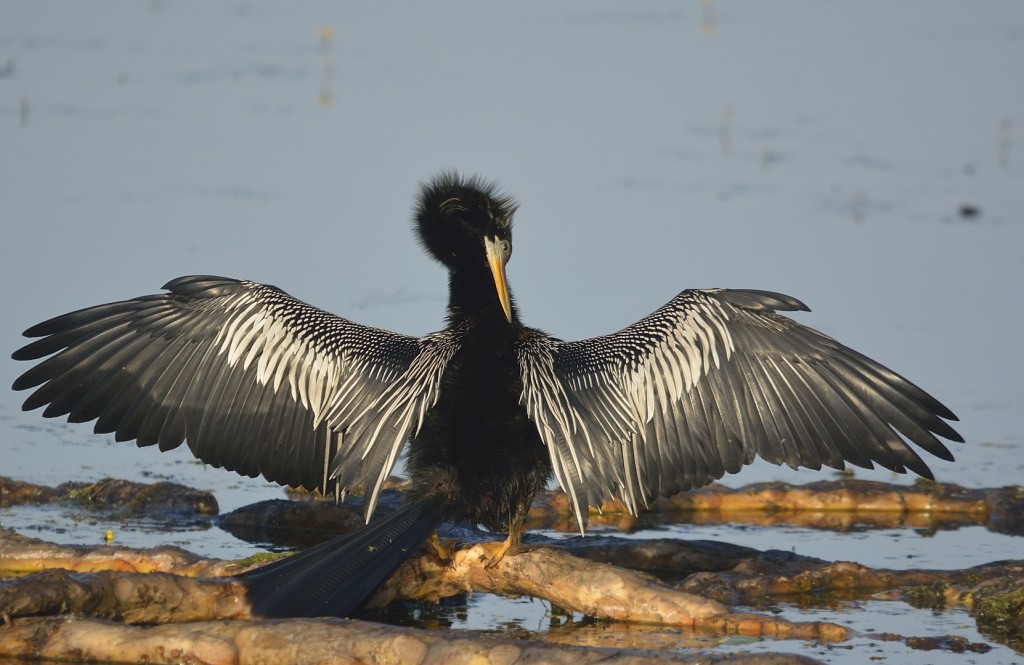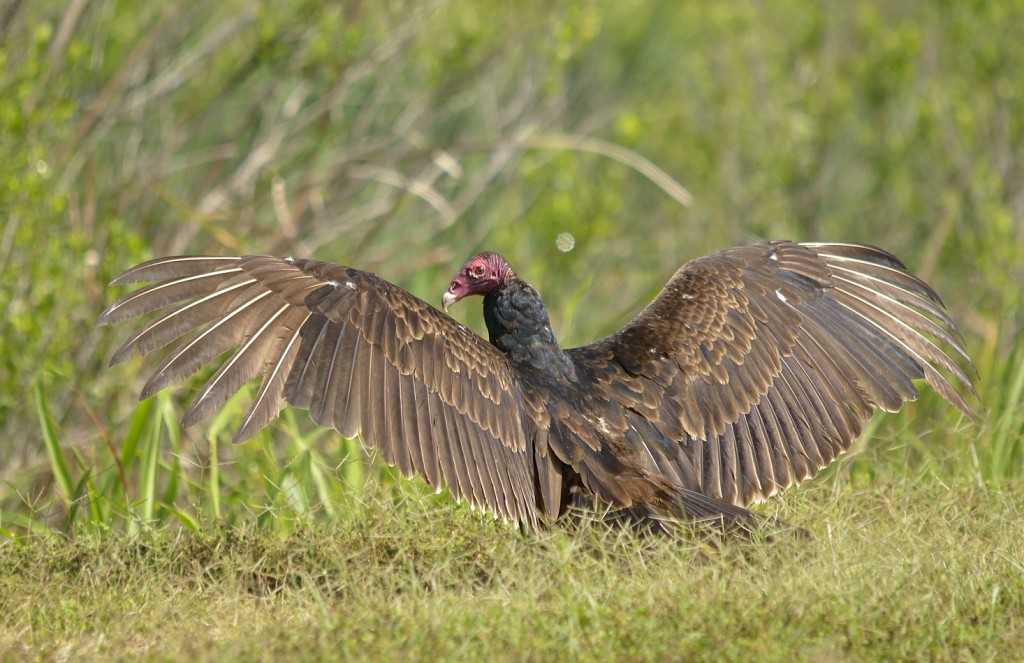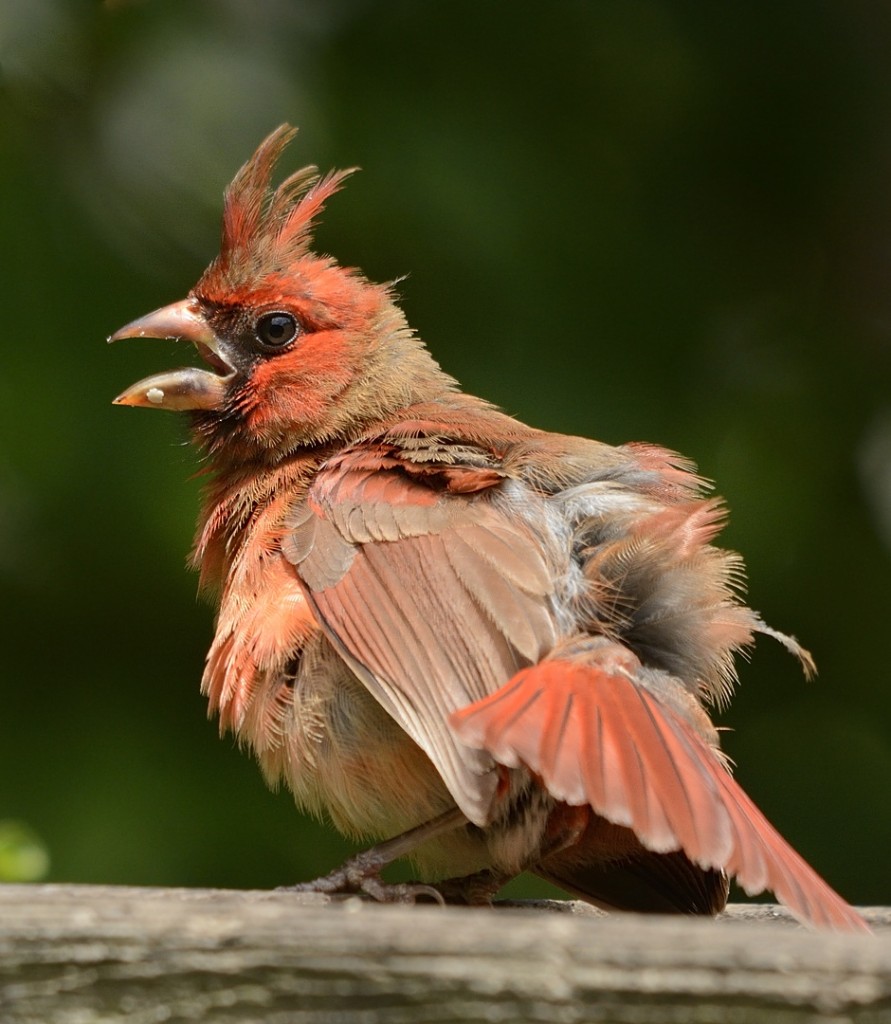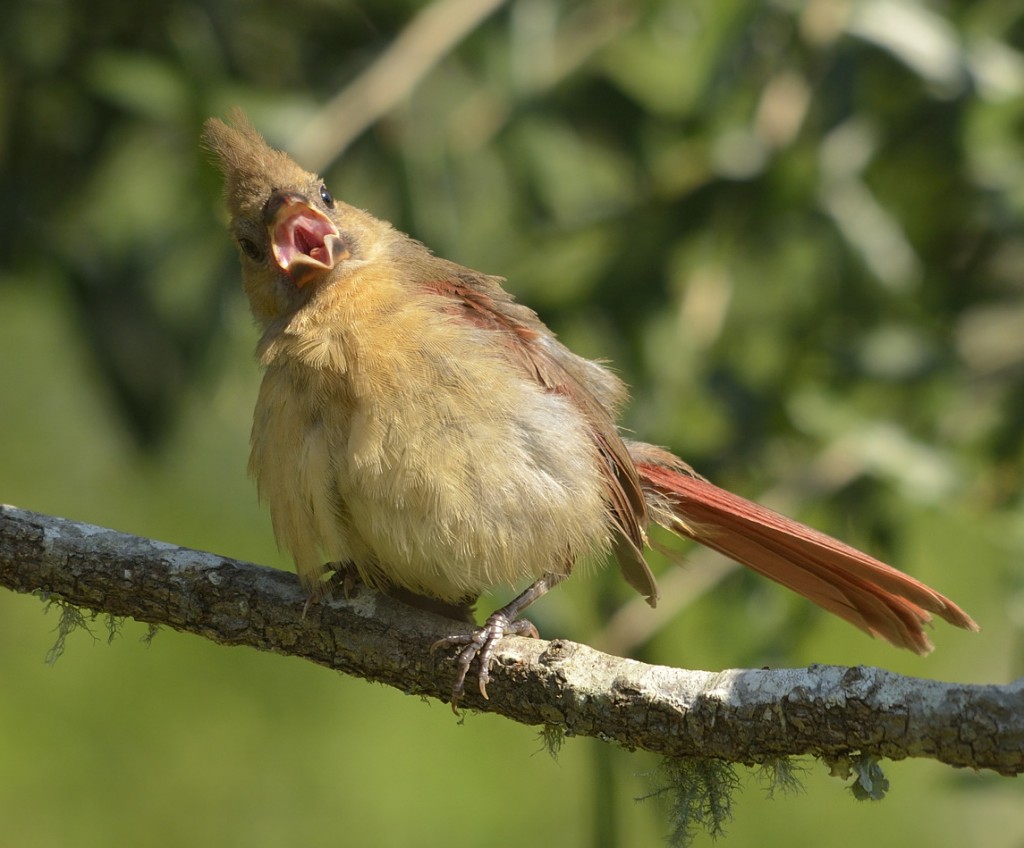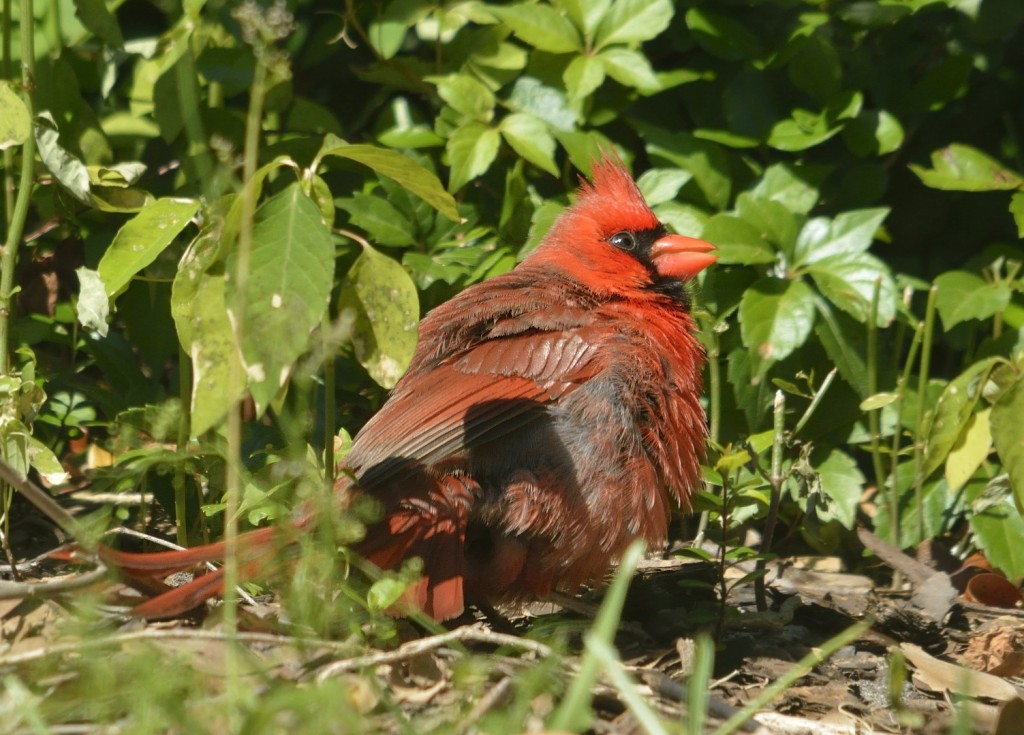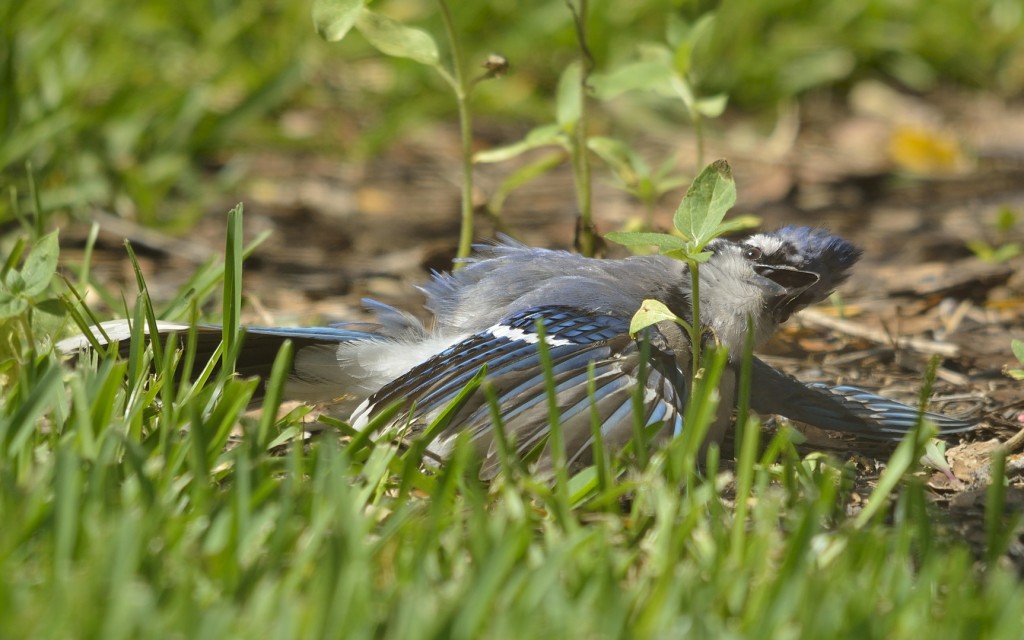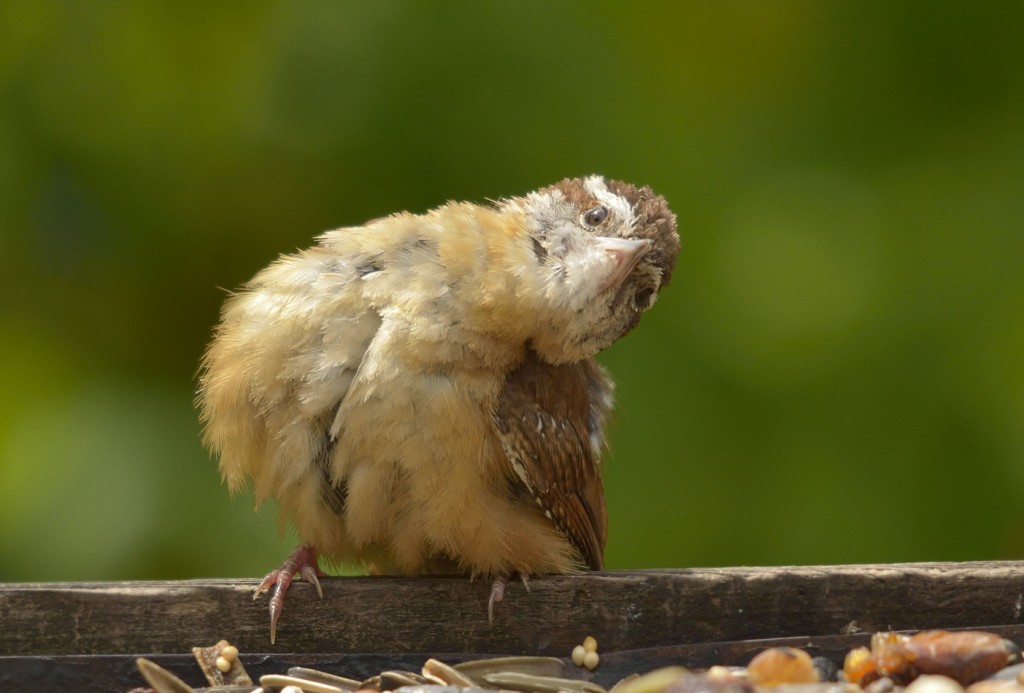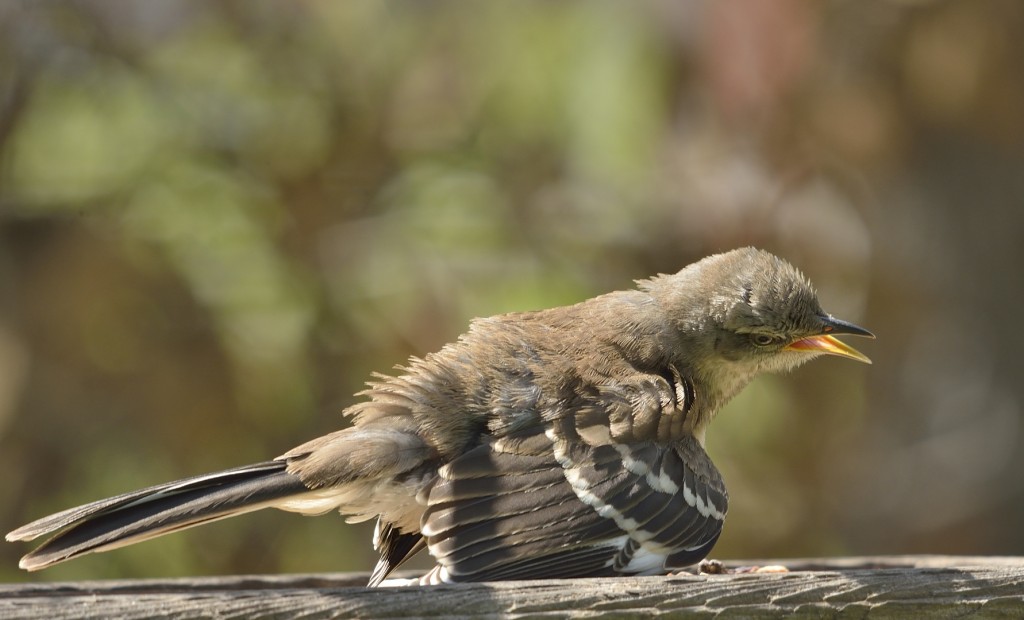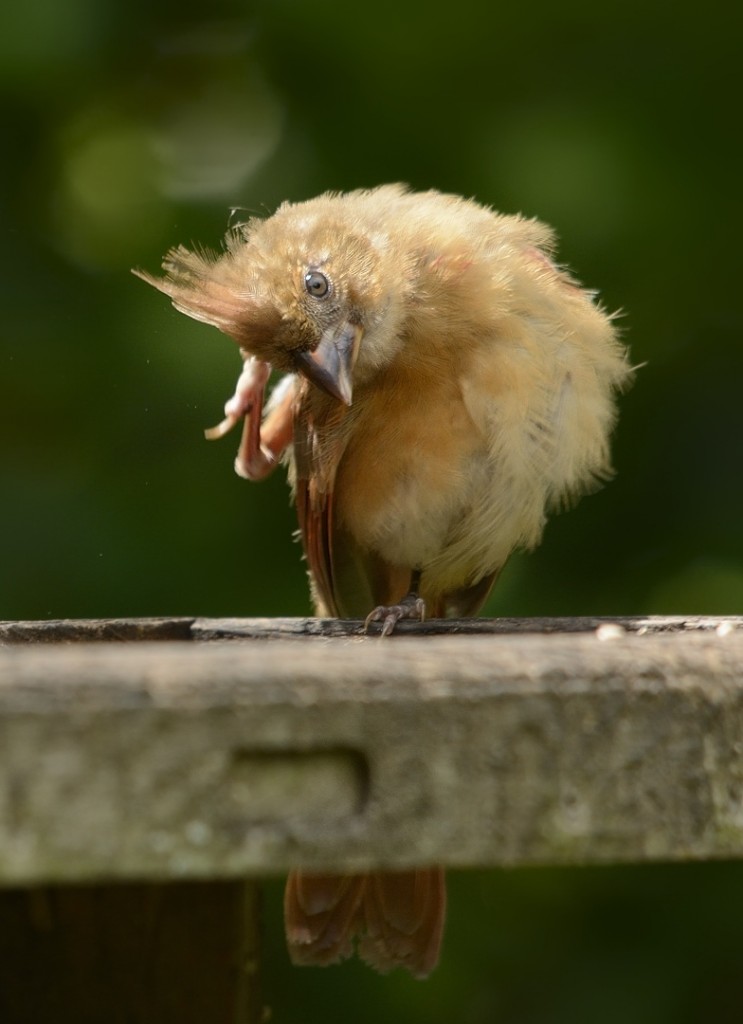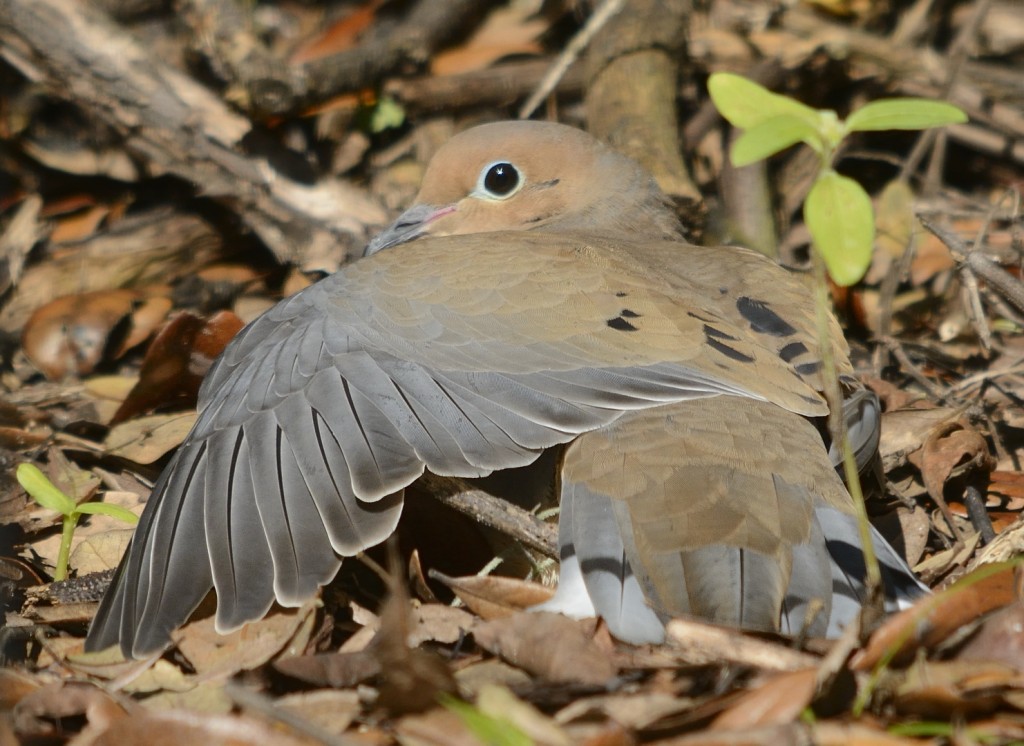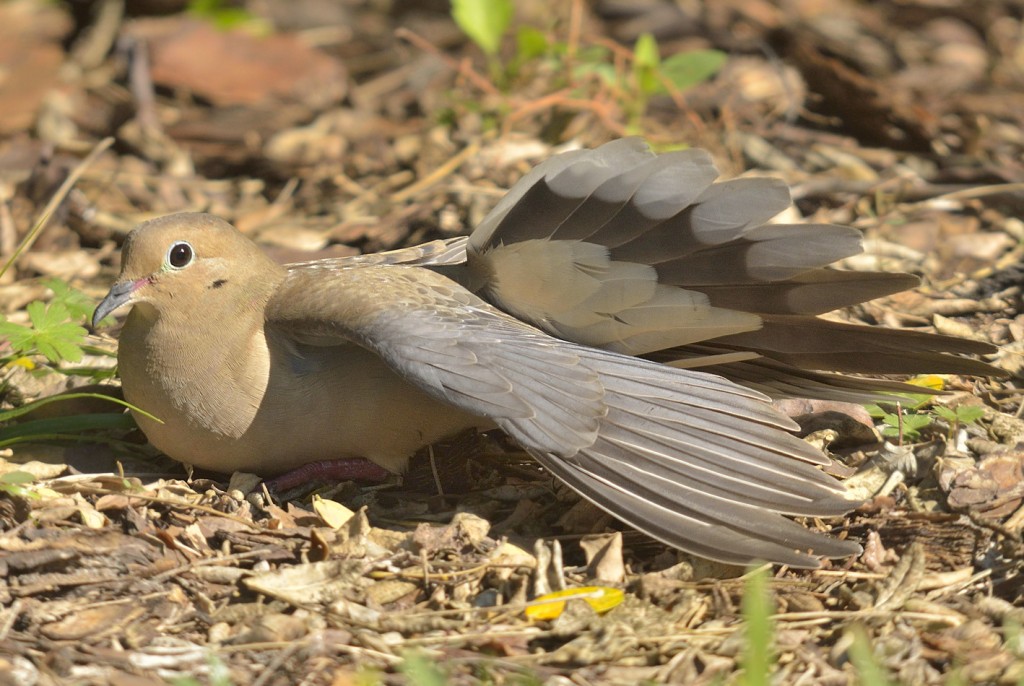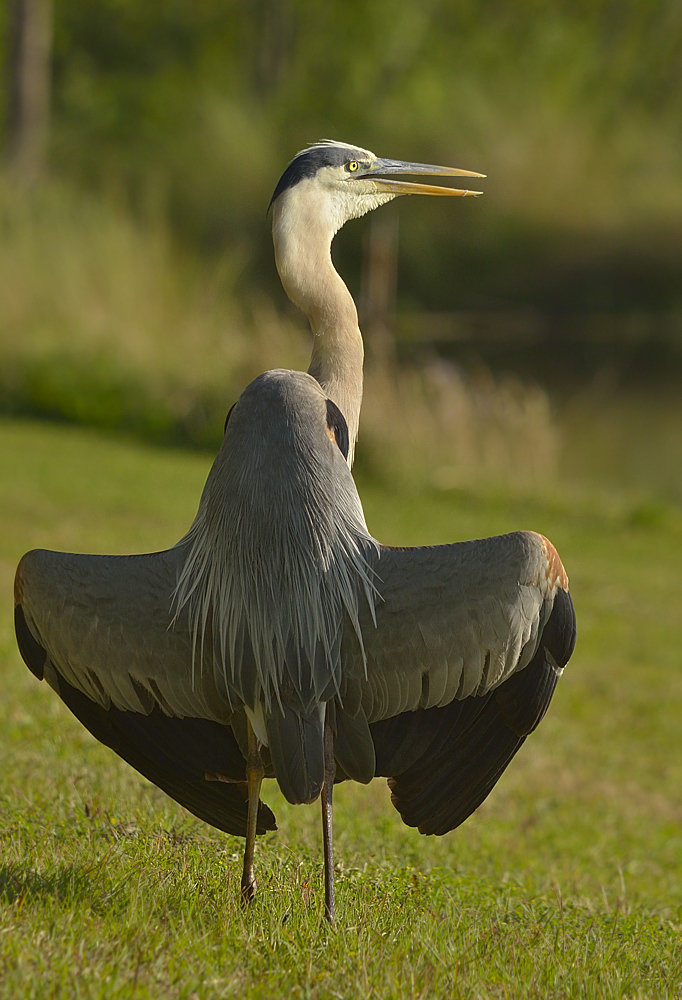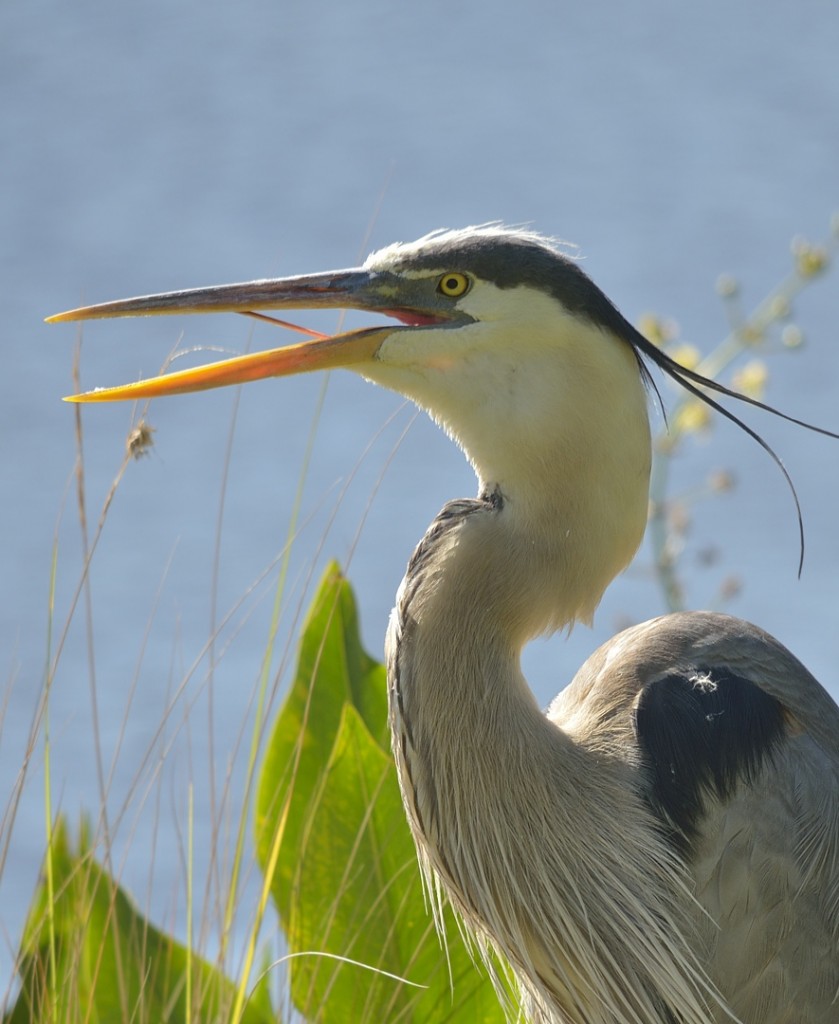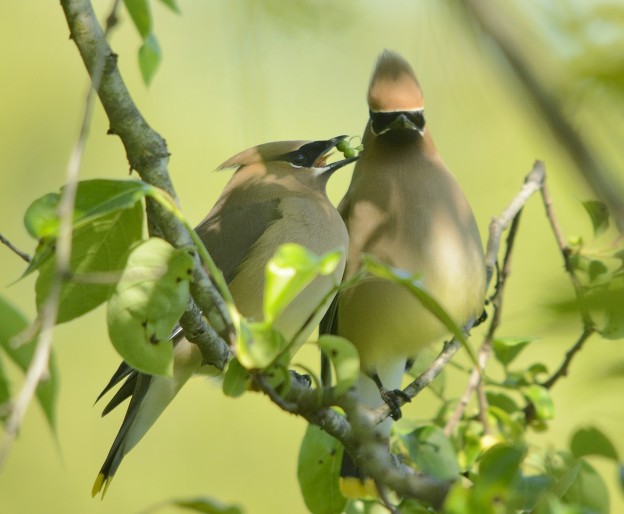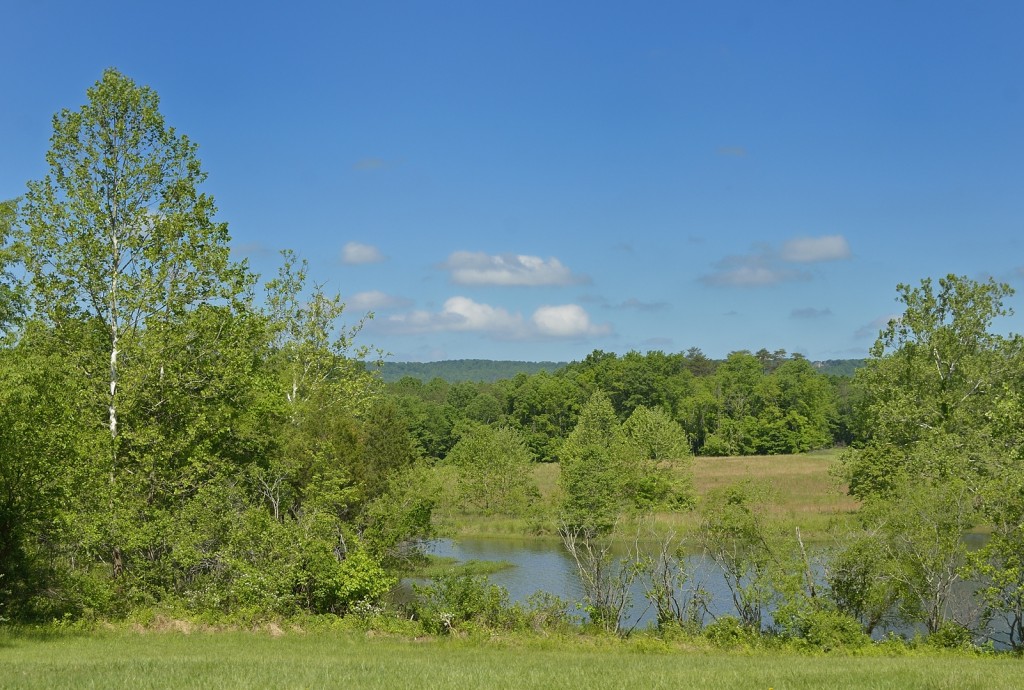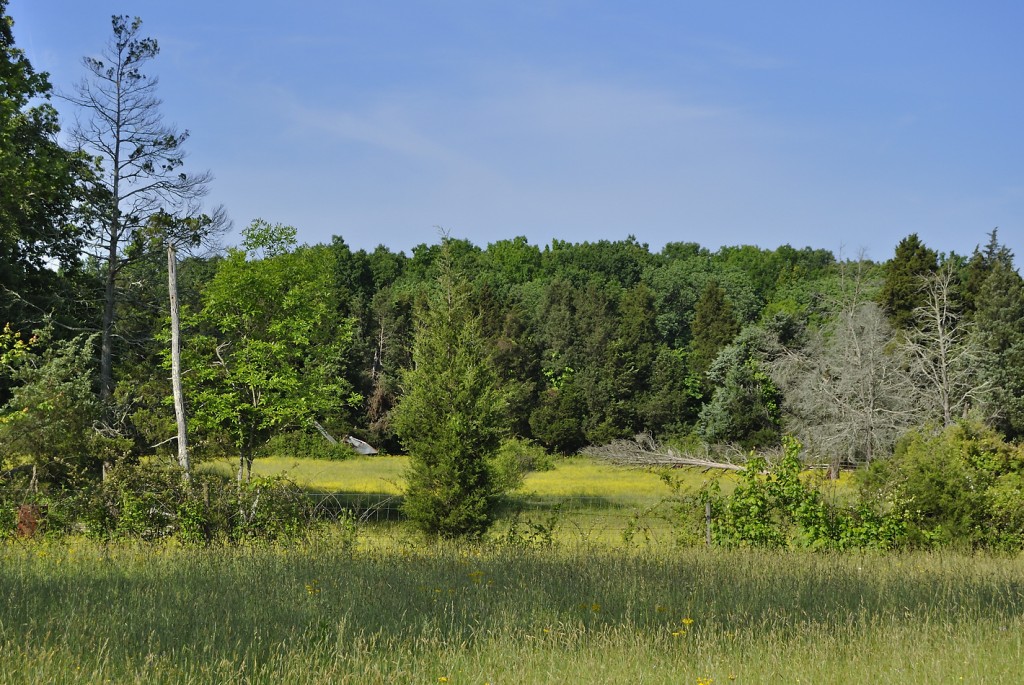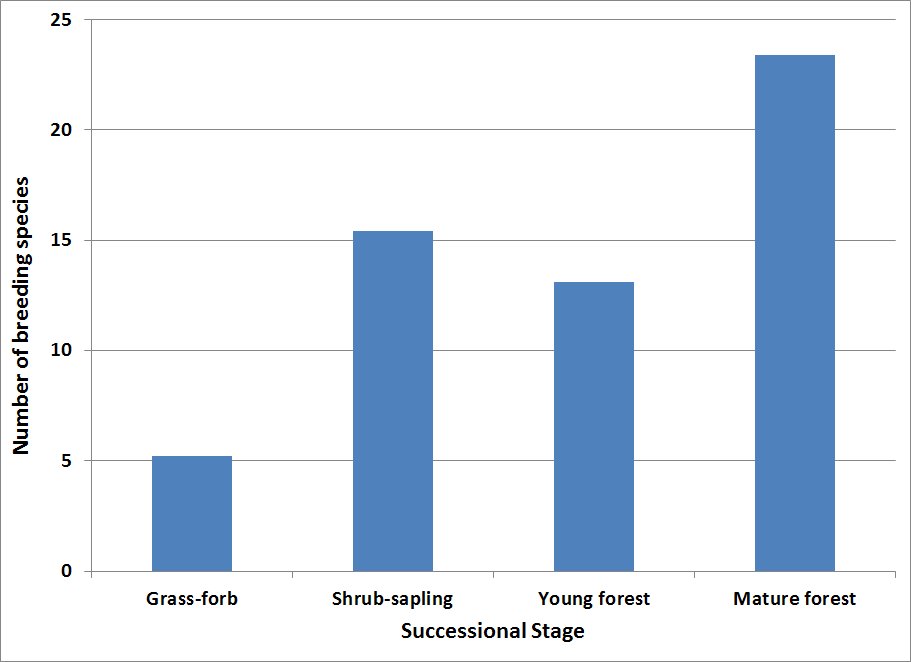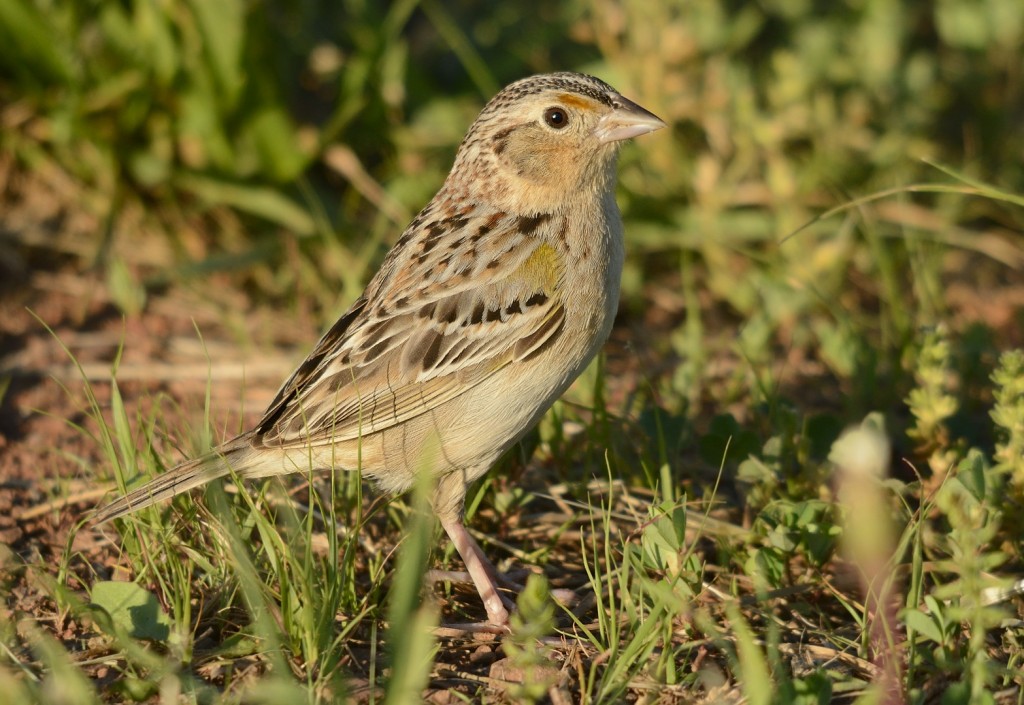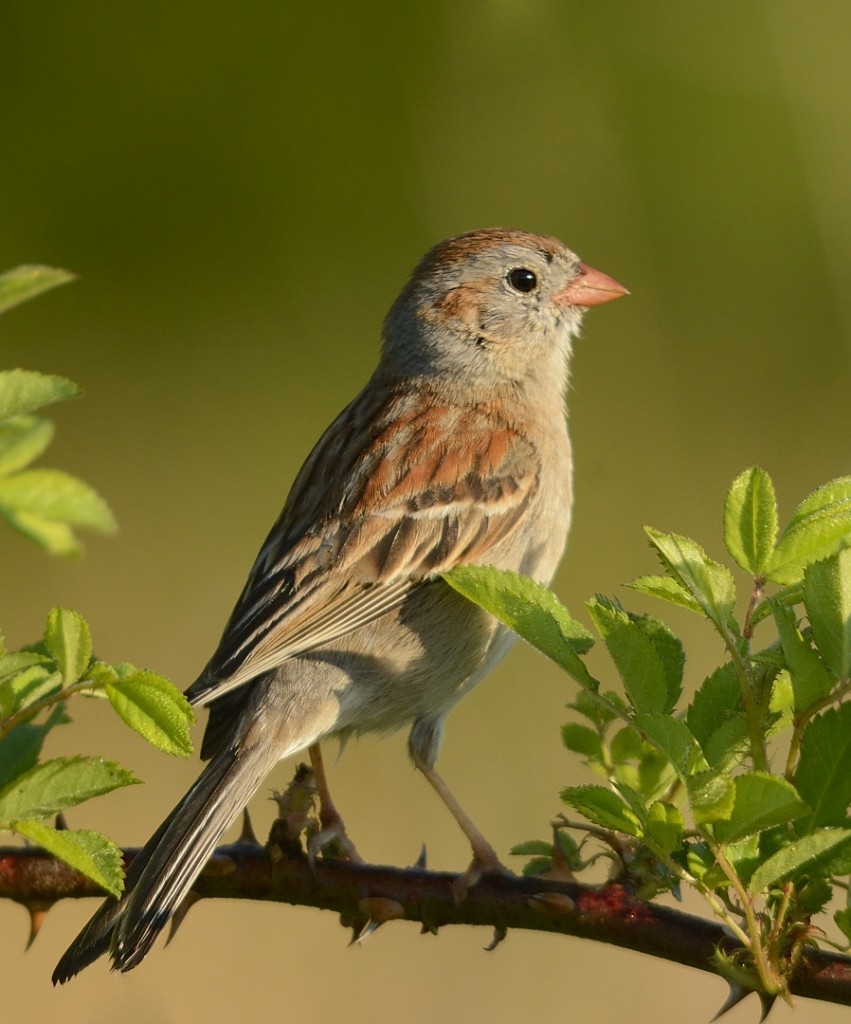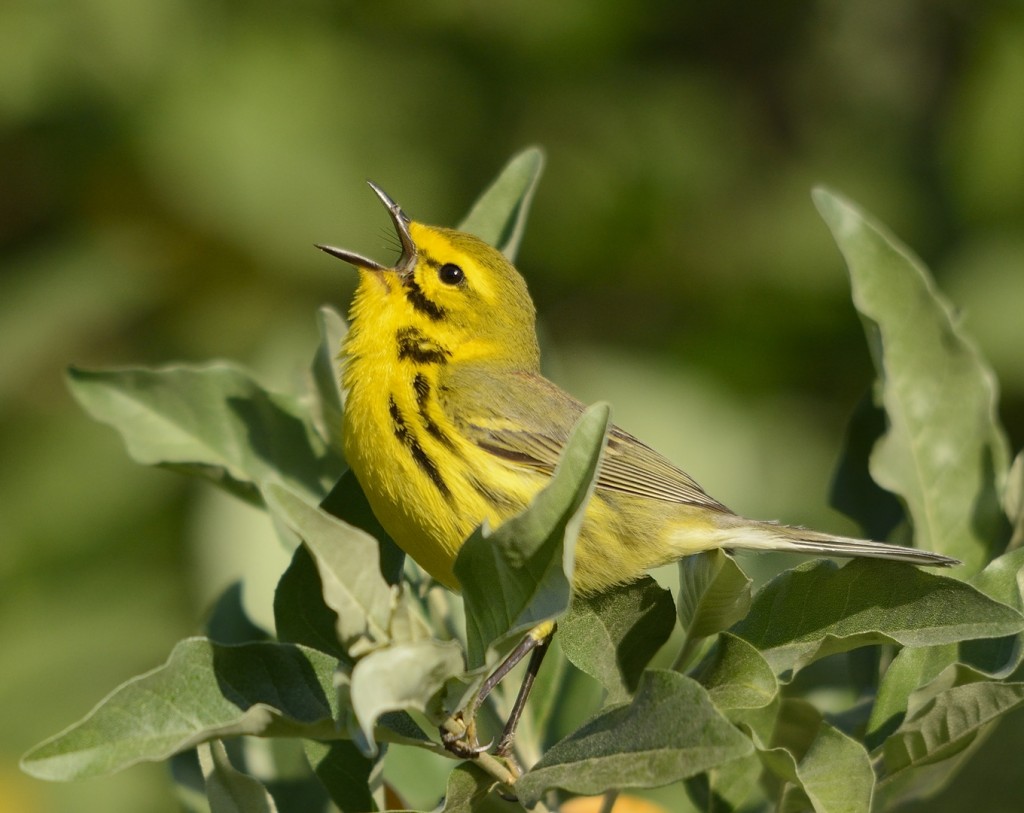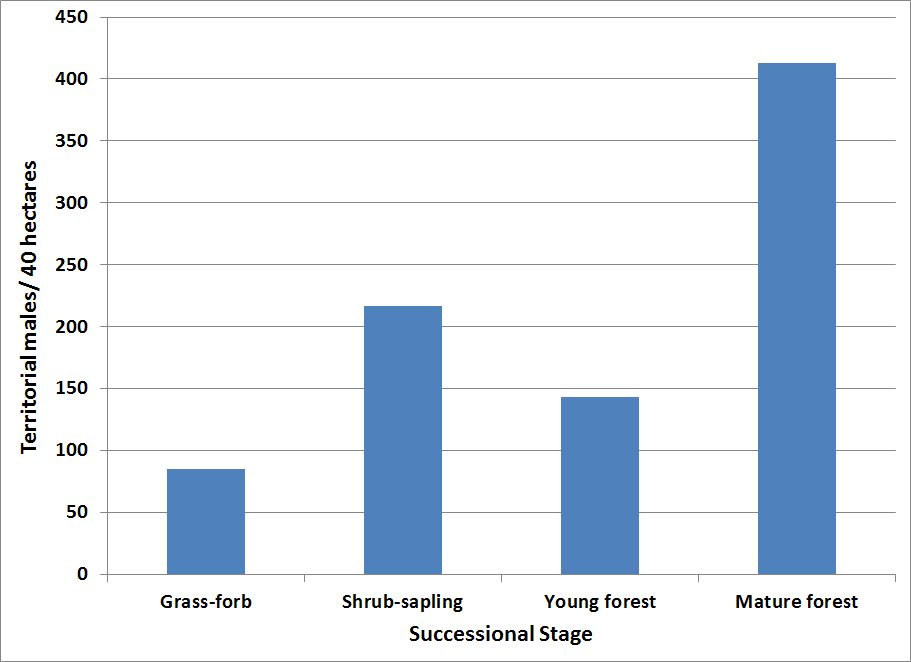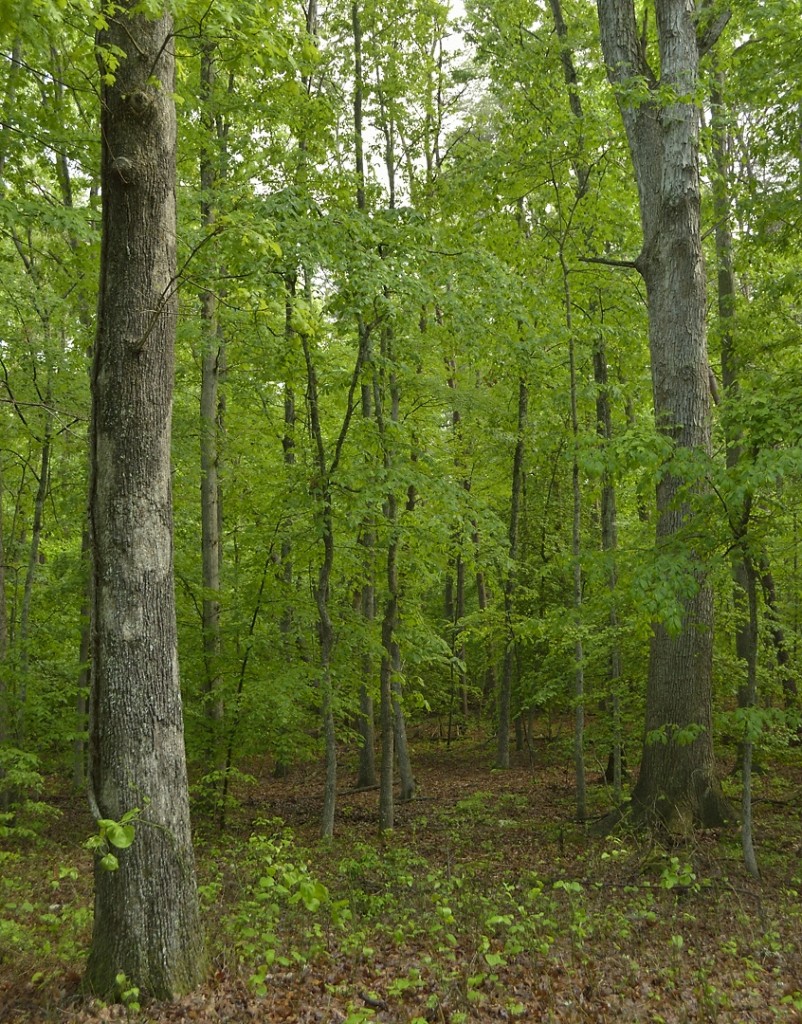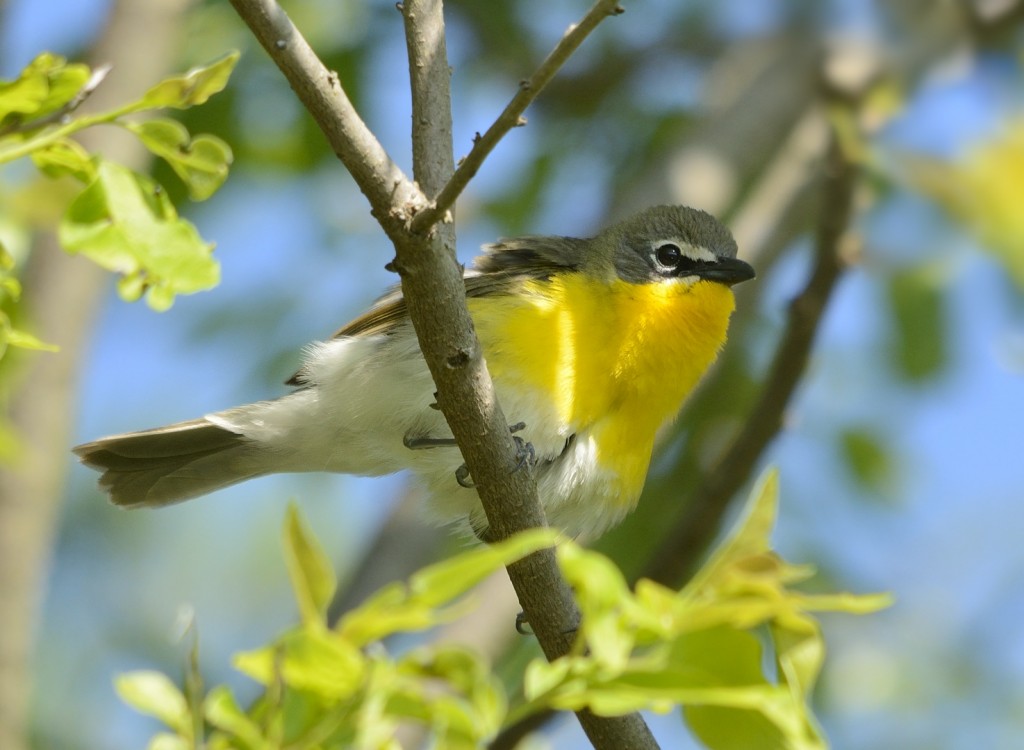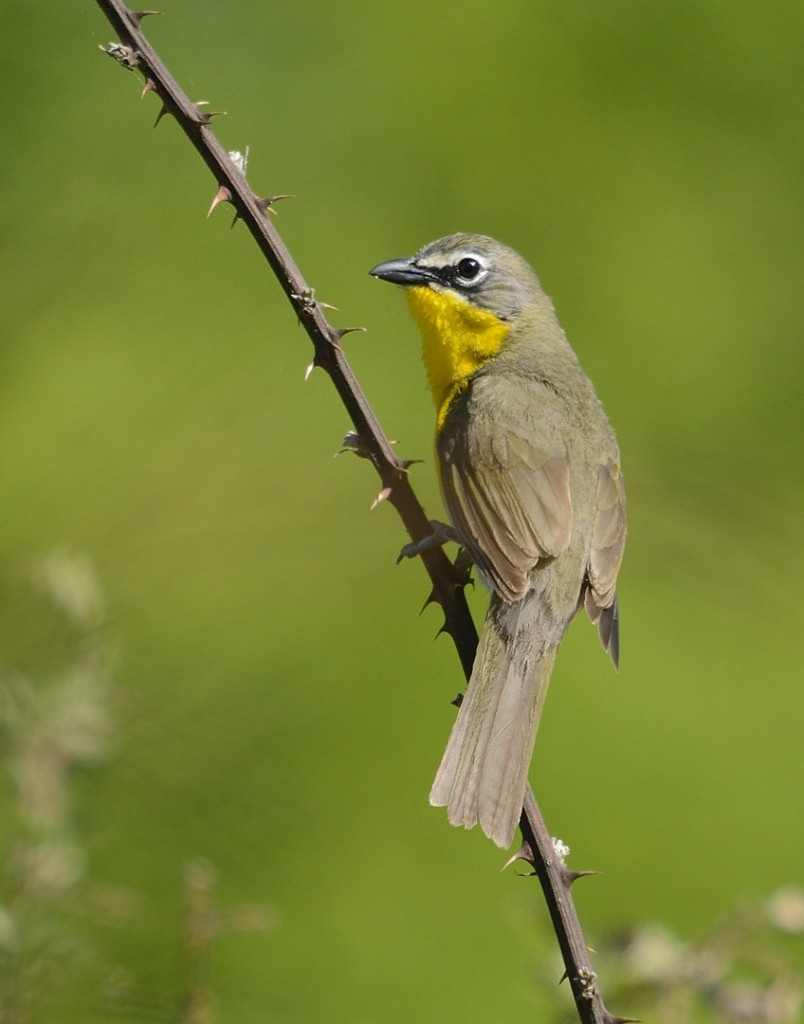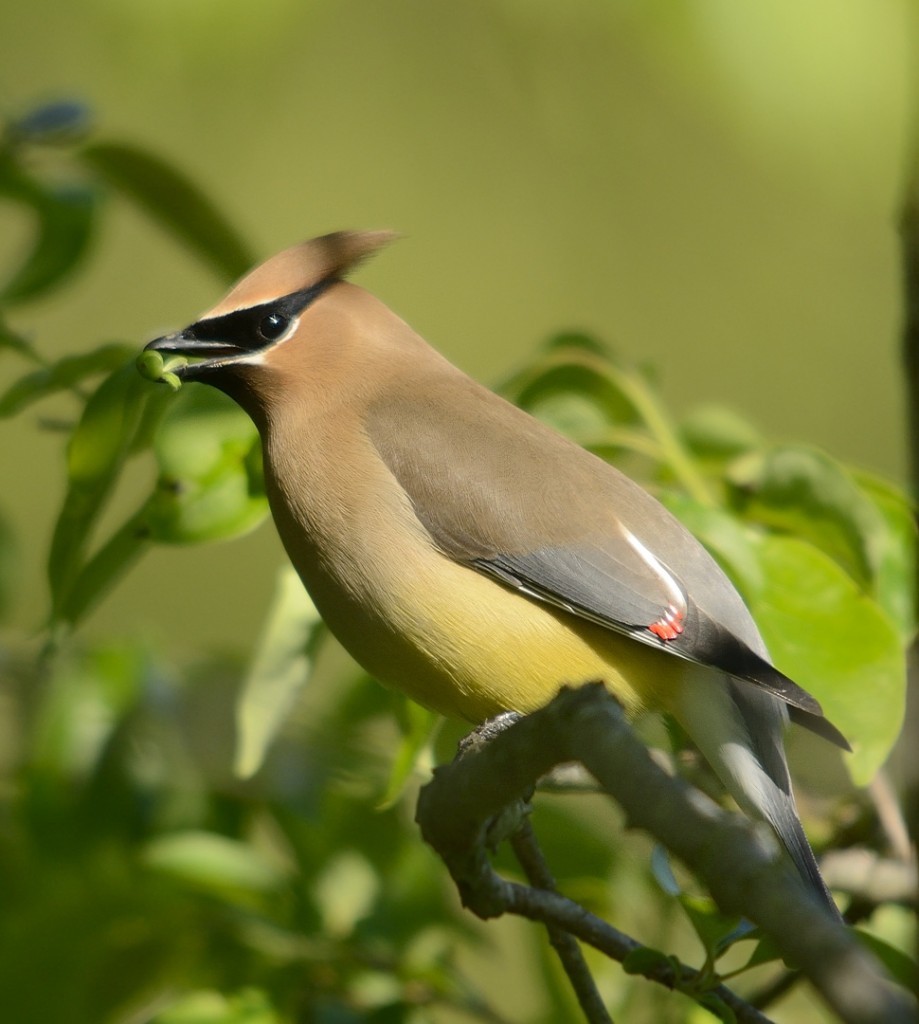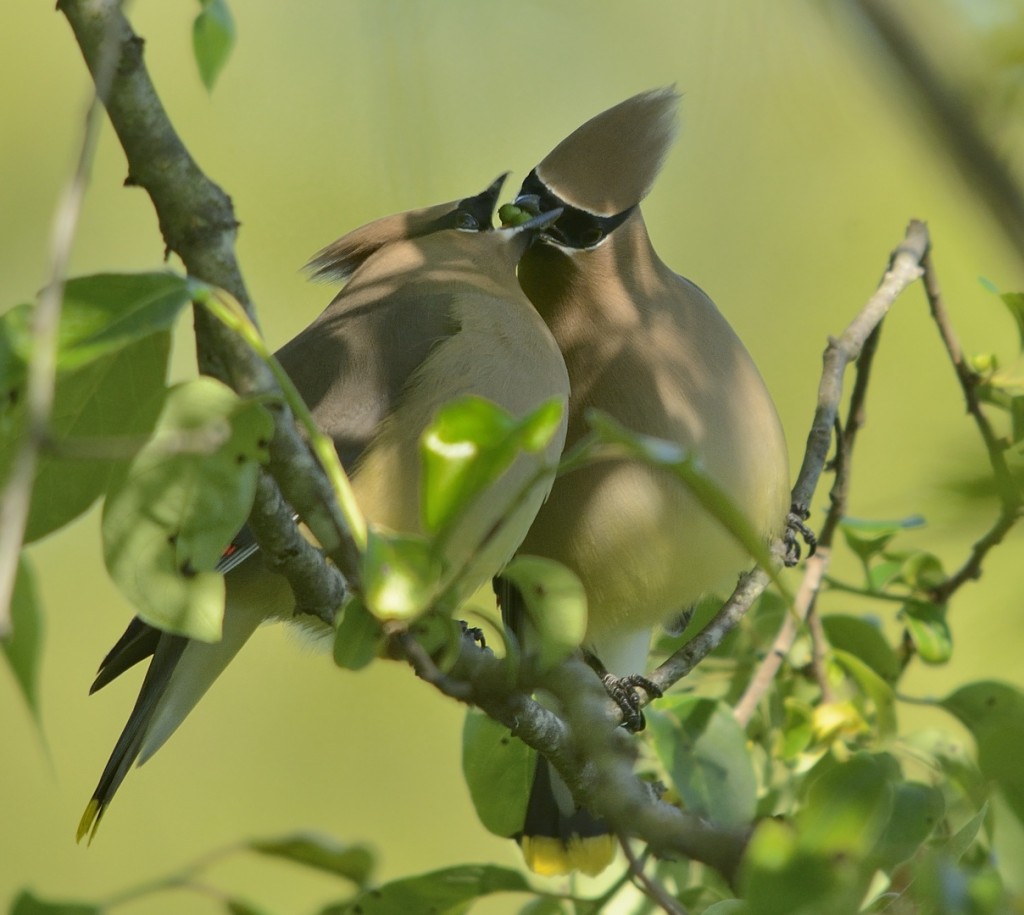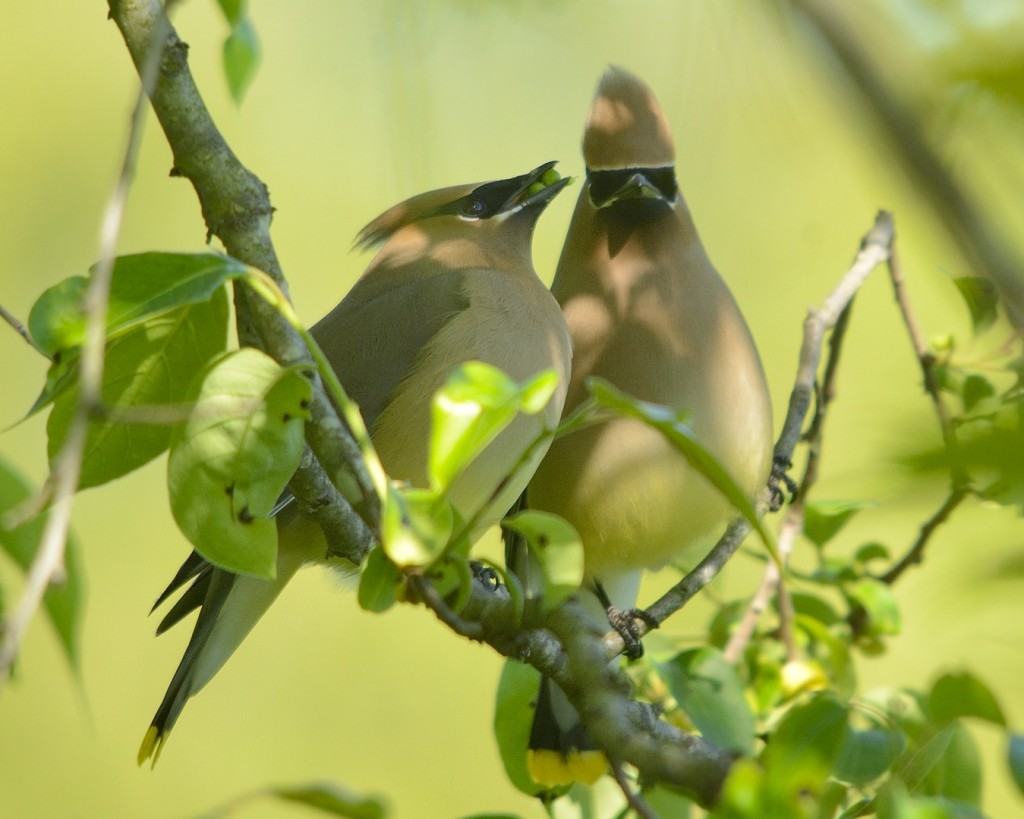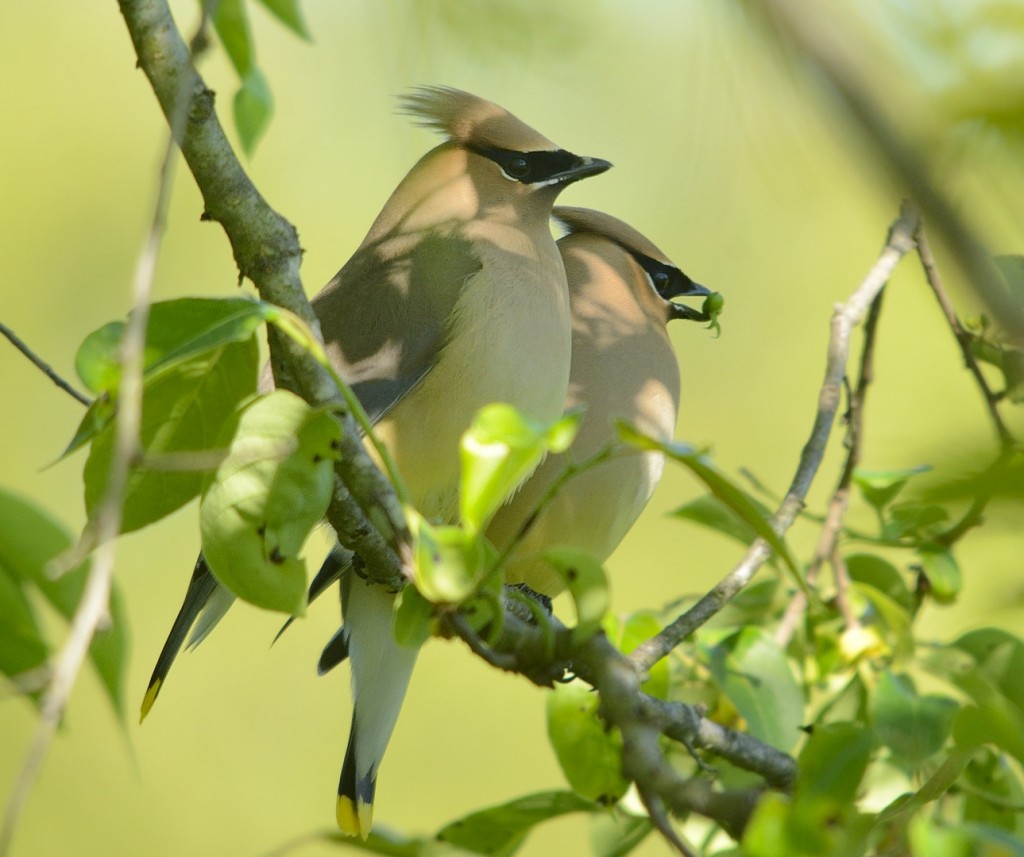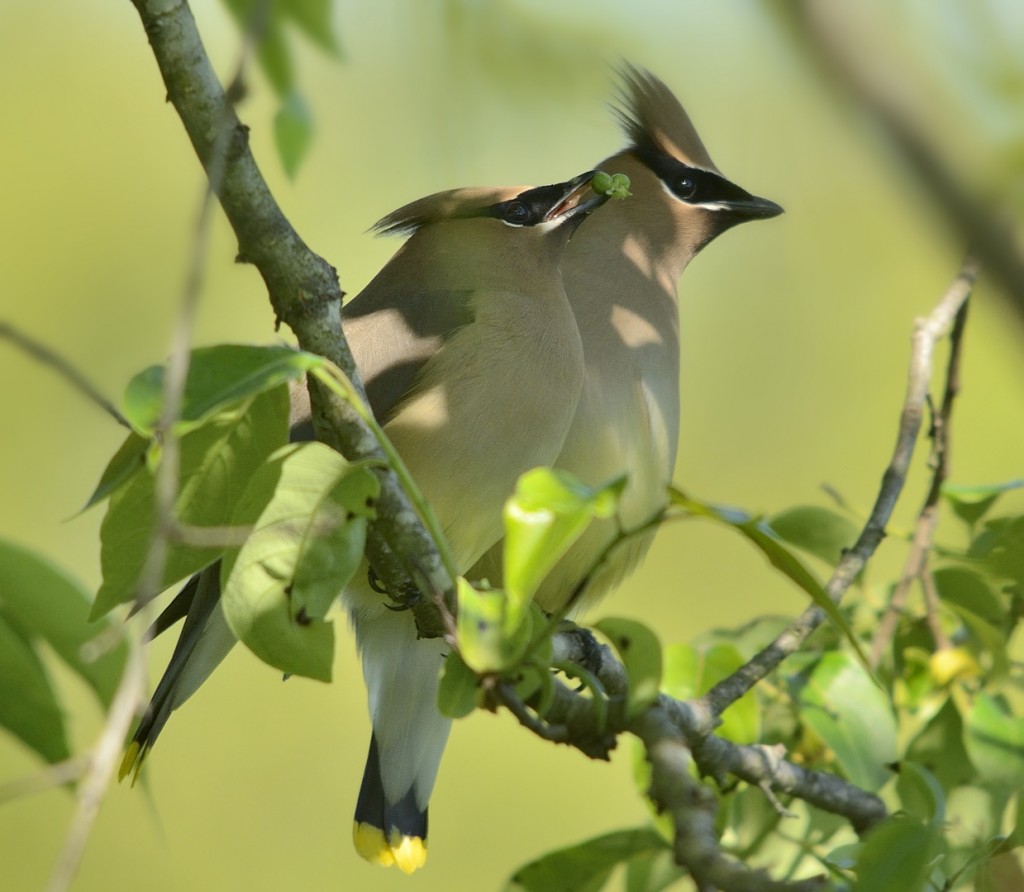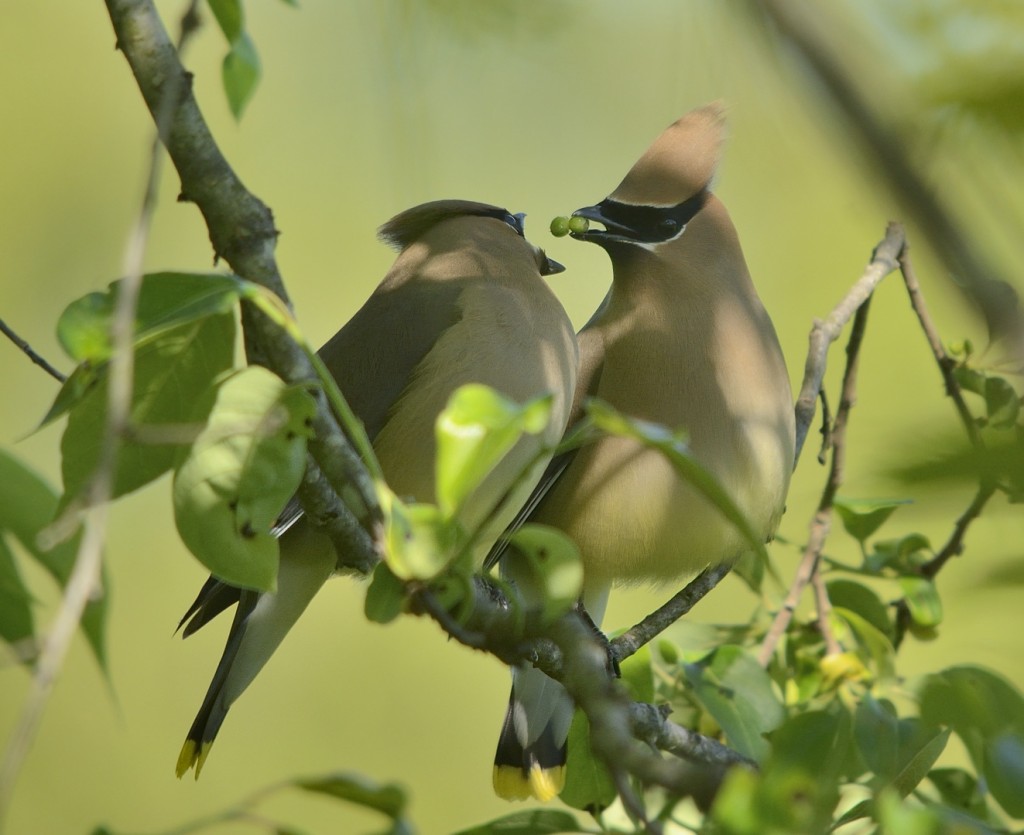October 18, 2014
I don’t think it’s really necessary to coin this term; the love of dogs is a fundamental human condition. I wouldn’t trust a man who dislikes dogs as far as I could throw him. Such an inability to form a connection with these magnificent animals with whom we share a long coevolutionary history indicates a very basic flaw in character and humanity. To any dog-haters who might happen to read this, I have this advice. Seek treatment for your affliction. Try to make yourself a better human being.
Dogs are the original GMO, or genetically modified organism. As William Sanderson’s wonderful character in Blade Runner, B.F. Sebastian said, speaking of his robotic humanoid toys, “They’re my friends. I made them.” Dogs are our friends. We made them.

J.F. Sebastian, with Pris and one of his friends.
In contrast to modern GMO’s, which are largely created by copying and pasting specific genes from one organism to another, dogs were built the old-fashioned way, over thousands of generations of artificial selection. Although the mechanism by which dogs first became domesticated is not entirely clear, the process began at least 15,000 years ago, and perhaps far more. DNA sequencing evidence strongly suggests that wolves were the progenitors of the domestic dog, and the first steps towards domestication may have occurred when humans adopted wolf pups and socialized them to accept human companionship, or it may have been more of a “self-domestication” process in which some wolves began associating with humans for food, protection, and perhaps other benefits. Since those earliest proto-dogs, selective breeding by humans (artificial selection) has produced an entirely new animal, recognized as a separate species from the gray wolf (though dogs and wolves readily hybridize, as do other members of the genus Canis, including coyotes).
A recent paper in the journal Genetics (Wilkins et al. 2014) presents a fascinating story about the interaction between genes, embryological processes, and evolutionary change and how these processes have produced many of the differences seen between dogs and their canid ancestors. Dogs, like many domesticated mammals, show a suite of traits that seem to commonly arise during domestication. Aptly dubbed “domestication syndrome”, these traits include reduced fear and anxiety around humans (tameness), as well as physical traits like changes in color patterns, droopy ears and tails, reduced brain and skull size, and smaller teeth. Why do all of those traits tend to occur together in domesticated animals, when it is primarily the tameness that is being selected for in their interactions with humans?

From Wilkins et al., 2014.
According to Wilkins et al., the phenomenon of tameness is one of many traits linked to a remarkable group of cells, found only in vertebrates and their closest relatives (tunicates), that are active in early embryological development. These cells, called neural crest cells, originally form and differentiate as part of the developing nervous system during the process called neurulation. But rather than stay with the central nervous system to form the brain and spinal cord, as most of the cells formed during neurulation do, neural crest cells are wanderers. They break away from the developing spinal cord and travel throughout the body to take up residence in a wide variety of developing tissues and organs, and differentiate into a dizzying diversity of tissues and organs. Some move into the skin, where they form the pigment-producing cells called melanocytes. Others are involved in formation of cartilages in the ears, while other neural crest cells form one of the types of cells that build teeth, the odontoblasts. Others contribute to bones of the skull, while yet other neural crest cells become neurons and ganglia of the peripheral nervous system. Most importantly with regard to domestication, neural crest cells are involved in development of the adrenal glands and other components of the sympathetic nervous system, which produces the so-called “flight or fight response” when vertebrates are placed in physically or emotionally challenging situations.
According to the Wilkins et al. model, domestication first began genetically modifying dog ancestors by selectively favoring those individuals that showed reduced stress response around humans, due to a less intense “fight or flight response”. These were individual wolves that had experienced reduced neural crest activity during development, and a somewhat underdeveloped adrenal gland/sympathetic nervous system response. Such variability in genetically encoded traits is a prerequisite for natural or artificial selection to occur, and is widespread.
But because neural crest cells are involved in so many other developmental events, selection for reduced neural crest activity (“mild neurocristopathy”, as they called it) also resulted in evolution of other traits, including floppy ears and droopy tails (reduction in cartilage-producing tissues), color patterns (reduced melanocyte activity), smaller teeth (reduced odontoblast activity), and smaller skulls and brains. Though only “tameness” was being directly favored by their association with humans, changes in physical traits transpired due to the selection for reduced neural crest cell activity. This is, to me, a truly elegant hypothesis, which emphasizes the ease with which minor changes in developmental pathways can lead to major evolutionary changes in body form and function of the adult organism.

Luna, indisputably the greatest dog who ever lived
Regardless of how dogs got to be dogs, the result is an animal with which we are inextricably linked in our evolutionary meanderings. And it is completely natural to love them. The only dog I’ve ever had that belonged only to me was a little mixed-breed husky mix named Luna, and I loved that dog in ways that I never knew were possible. When I had her put to sleep in 2006, I was inconsolable for months. I’m not ashamed to say that for weeks after she died, I would find myself at times sobbing uncontrollably over the loss. I still get a little misty-eyed sometimes when I look at old pictures of her.
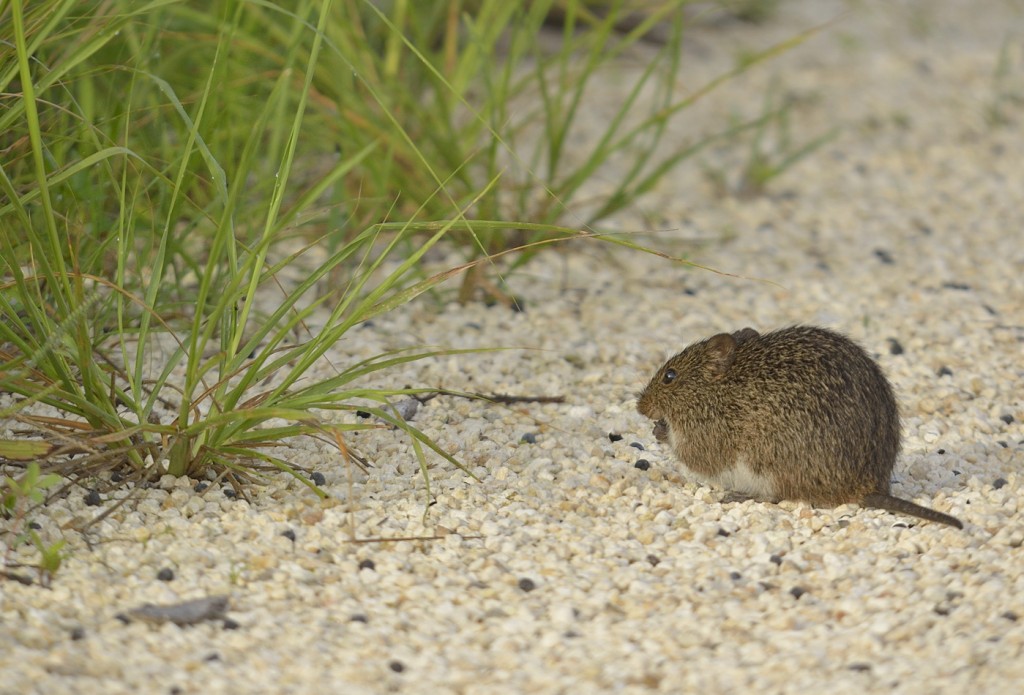
If I saw mammals like this Sigmodon hispidus more often, I’d probably like them better. But I don’t.
Truth be told, I’m actually not all that enamored of most mammals – they are largely nocturnal, not particularly colorful, and often difficult to observe, all traits in direct contrast to some of my truly favorite taxa such as birds, butterflies, odonates, and flowering plants. But I make an exception for carnivores, and particularly canids. Nothing excites me as much as seeing a wild dog. Coyotes are absolutely enchanting animals. God’s dog, as they have sometimes been called, are beautiful, wicked smart, adaptable, and at times quite mischievous, to put it mildly.
I had been living in Florida for over a decade before I saw my first coyote. I still have a vivid memory of driving north on Lake Winona Road in 1991 or 1992, through mixed sandhills, hammocks, and agricultural habitat and seeing a doglike animal crossing the road a couple hundred yards ahead of me. As it reached the edge of the road, it paused broadside and looked directly at me for a few seconds before disappearing. No more than a 15-second observation, if that, but I knew instantly it was a coyote. The lope, the elegant profile, big ears – all screamed coyote. I was entranced. It took several years before I saw another, this one only briefly again as it darted across Dark Entry Road in Tiger Bay State Forest.
In the last several years, though, I’ve been seeing coyotes much more regularly. Maybe because I’m getting a little better at spotting them, maybe because they are increasing in numbers. Probably some of both. I sure hope at least the latter is true. For one thing, more coyotes means fewer feral and free-ranging cats. And that’s a good thing. When human activity first begins modifying the ecological systems in a developing area, top predators are usually the first component to disappear. It gives me a bit of hope to see them increasing on their own, despite widespread prejudice and wanton slaughter of these beautiful dogs. Over 75,000 coyotes were killed in 2013 alone by the USDA’s Wildlife Services, along with many other top predators. (Thanks to Mia McPherson and her wonderful blog On The Wing Photography for that disturbing statistic.) Yet they continue to prosper.
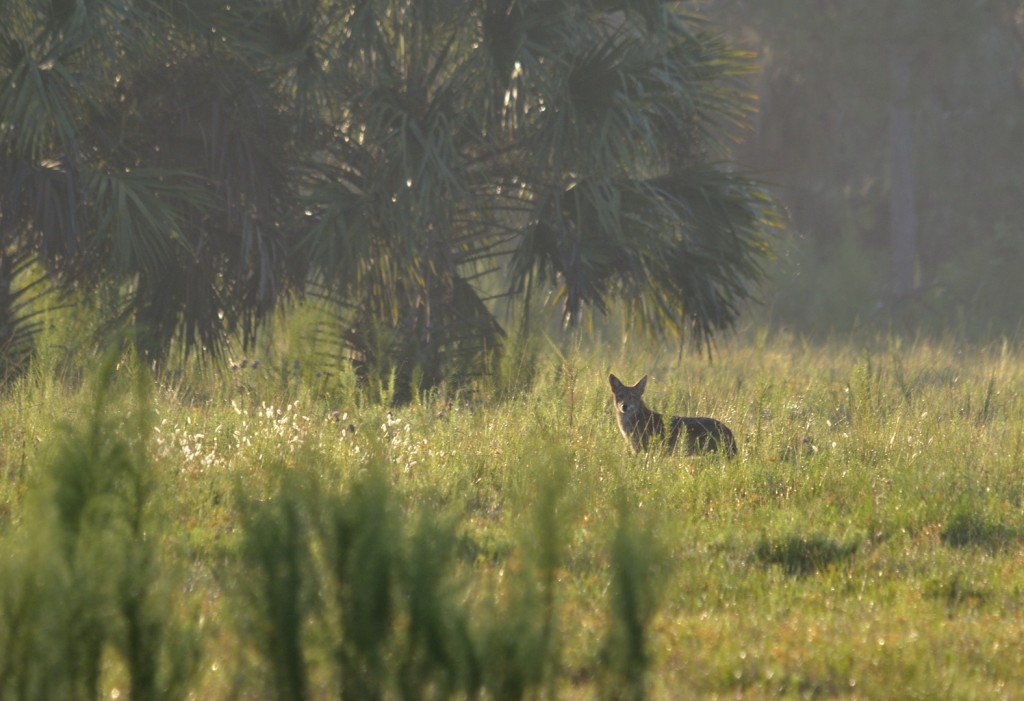
I’m still waiting for my first decent photo opportunity with coyotes. In 2011, I watched one circling a herd of cattle, including a small calf, looking very much like a border collie working a flock, from State Road 42 in Lake County. For a minute or two, the coyote stayed in view, frequently veering back and forth as it scoped out the big slobbering bovines. Quite distant, but my first coyote photos. In 2012, I was driving through Heart Island Conservation Area near mid-day in August, and saw a pair of half-grown coyote pups trotting down Deep Creek Road in front of me, occasionally slowing to give me a sidelong glance. More recently, I had direct eye contact for a fleeting but electrifying moment as I drove by one in Ocala National Forest, on SR19 just south of Silver Glen Springs. He had crossed the road in front of me and paused briefly to look back from the dense thicket perhaps 50 feet away. This year I’ve seen single coyotes a couple of times at Lake George Conservation Area, and a month or so ago crossing Rima Ridge Road in Tiger Bay State Forest, near the Bennett’s Field primitive campground. But I still haven’t been close enough to one in decent light to get true coyote photos (as opposed to photos with a coyote somewhere in them). But I always assumed that the first wild canid I photographed in Florida would be a coyote.
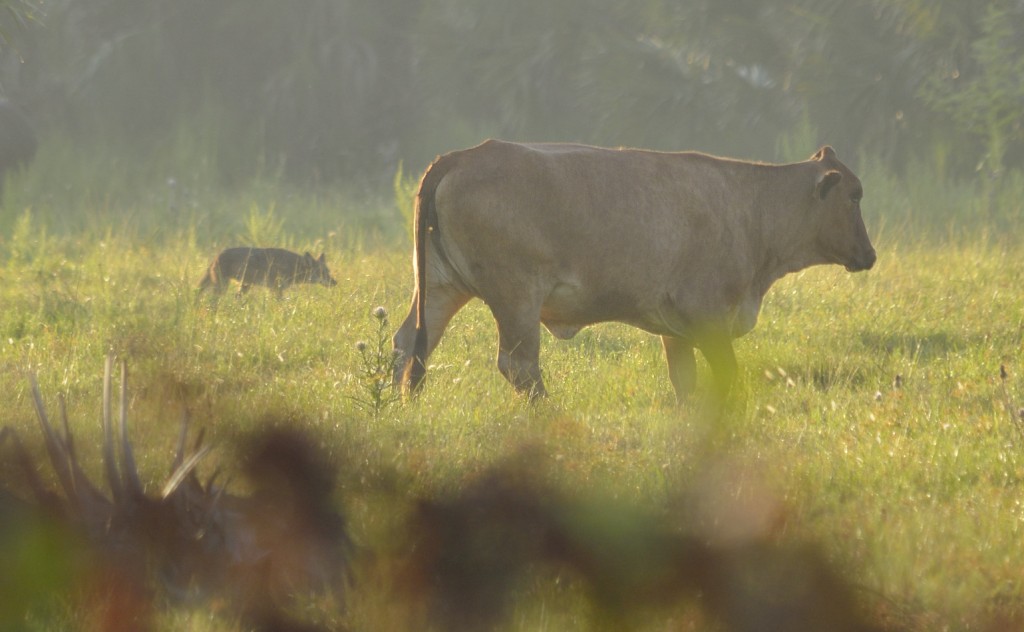
Stalking coyote.
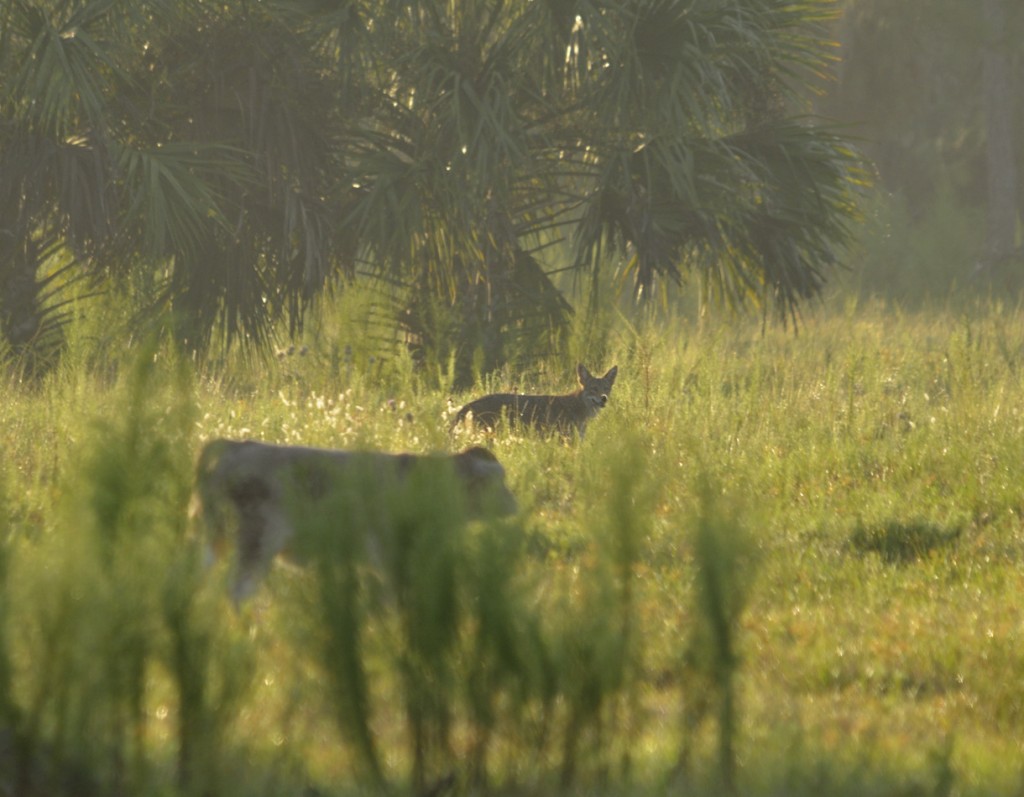
This one might be doable, he’s thinking.
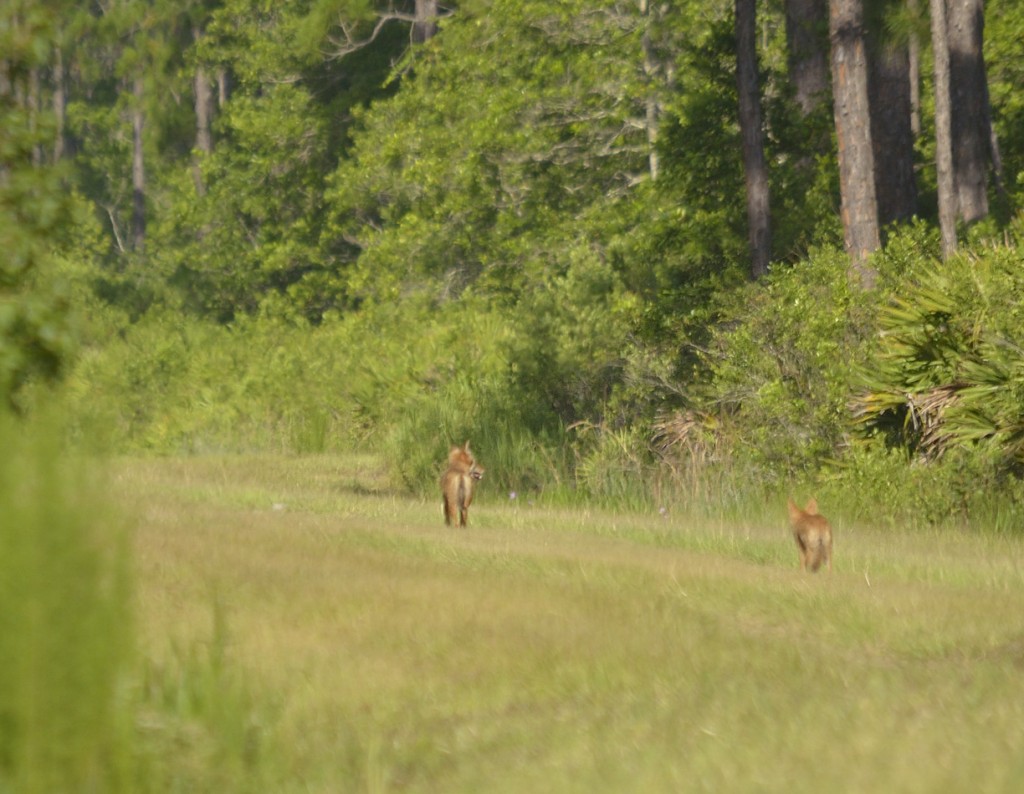
Coyote pups at Heart Island Conservation Area.
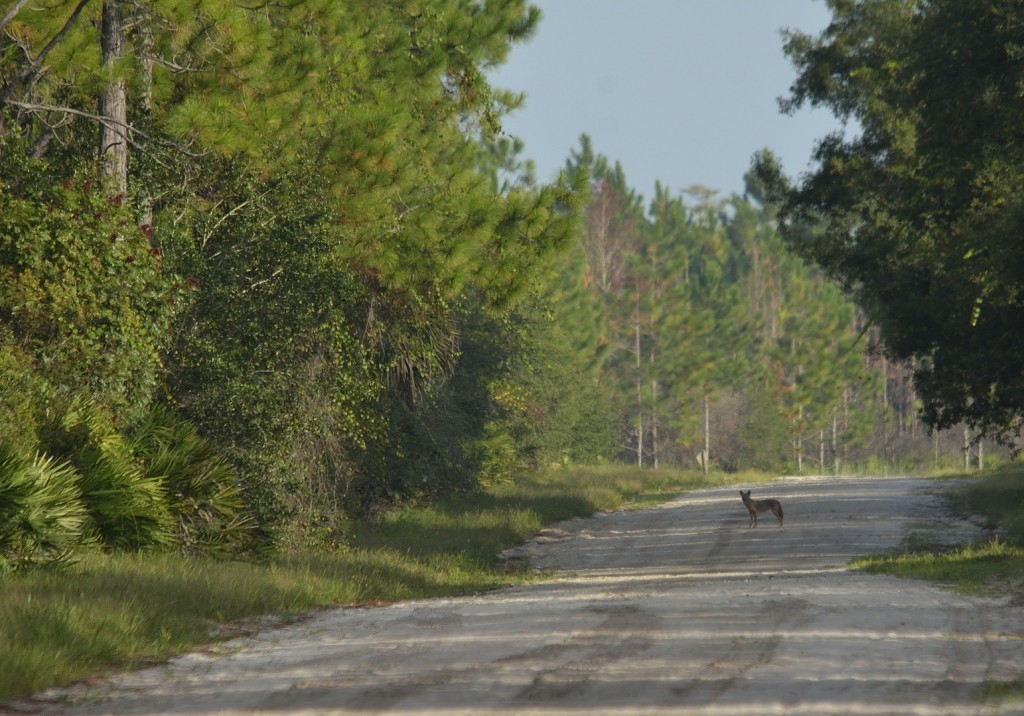
In Tiger Bay State Forest
How wrong I was. On September 21, I was cruising north on Paisley Road through Ocala National Forest, perhaps a half-hour after sunrise. As I rounded a bend near a big seasonal wetland called Mud Lake, I saw two quadrupeds in the road several hundred yards away. My first thought was coyotes, but they were small and delicate looking. Gray foxes! I’ve probably seen gray foxes in Florida less than 5 times in the 30+ years I’ve lived here. Knowing with absolute certainty that they would be gone as soon as I slowed down, I pulled sharply to the right and grabbed my camera with the 150-500 Sigma zoom and slowly moved it up and onto the beanbag on my car window. And of course both foxes had darted into the thick patch of Bidens (alba, CB!) at the road’s edge. But after a moment one came back out. She trotted back across the road, turned around, and then spent a half-minute or so dawdling in the road. I took a distant shot, but it would be marginal at best. Still, a gray fox. Starting the engine and attempting to slowly stalk her in the car seemed a pretty vain course of action.
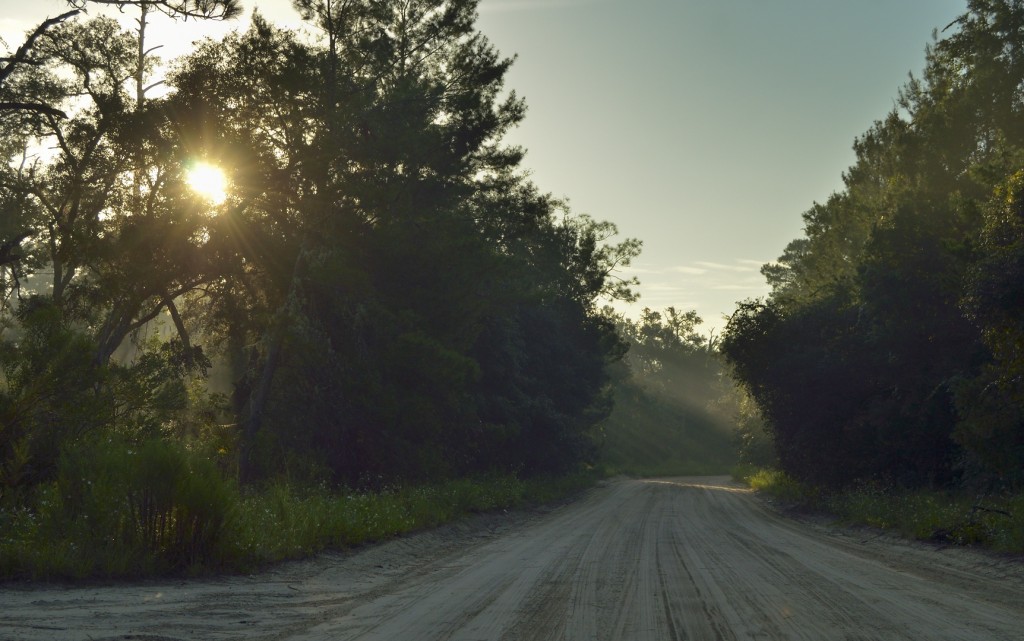
Paisley Road, Ocala National Forest
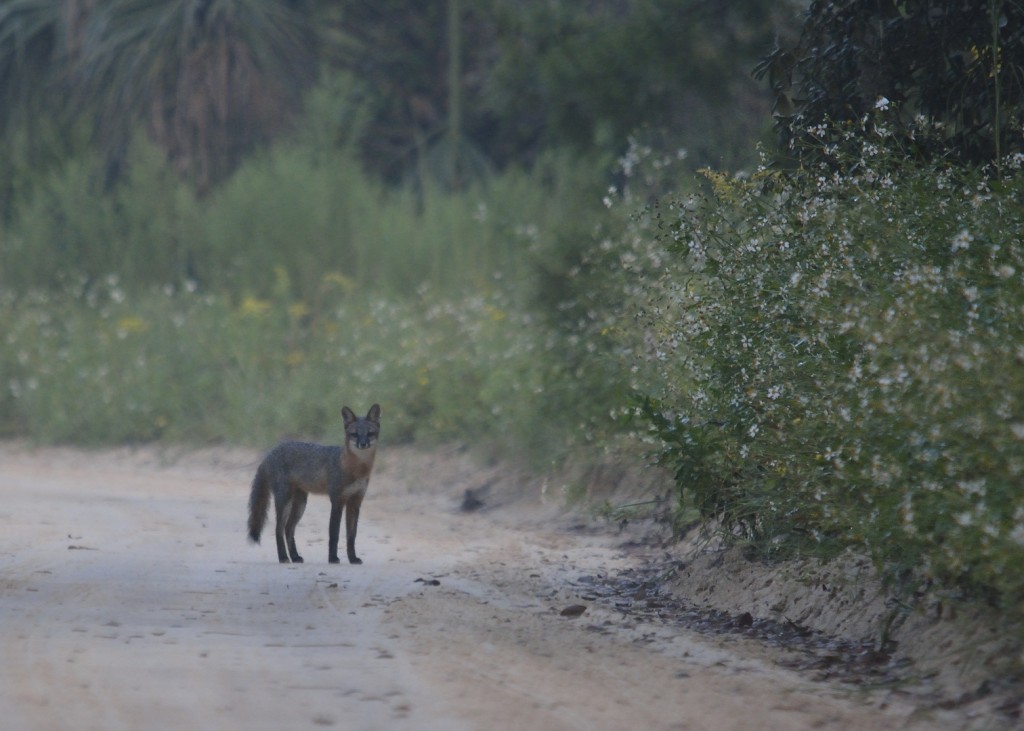
My first view of the gray foxes. Hard crop.
Then I recalled a conversation I had recently had with my friend John Serrao, when we had been on one of our field jaunts. I think we had seen a bobcat or a coyote briefly, and John told me of several experiences he had with predators while living in in Pennsylvania. He told me had been able to call in a variety of predators by making squeaky noises with his lips, much like the squeaky noises birders sometimes make to attract dicky birds. He once had a weasel walk across his shoe, he told me, as he stood absolutely still and made the squeaking noises. Very soon after that conversation, I searched on-line and found several .mp3 files of rodent distress calls, which I added to my Ipod library, thinking I’d probably never use them.
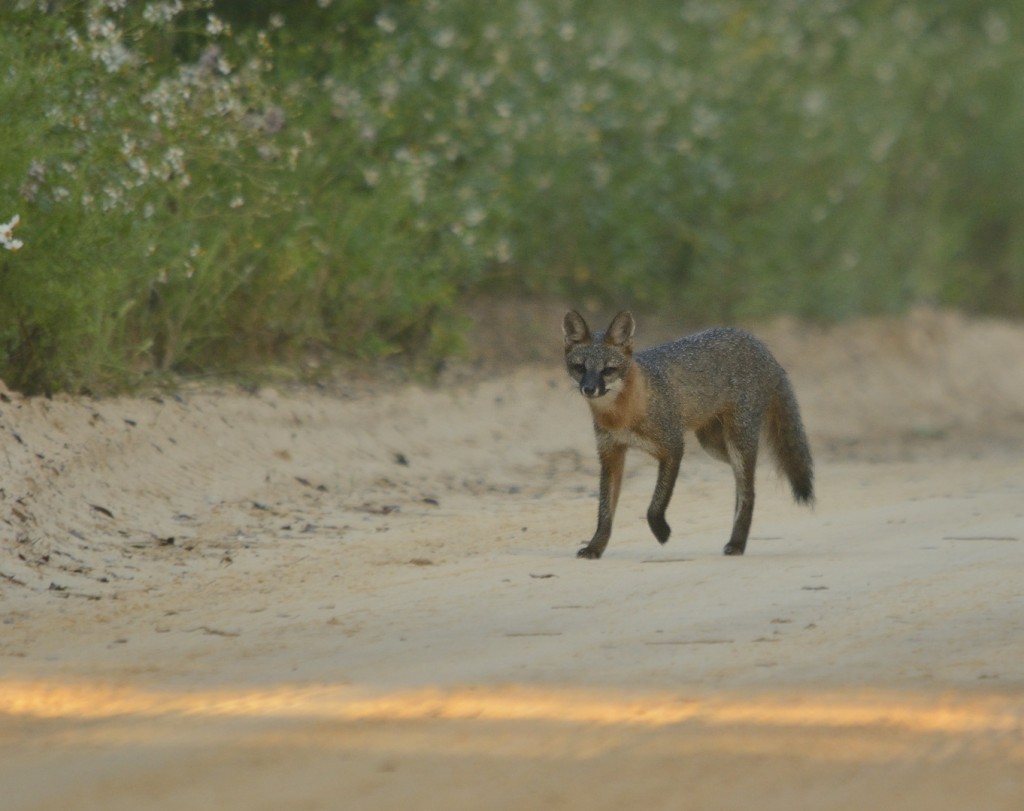
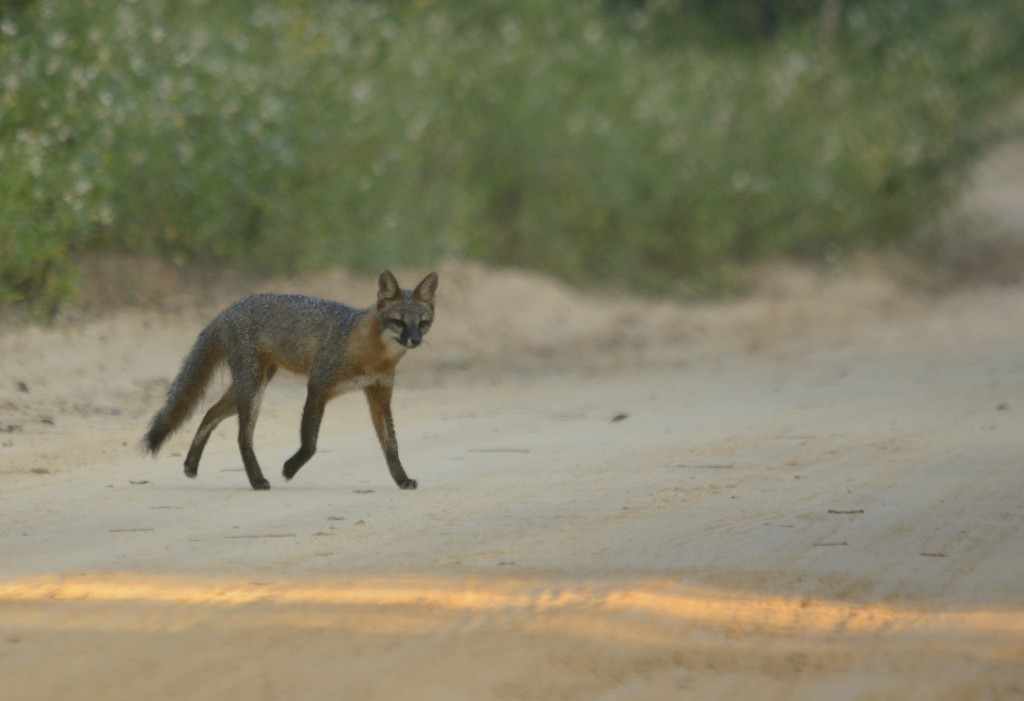
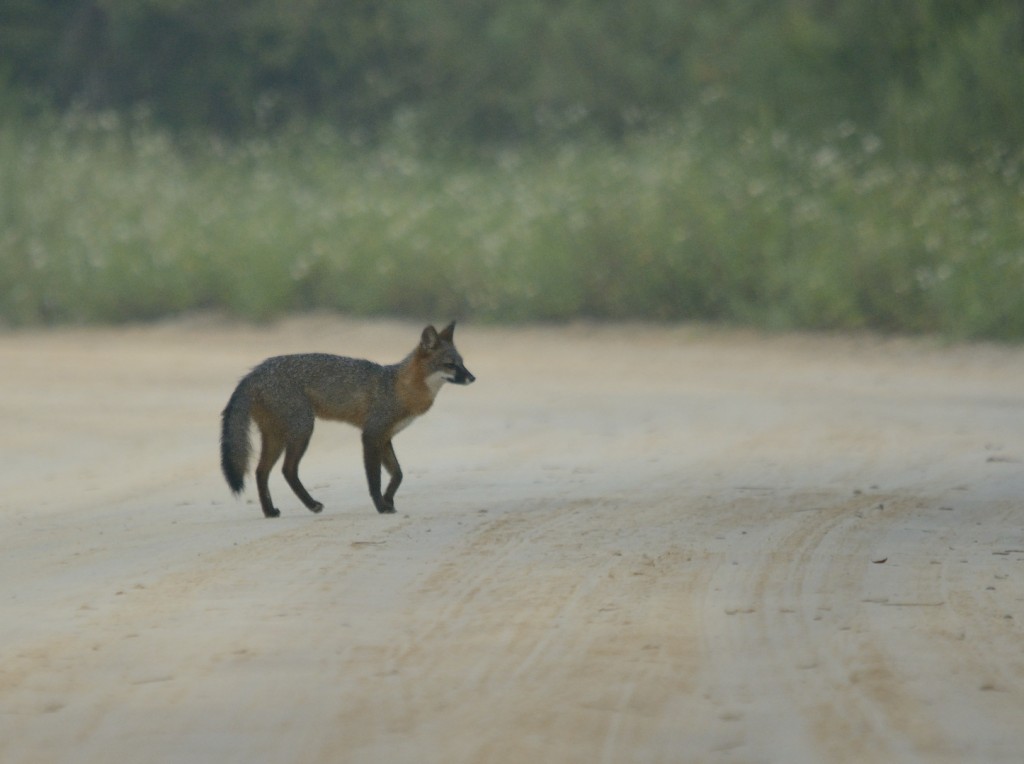
Maintaining contact with her mate, out of view in the roadside vegetation.
But in fact I did use them. As the fox frolicked in the road far away from me, I played one of the tracks titled “Squealy”, a series of high-pitched shrieks from some rodent or hare, through my car stereo. The effect on the vixen was immediate, and thrilling to me. First she looked directly at me, ears erect, clearly focusing on the sounds. And then she came closer. And closer. And closer. She criss-crossed the road repeatedly, veering from one margin to the other, approaching me in a series of diagonal trots, all the while focused on me, trying to fire off frames without making any obvious movement. On several occasions she stopped and faced towards the thick vegetation beside the road that her running mate had gone into – I suspect he was paralleling her as she neared me, but staying out of sight in the vegetation. Once or twice she stopped, squatted, and apparently peed briefly. Mostly as she covered the substantial distance between us she was in the shade, but on a couple of occasions she passed through pillars of low-angle sunlight streaming in through small gaps in the roadside vegetation. The combination of the exquisite delicate beauty of the vixen and the rich, warm early-morning light nearly made me delirious with joy. When she made her final veer and crossed the road no more than 50’ in front of me disappearing into the brush, I was as high as a kite on adrenaline and whatnot.
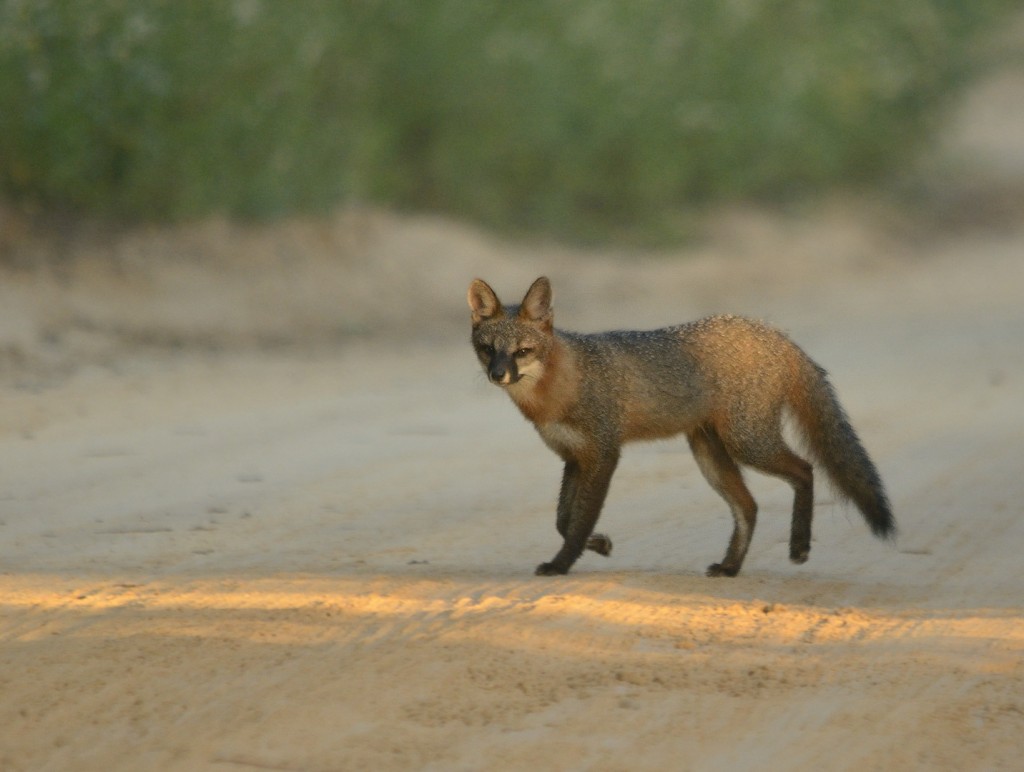
In the light pillar.
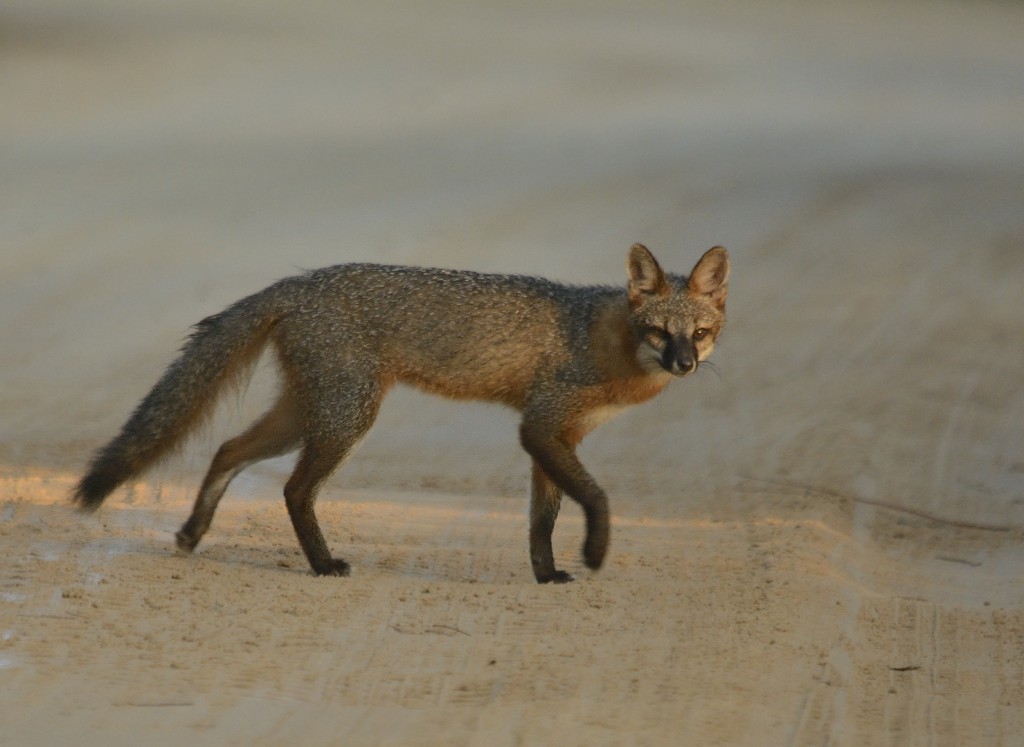
And still she came.
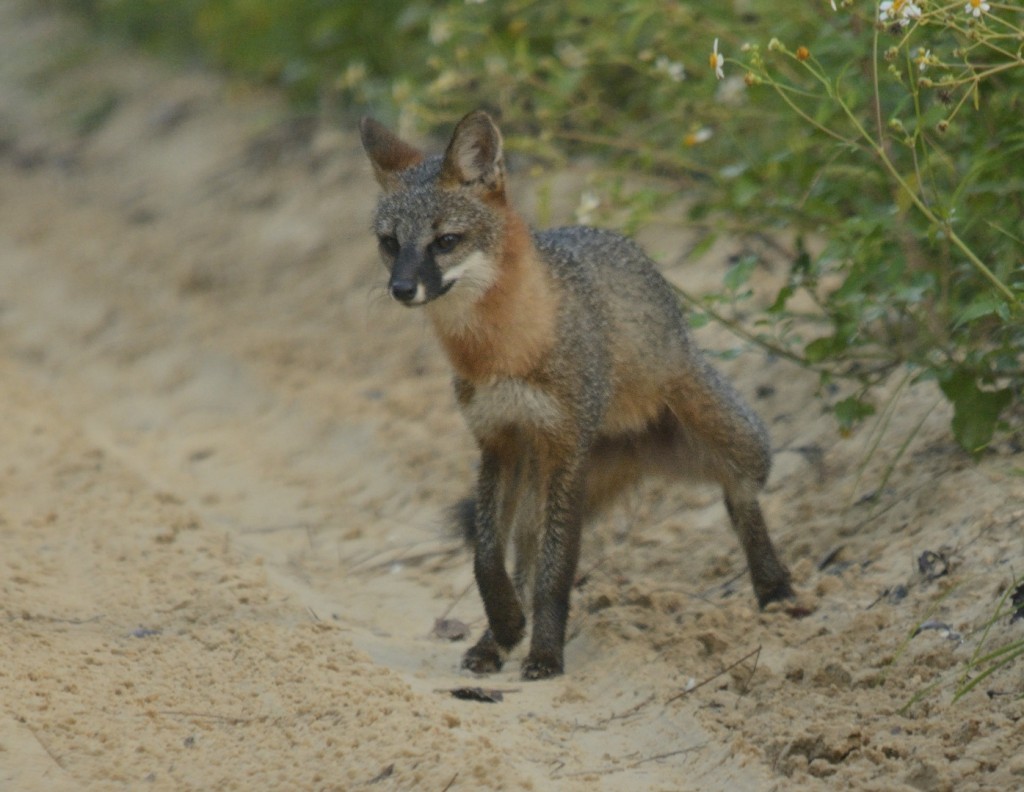
Girl’s got to pee when a girl’s got to pee.
A few moments after she had disappeared and I began to come down a bit from my reverential high, I realized I had photographed the entire sequence with the OS (optical stabilization, a vibration-reduction system to reduce camera movement and improve image sharpness) on my big telephoto lens OFF. Momentary panic followed as I envisioned all of the shots being uselessly blurred due to the slow shutter speeds I was forced to use in the early morning light. A couple of minutes spent “chimping” the hundred or so images I had taken on the camera’s display calmed my fear a bit – perhaps not as sharp as they could have been, but at least a couple were acceptable.
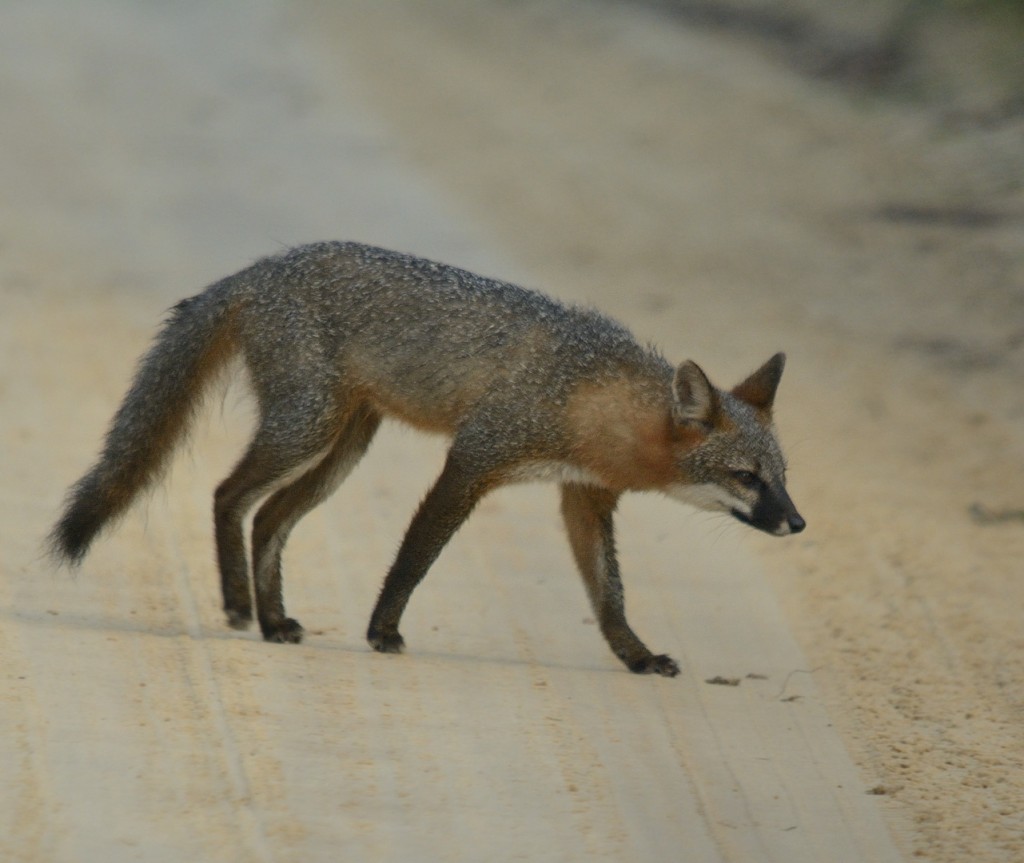
Still checking the road margins for the shier male.
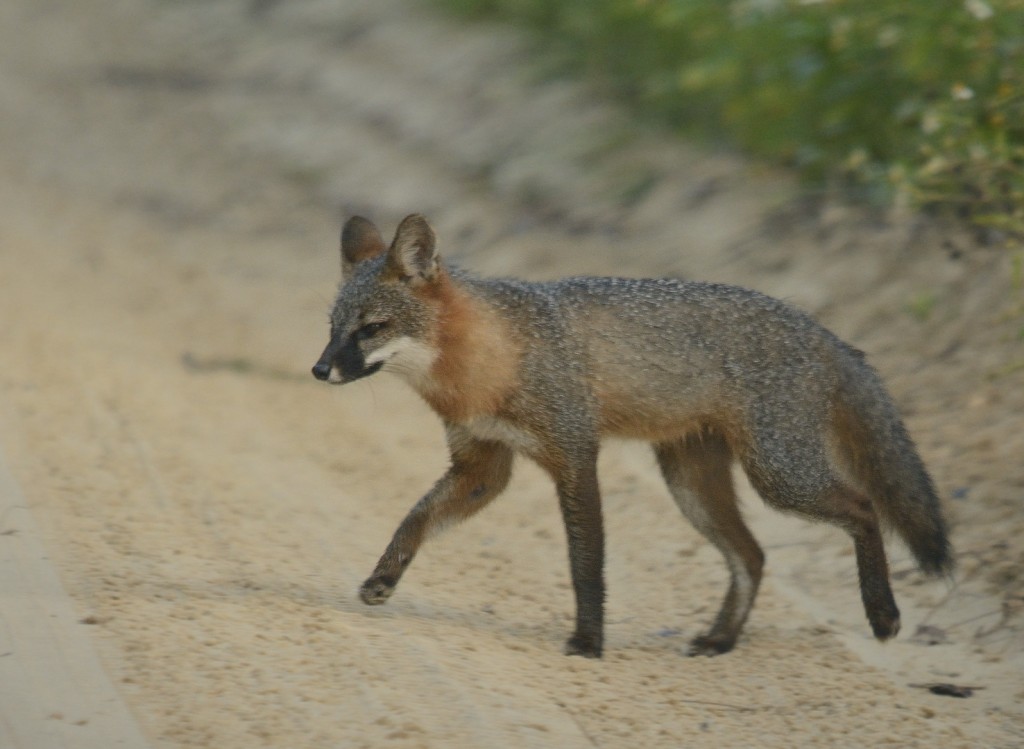
Back and forth she came.
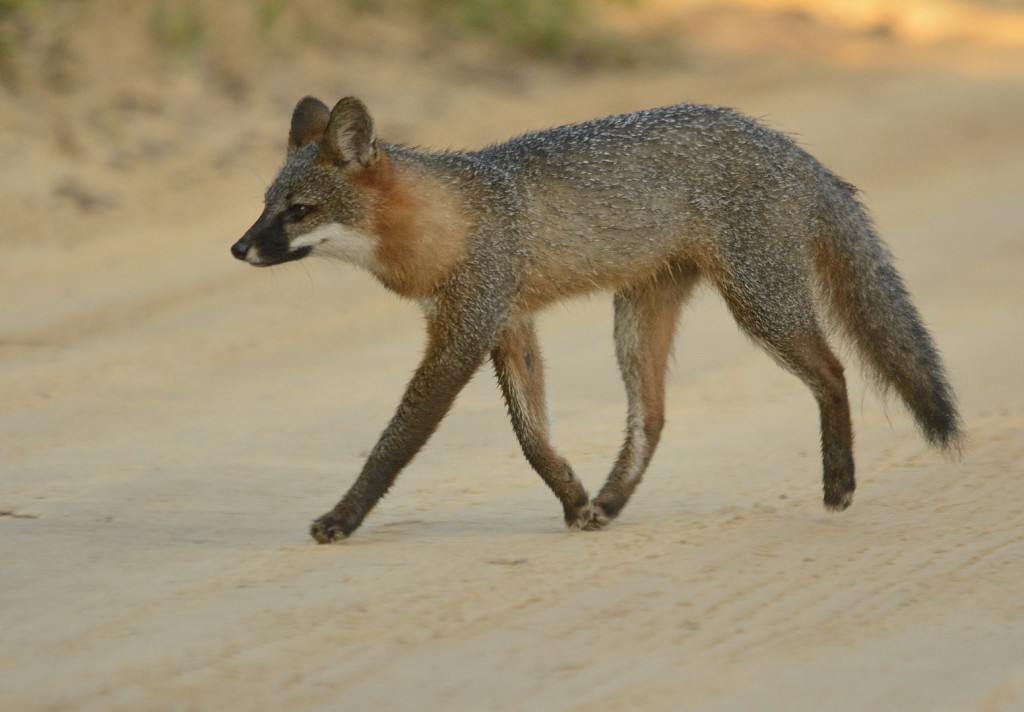
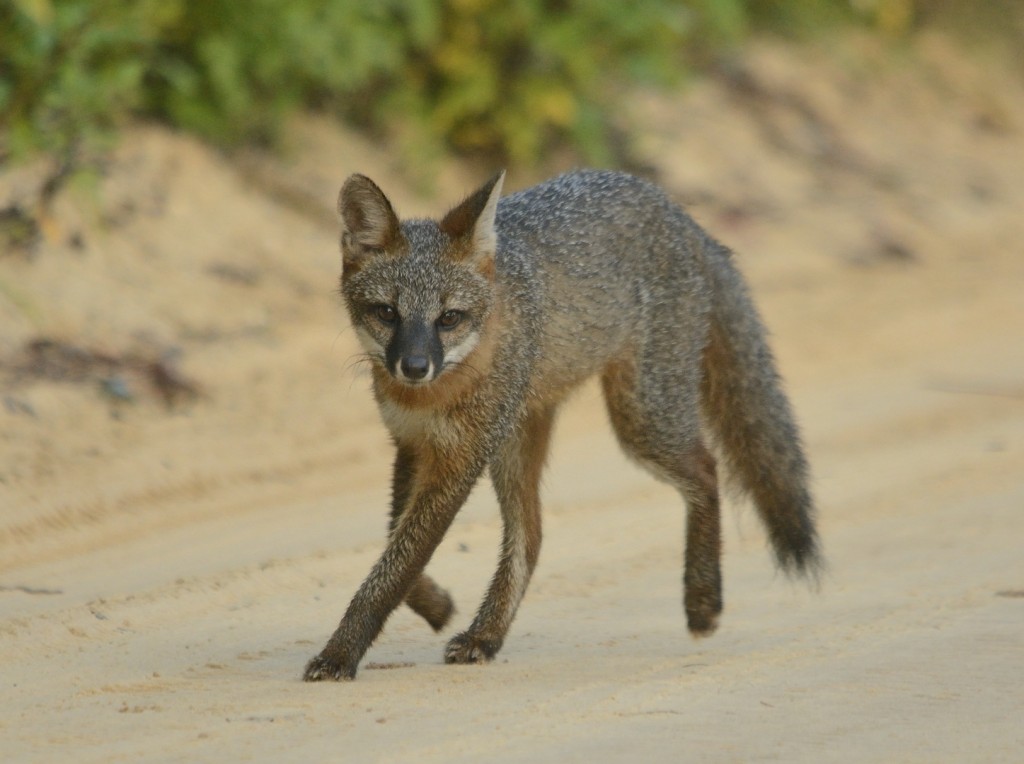
The final veer. The eye contact was amazing.
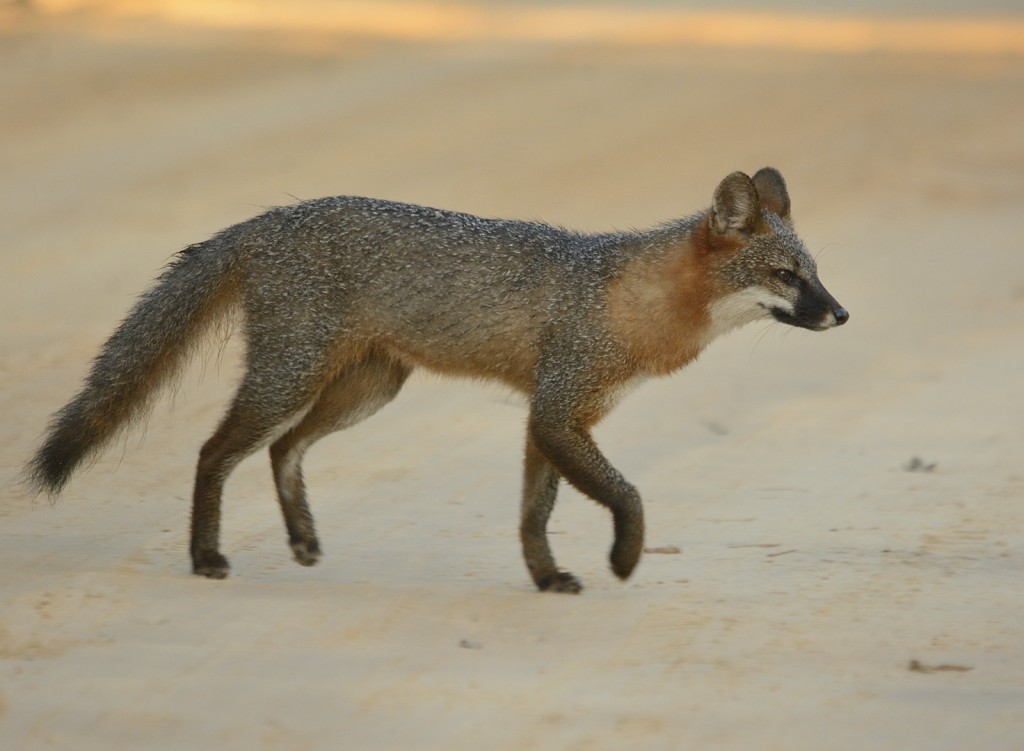
Last usable shot in the sequence.
It was a once-in-a-lifetime privilege for me to watch and photograph this charming wild dog, if only for a few minutes. For the life of me I can’t understand the mindset of those who wish to kill these and other top predators on general principle.
Coyotes are next. It can’t happen too soon.
Acknowledgements: Thanks to Gene Spears, or Gene Gene the Dancing Machine as he was known in grad school days, for turning me on to the Wilkins et al. paper.
References:
Wilkins AS, Wrangham, RW and Fitch WT (2014) The “Domestication Syndrome” in Mammals: A Unified Explanation Based on Neural Crest Cell Behavior and Genetics. Genetics 197(3):795-808.
